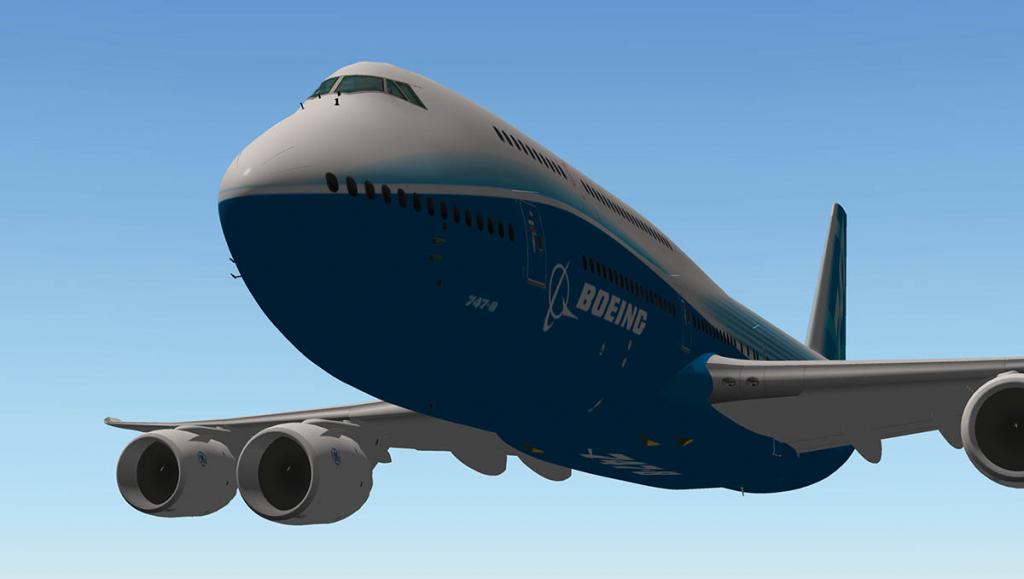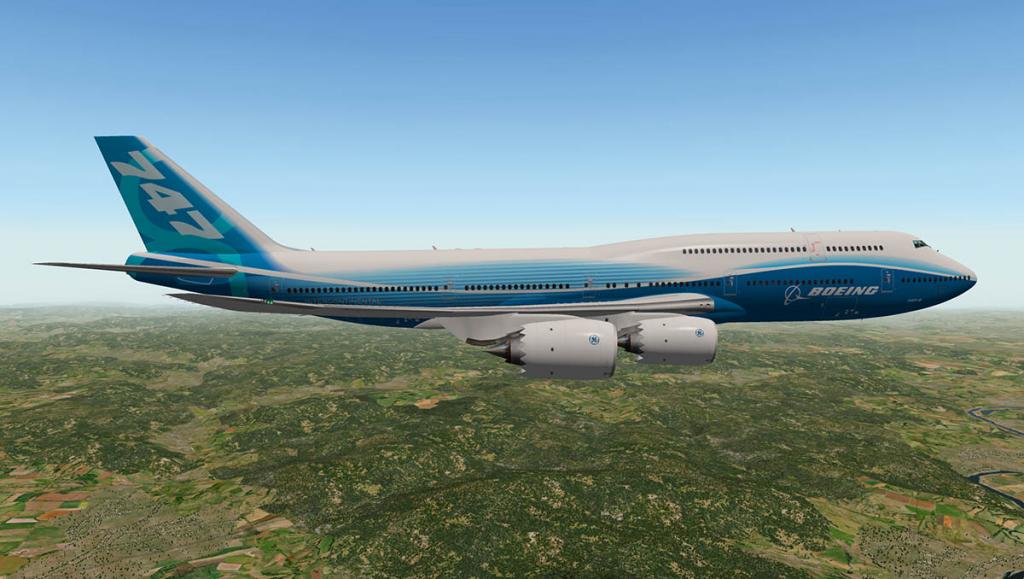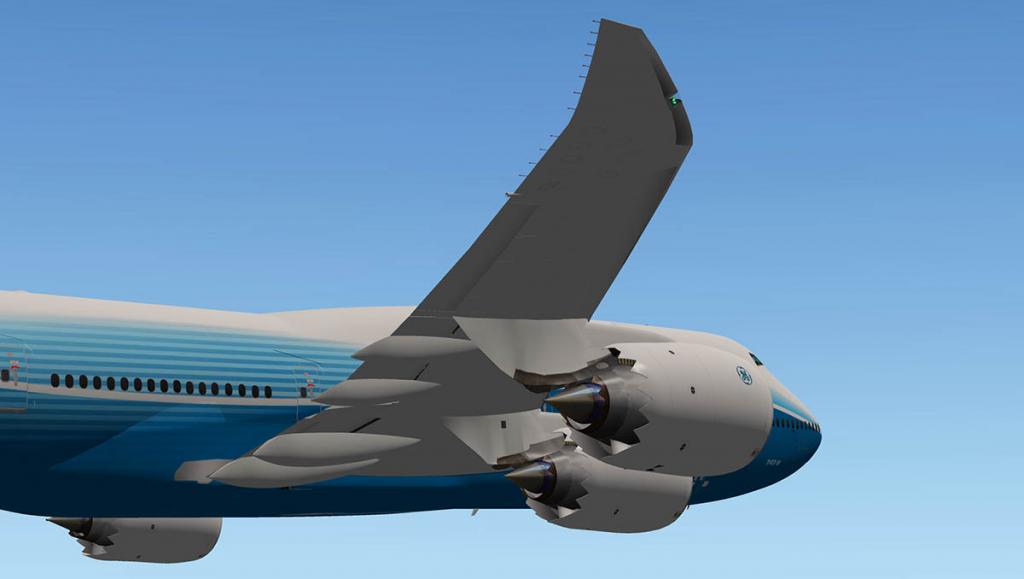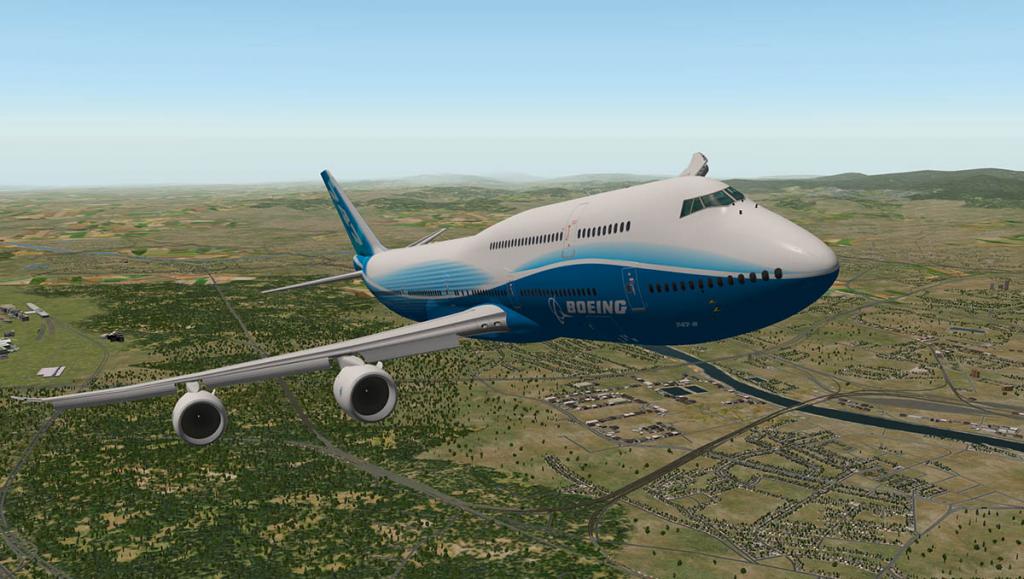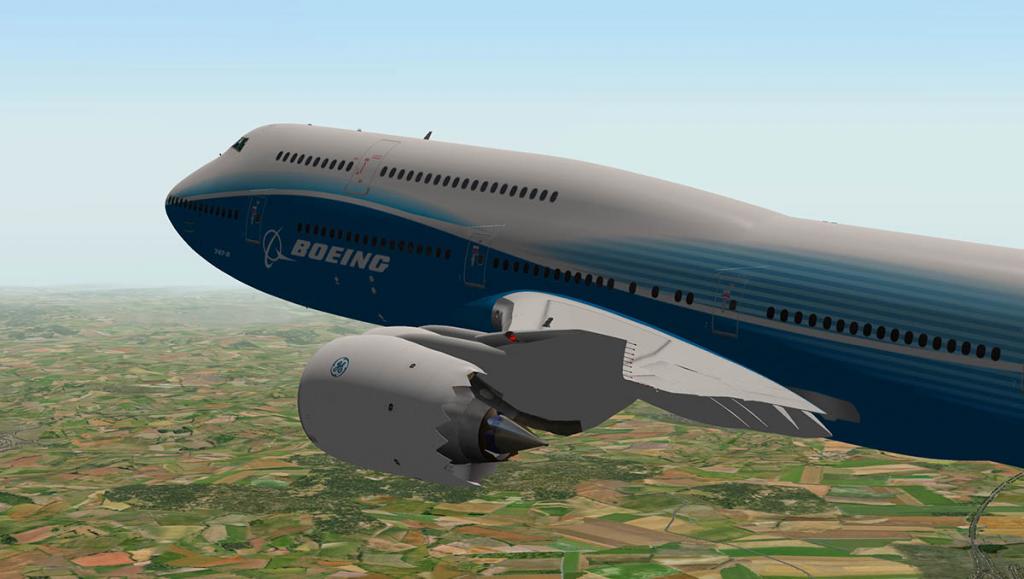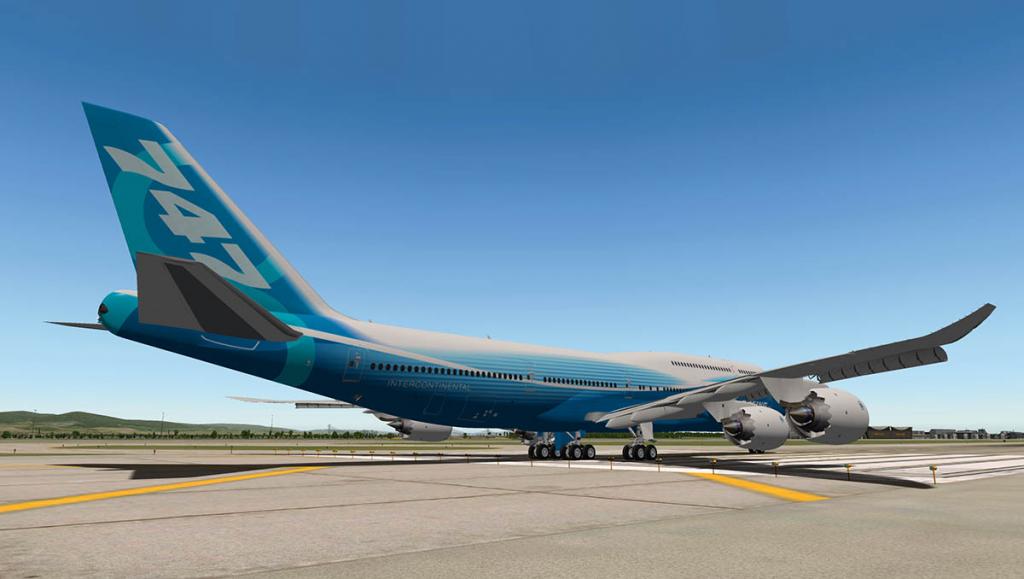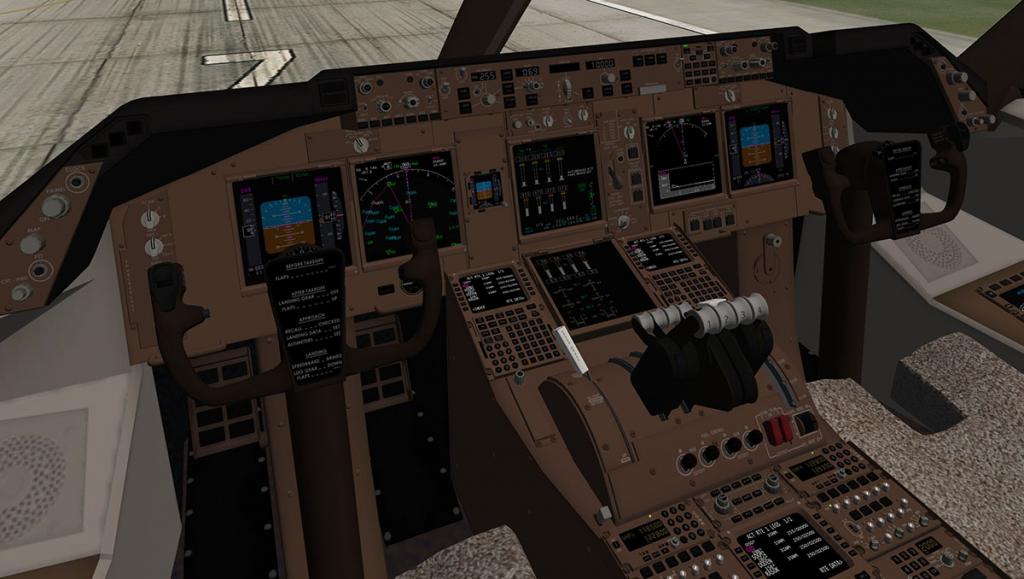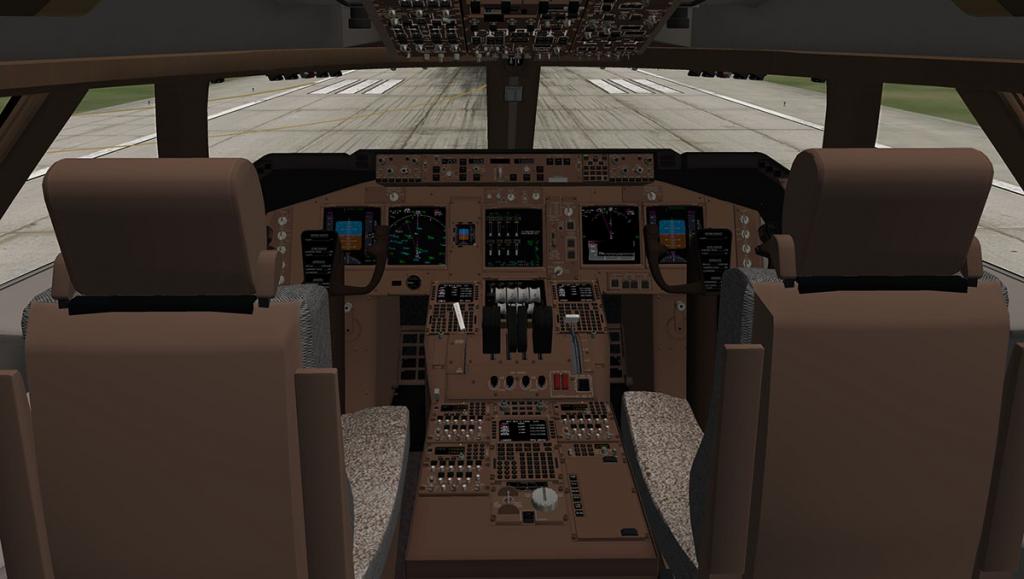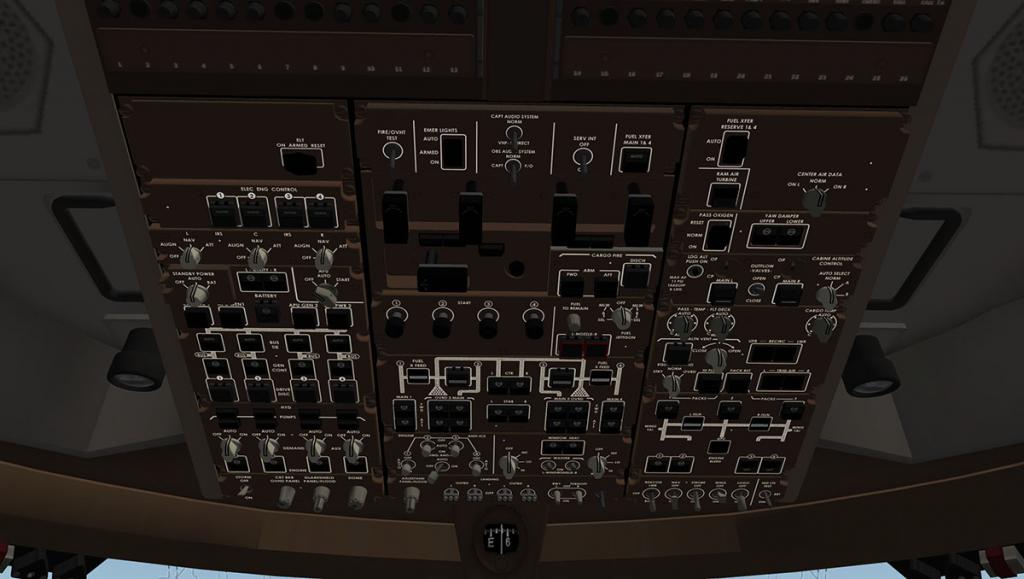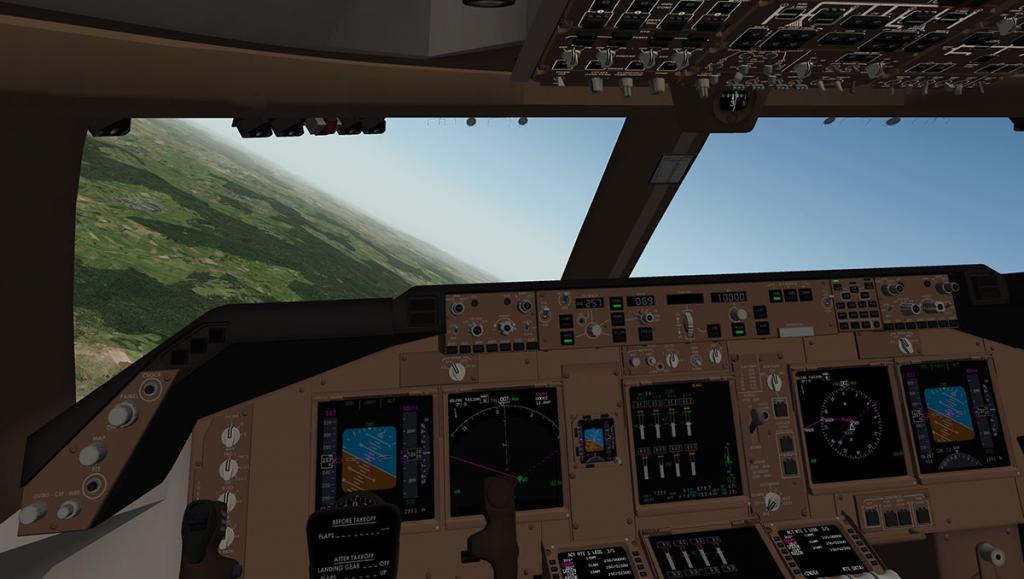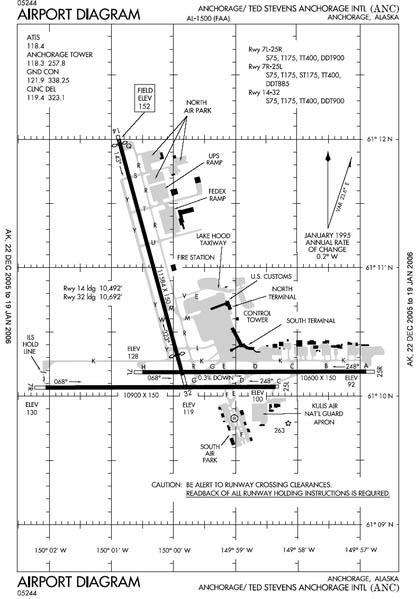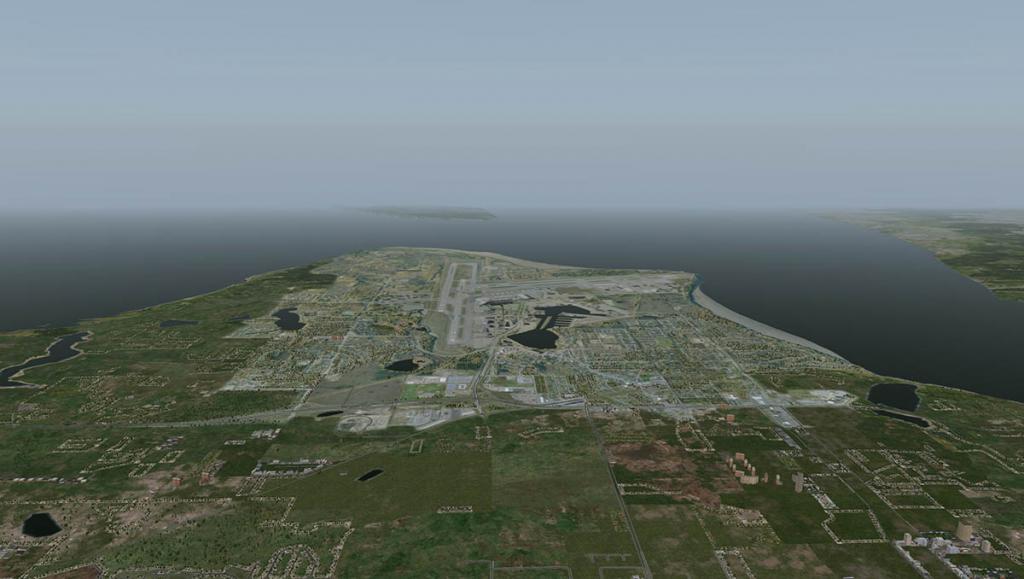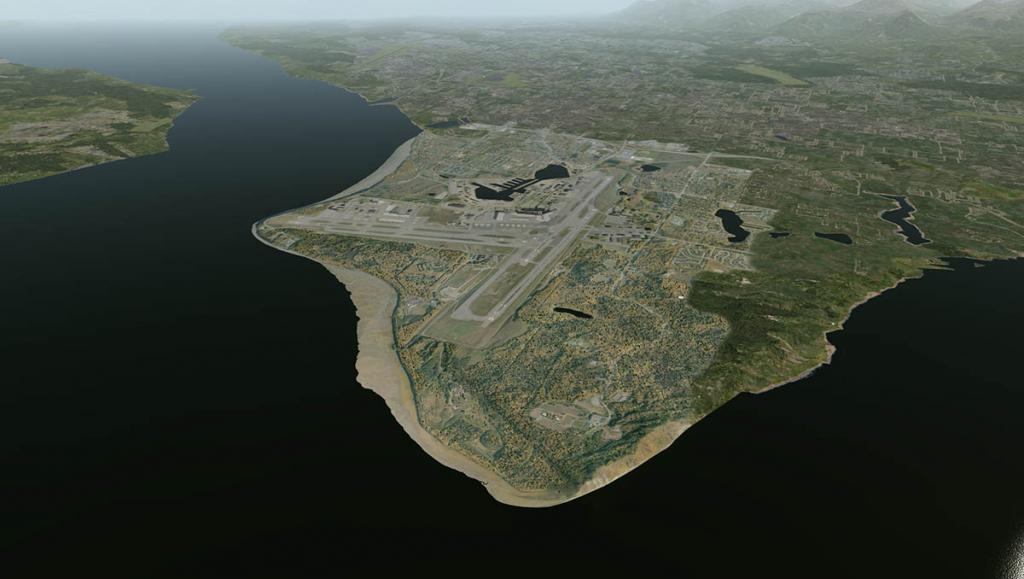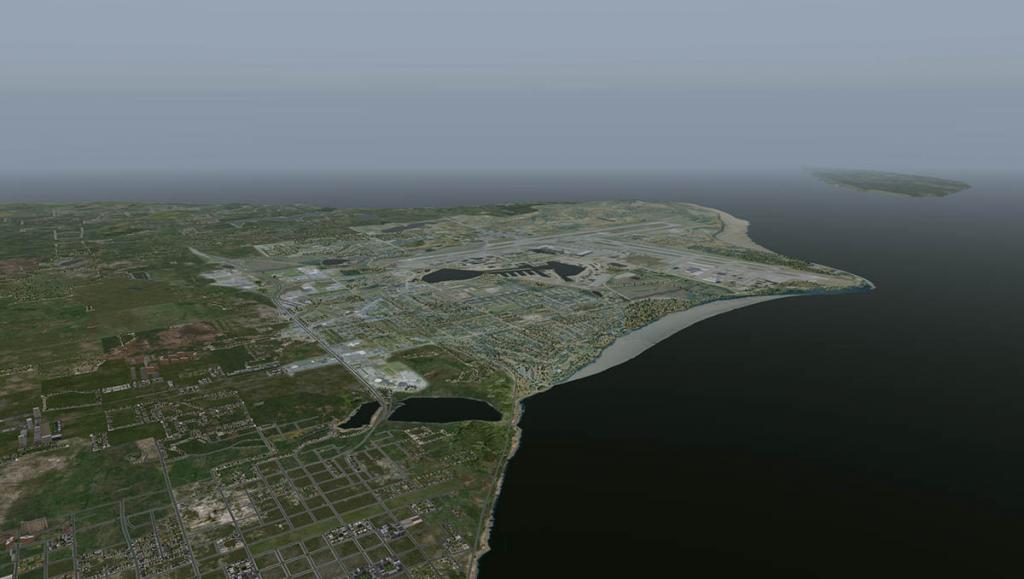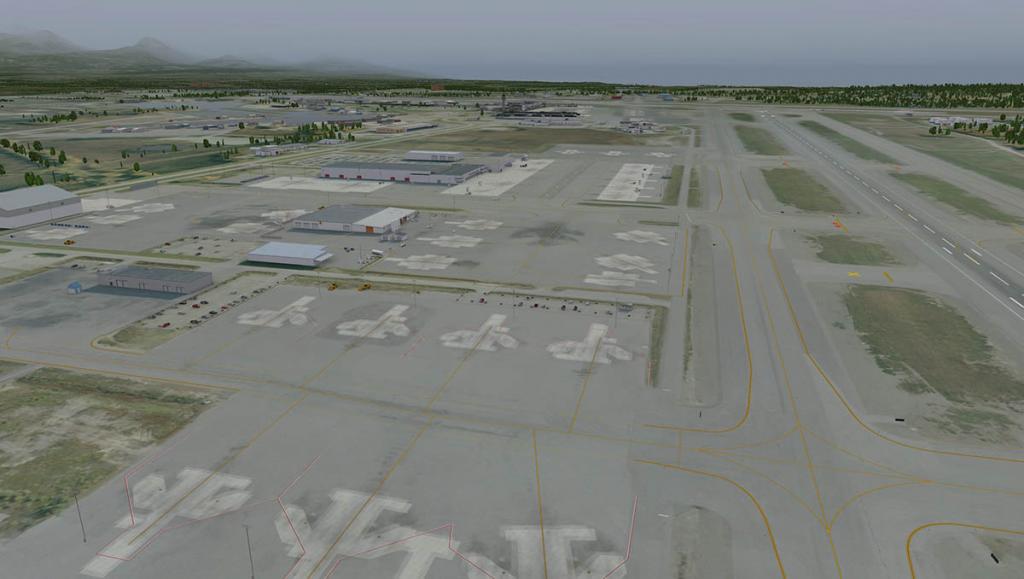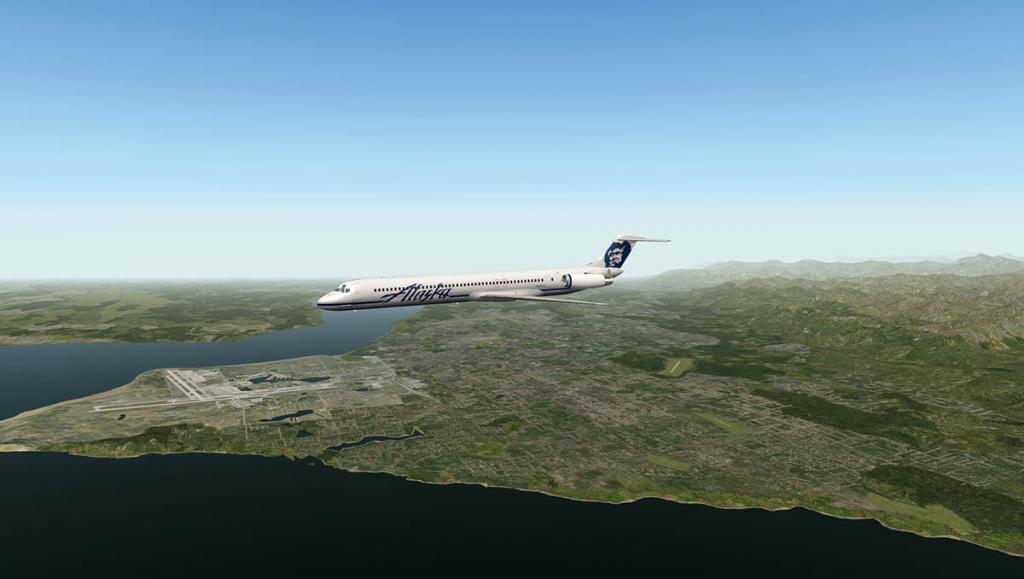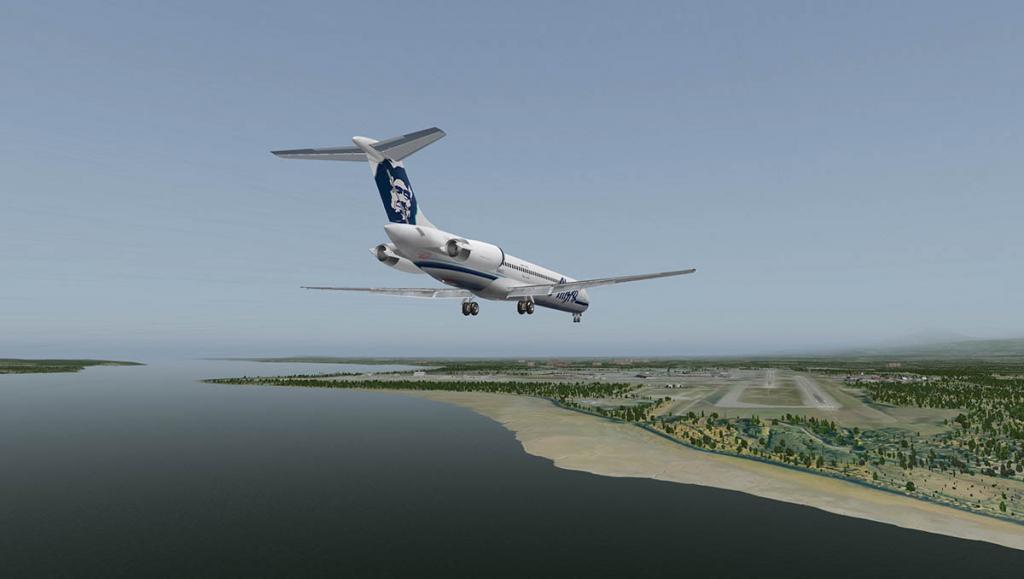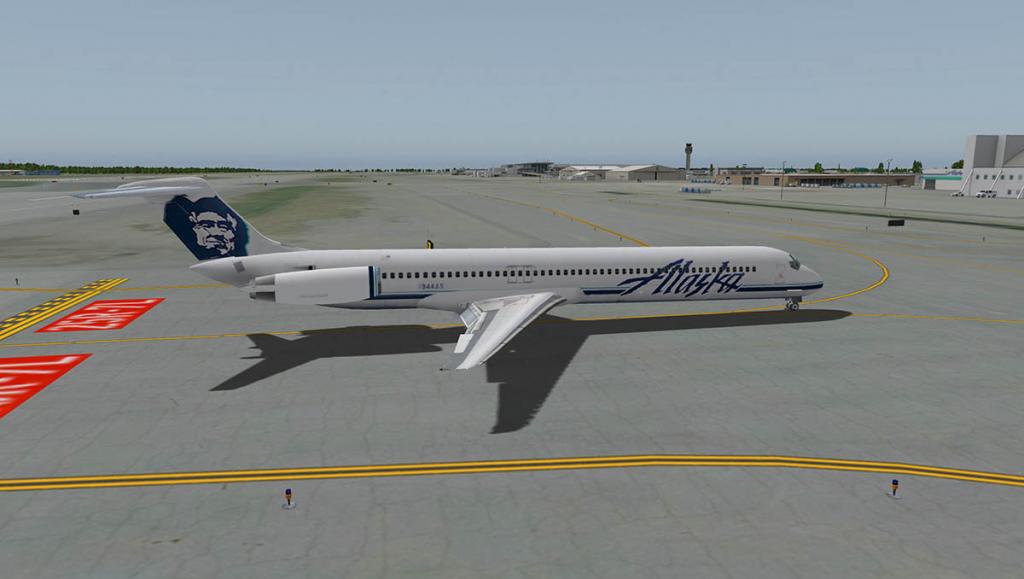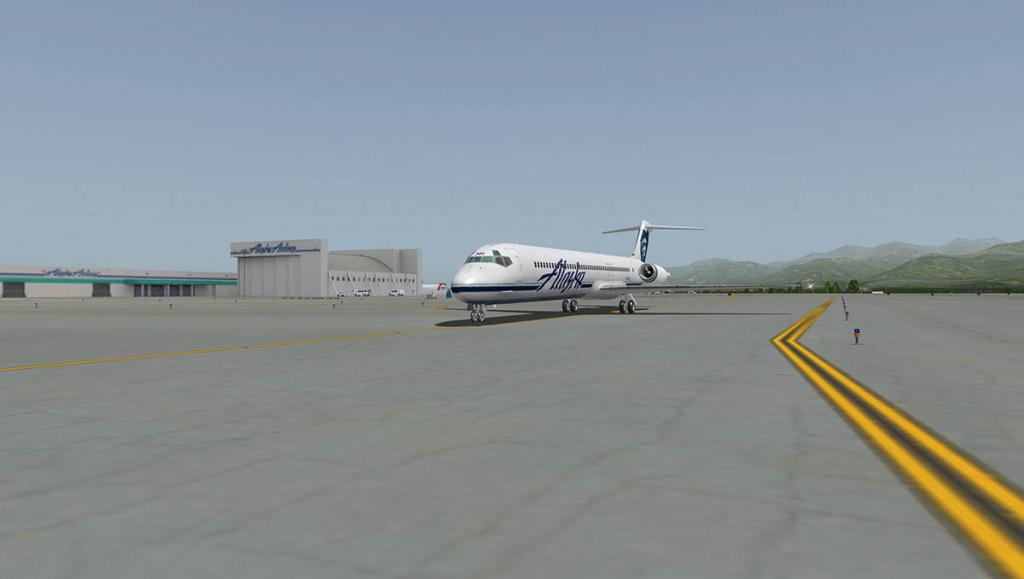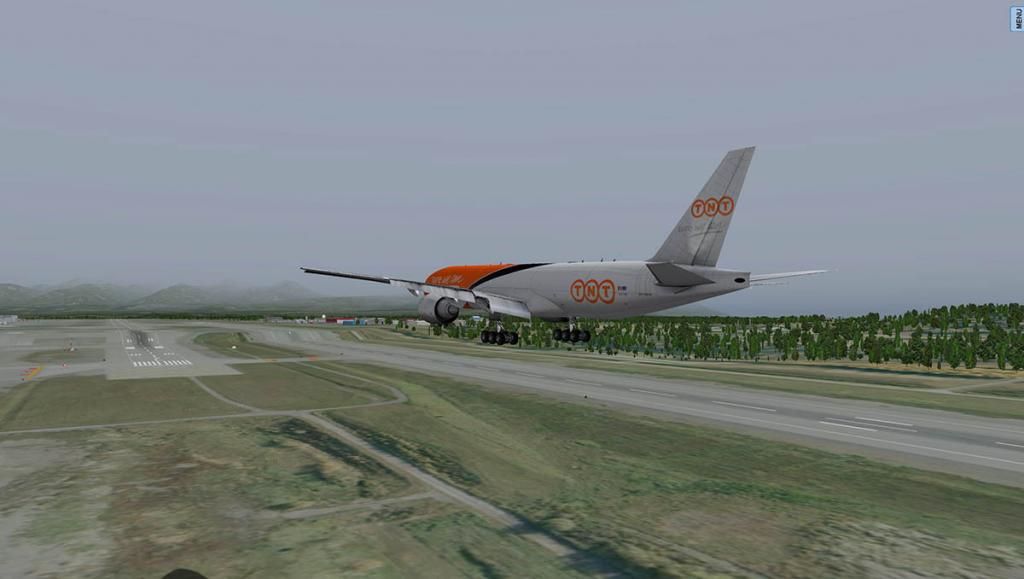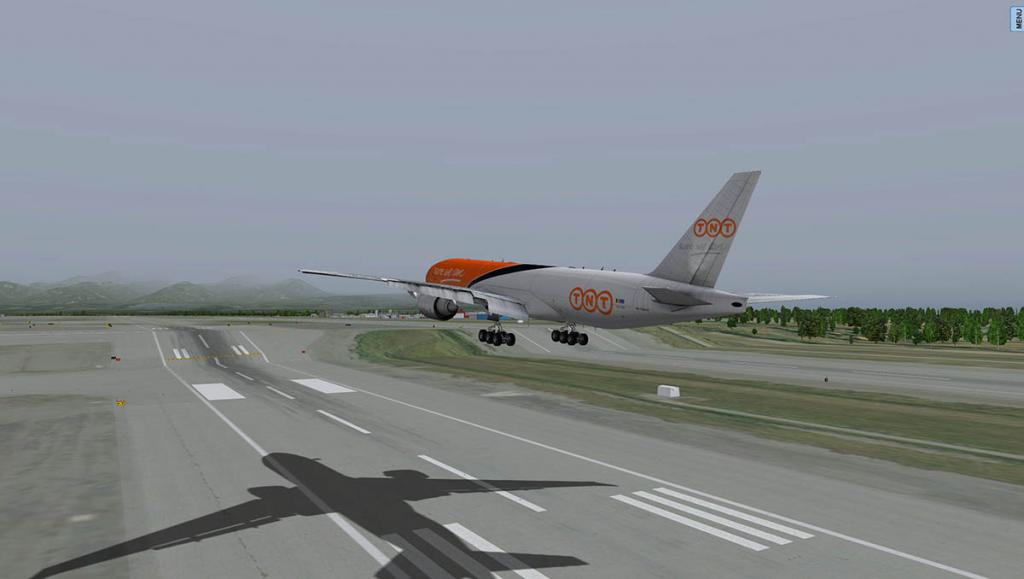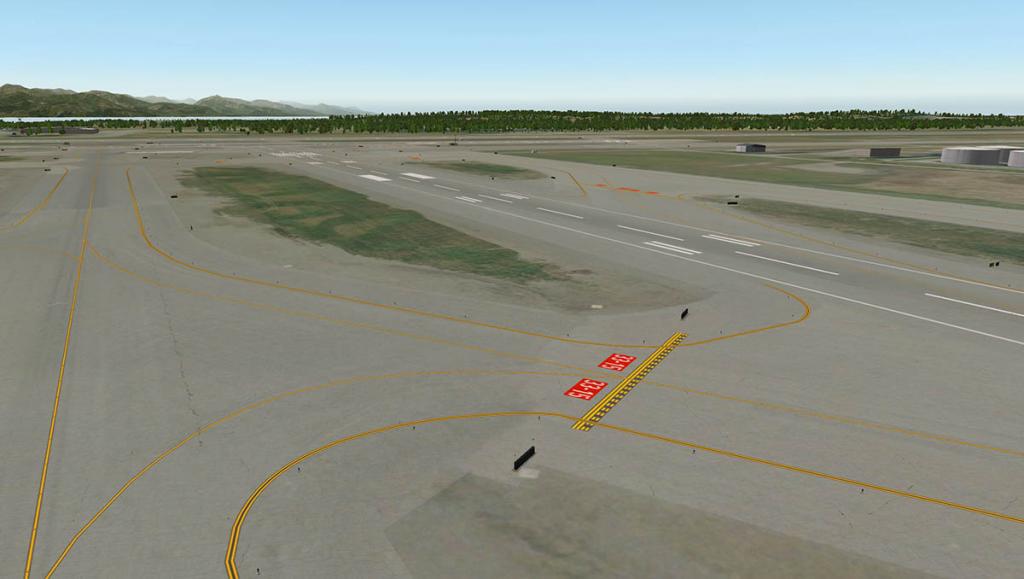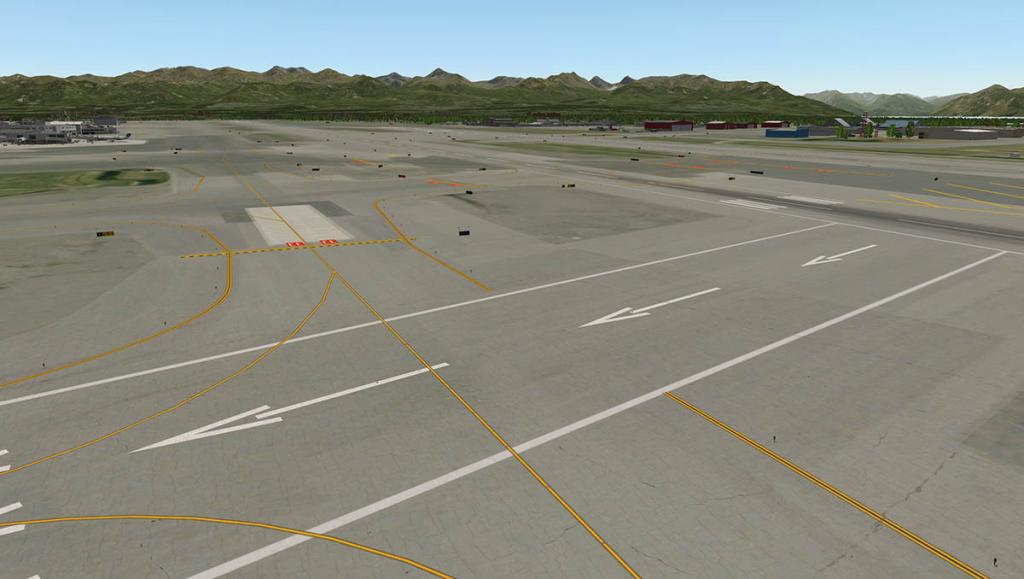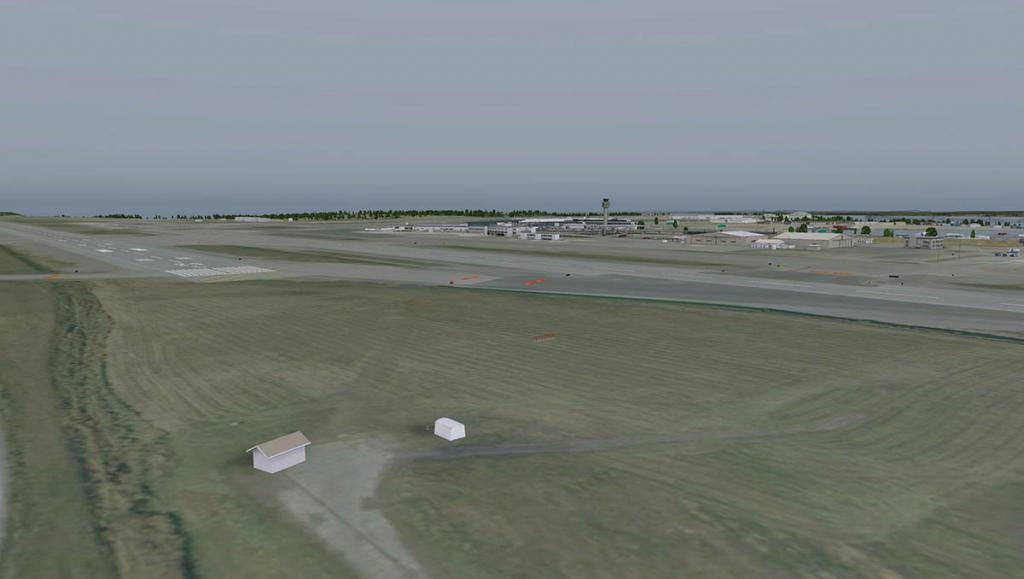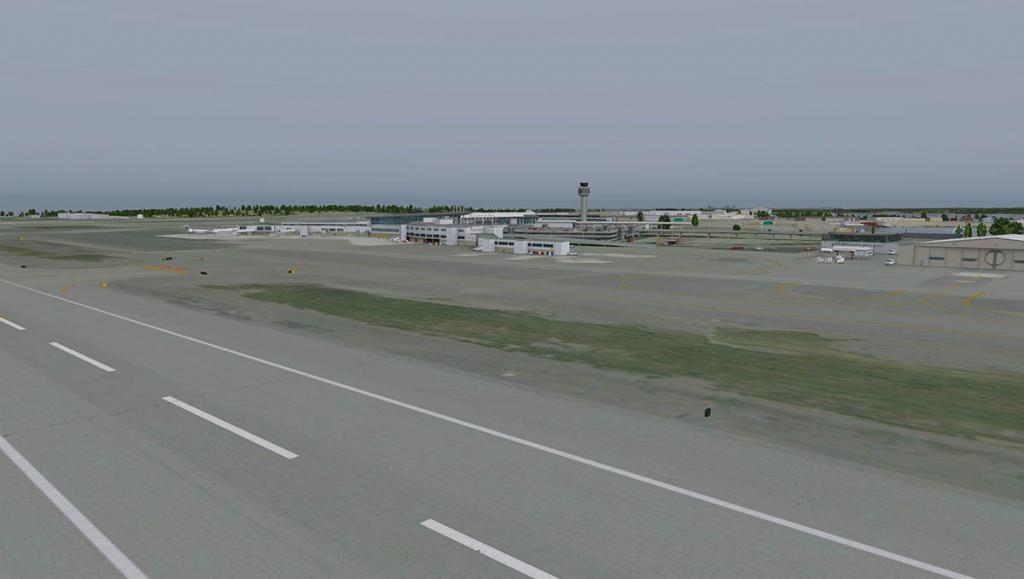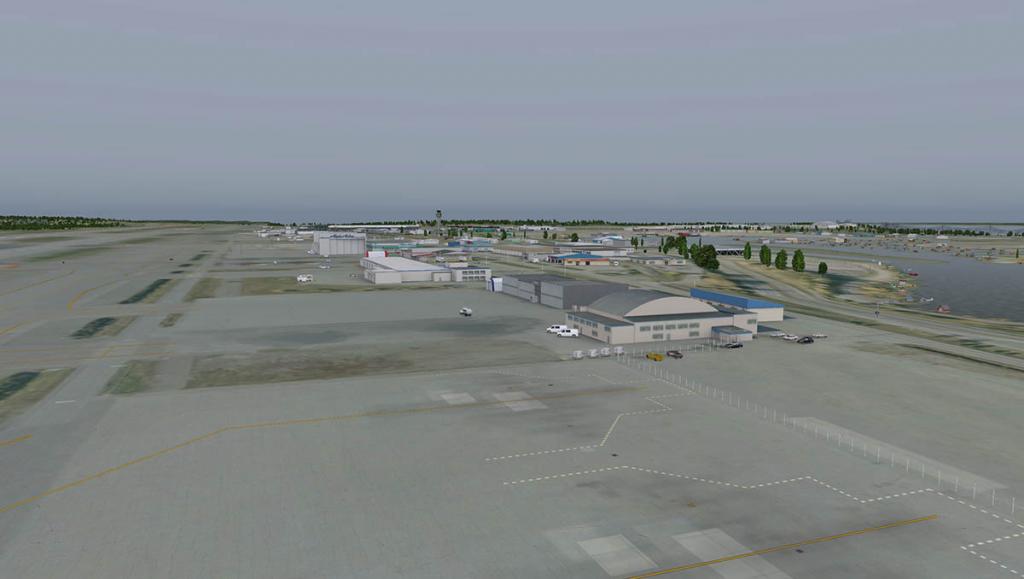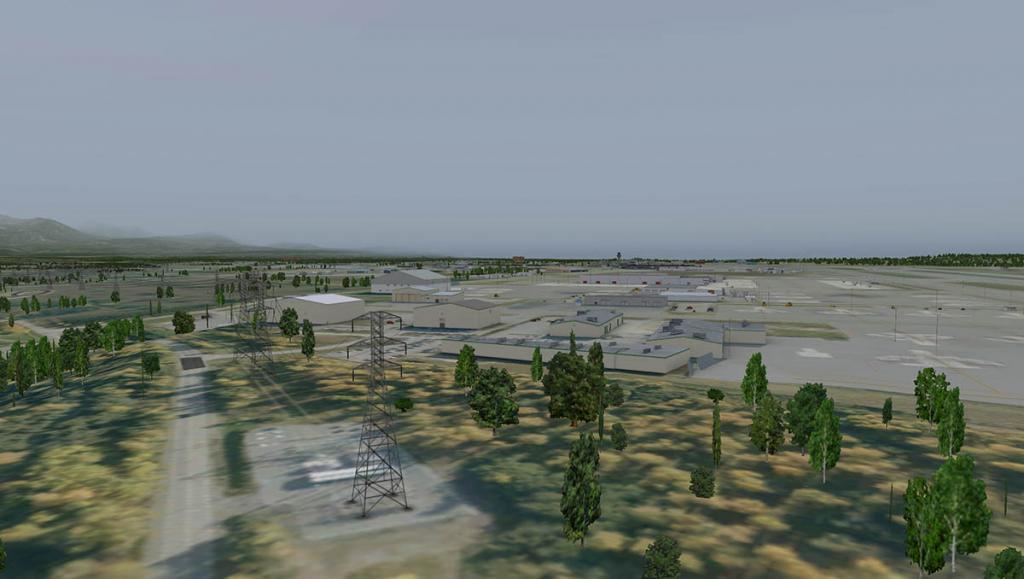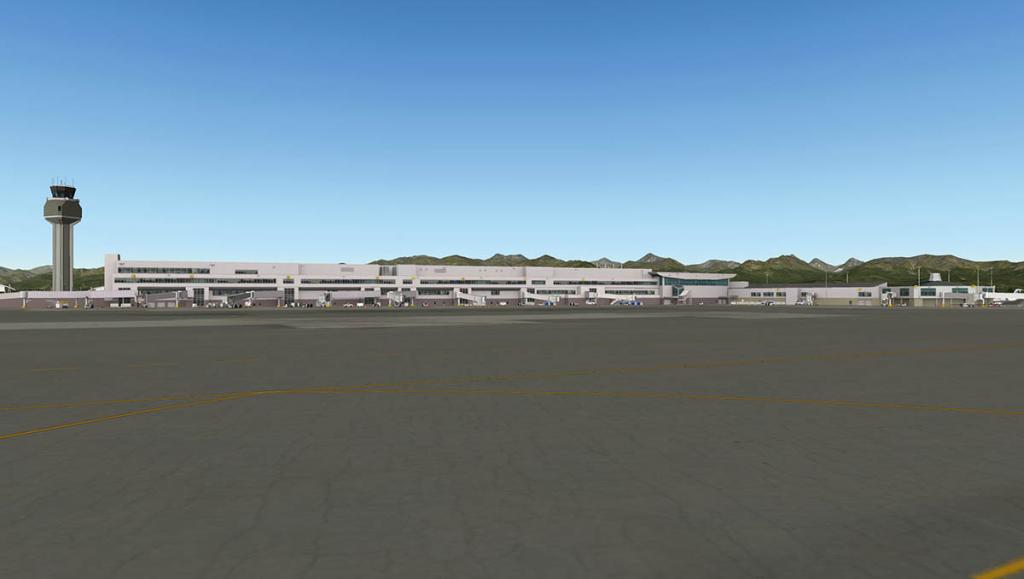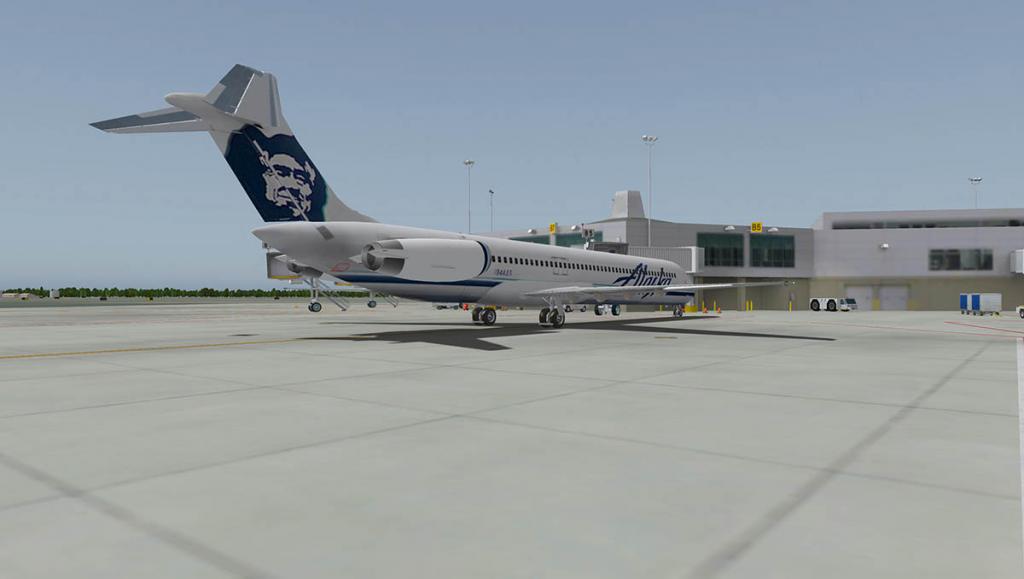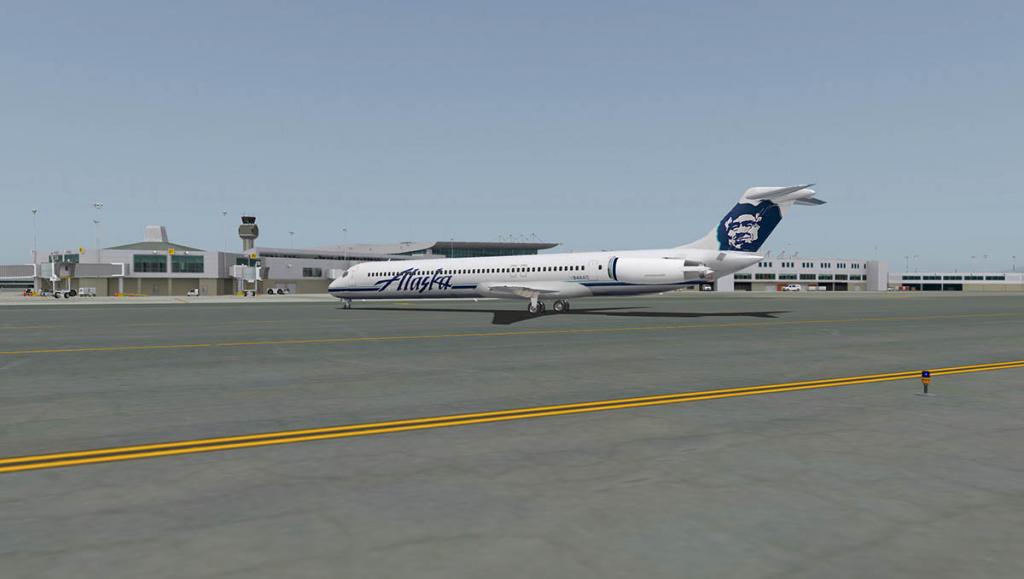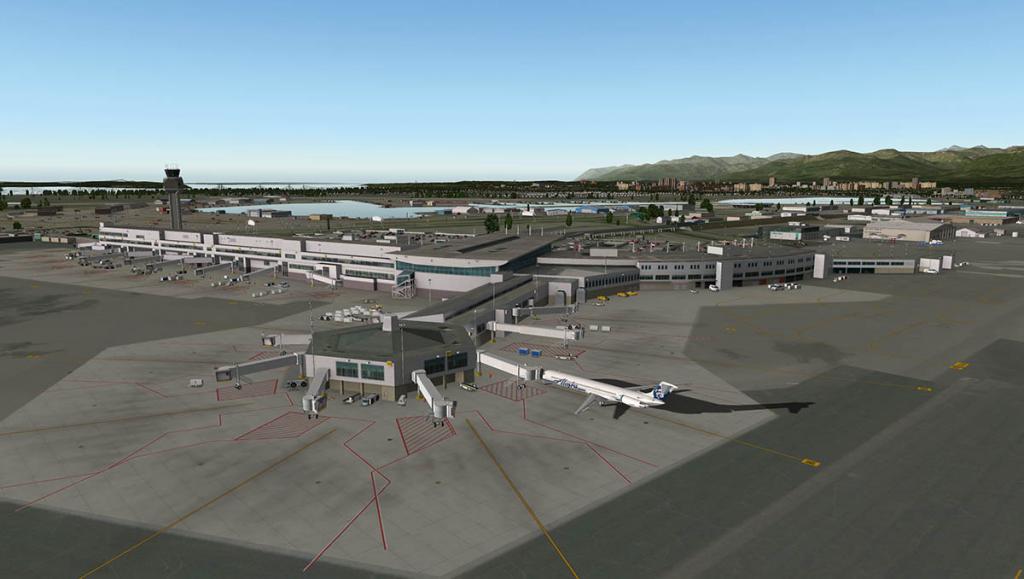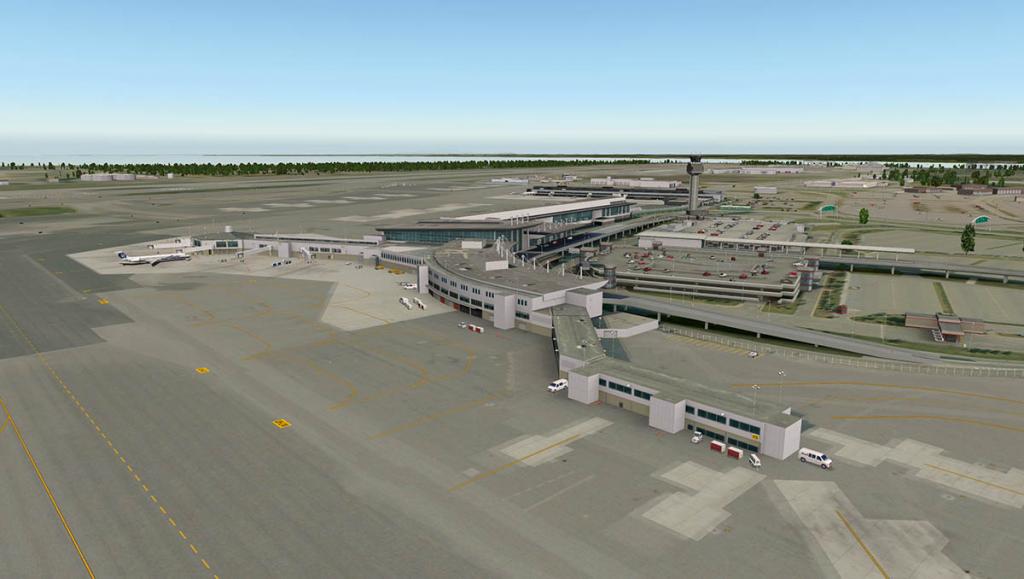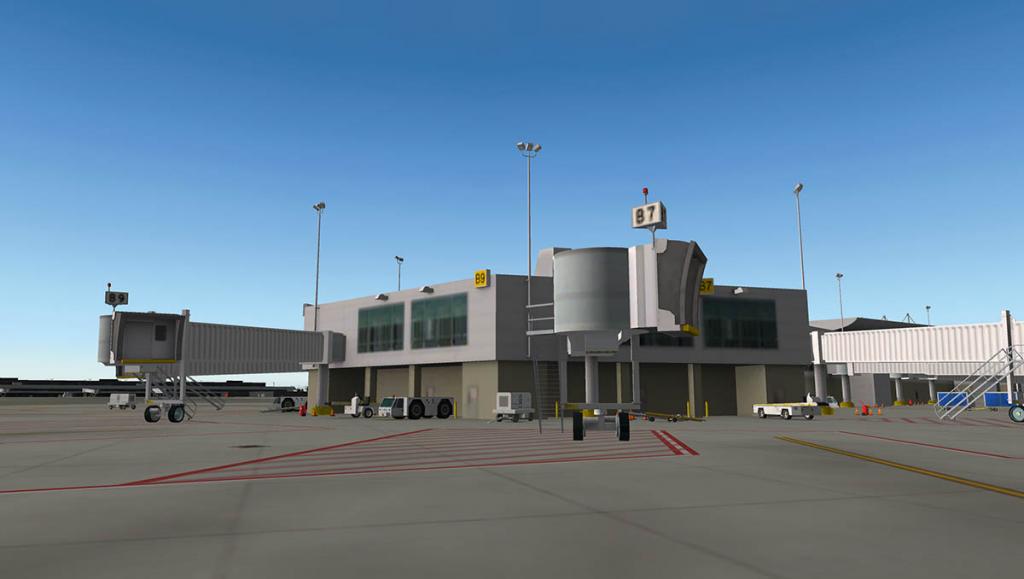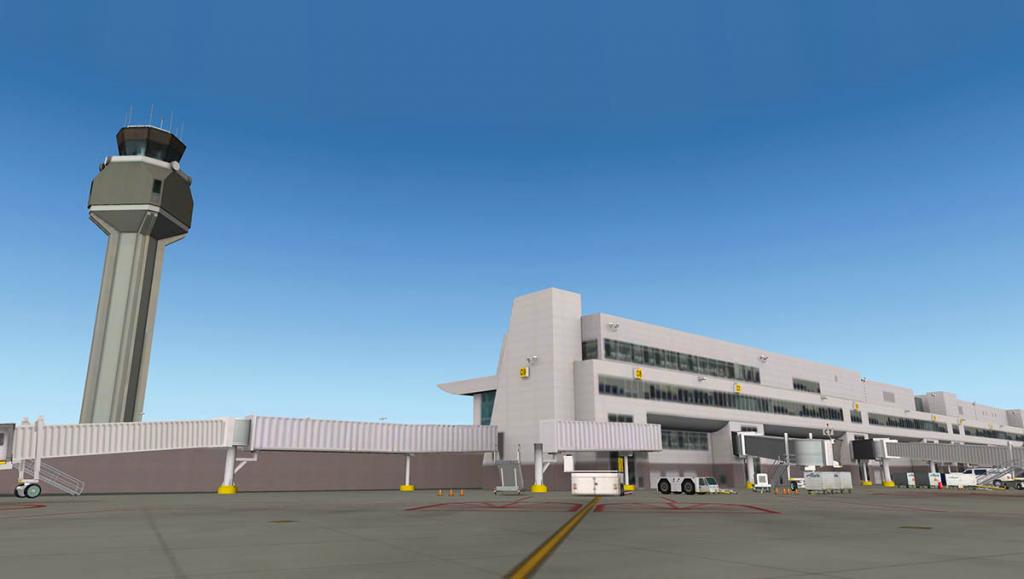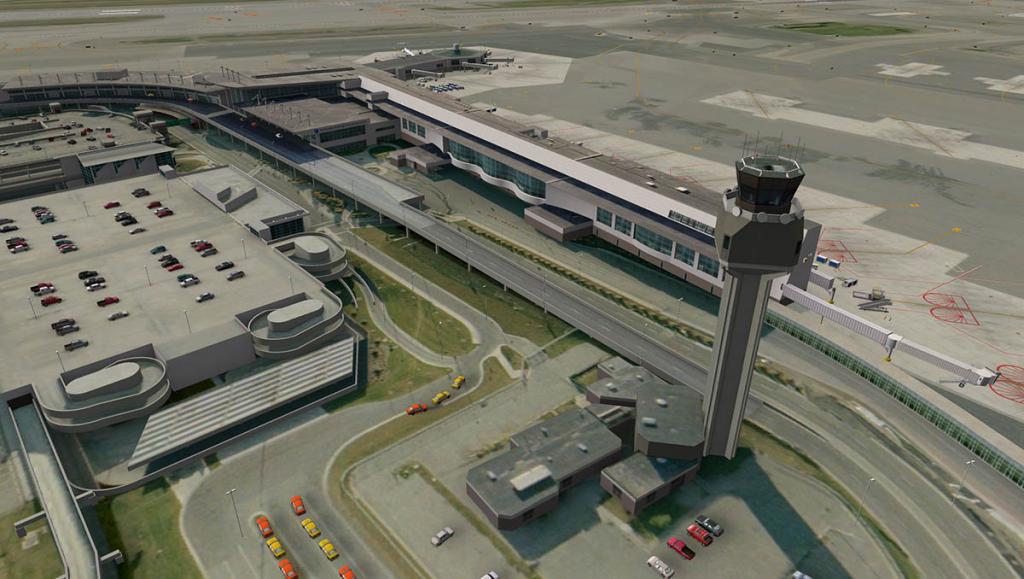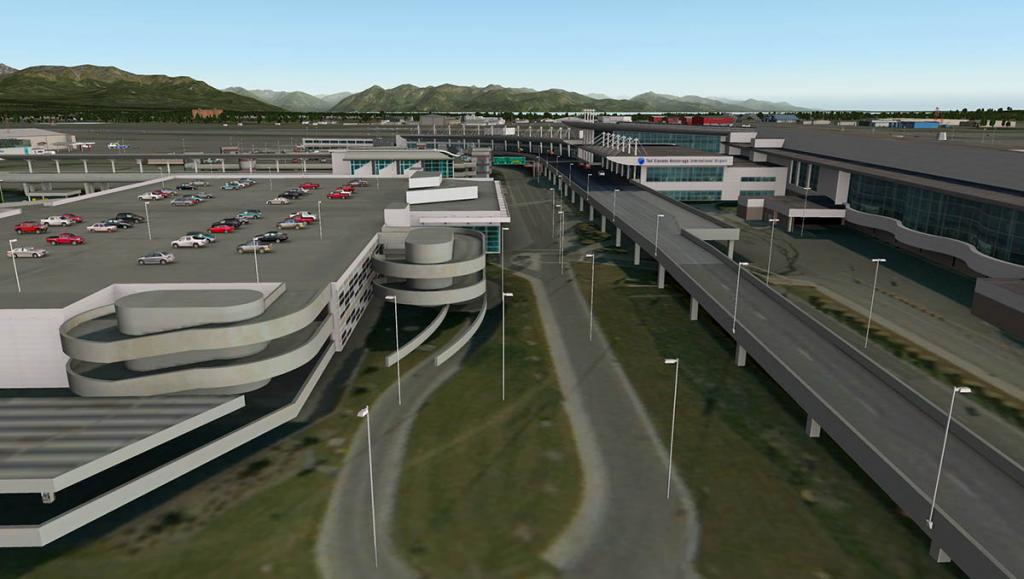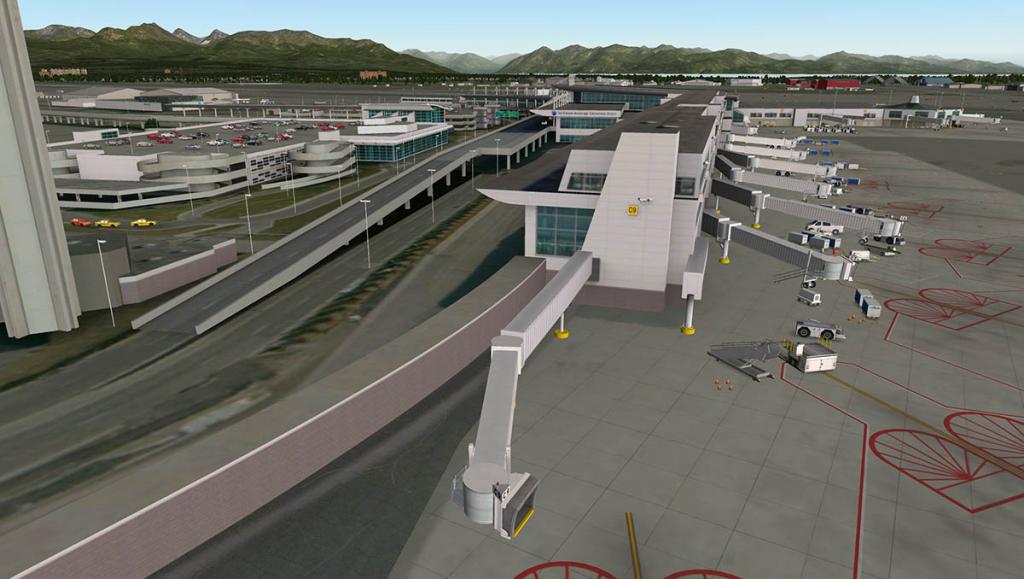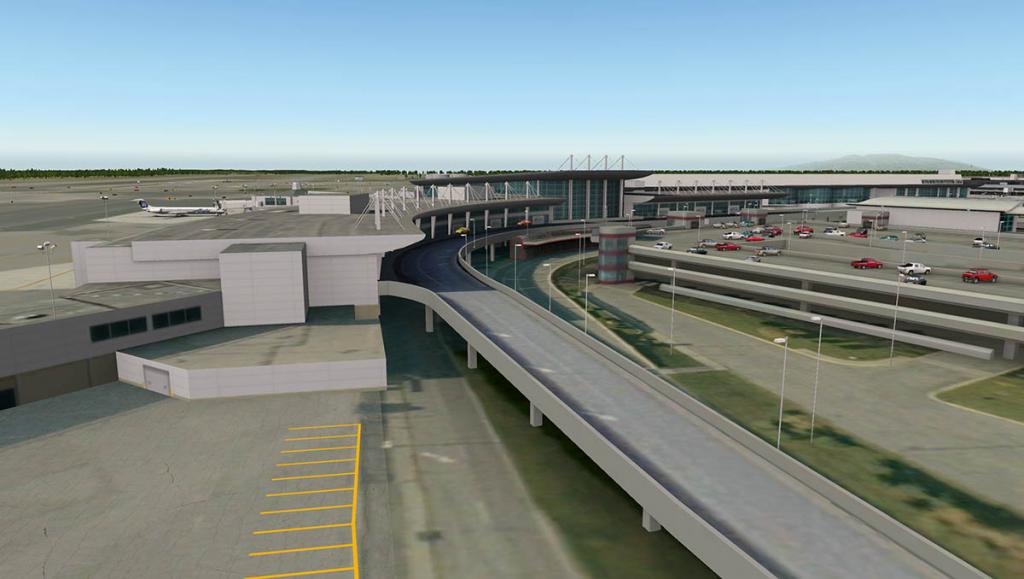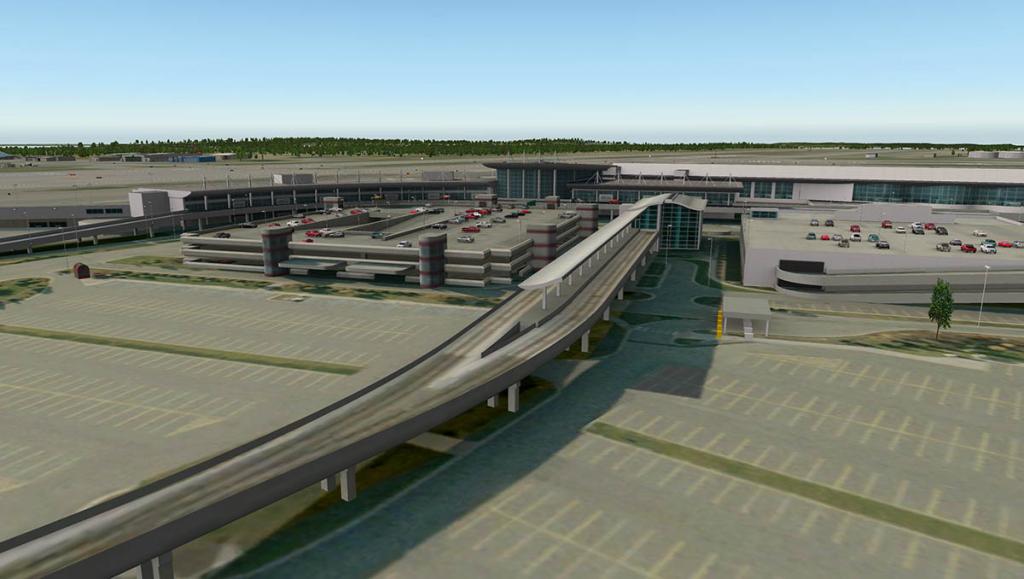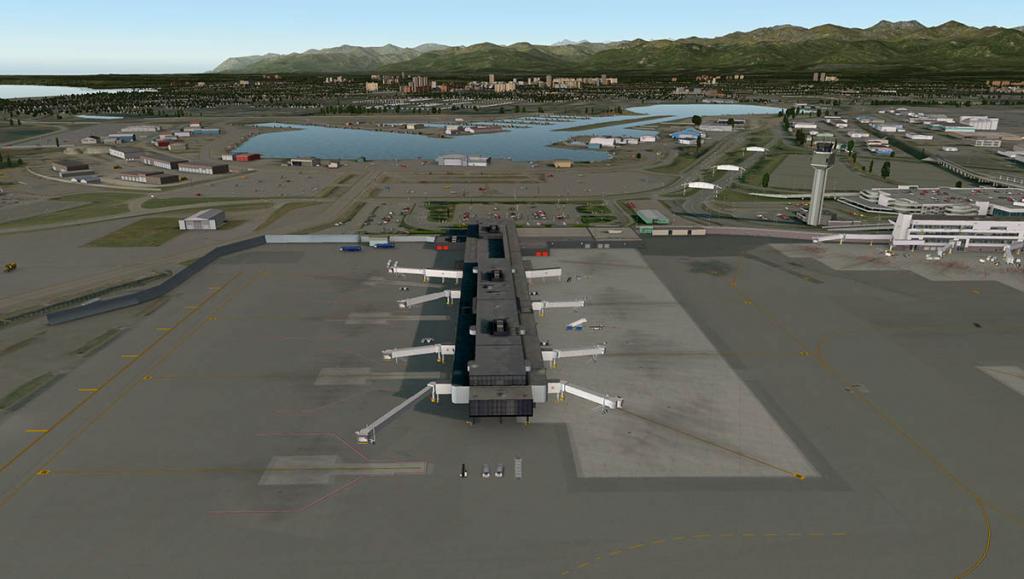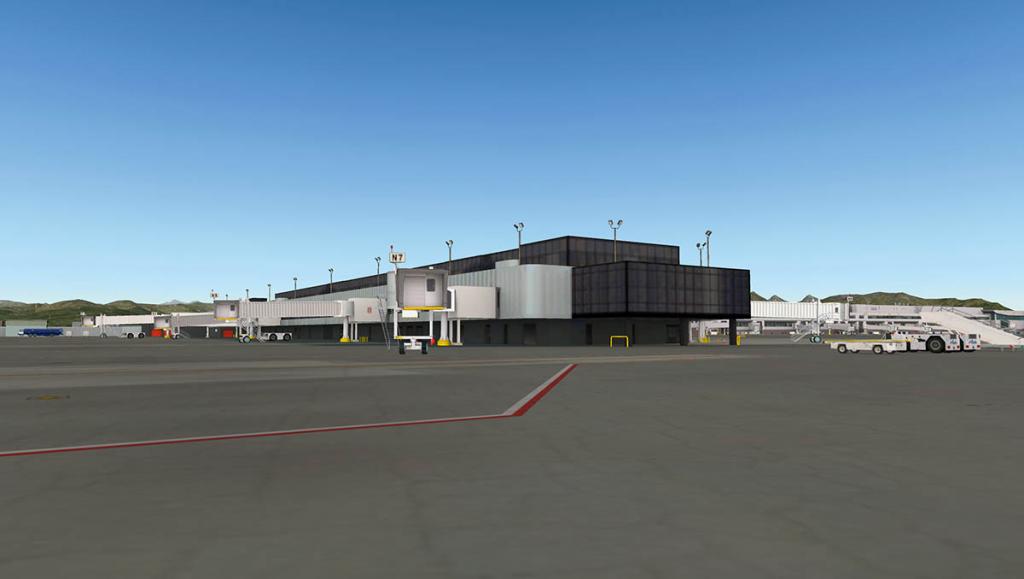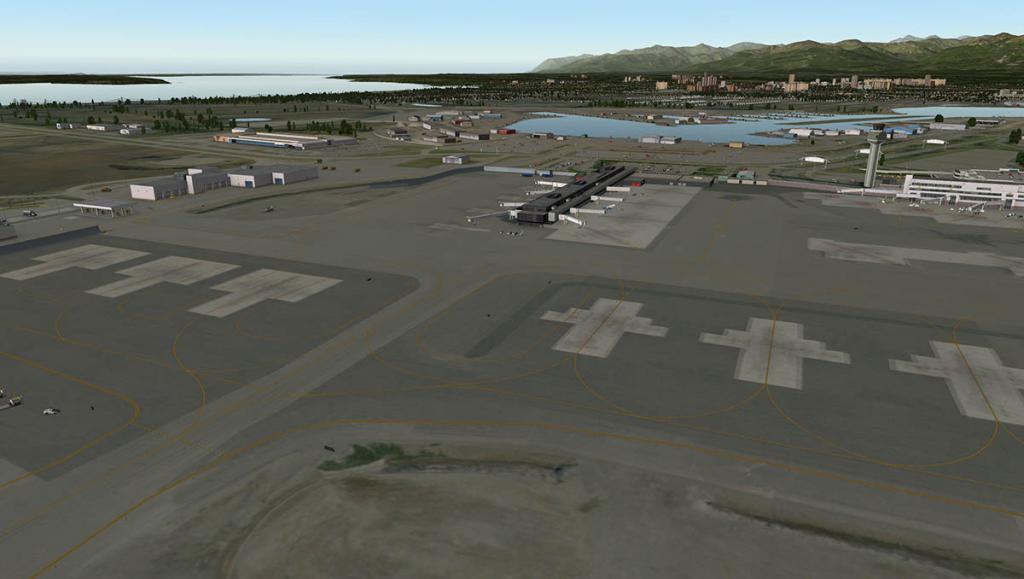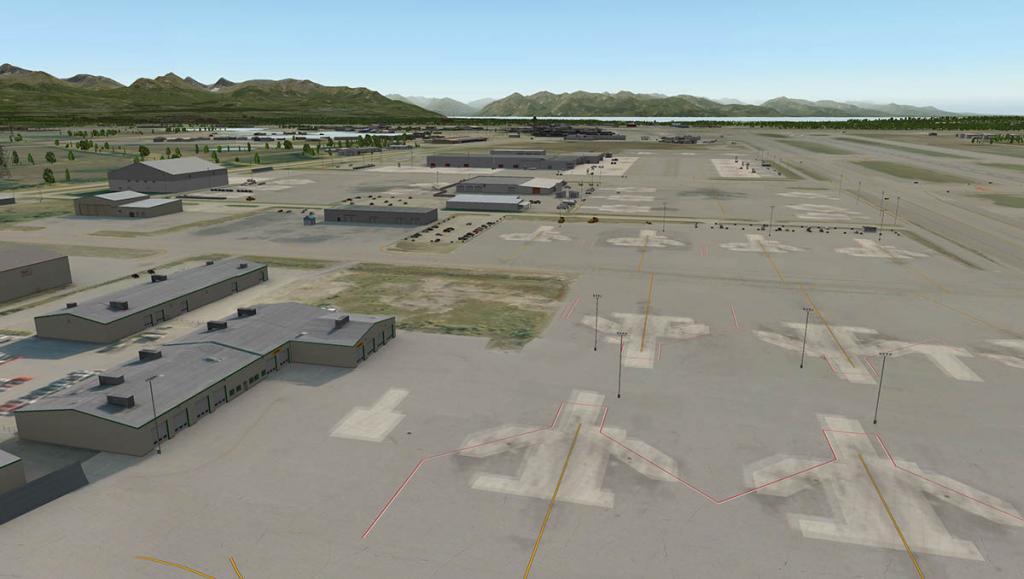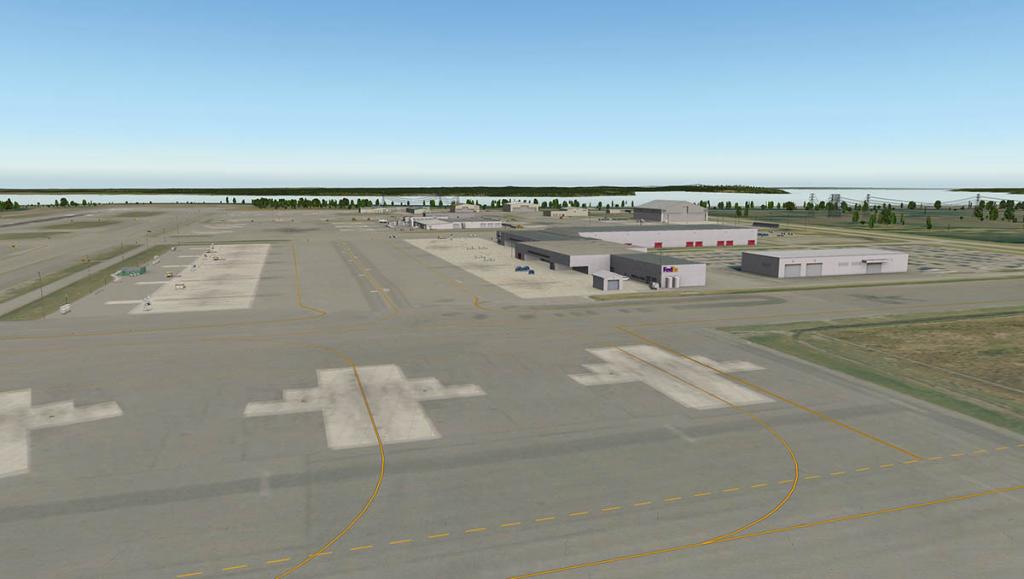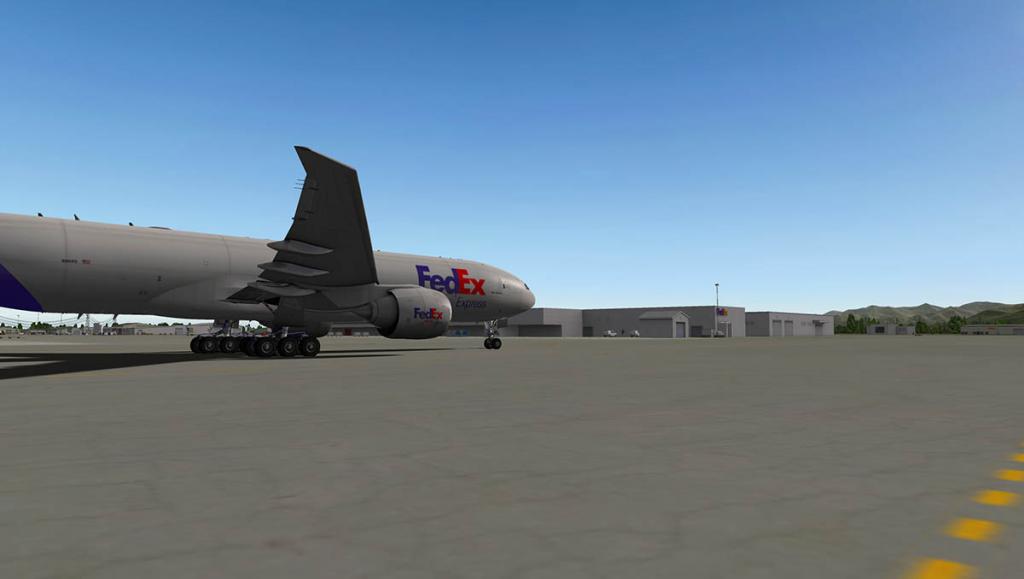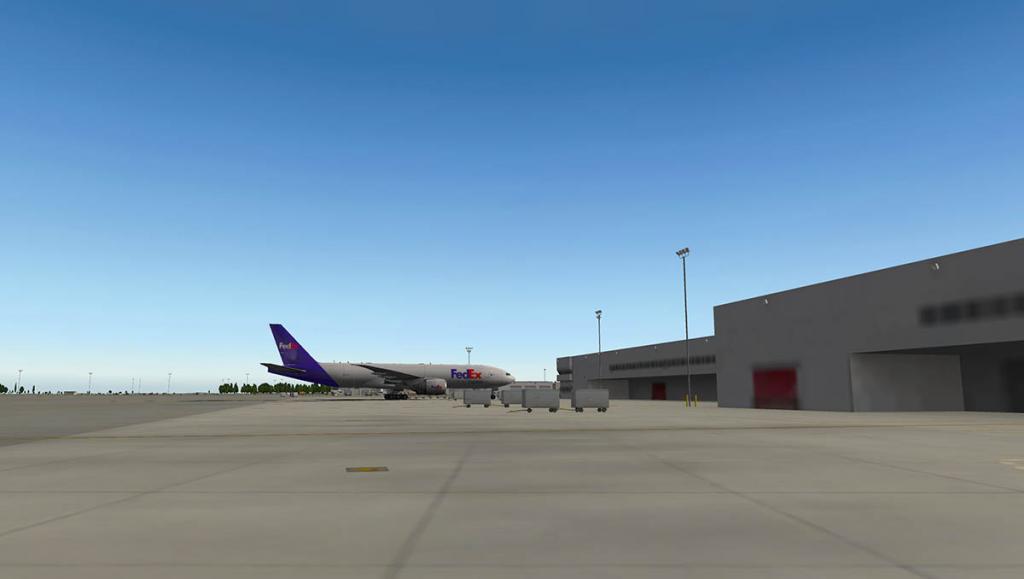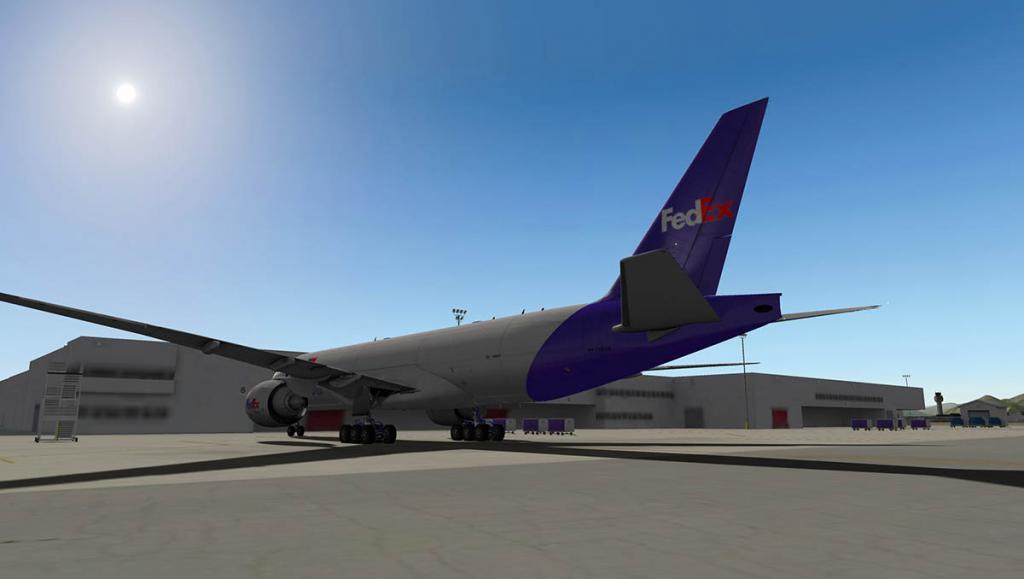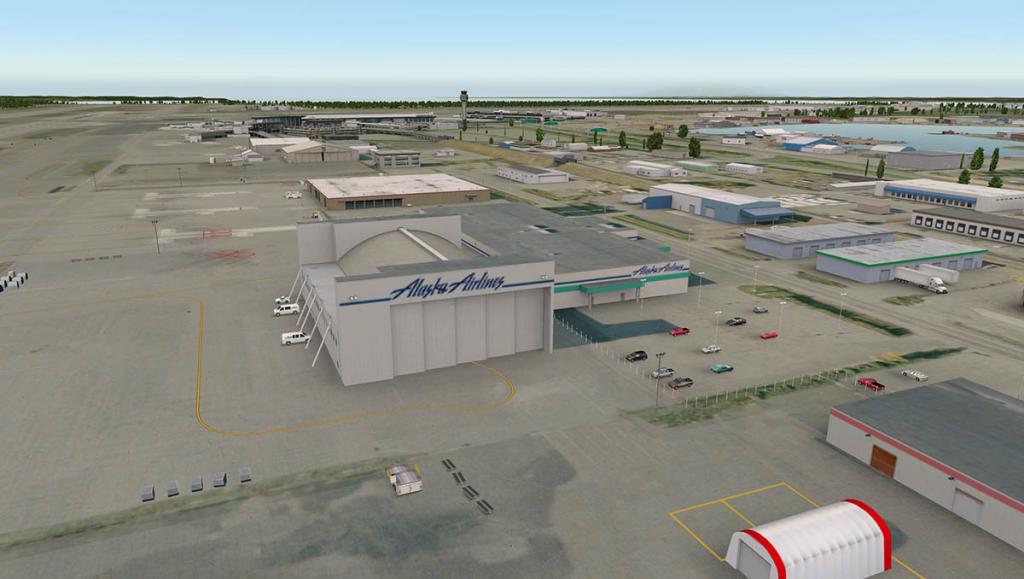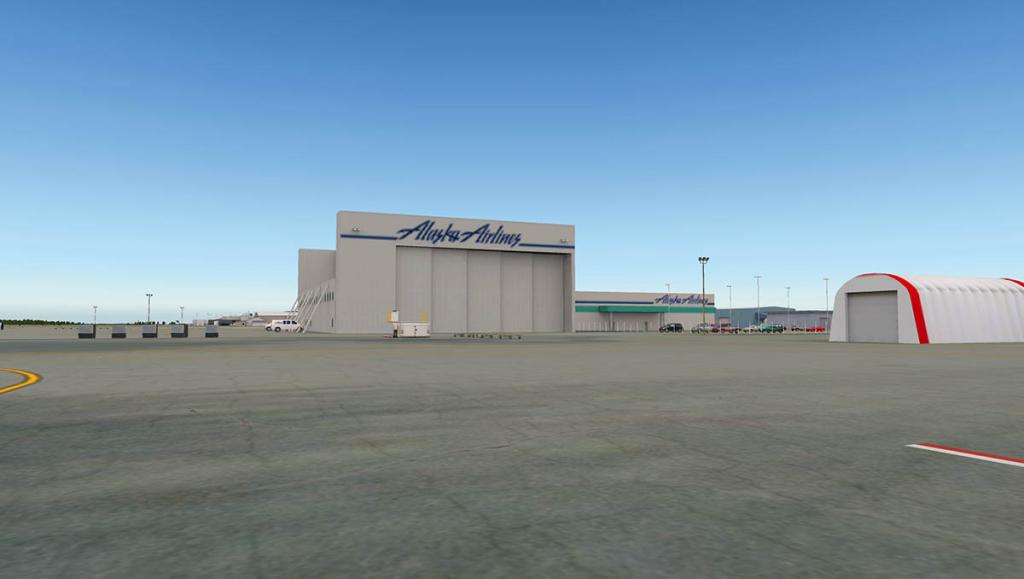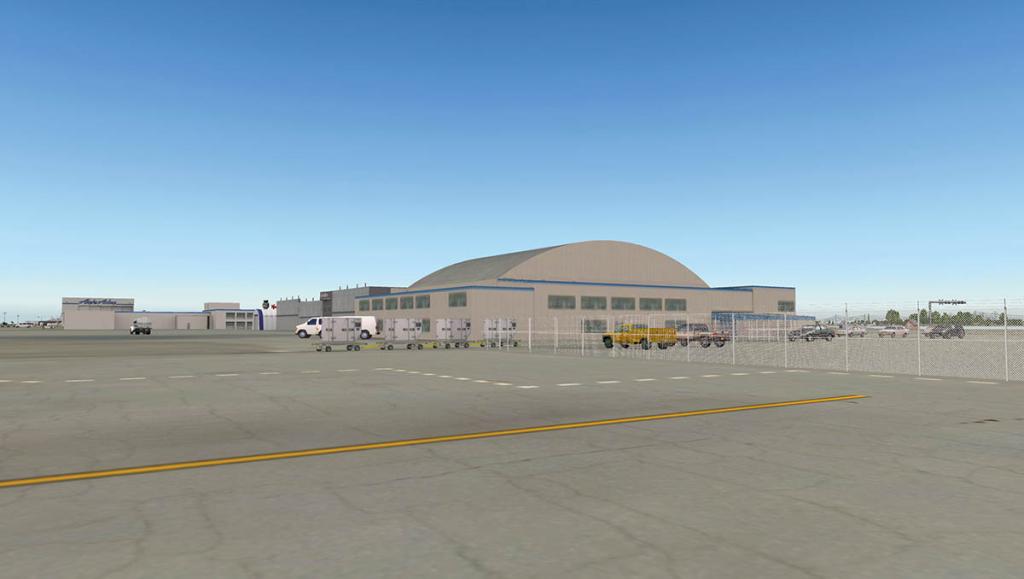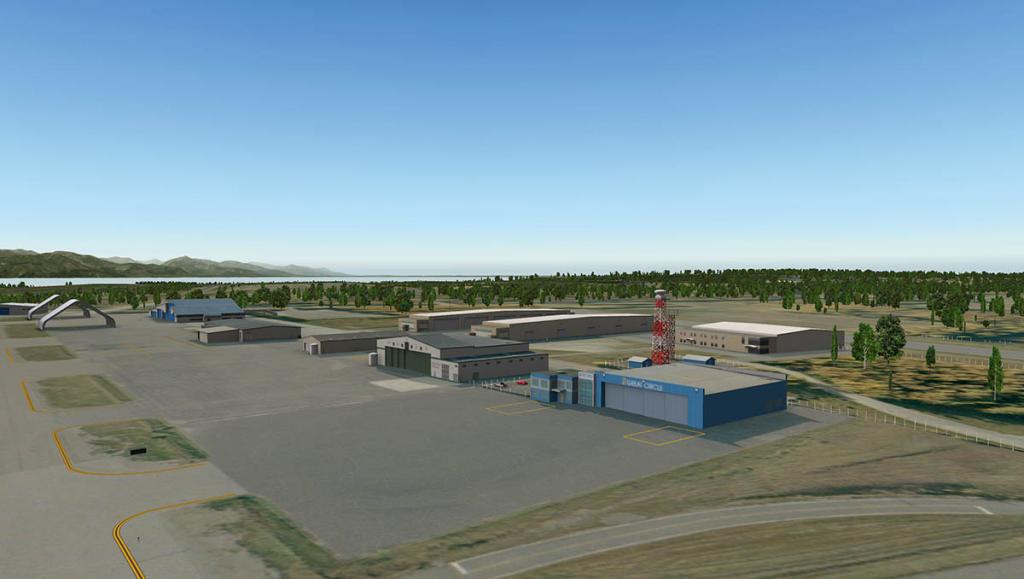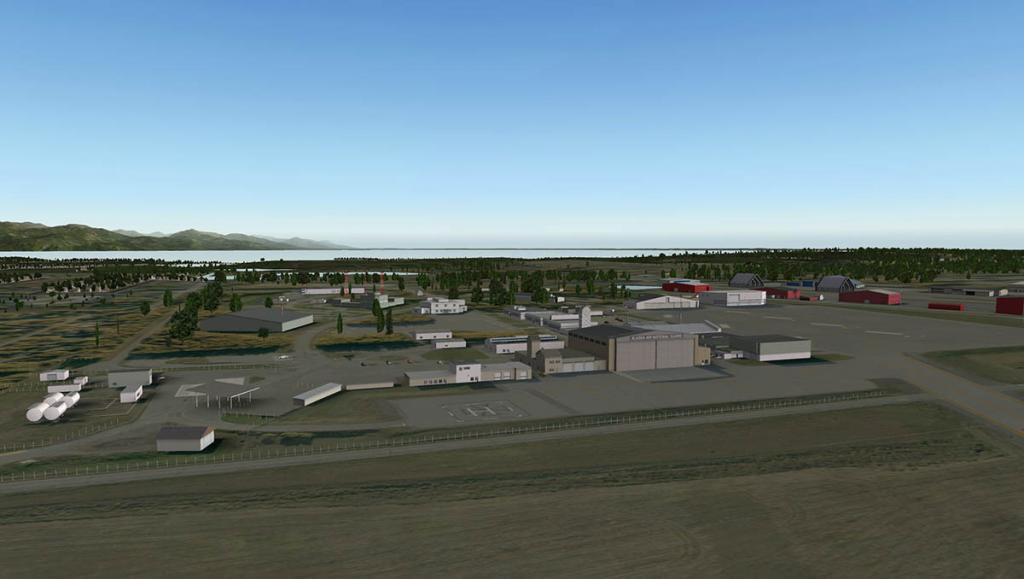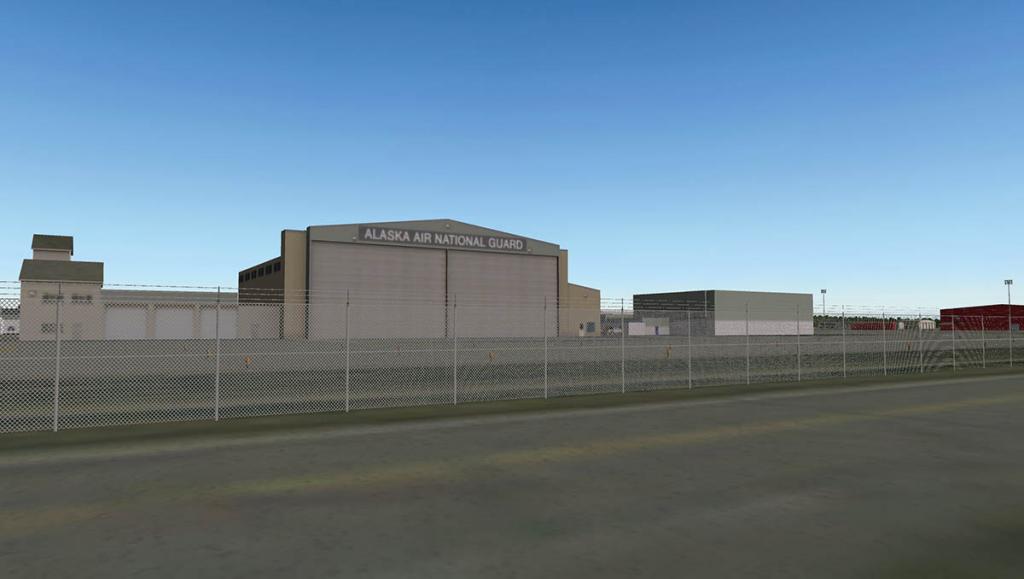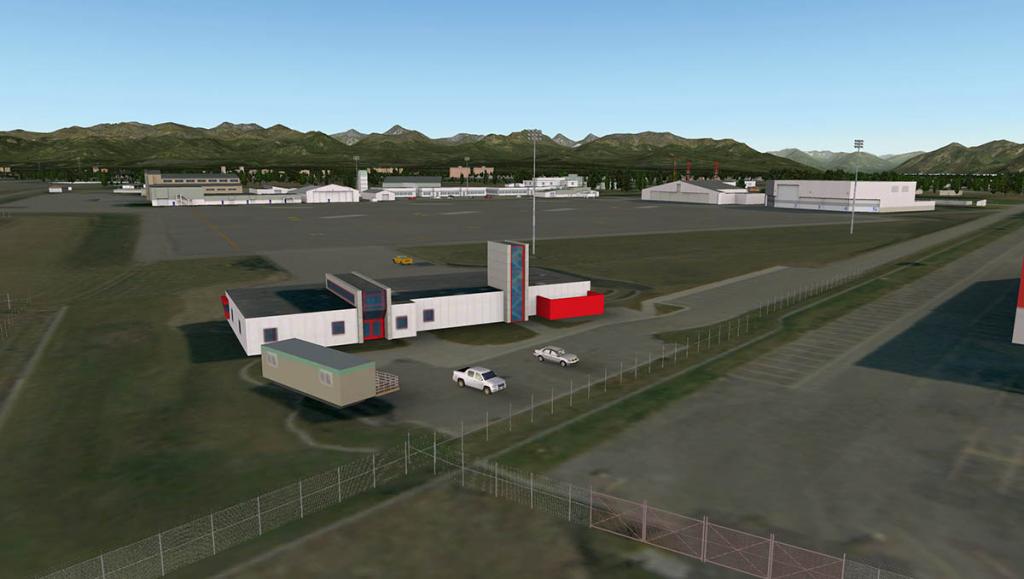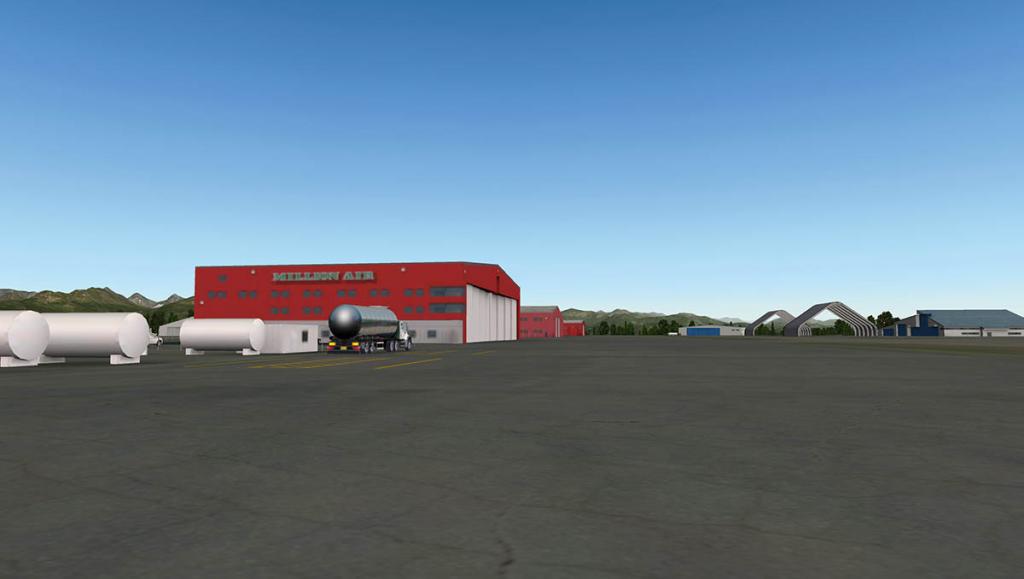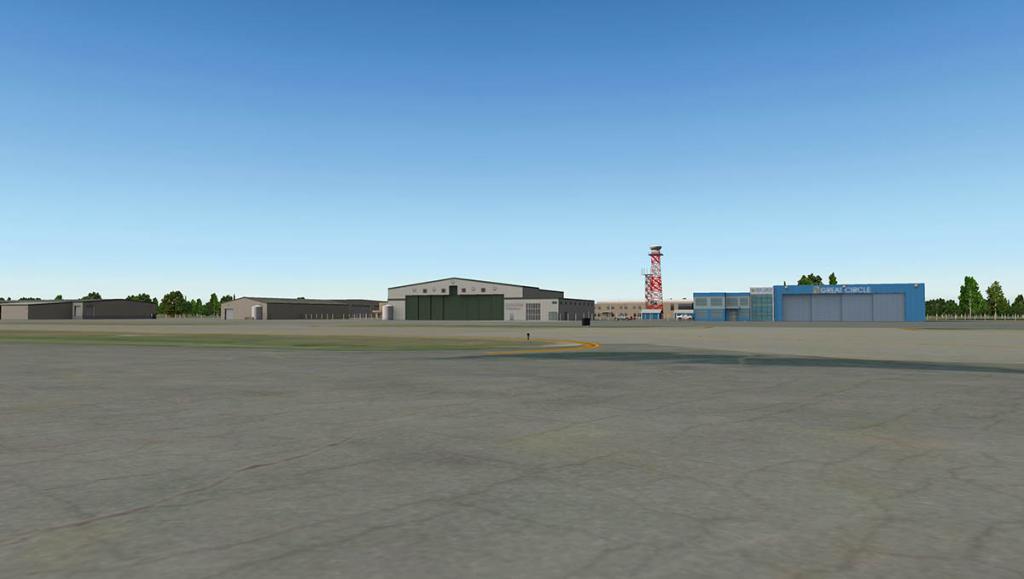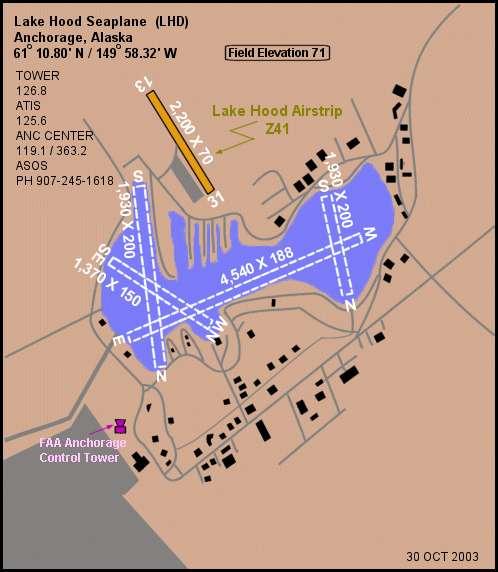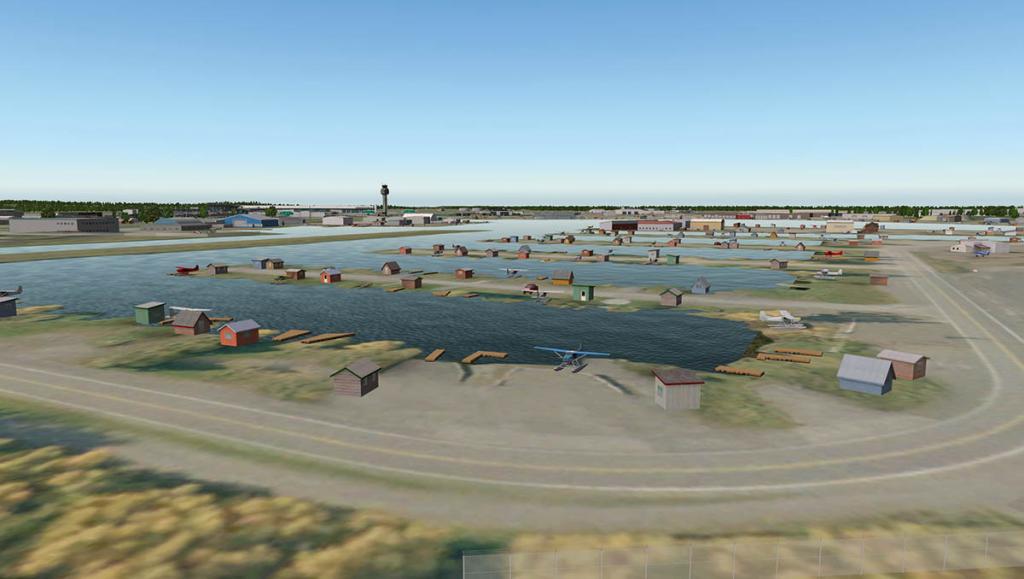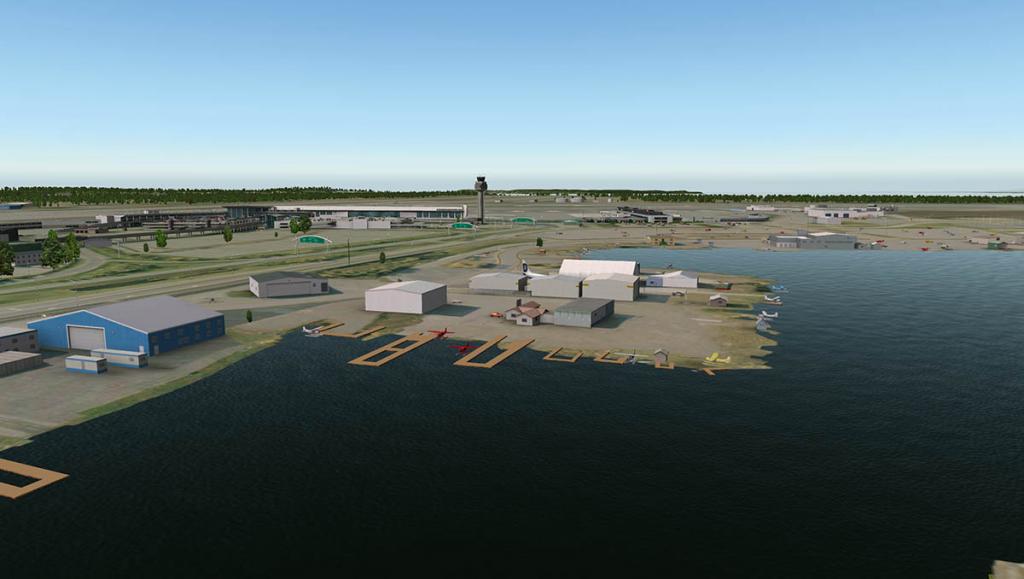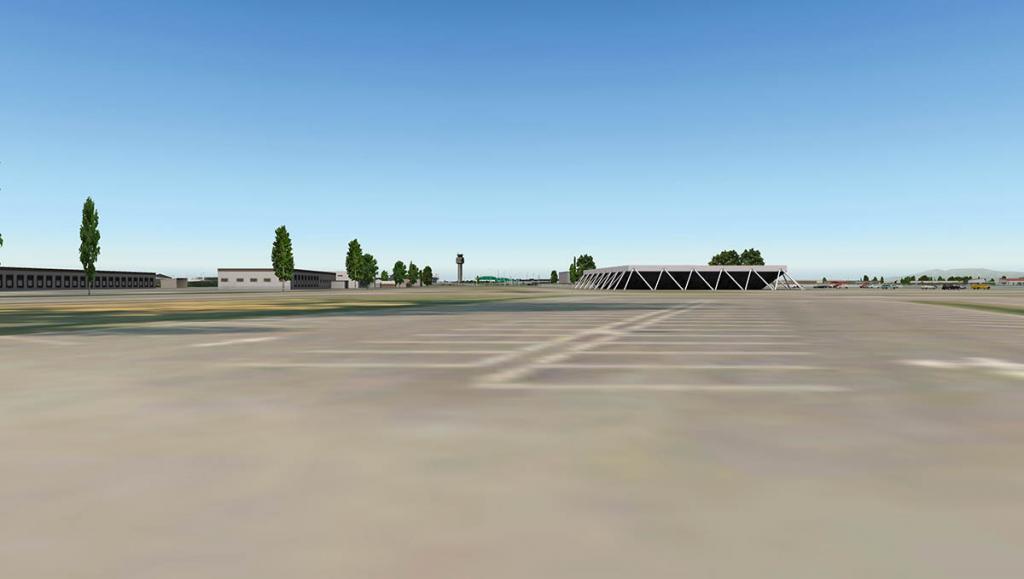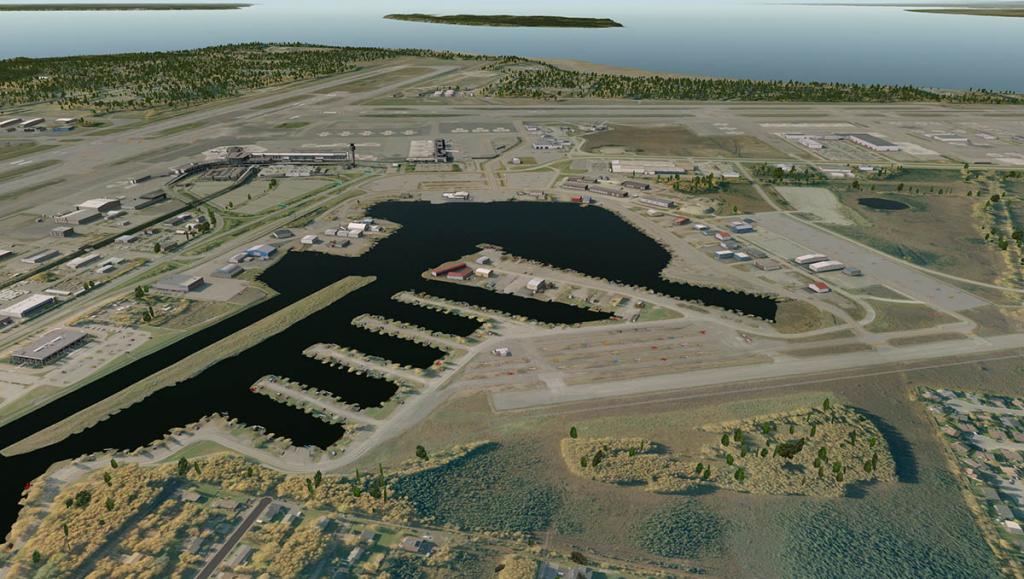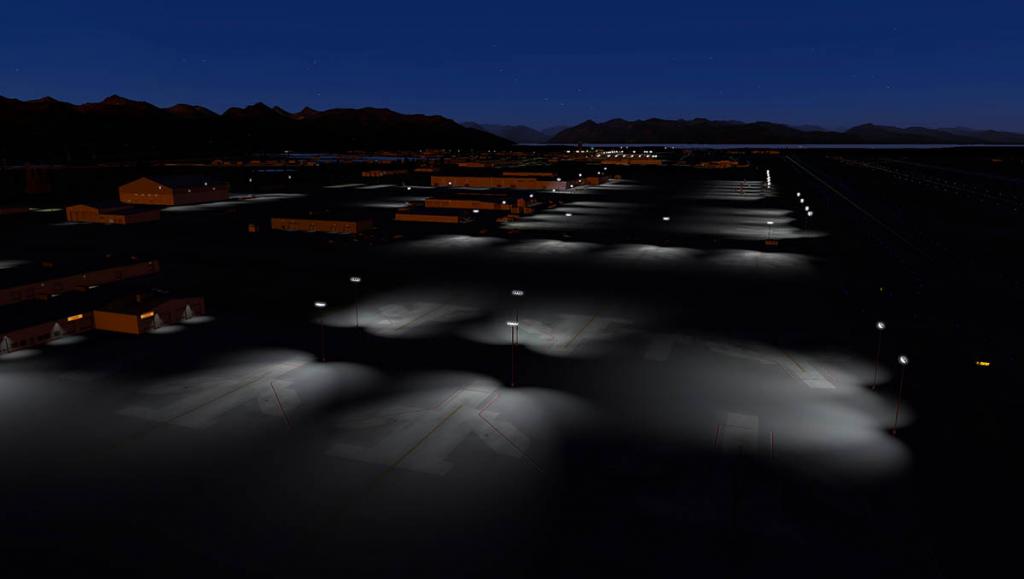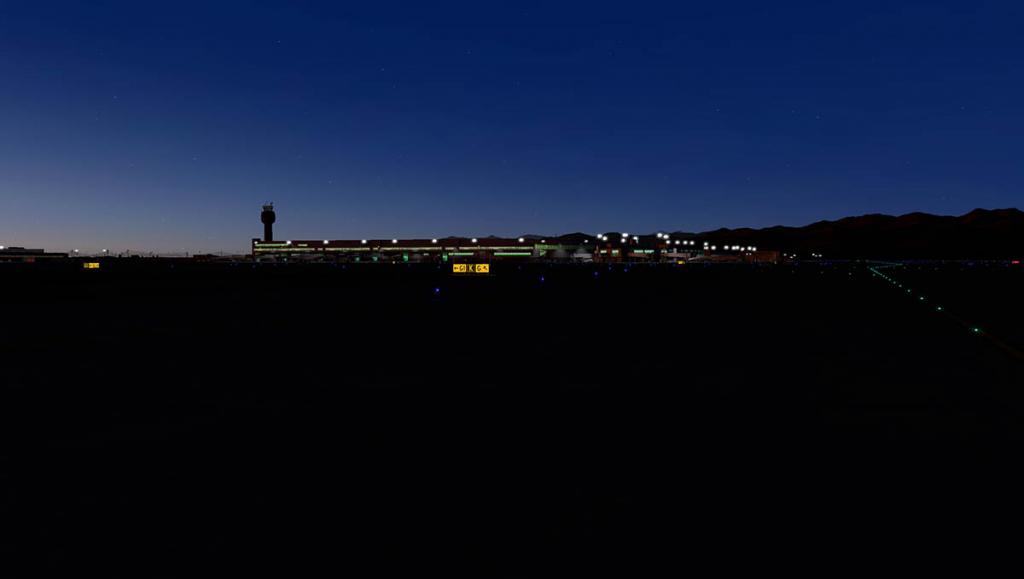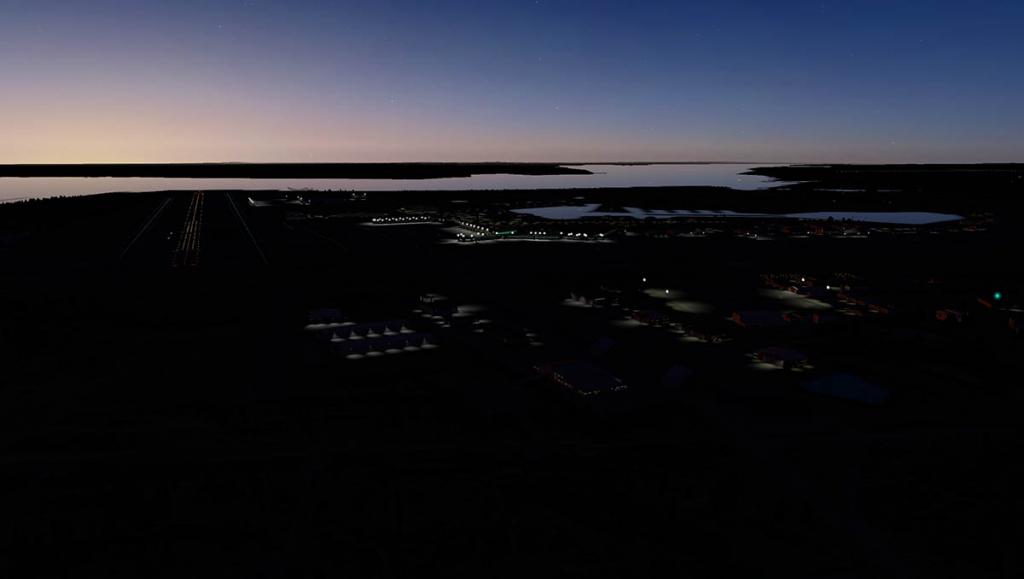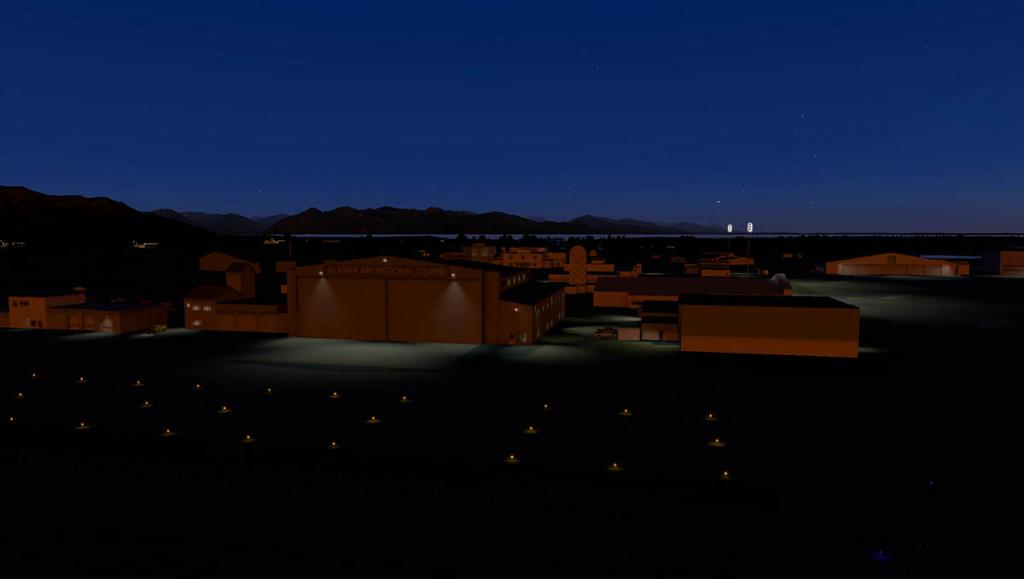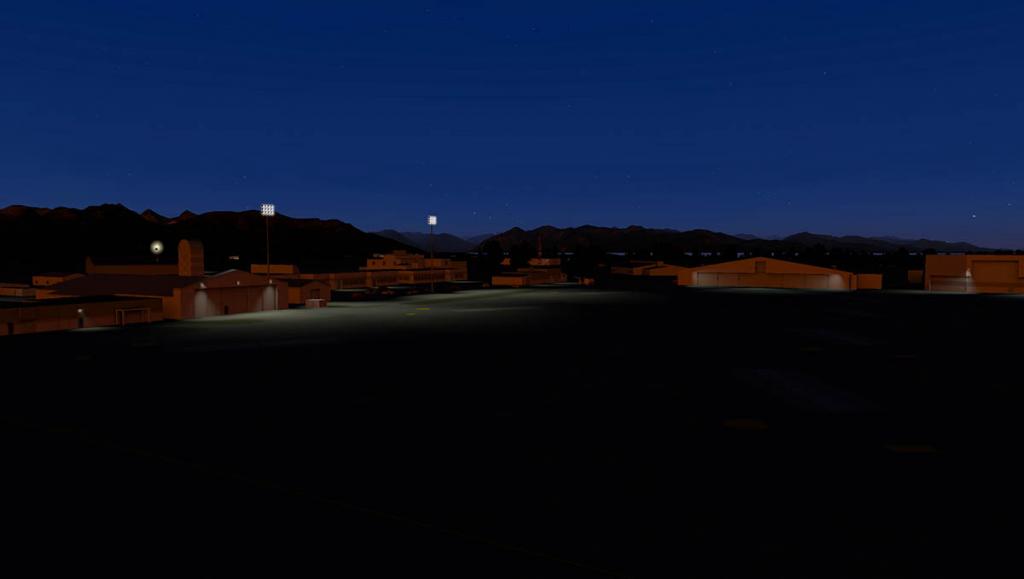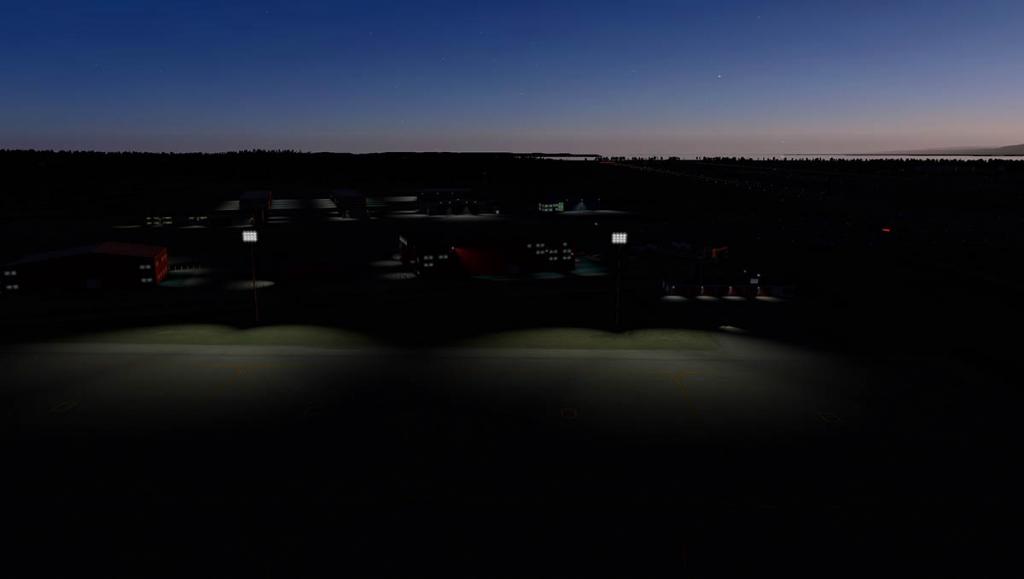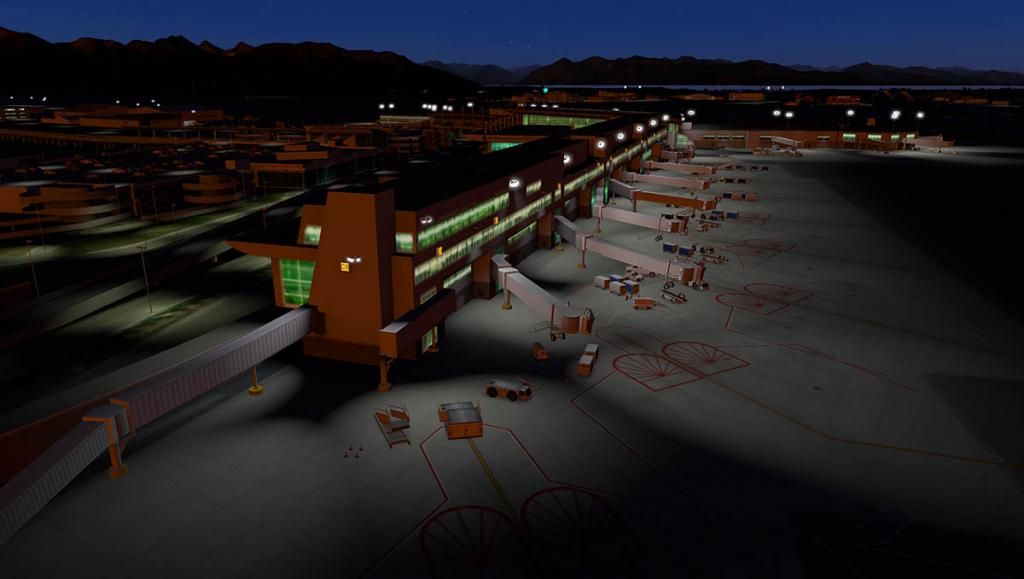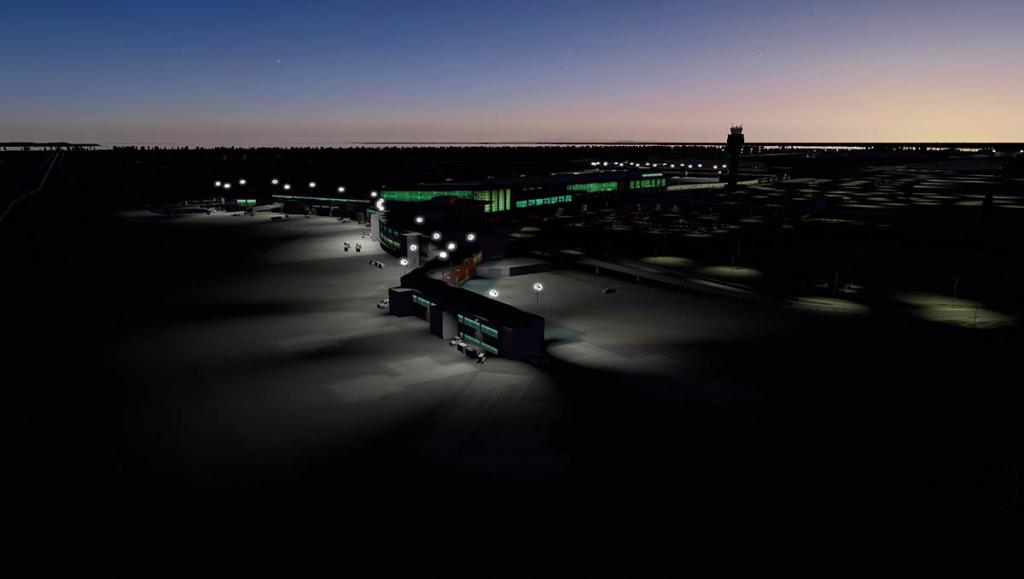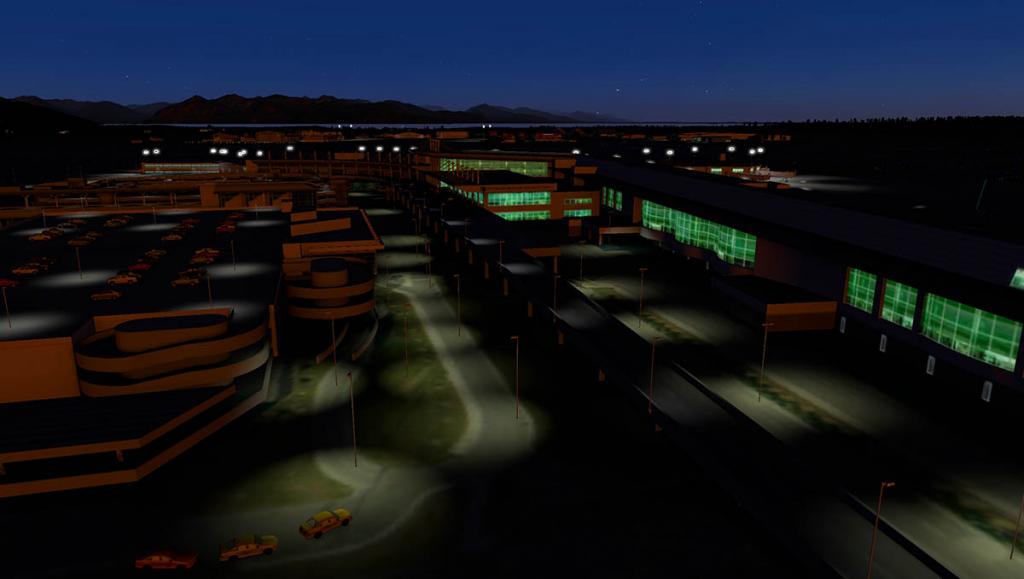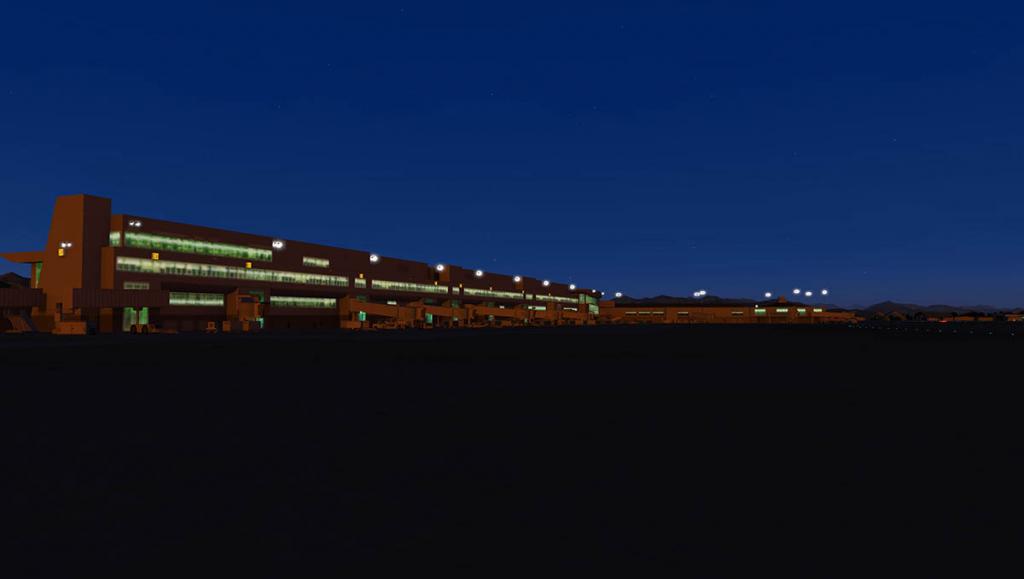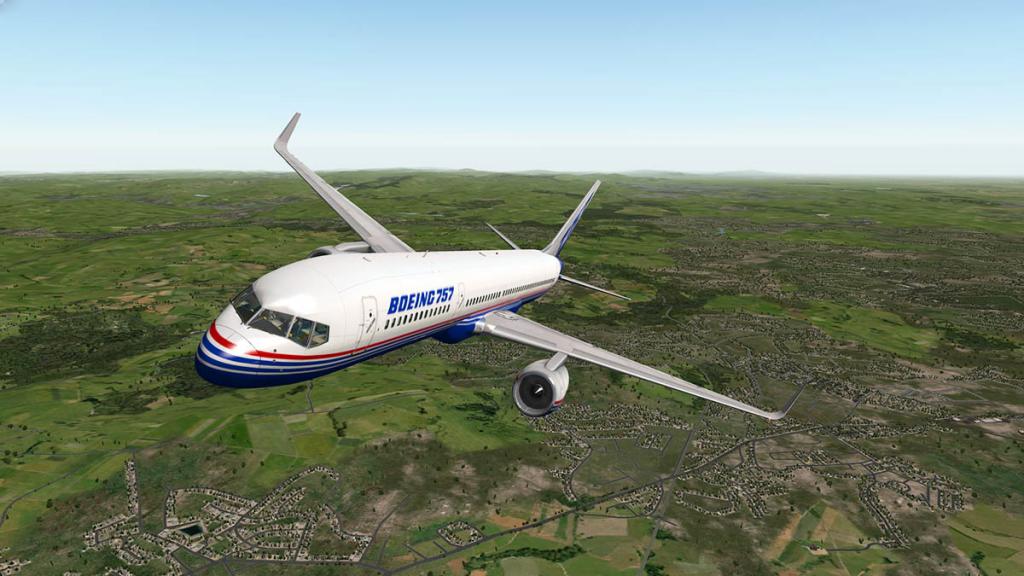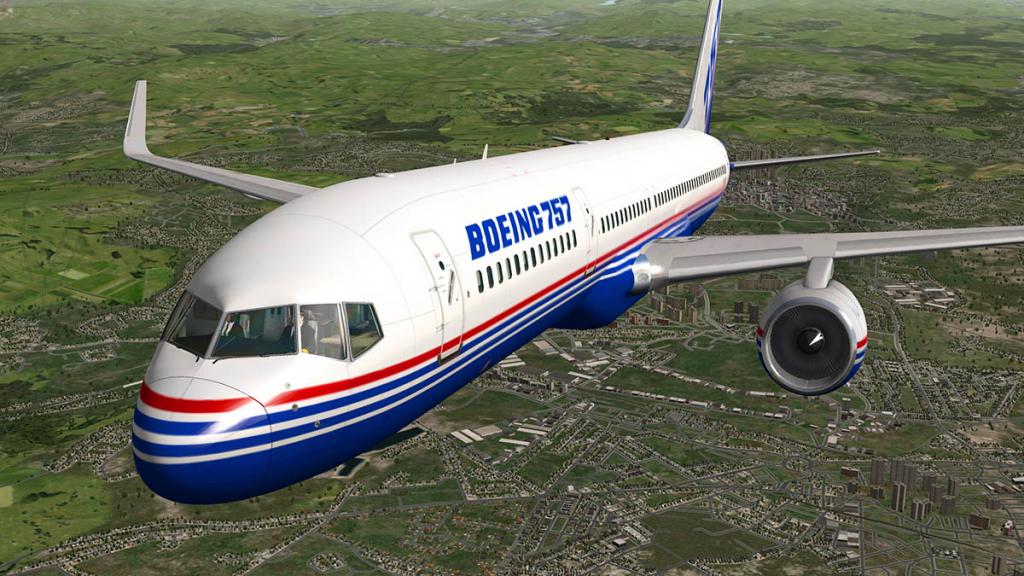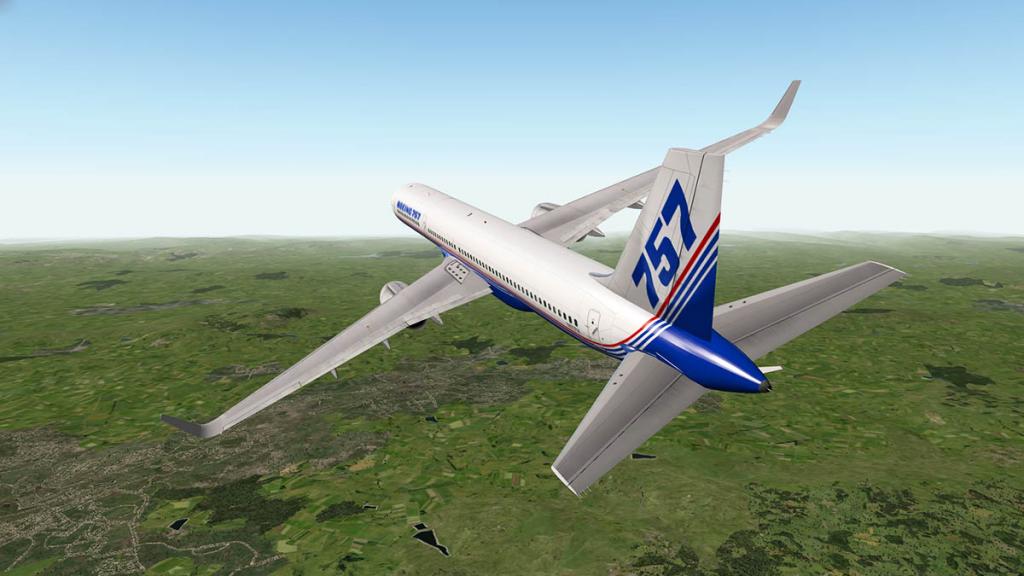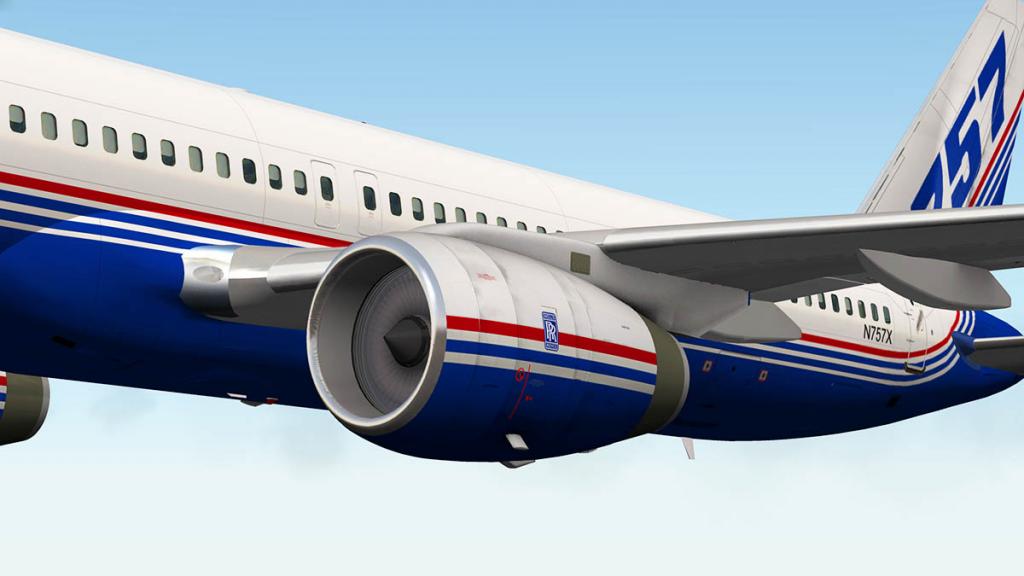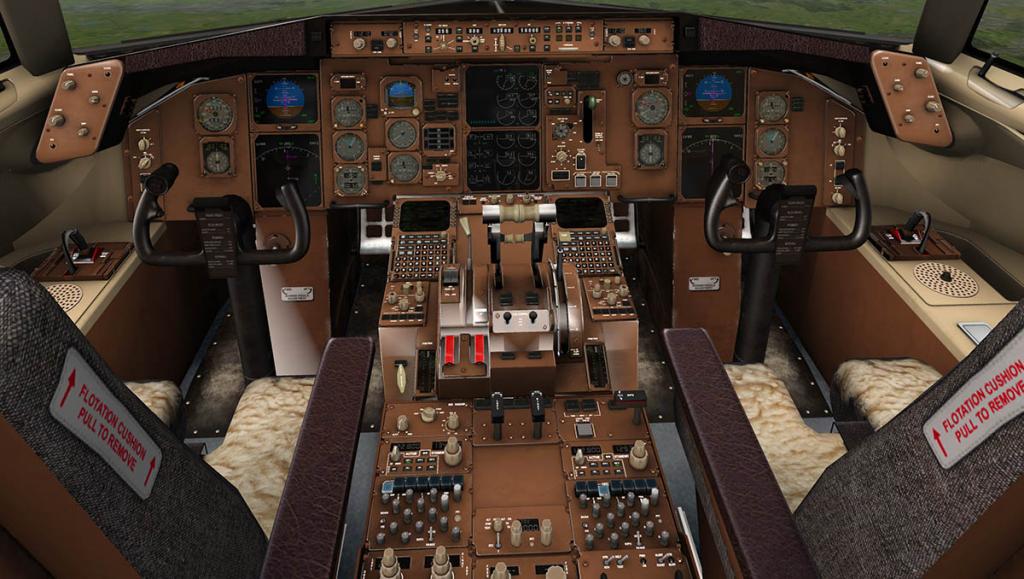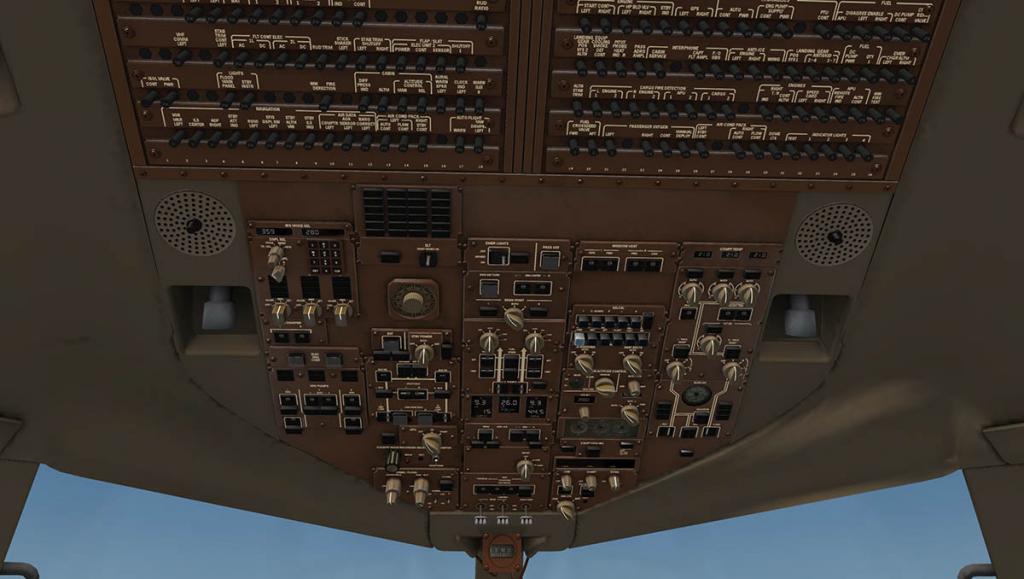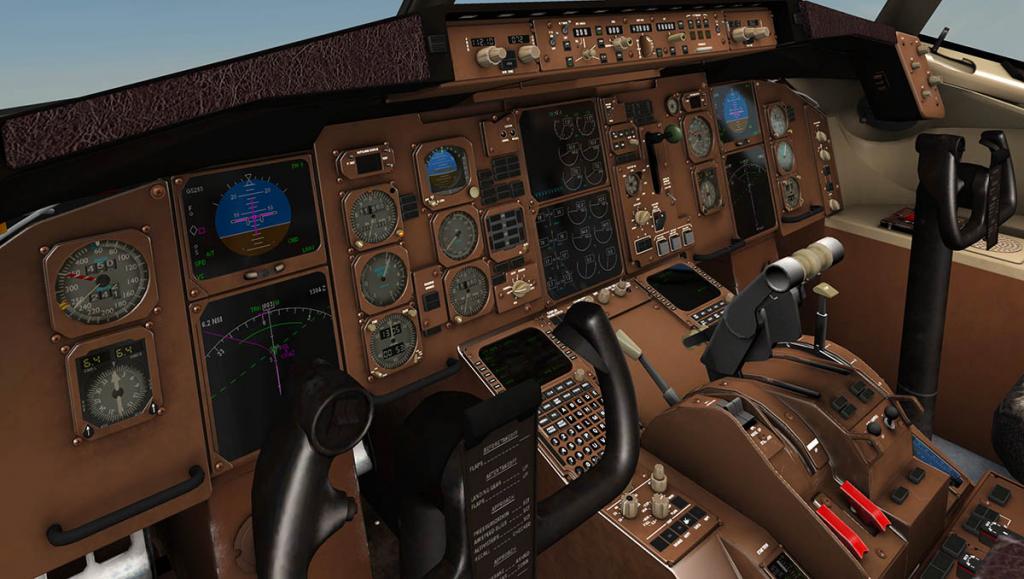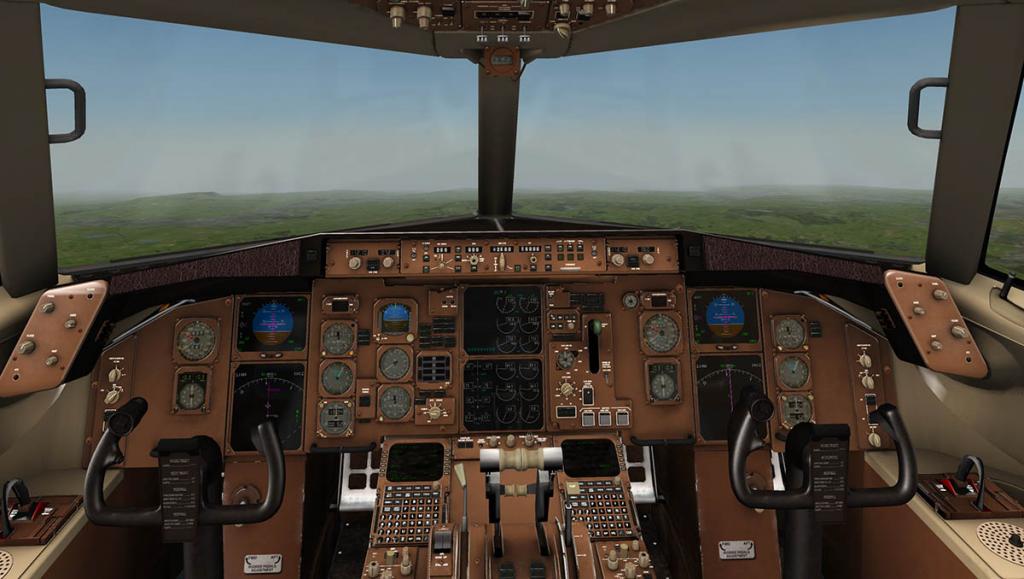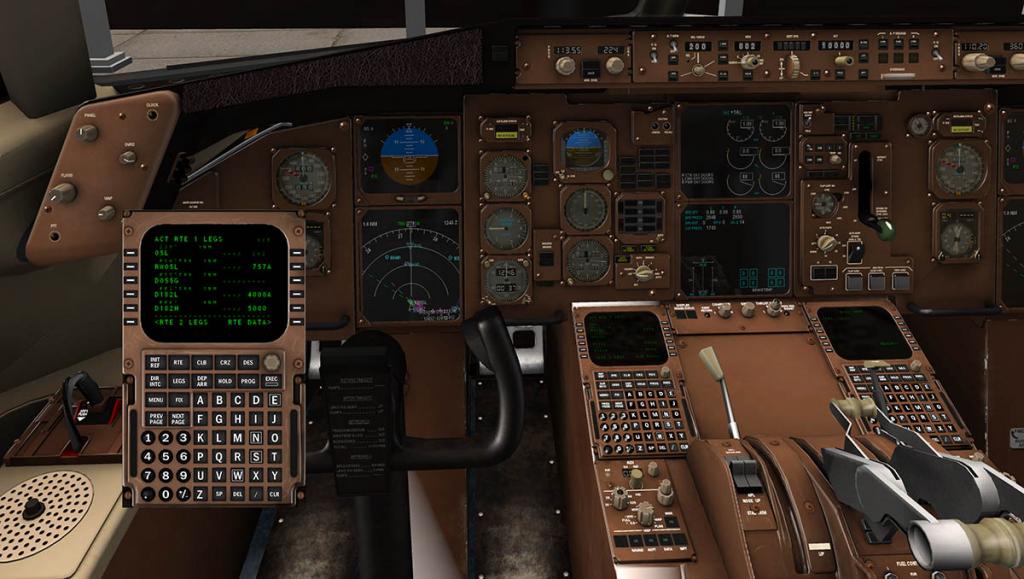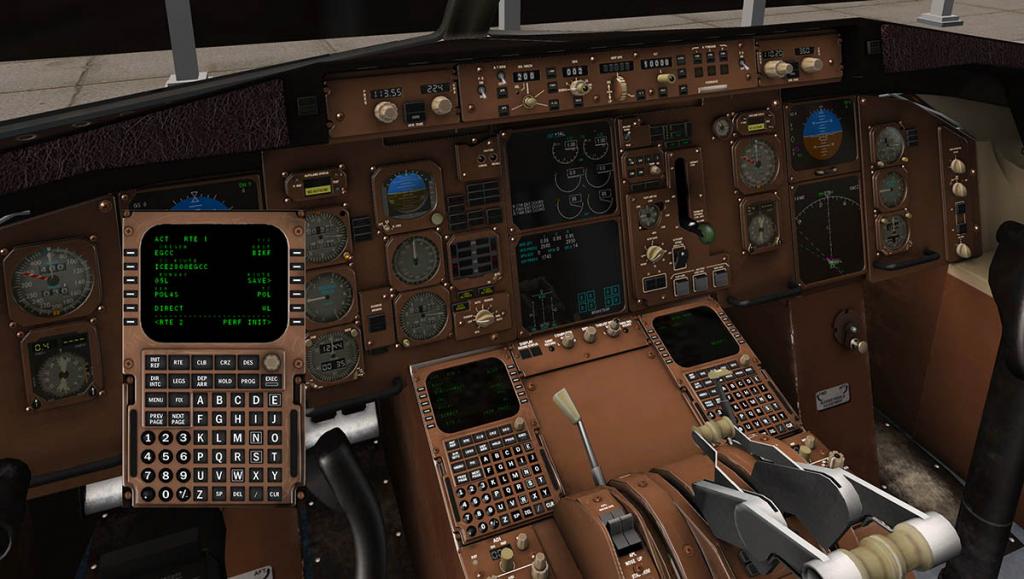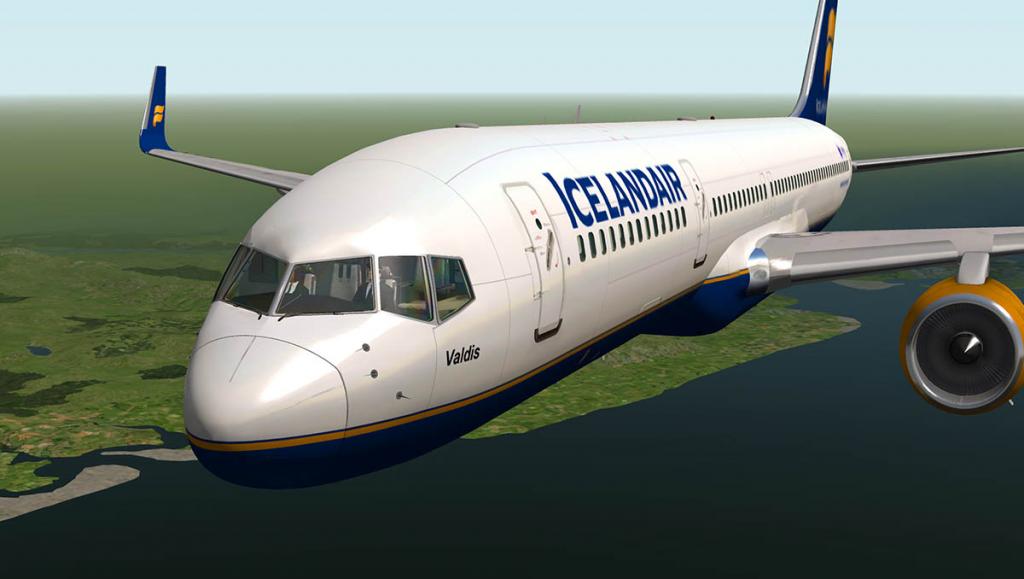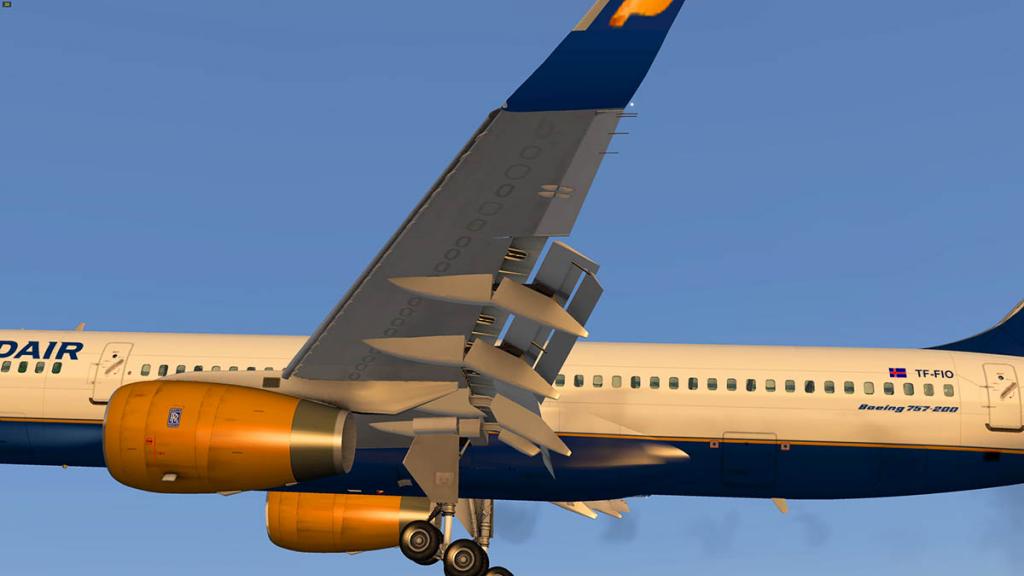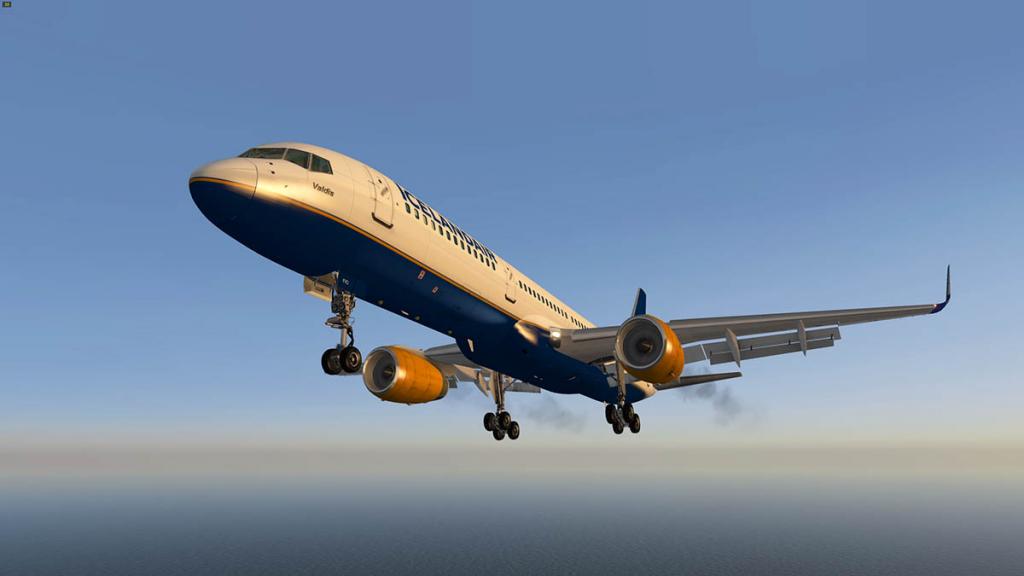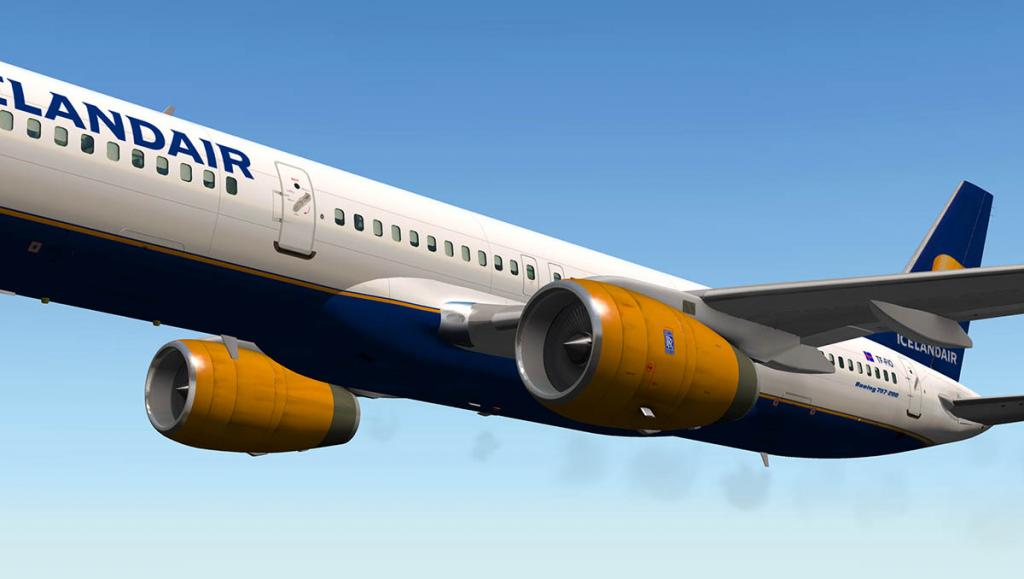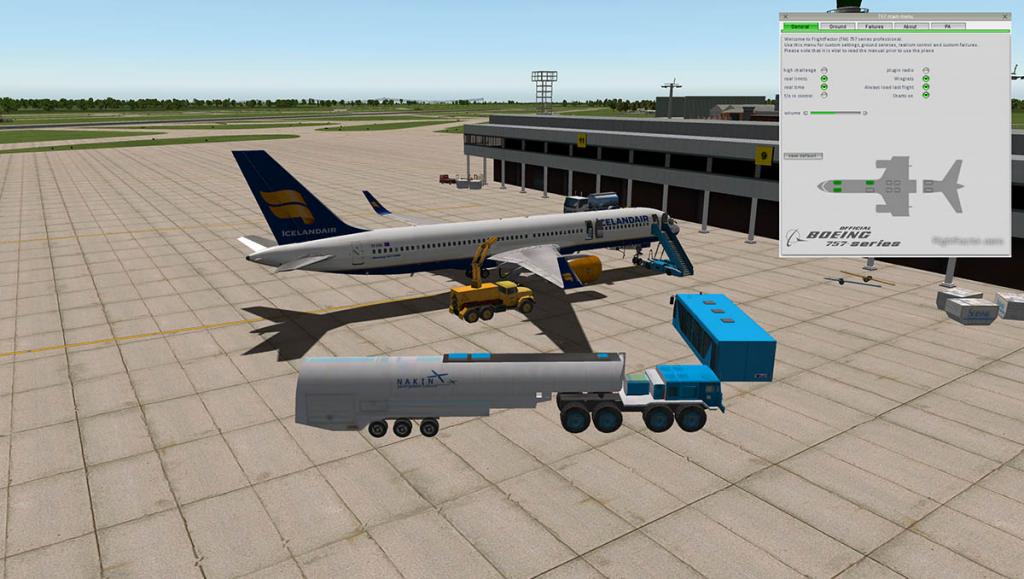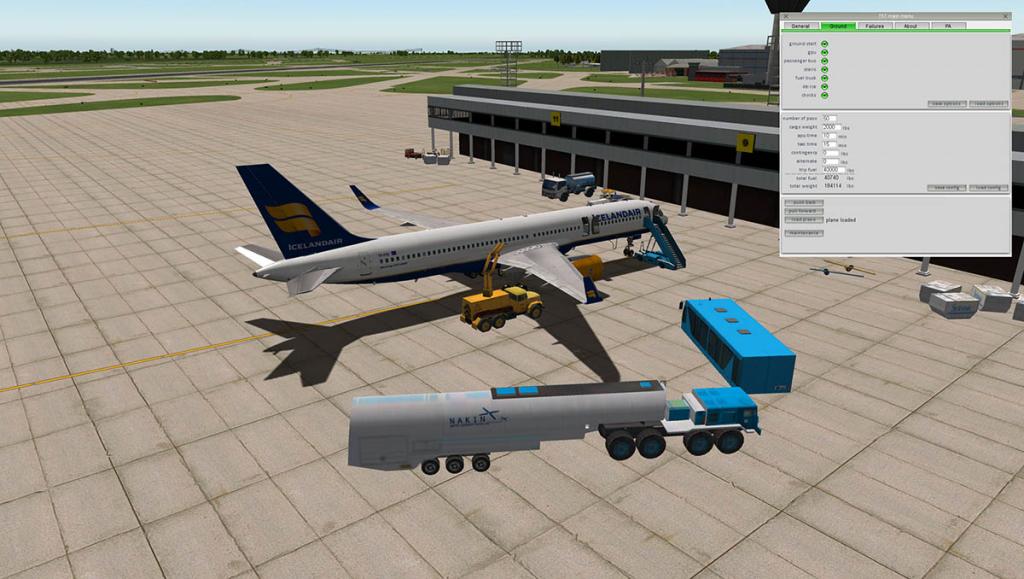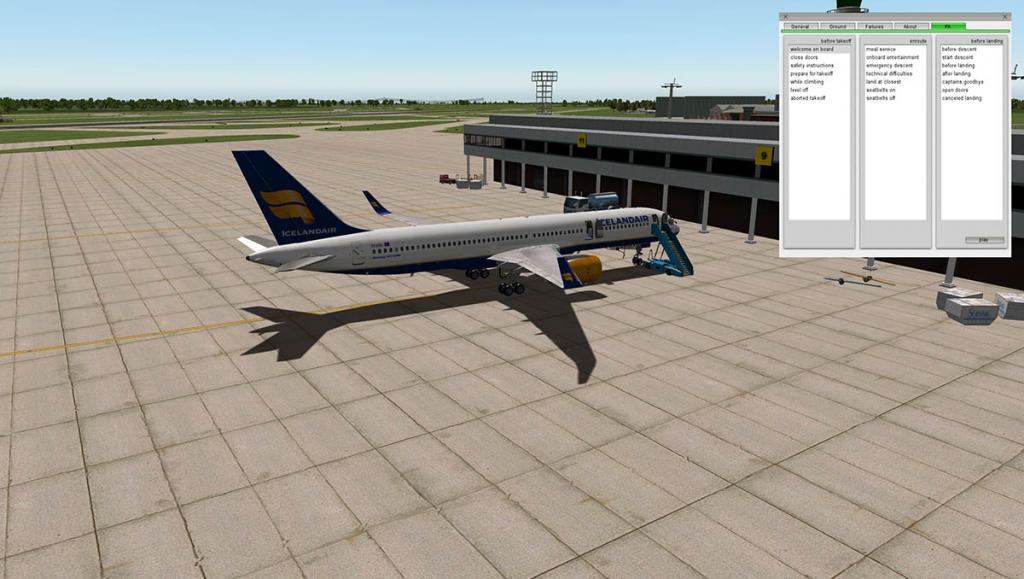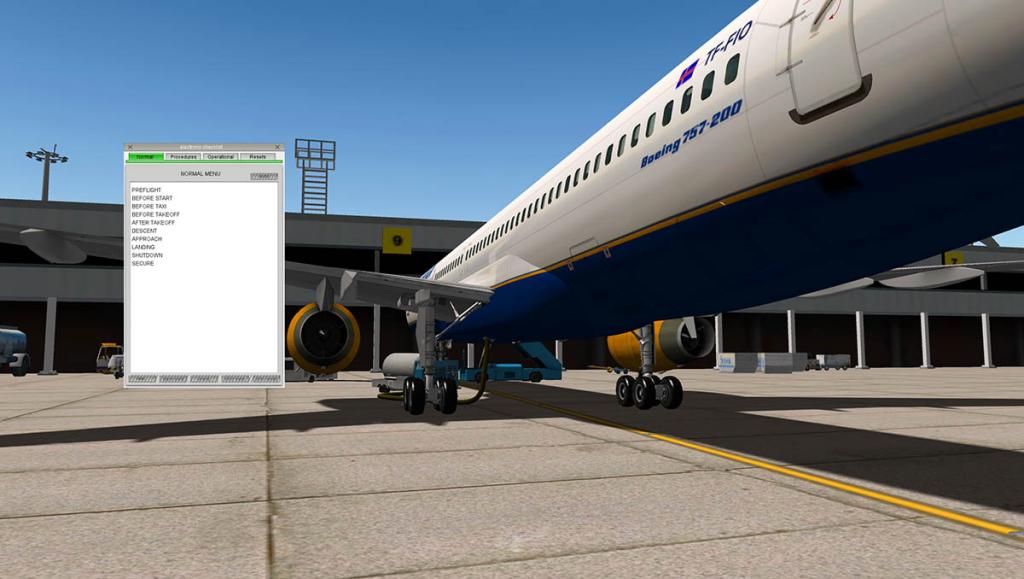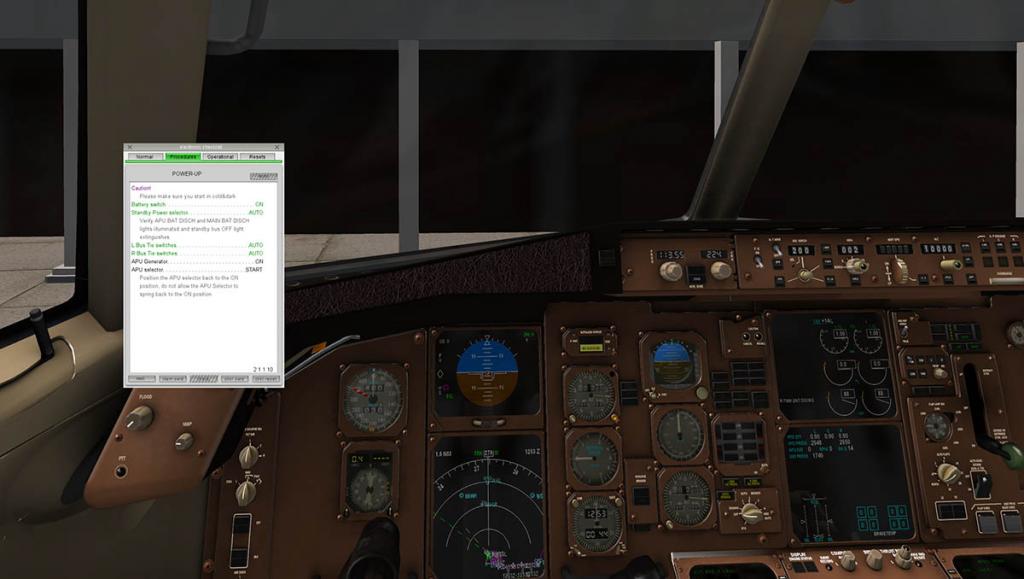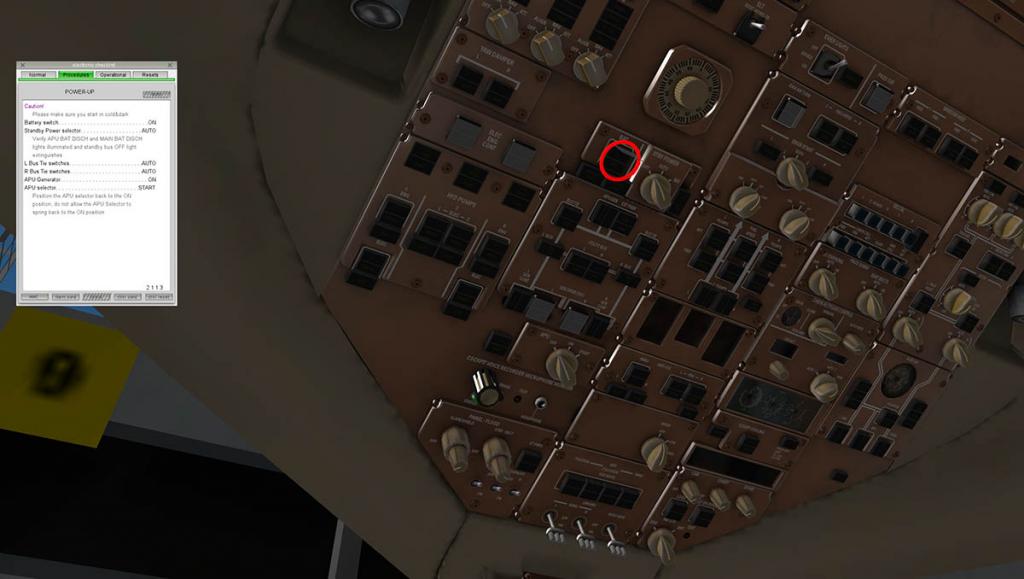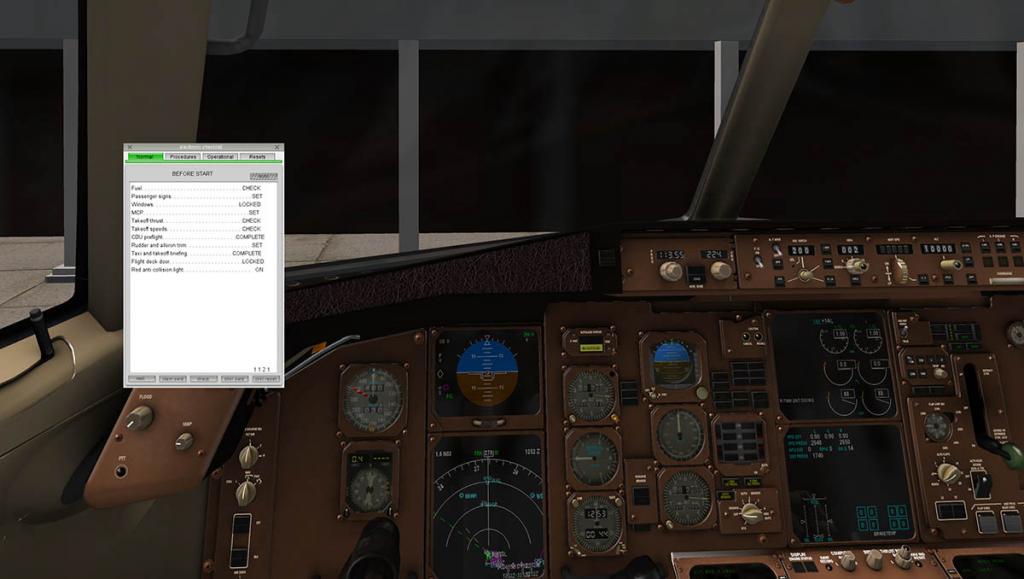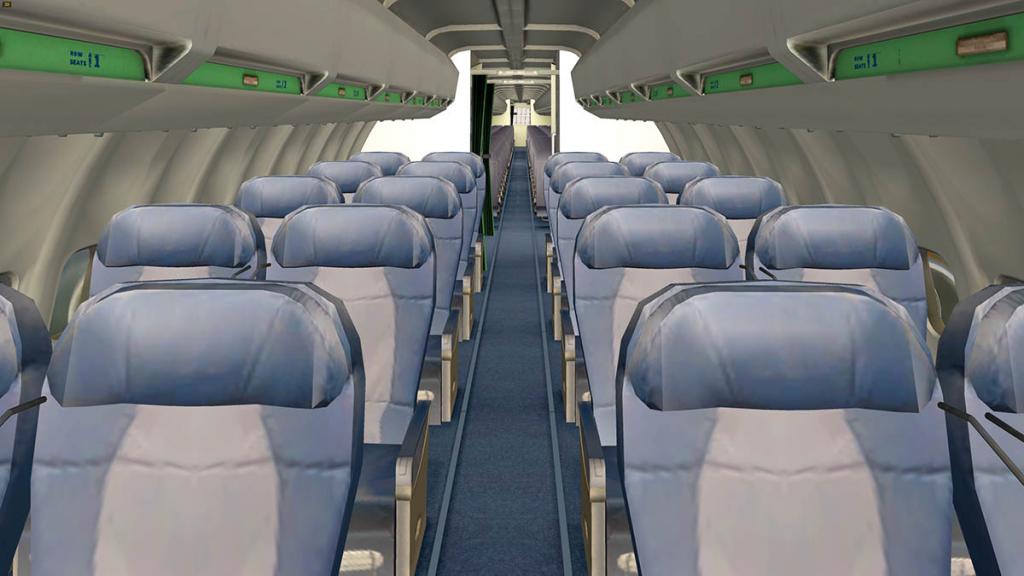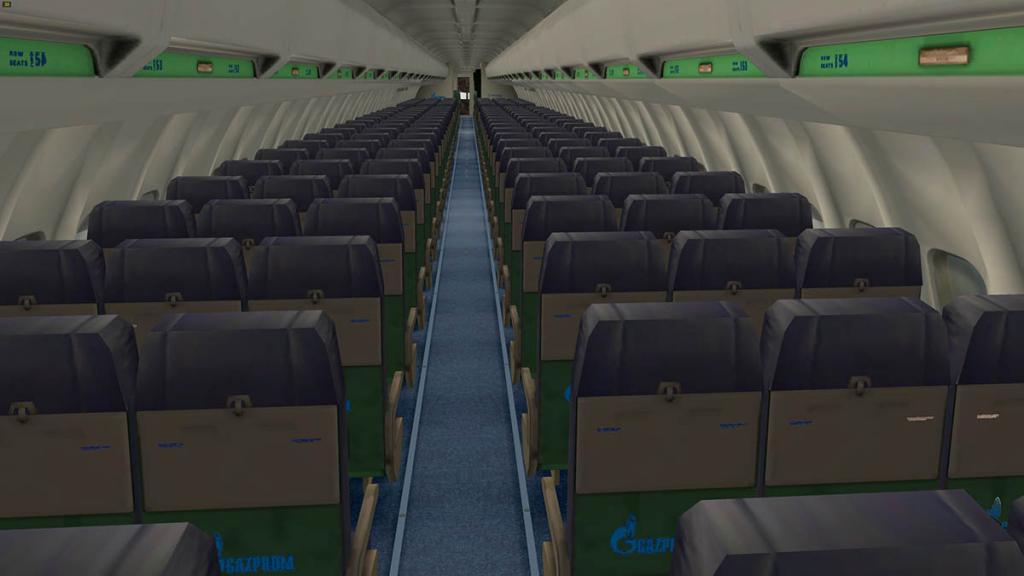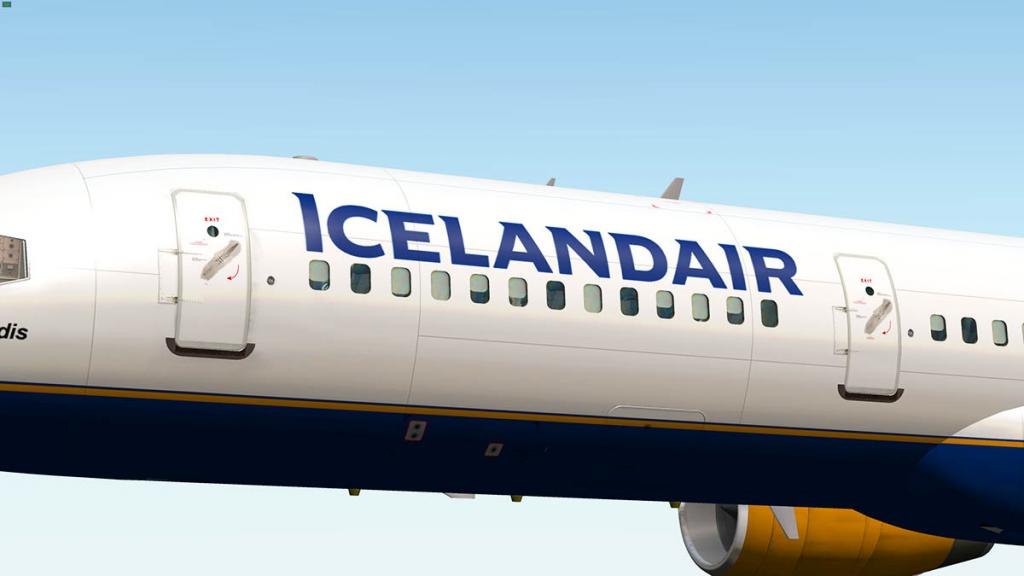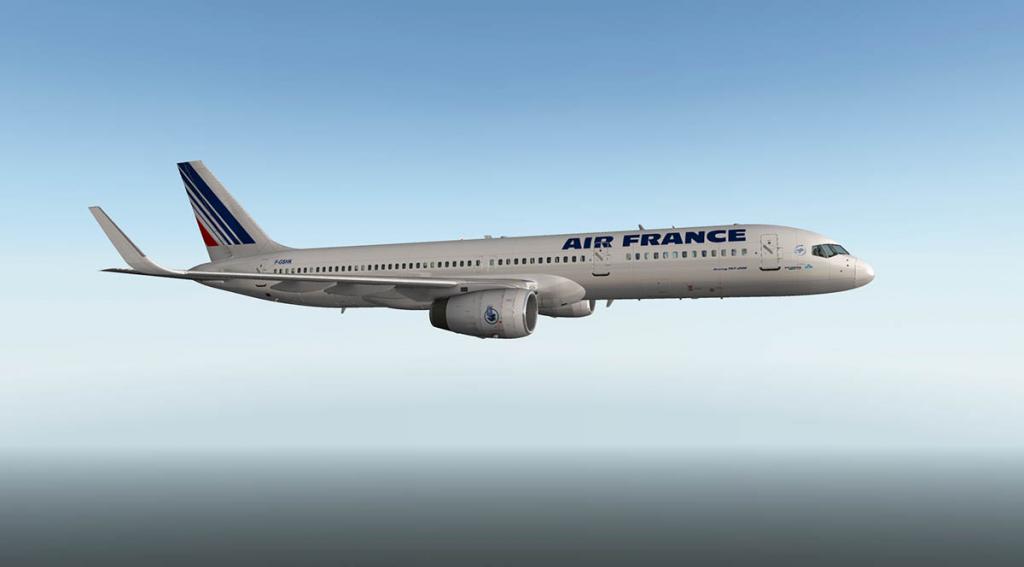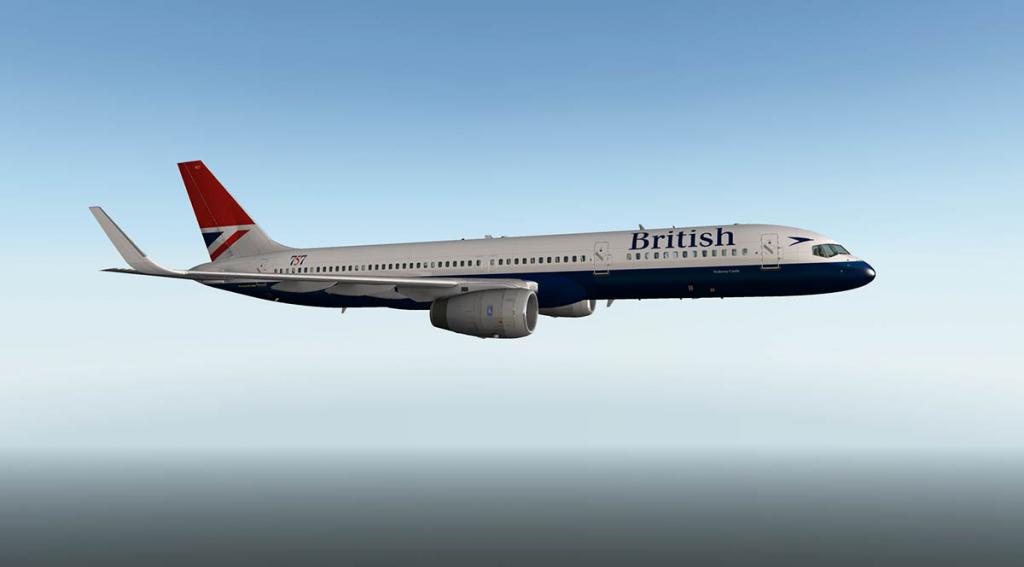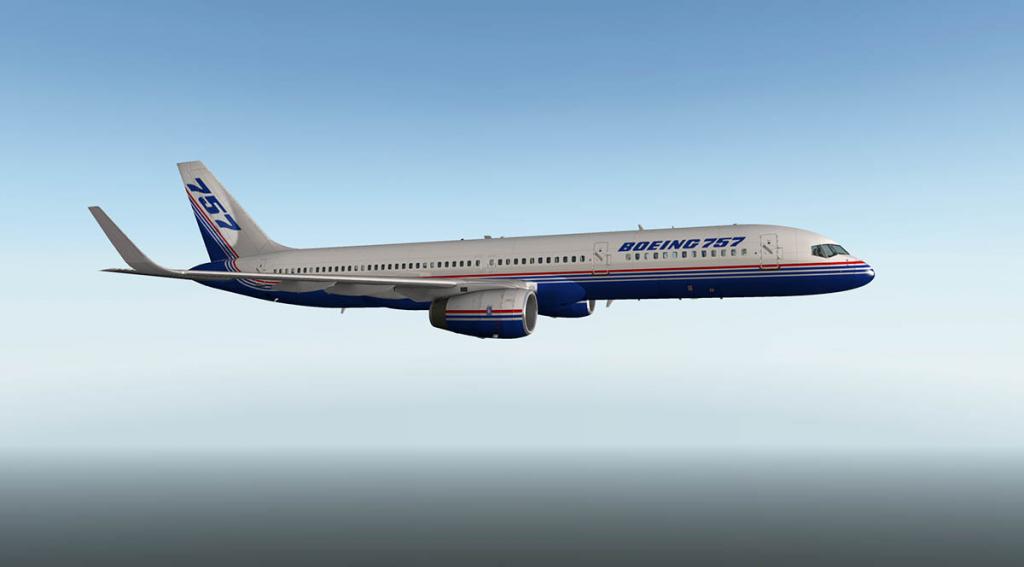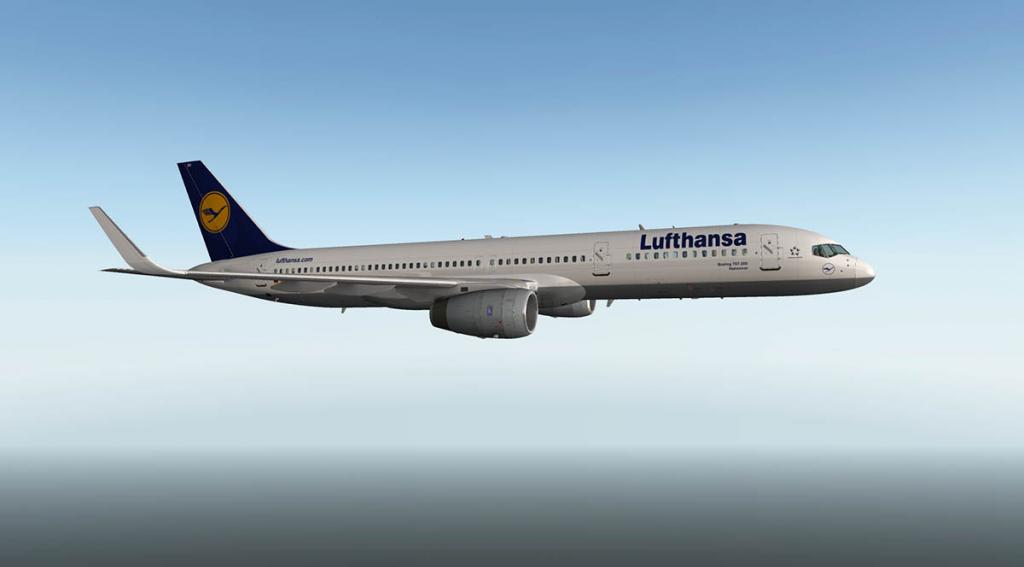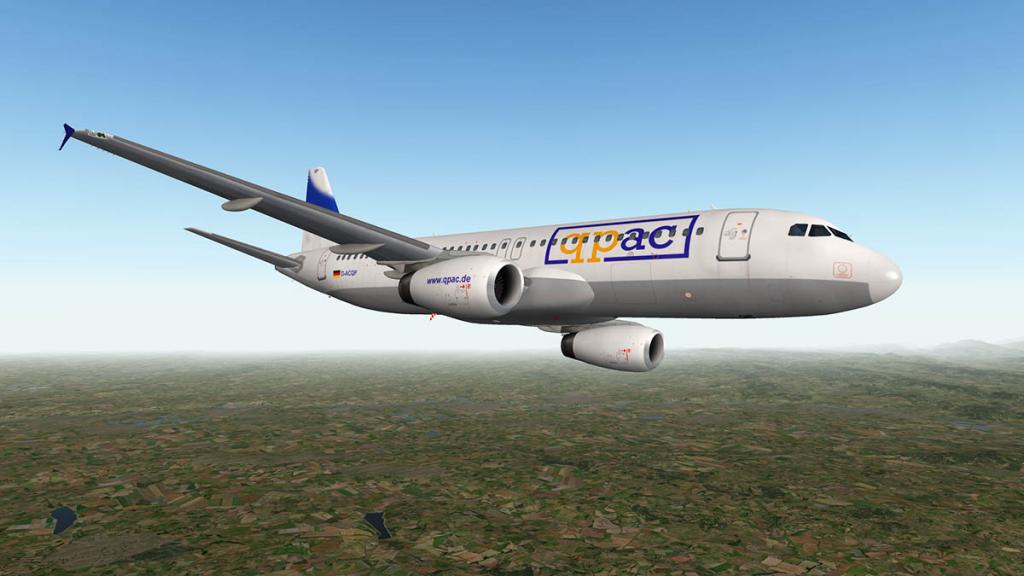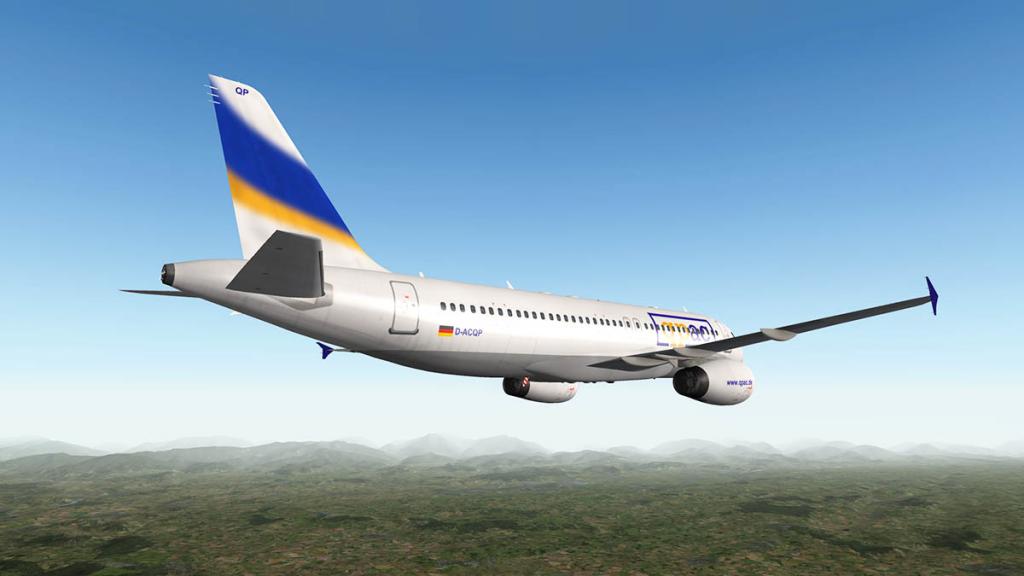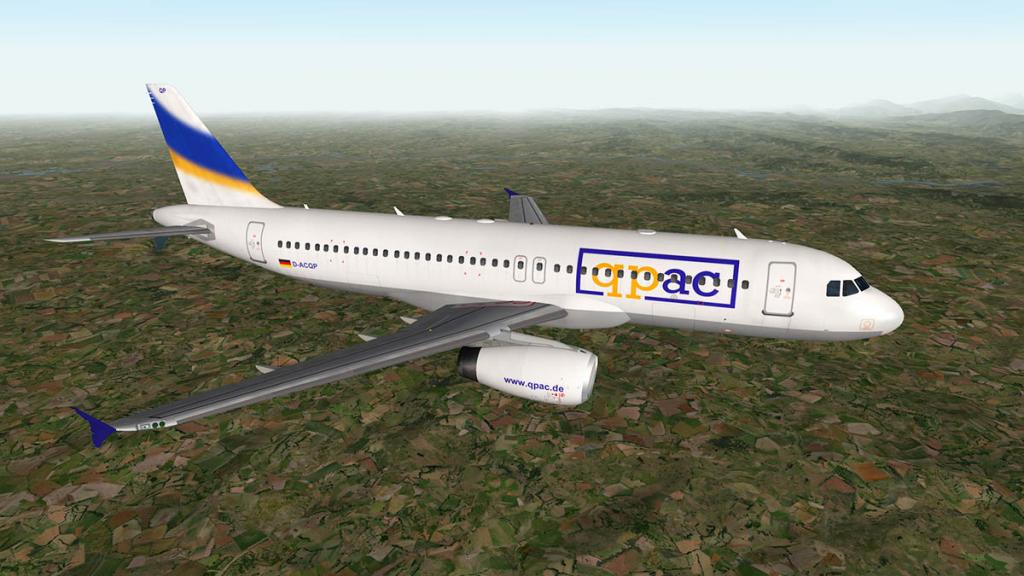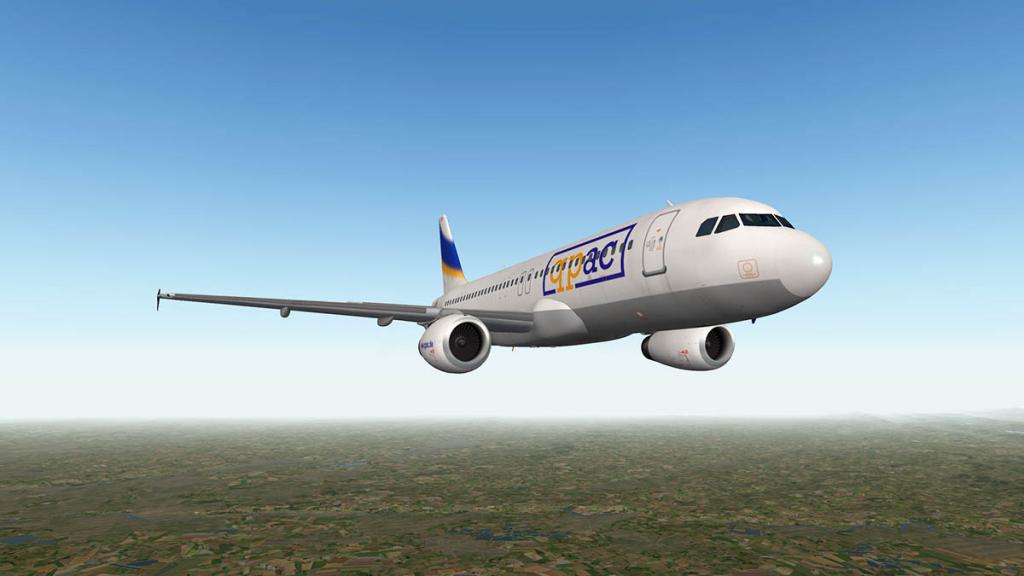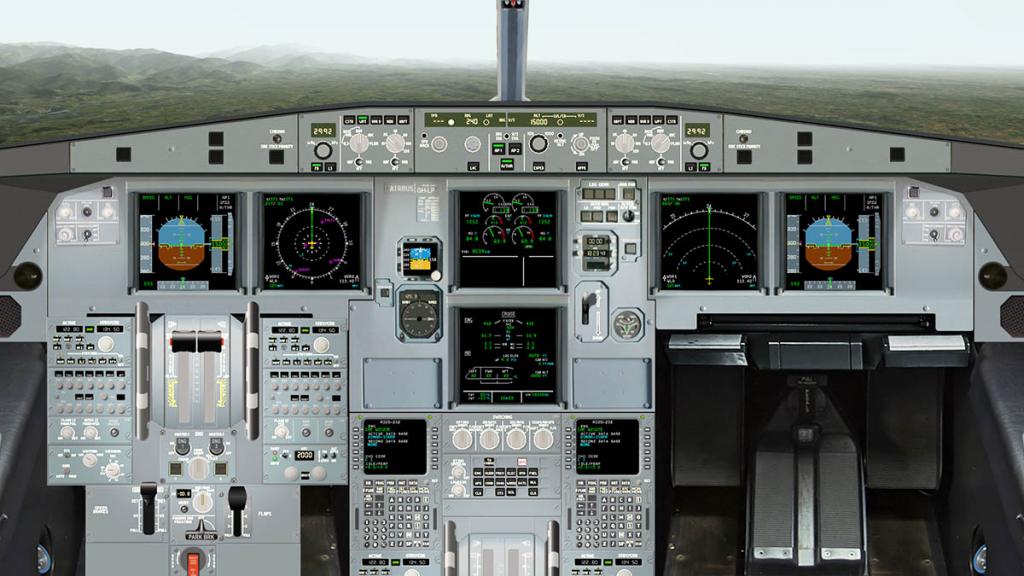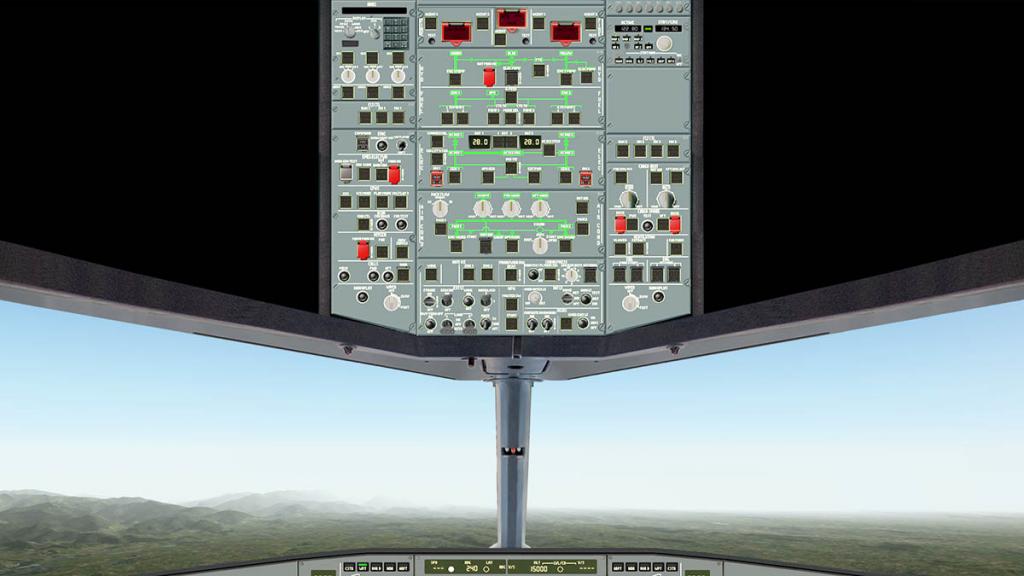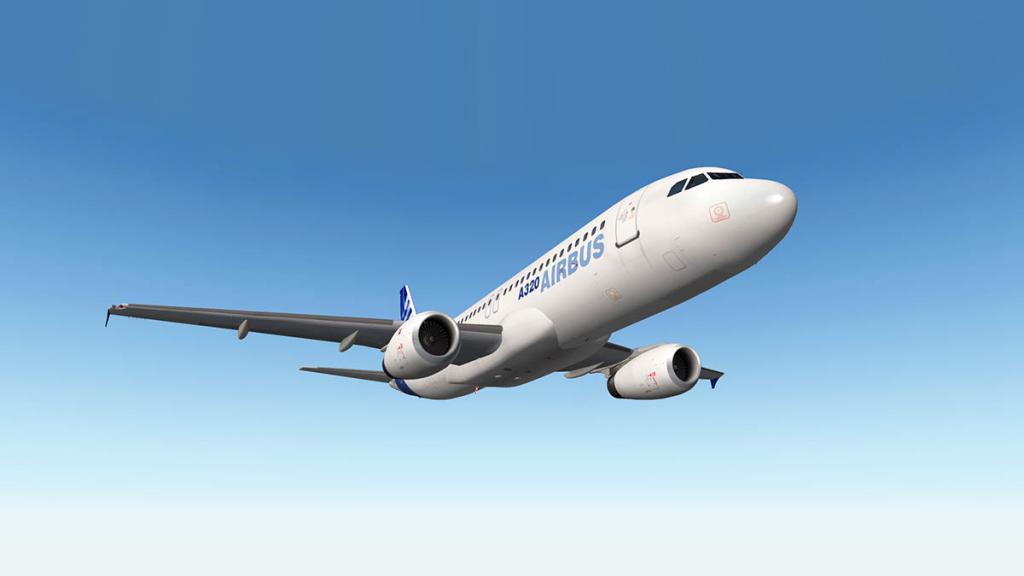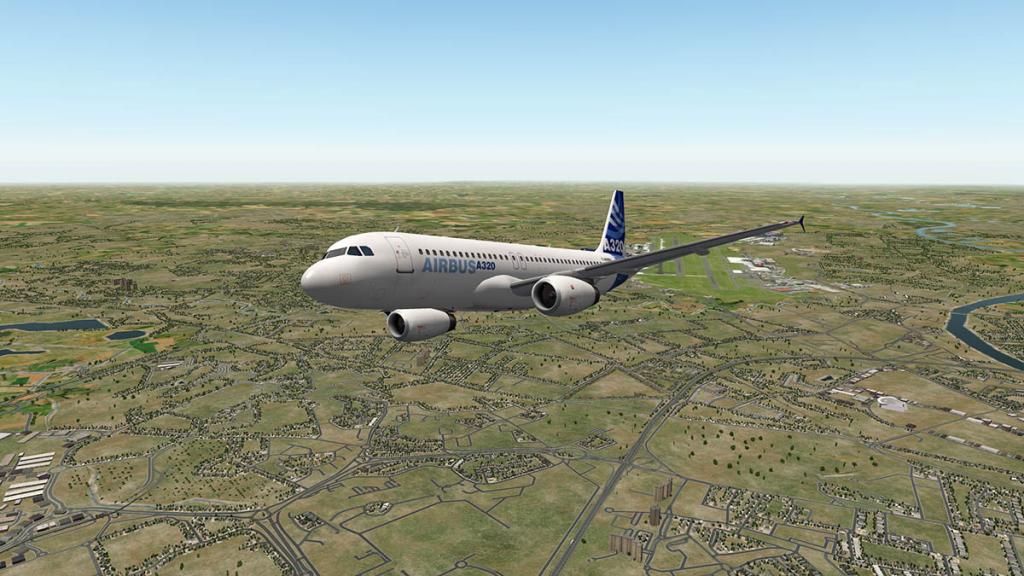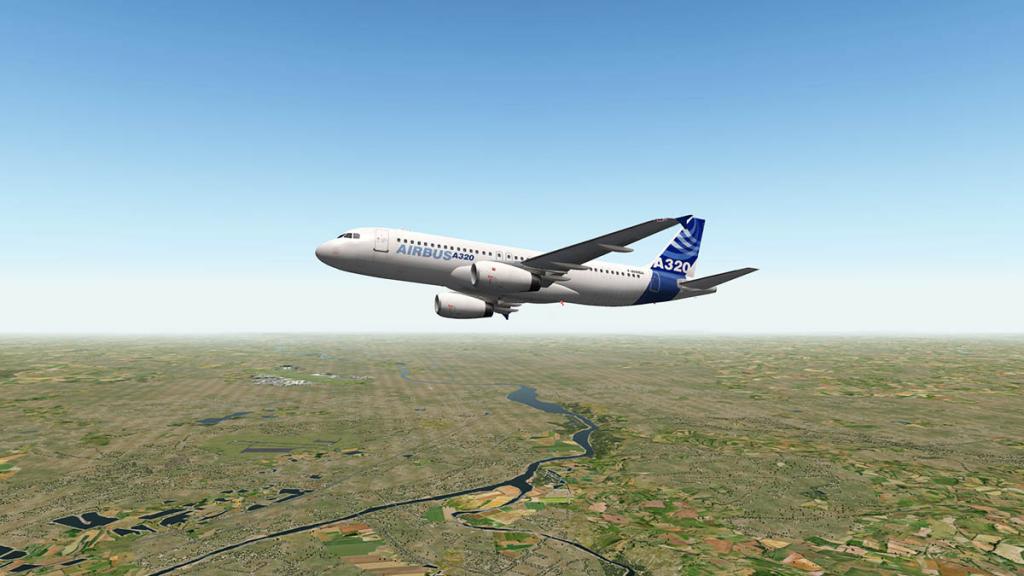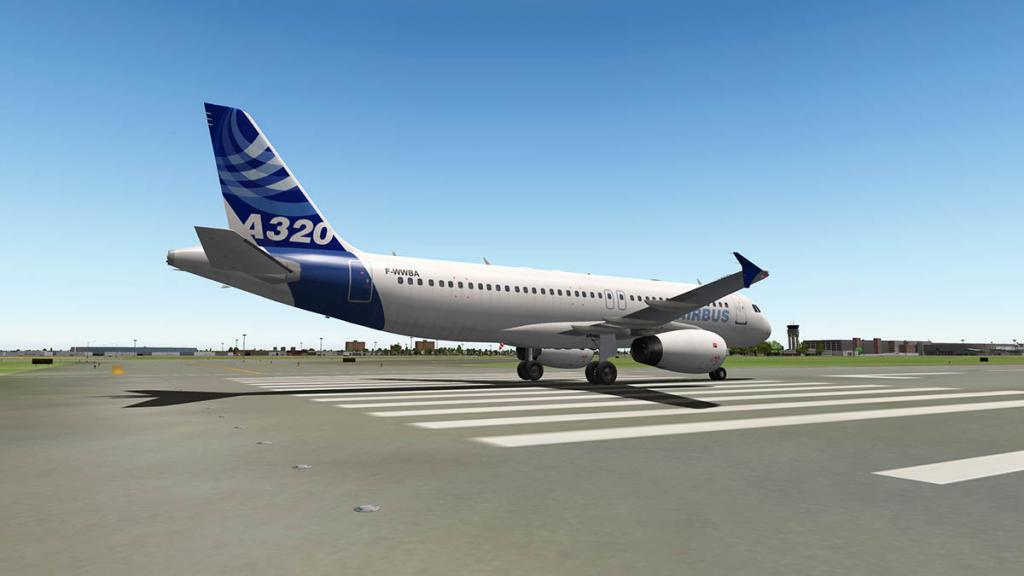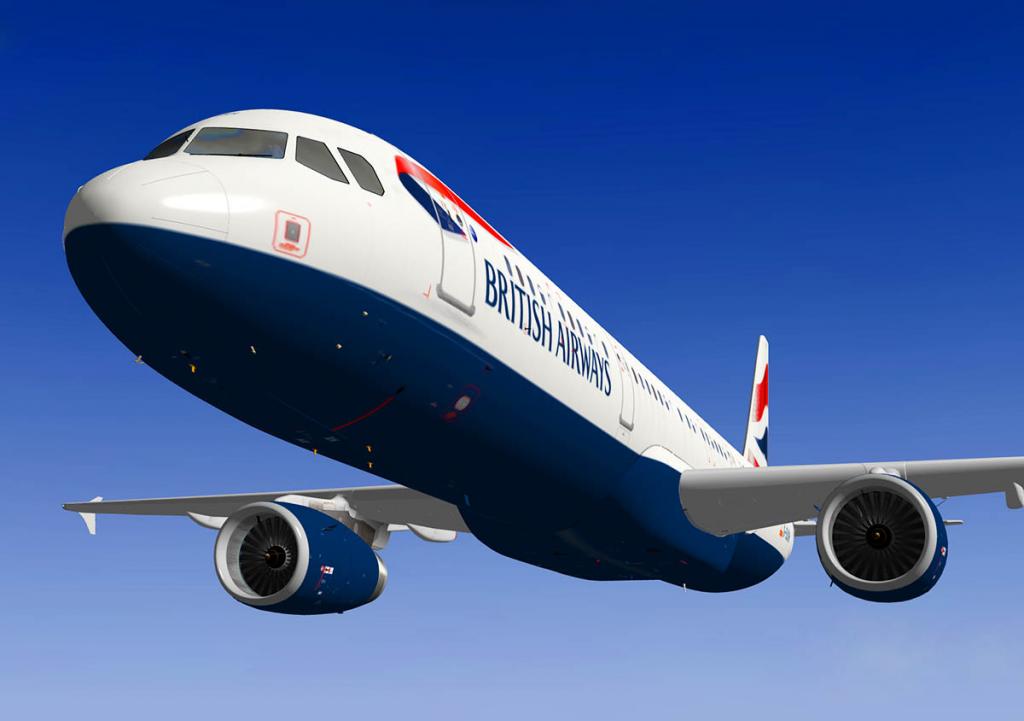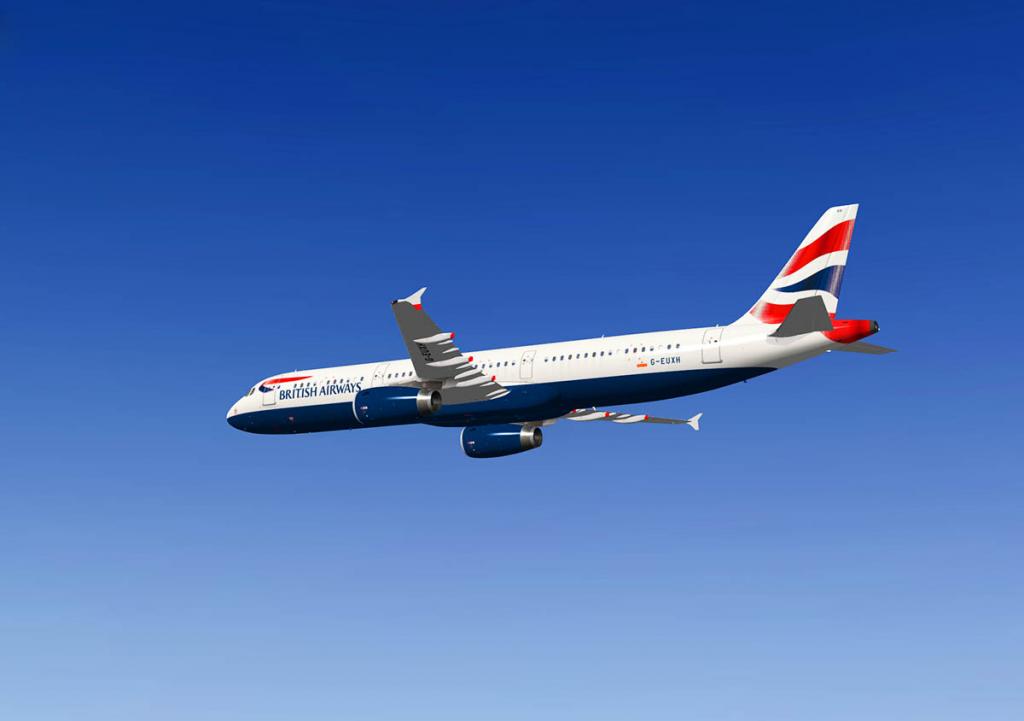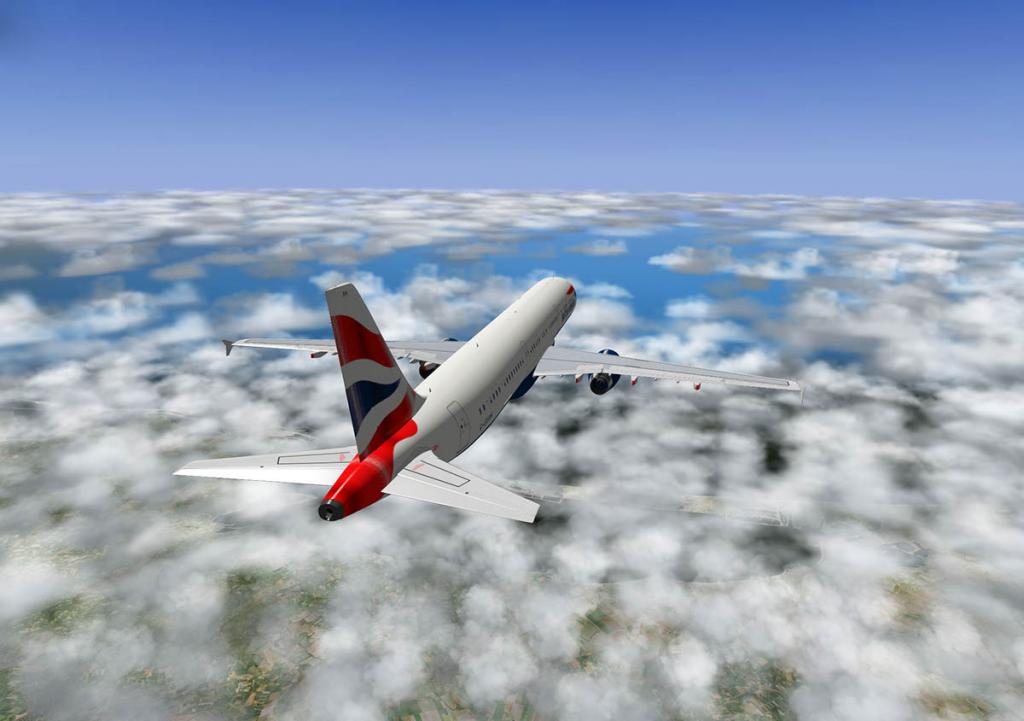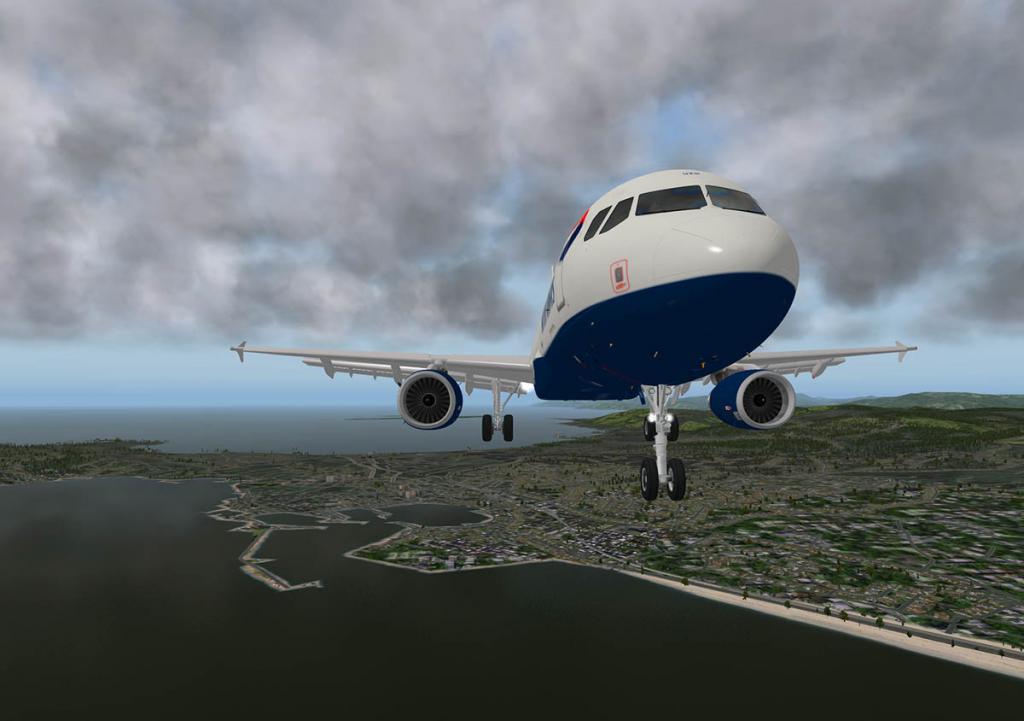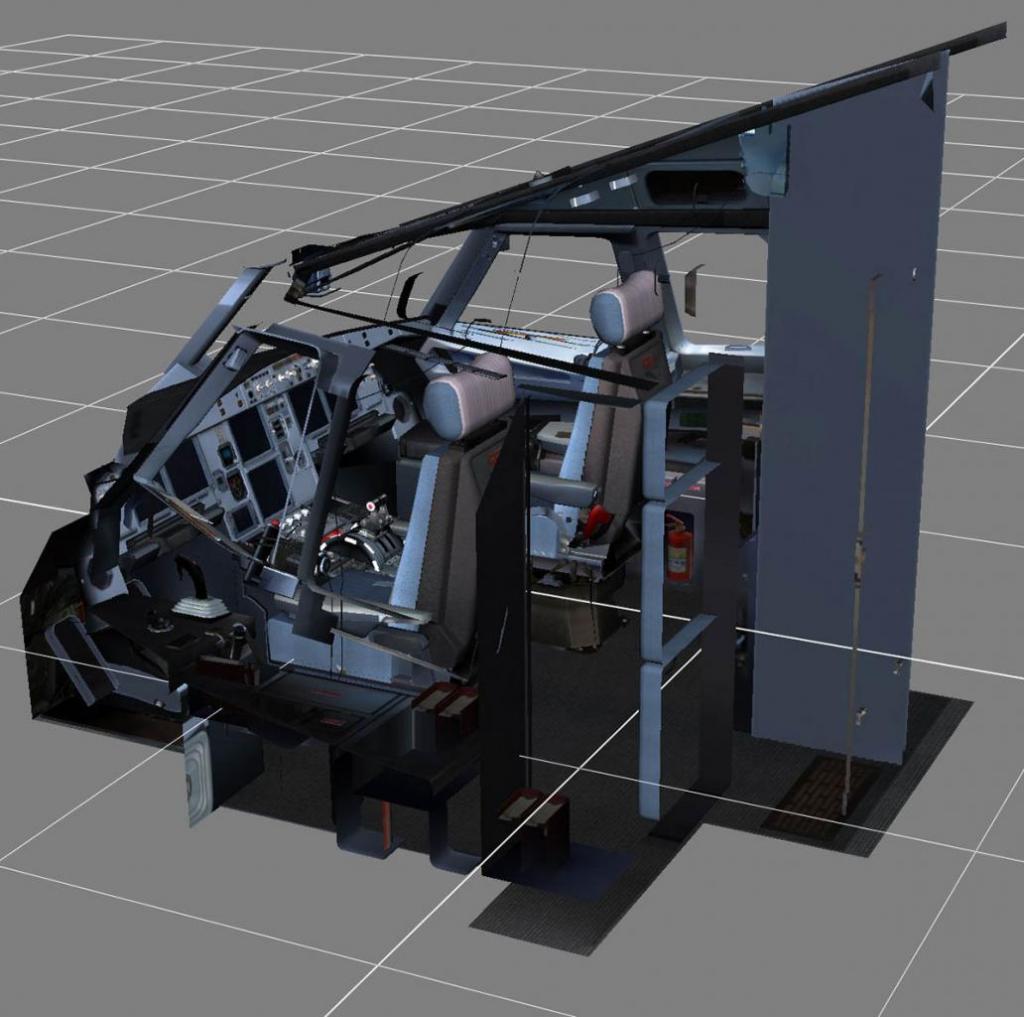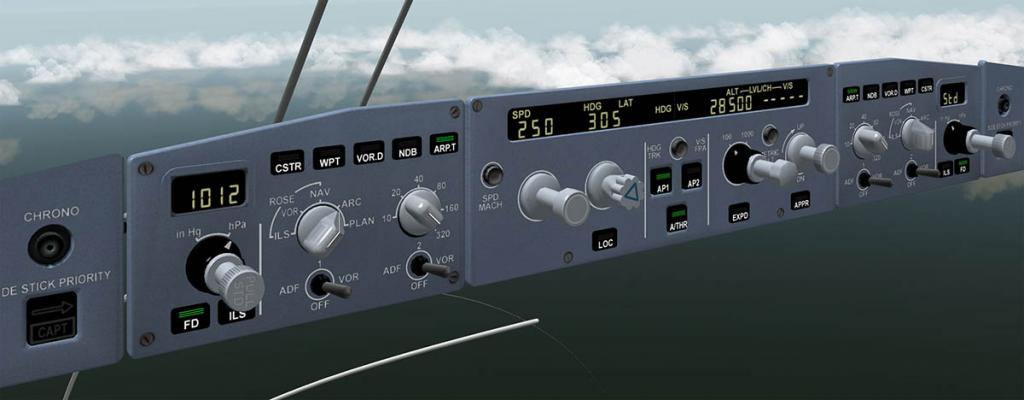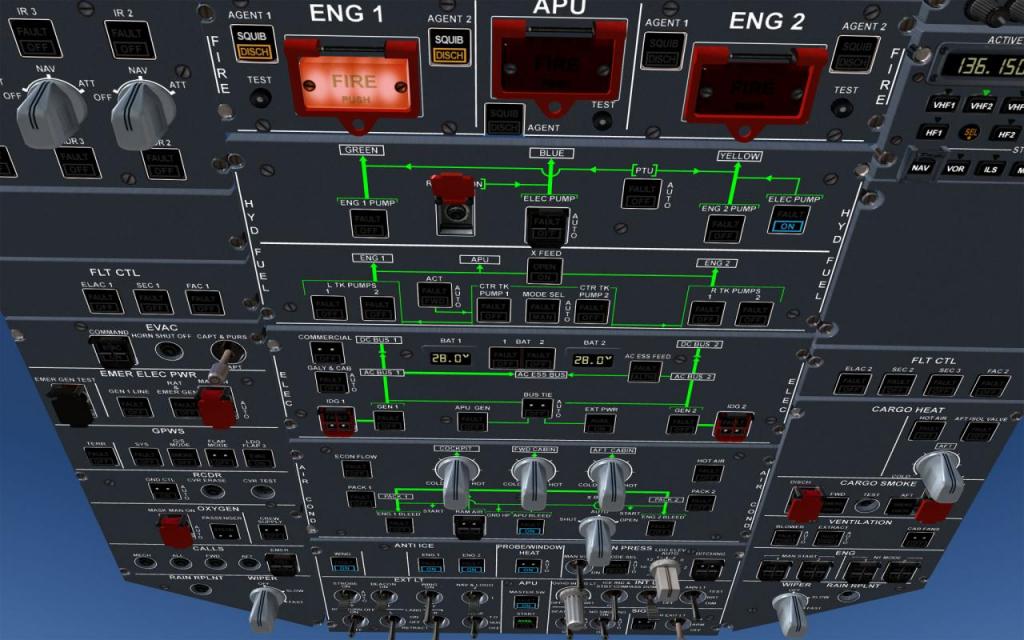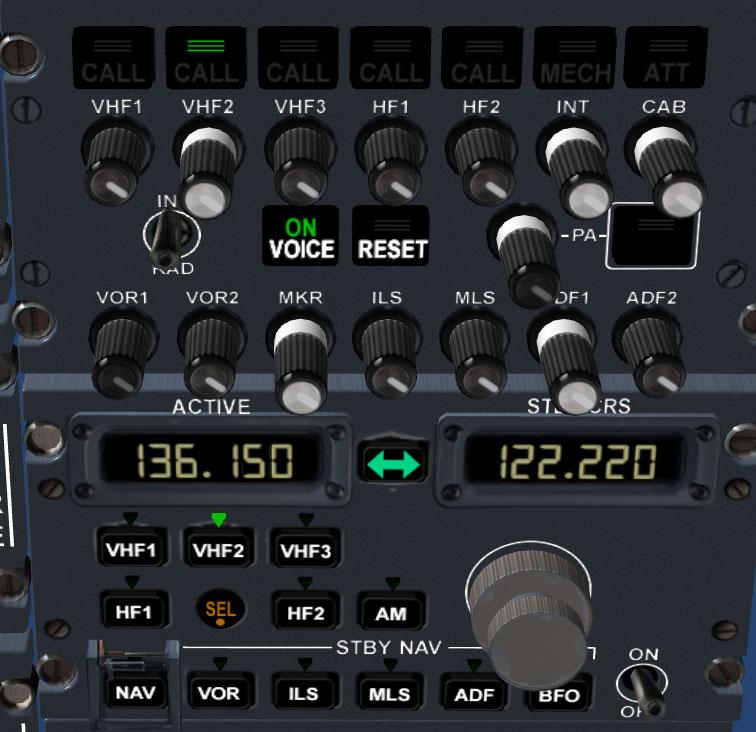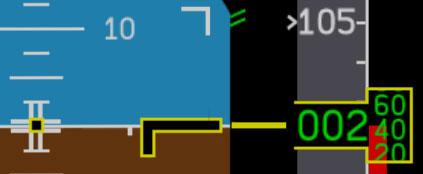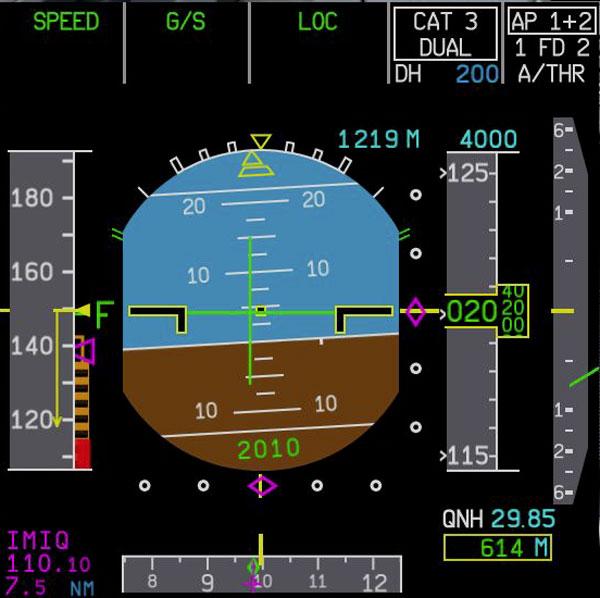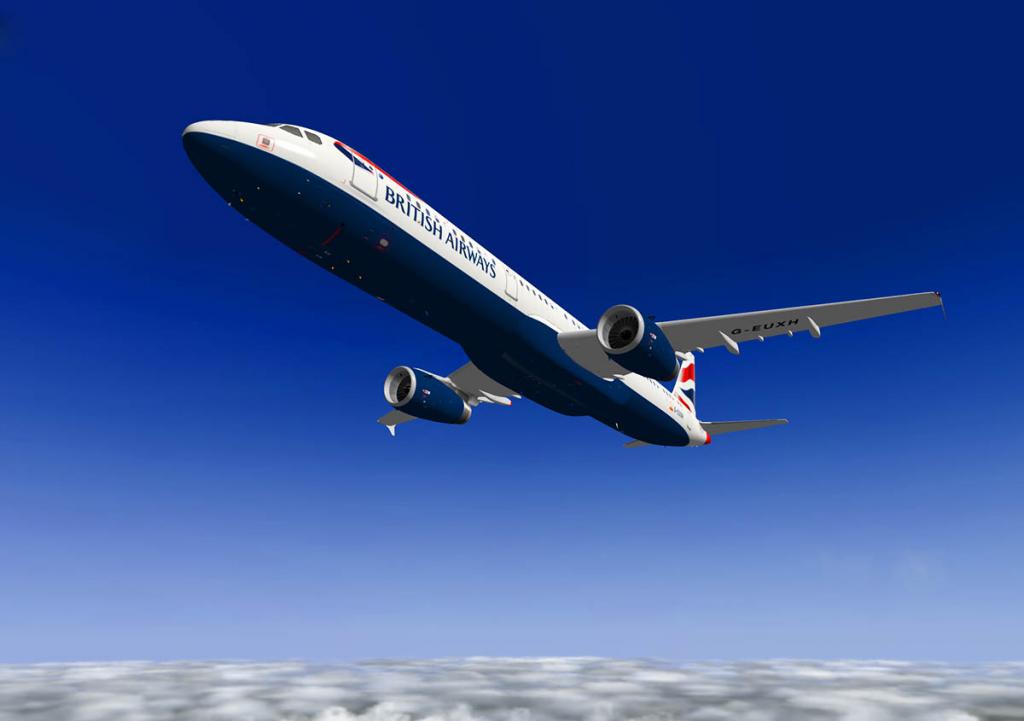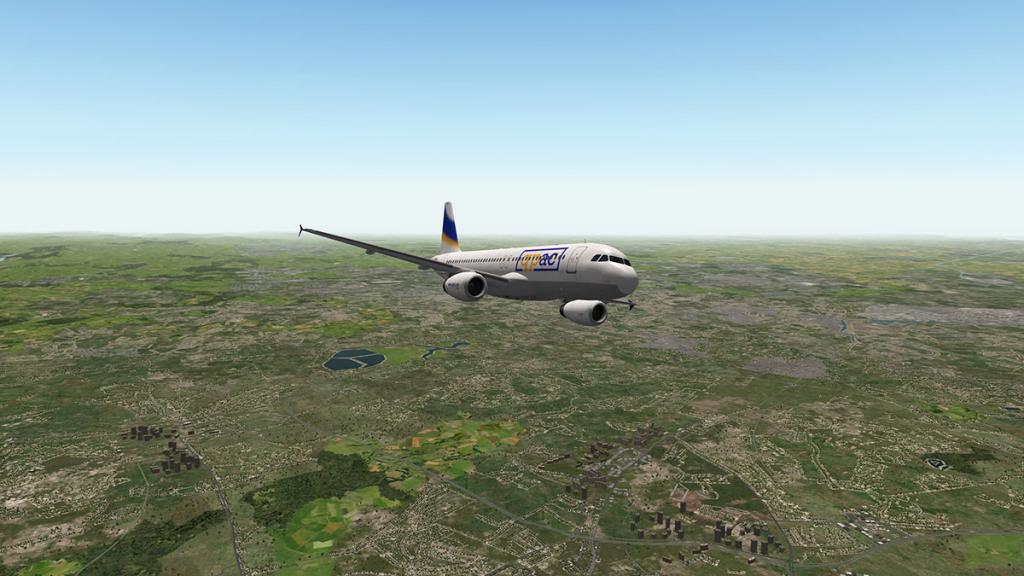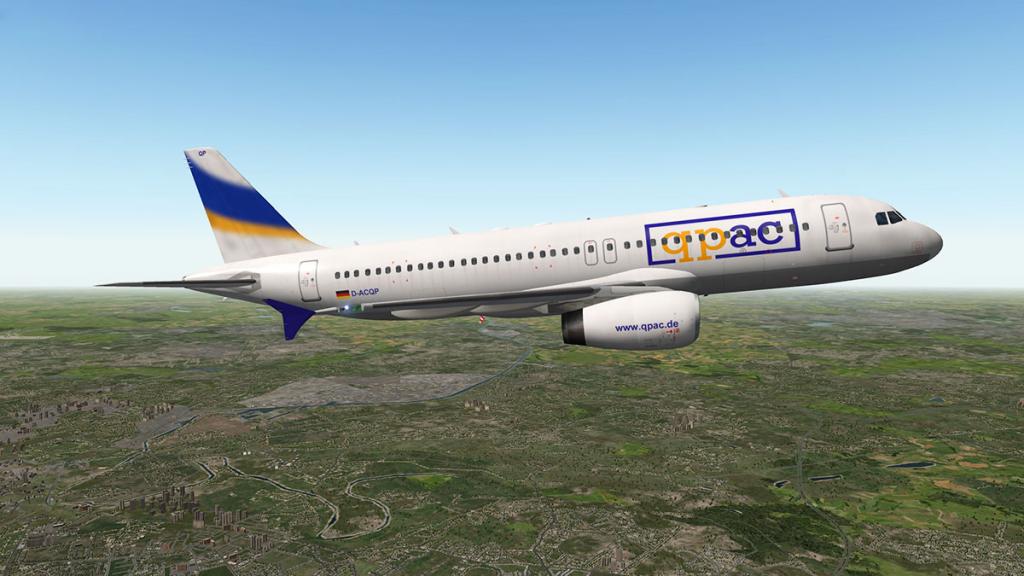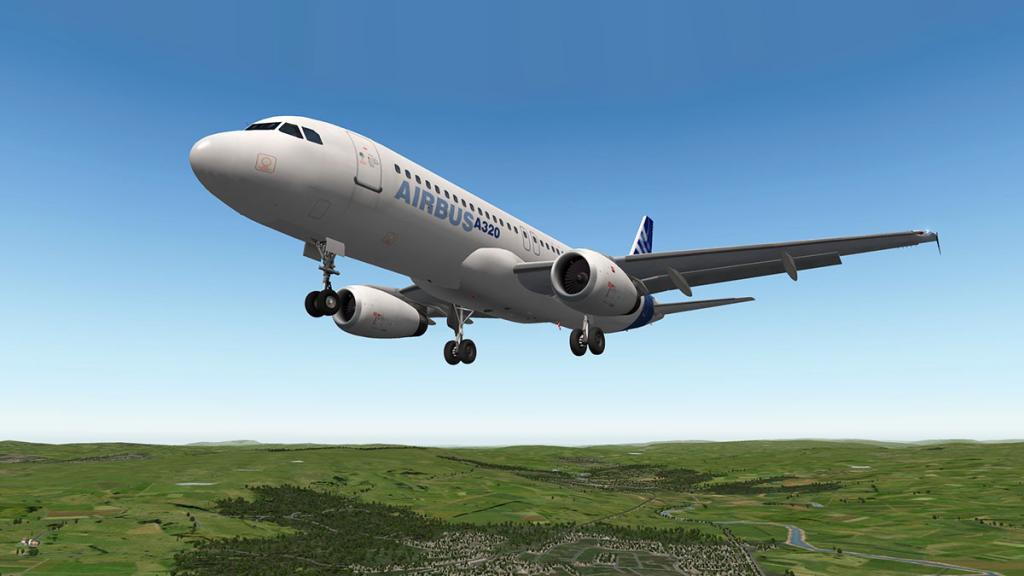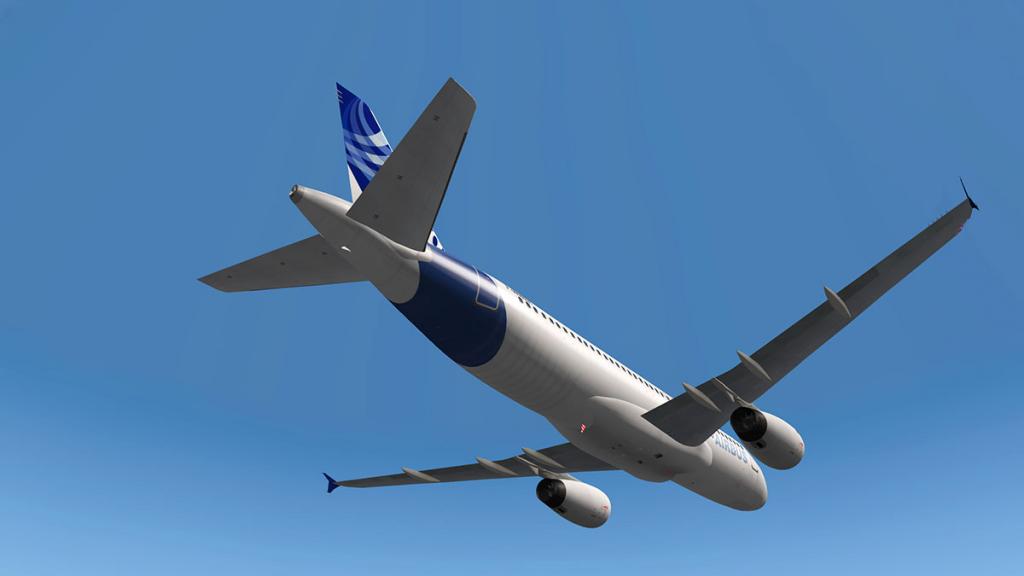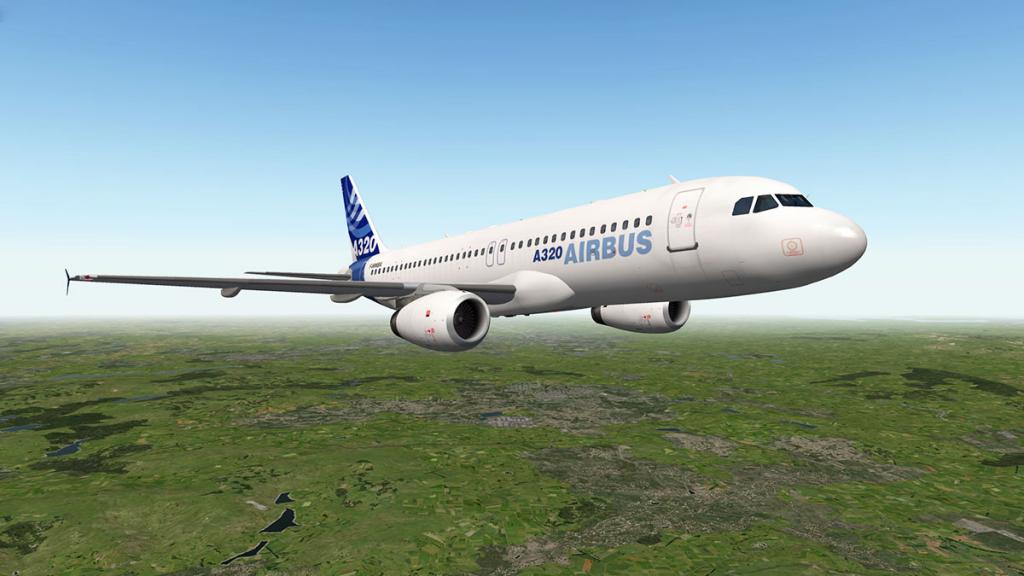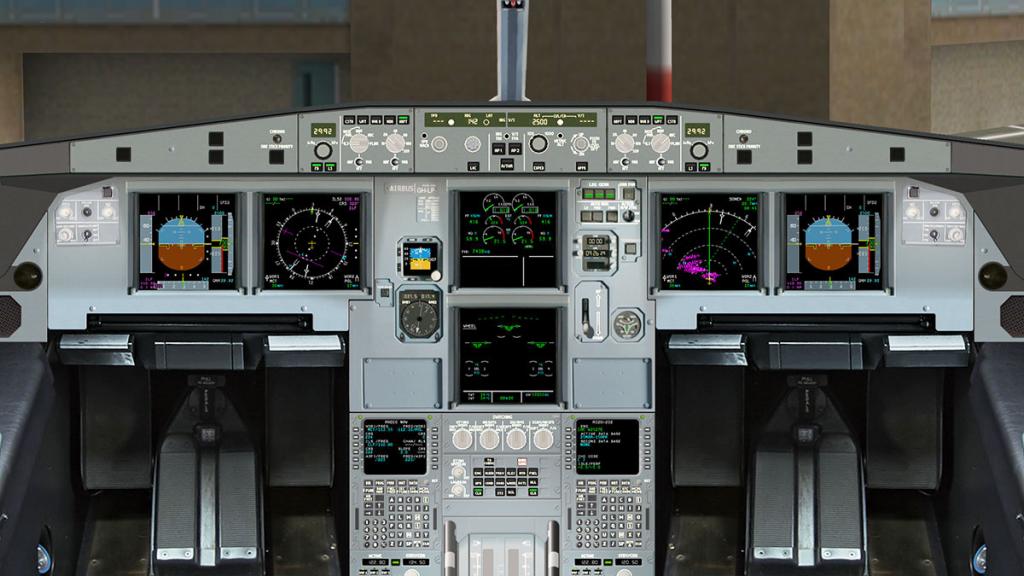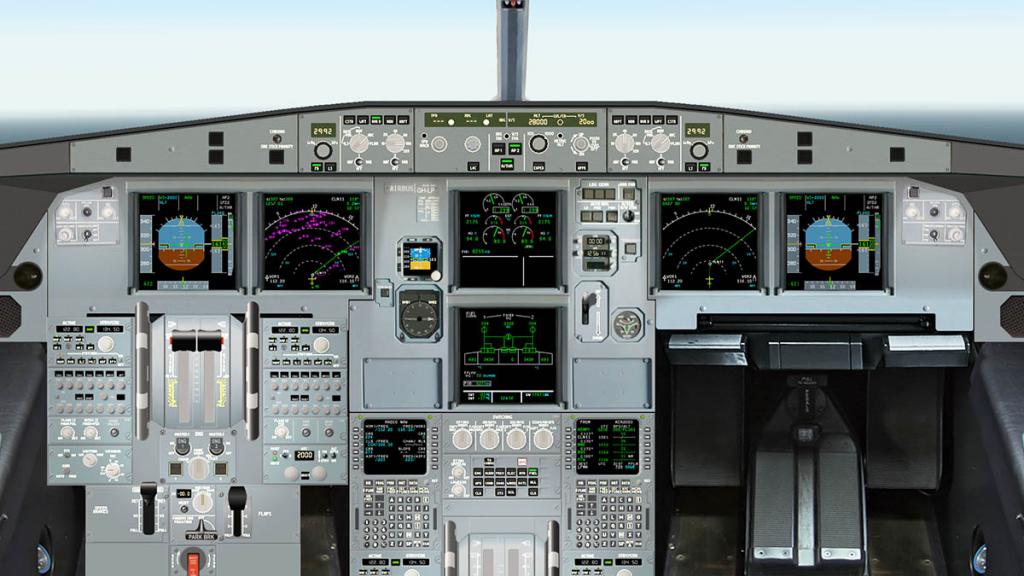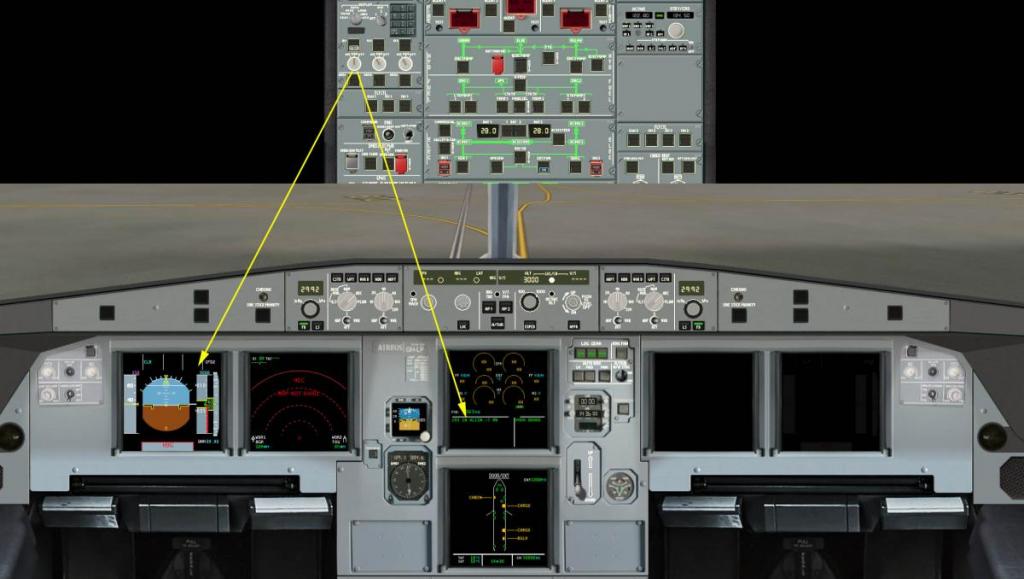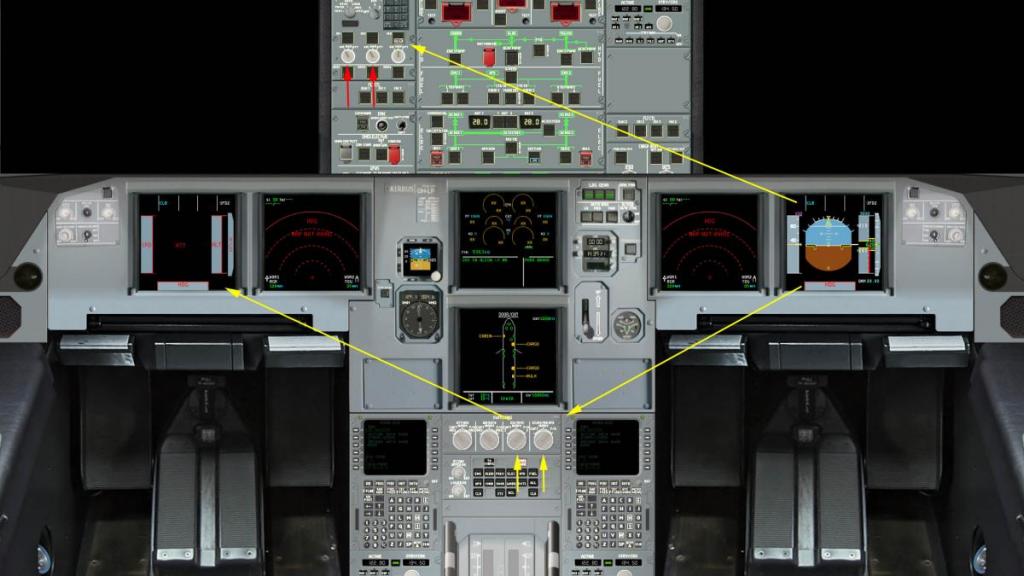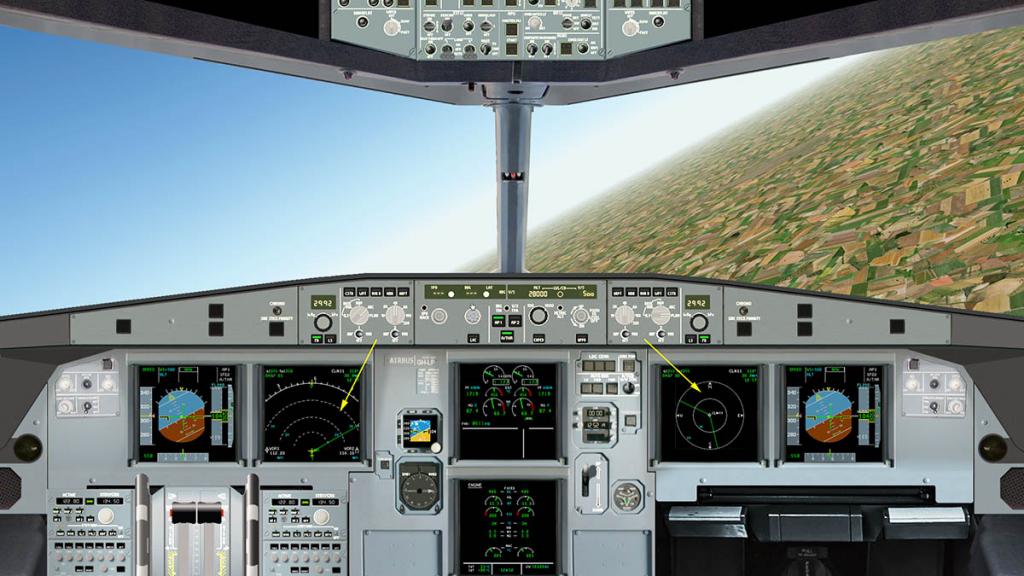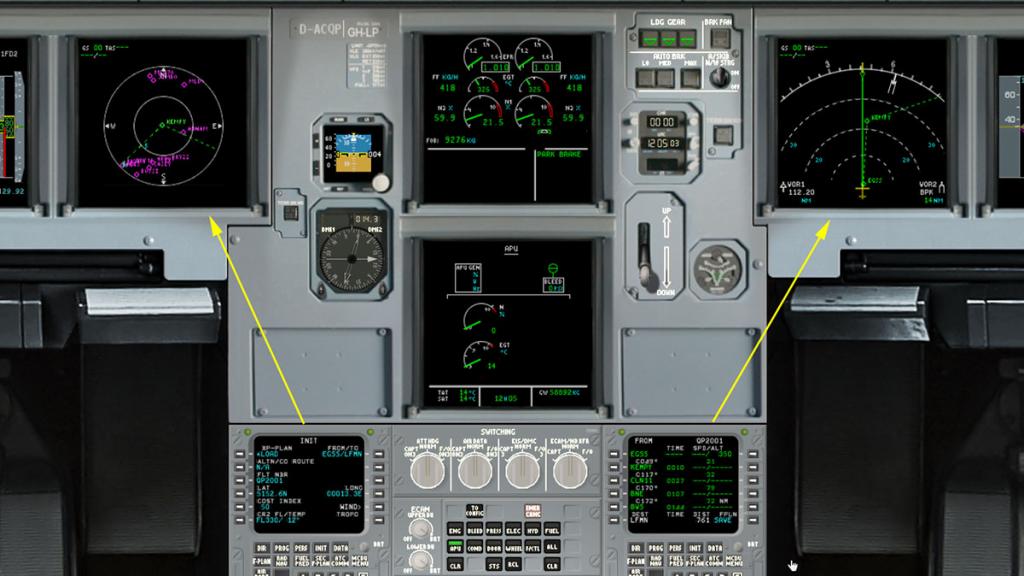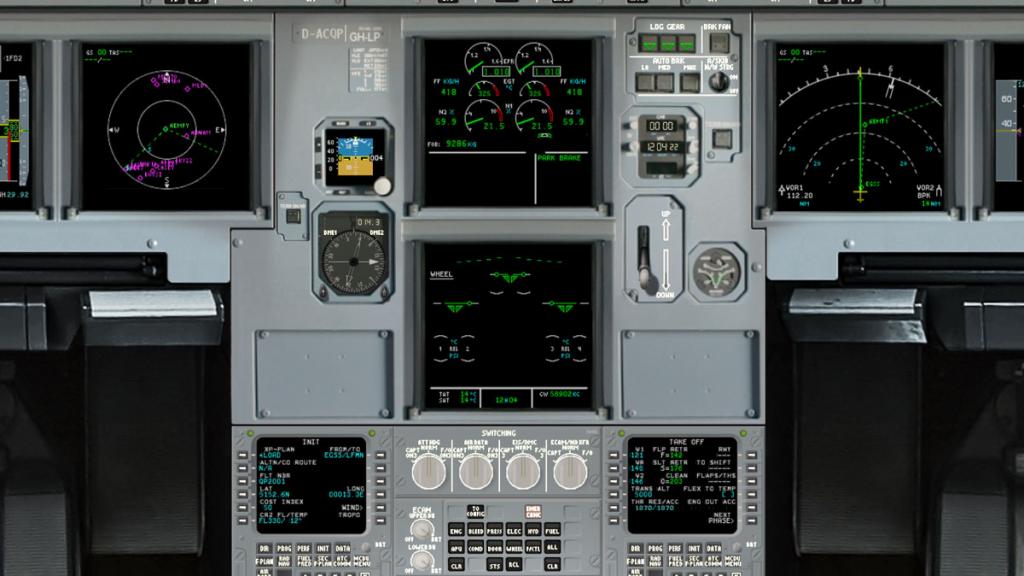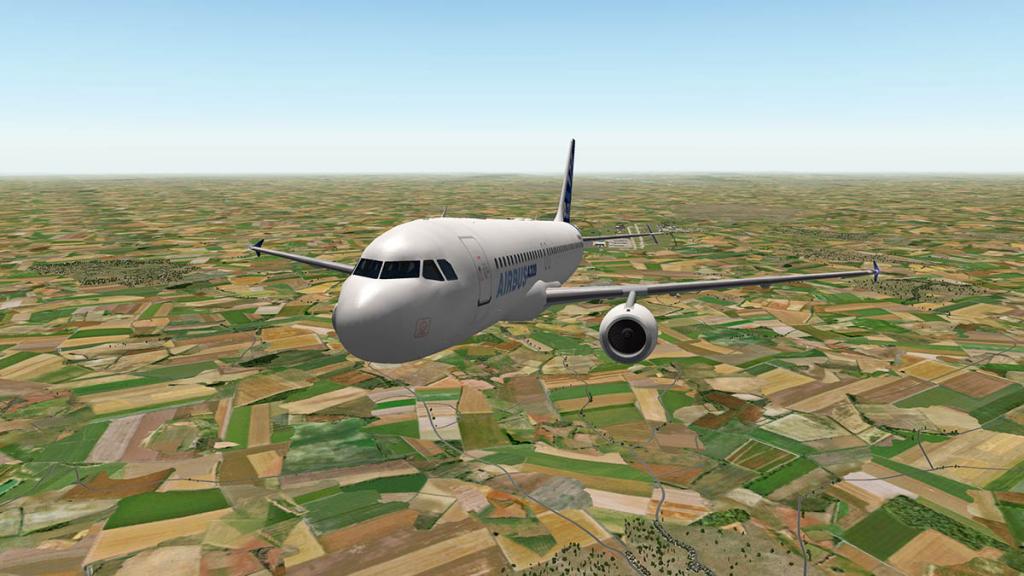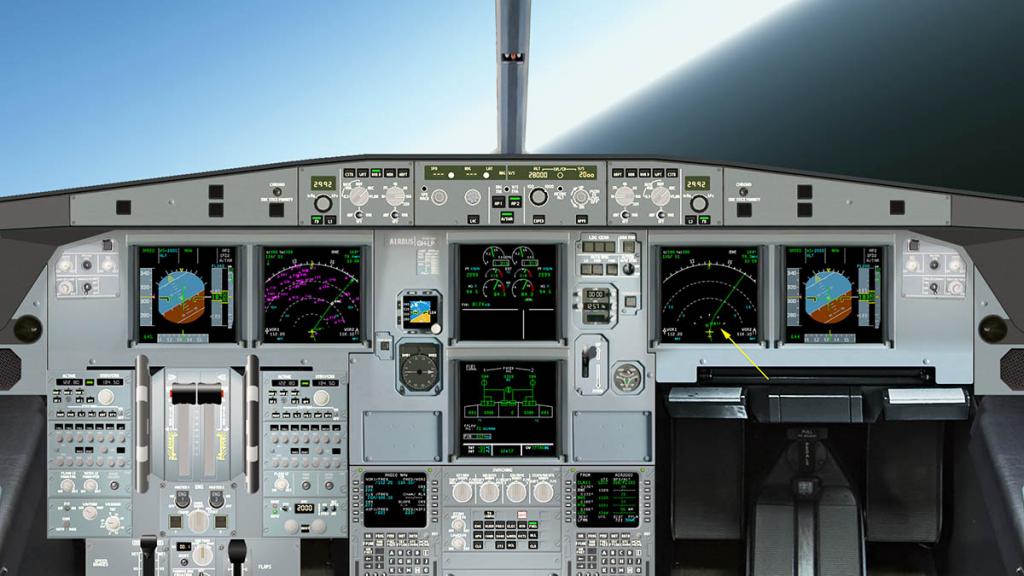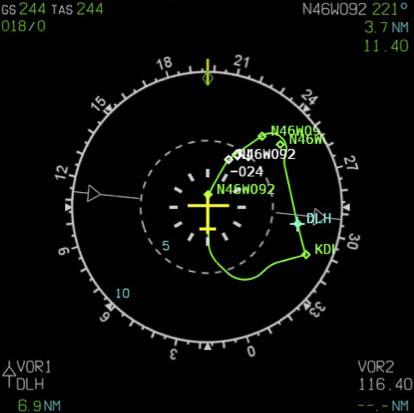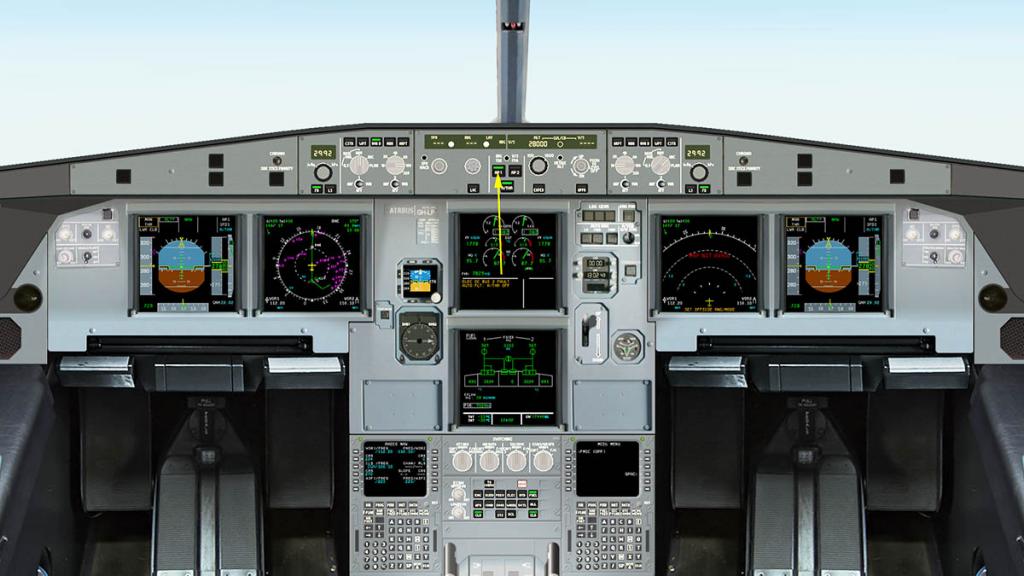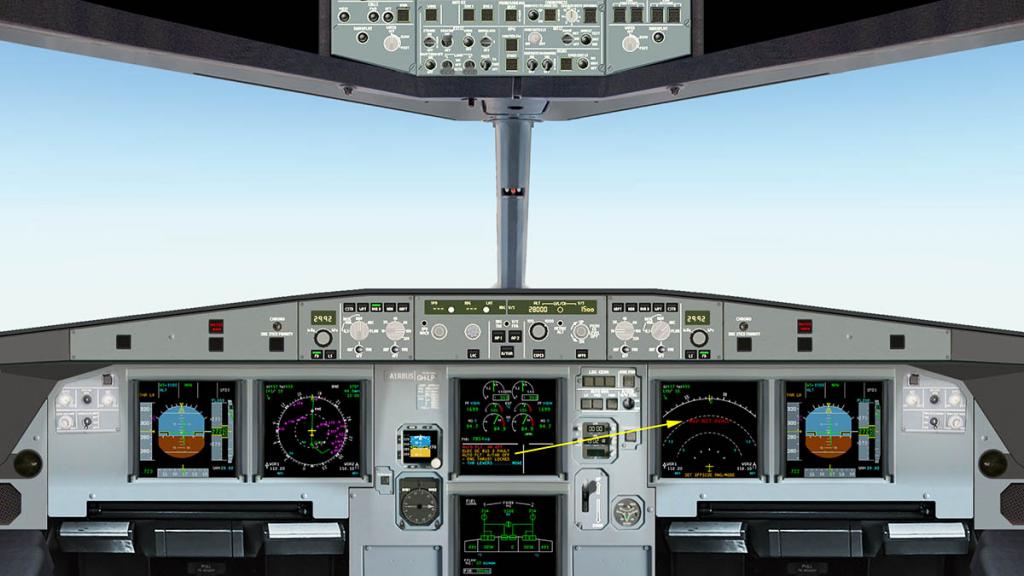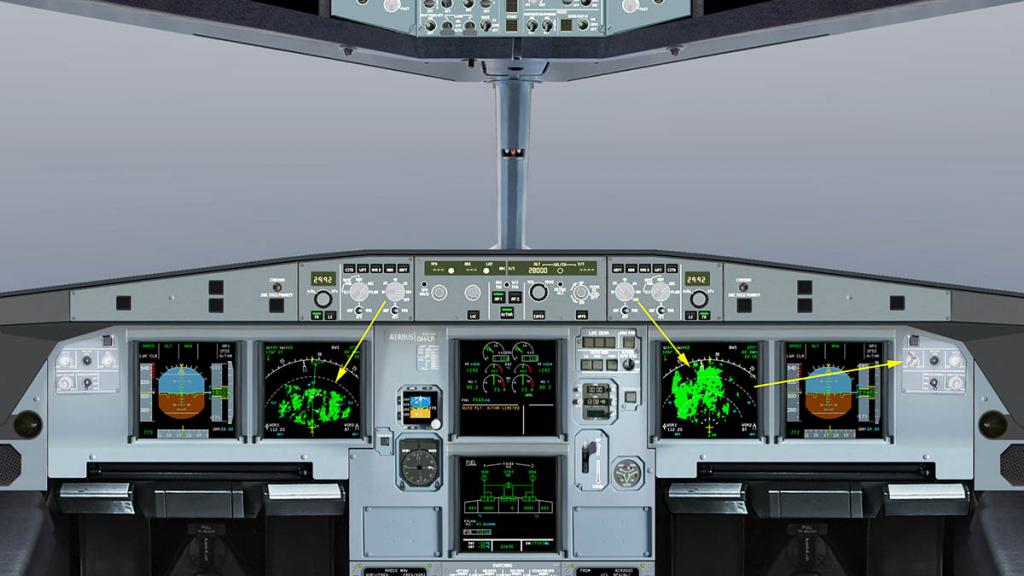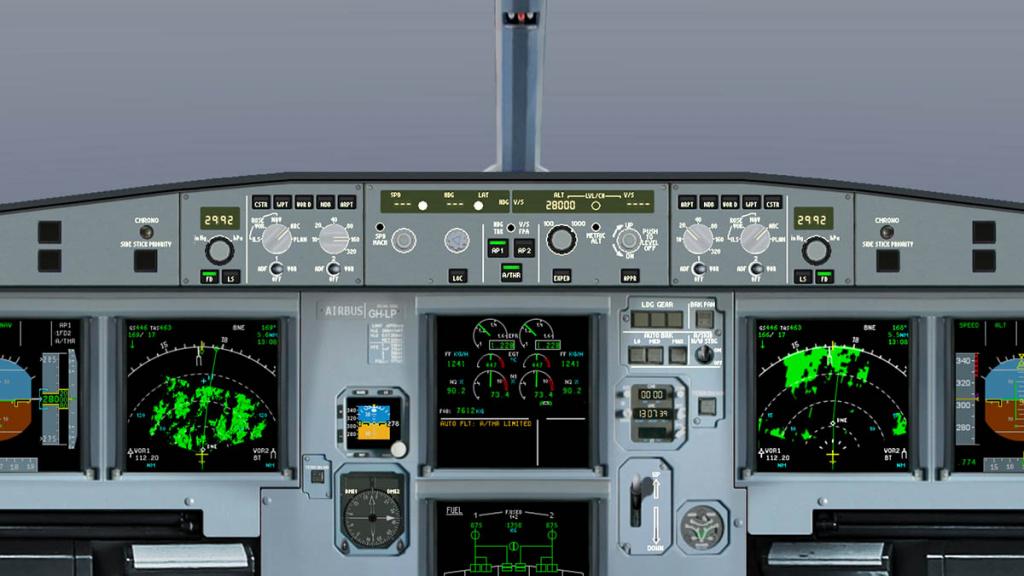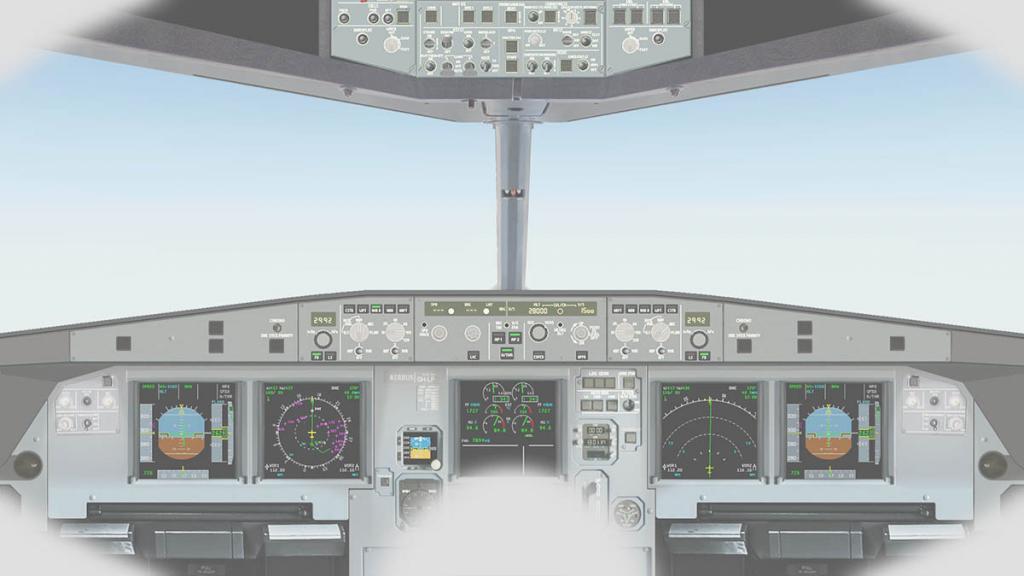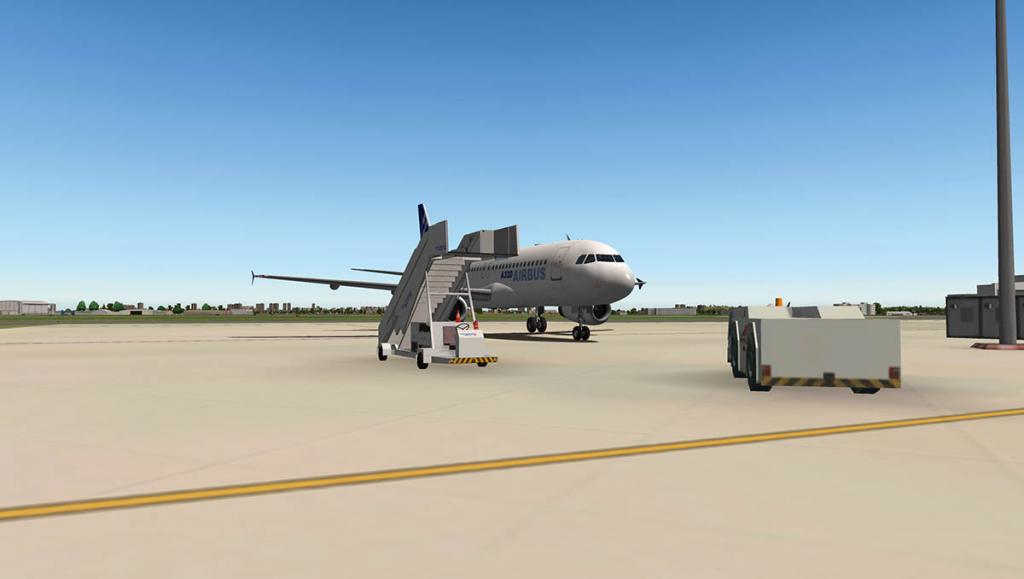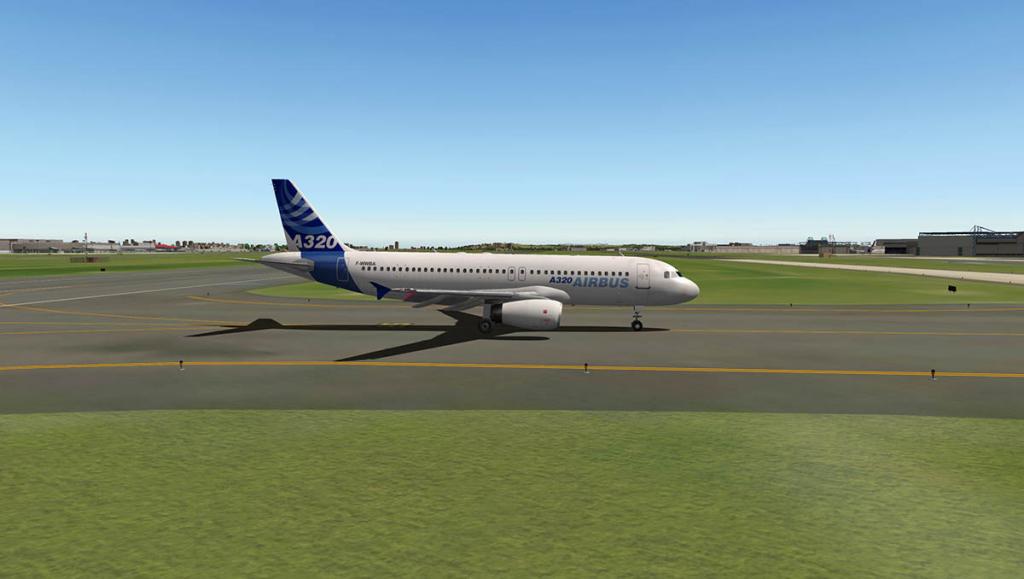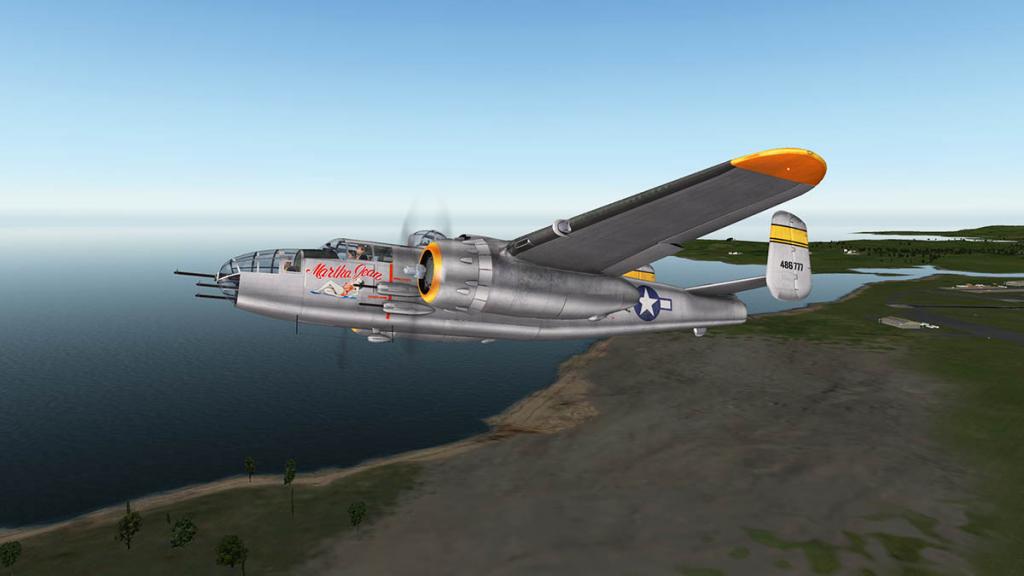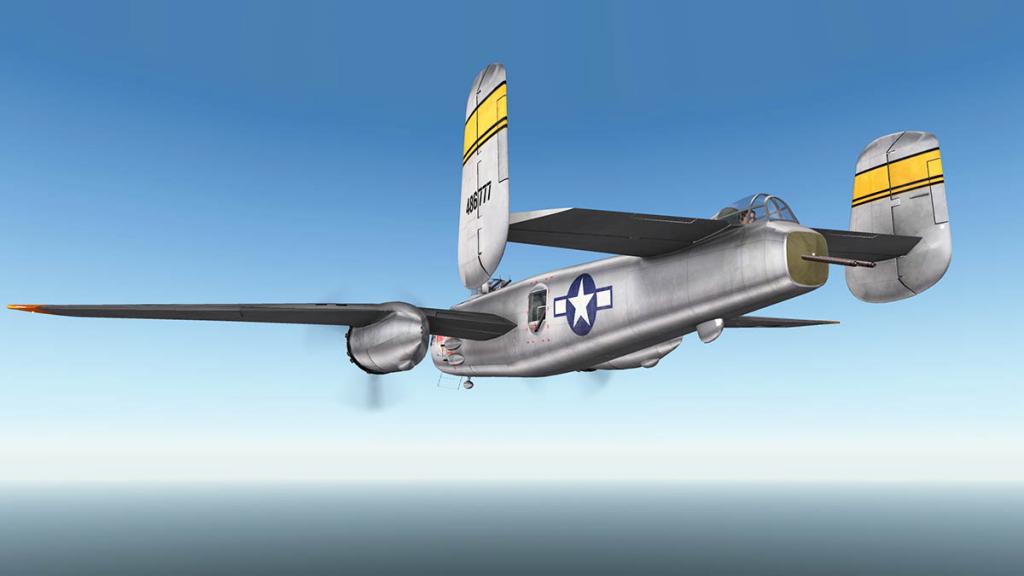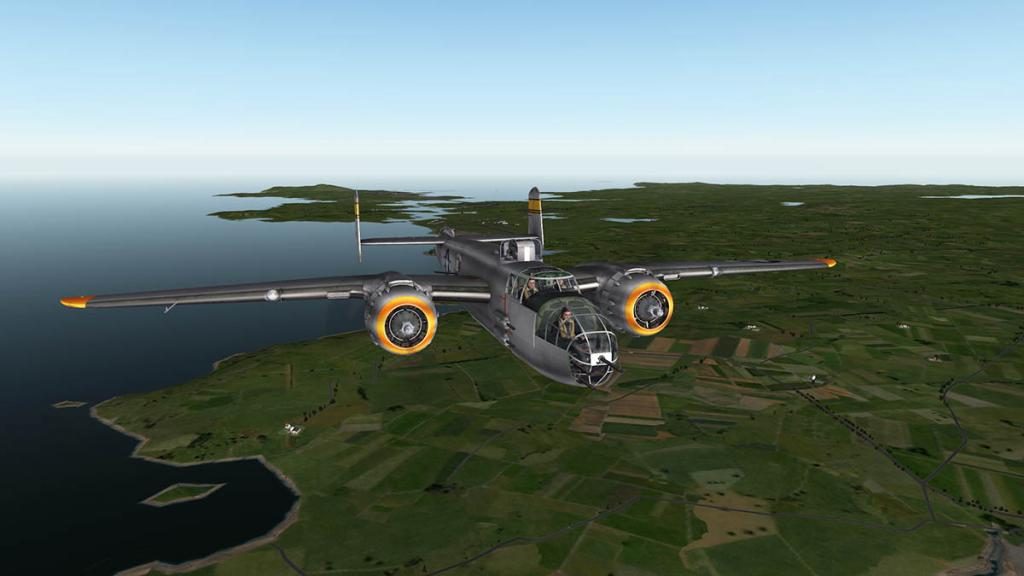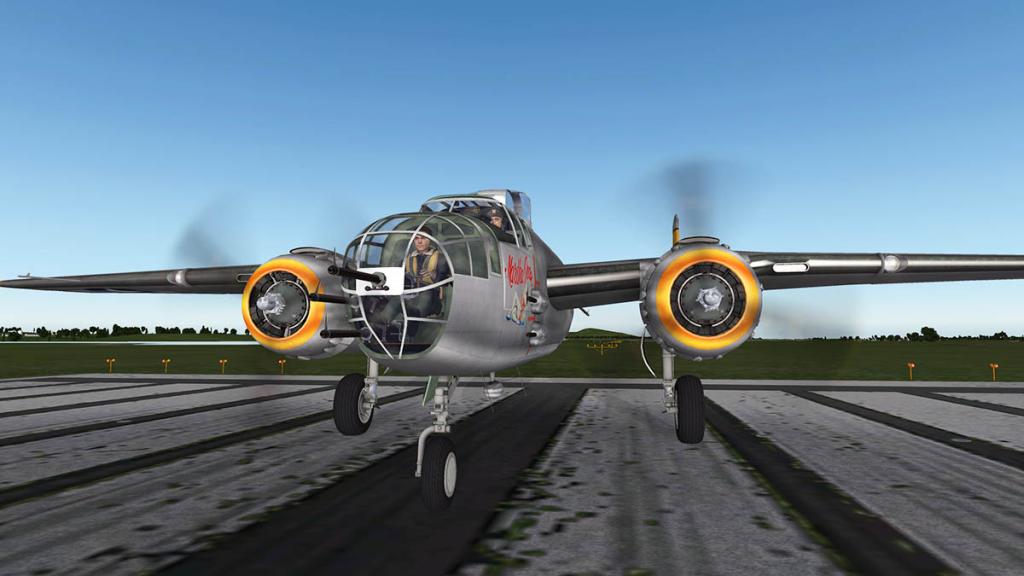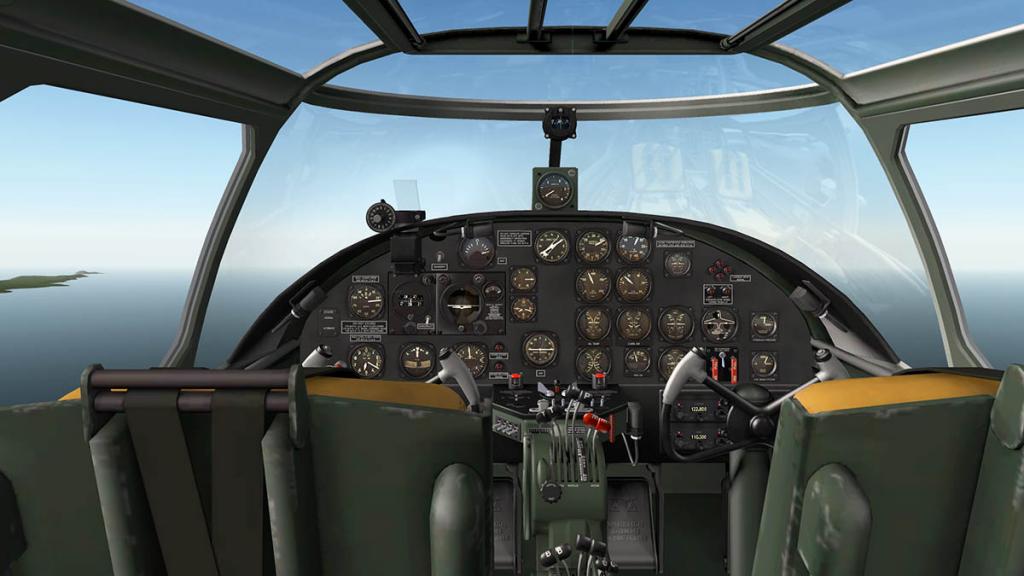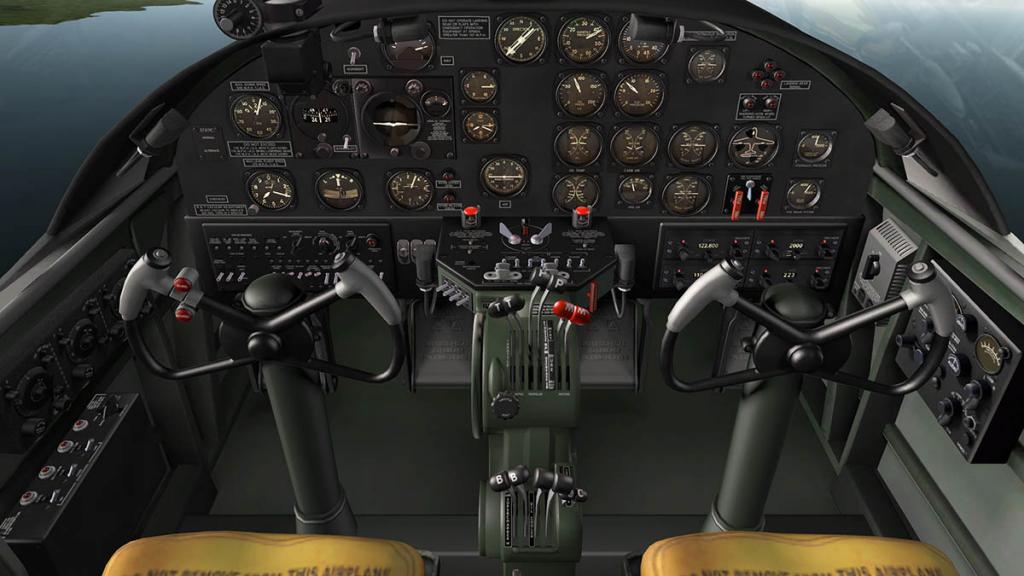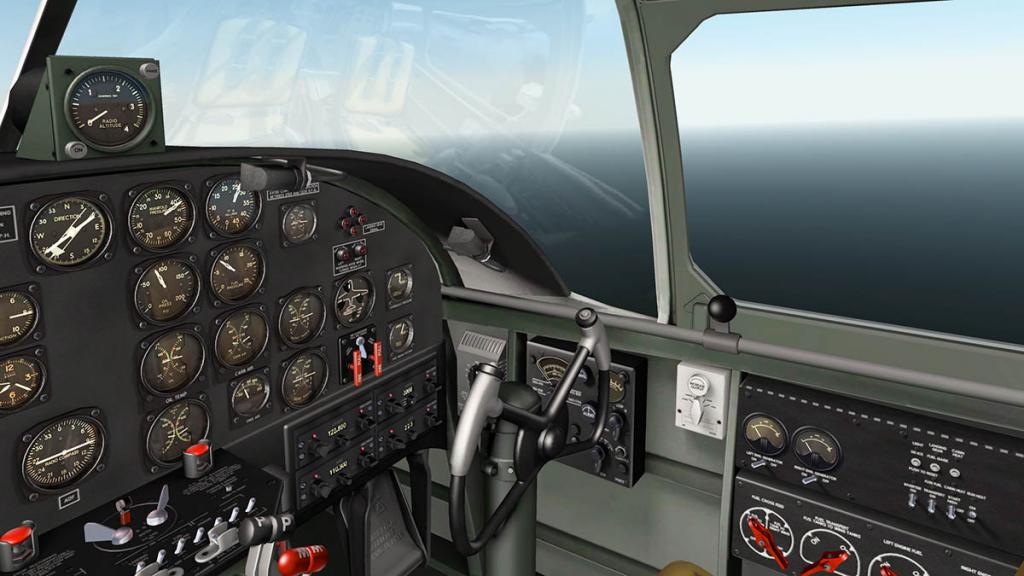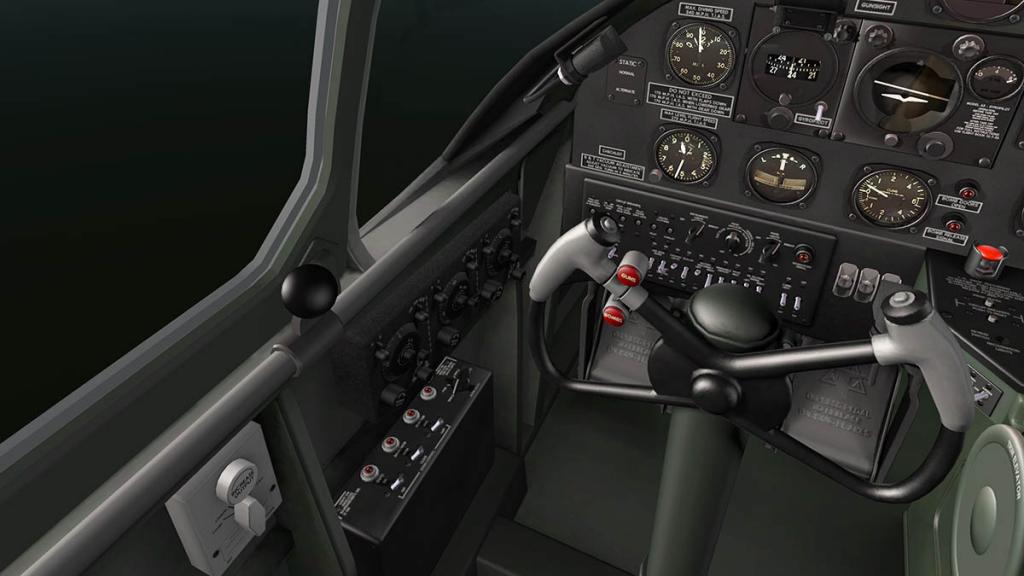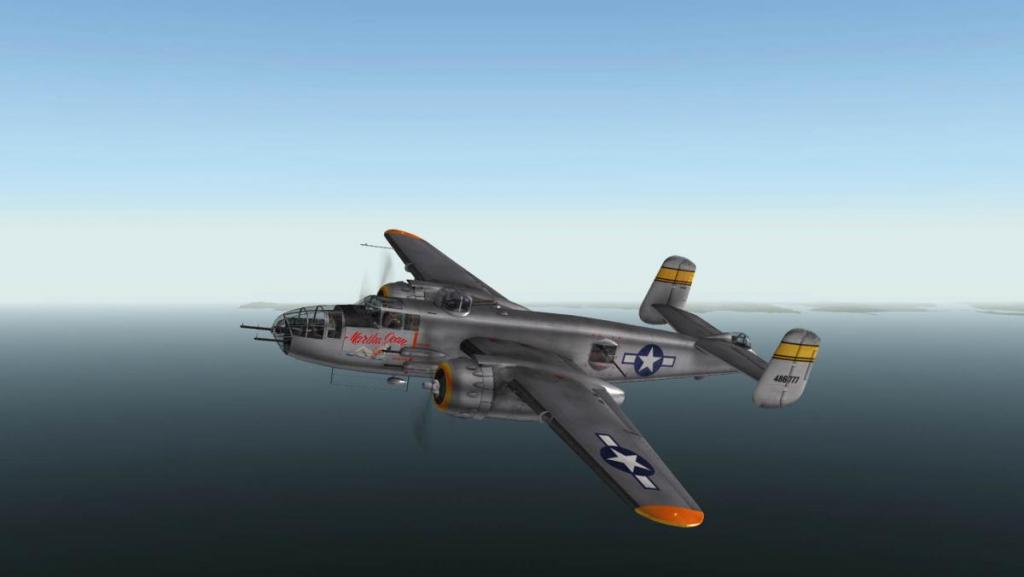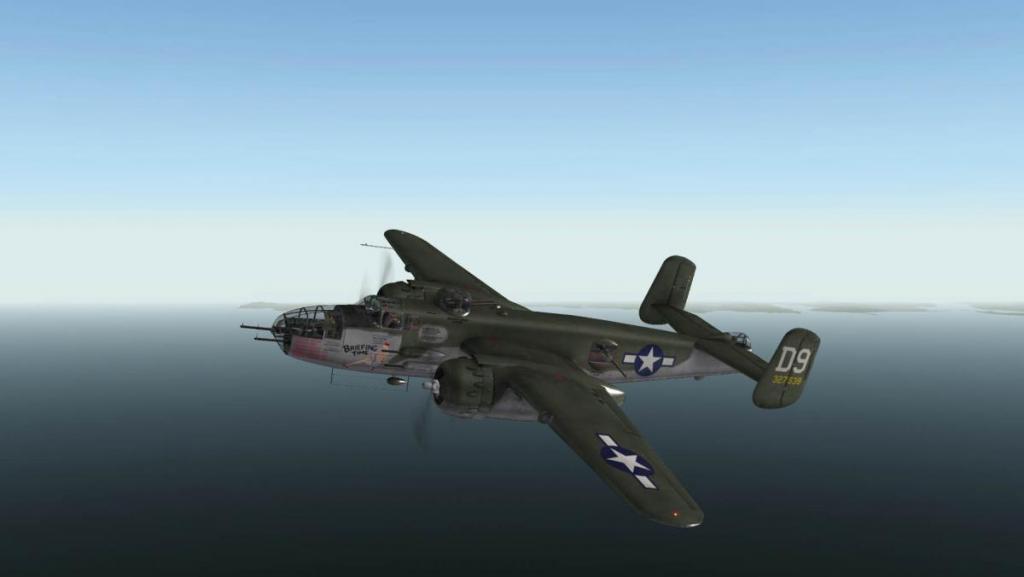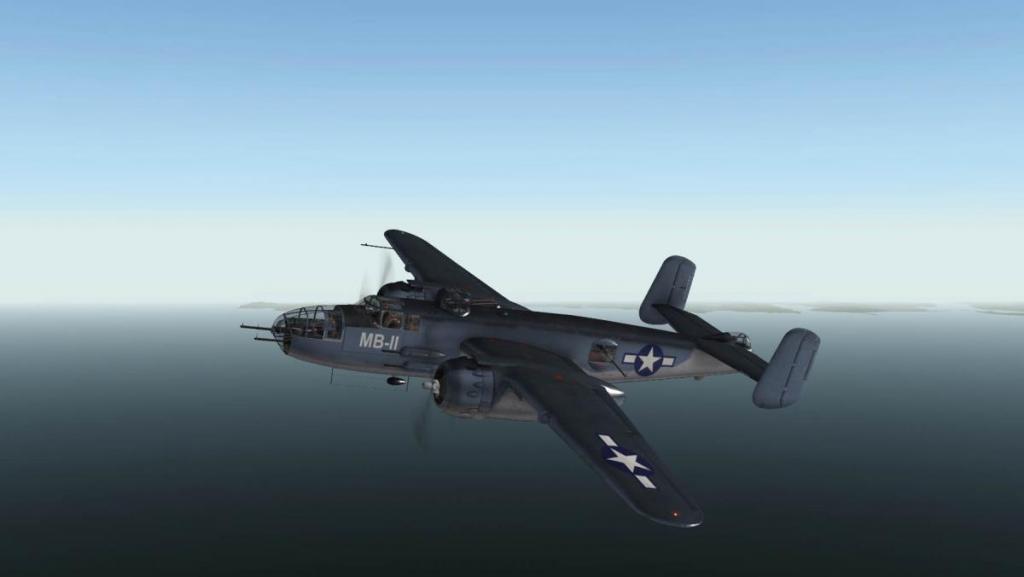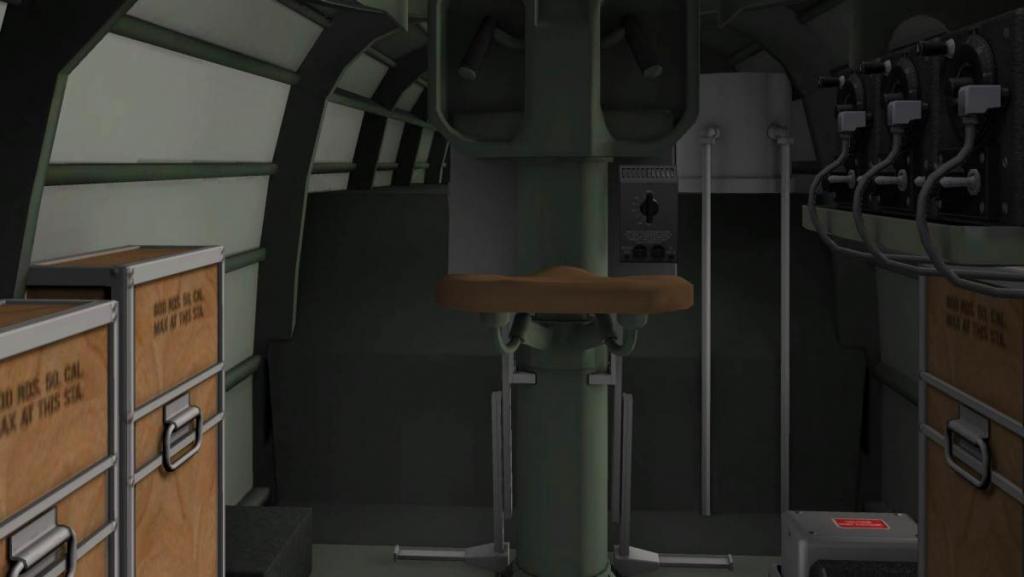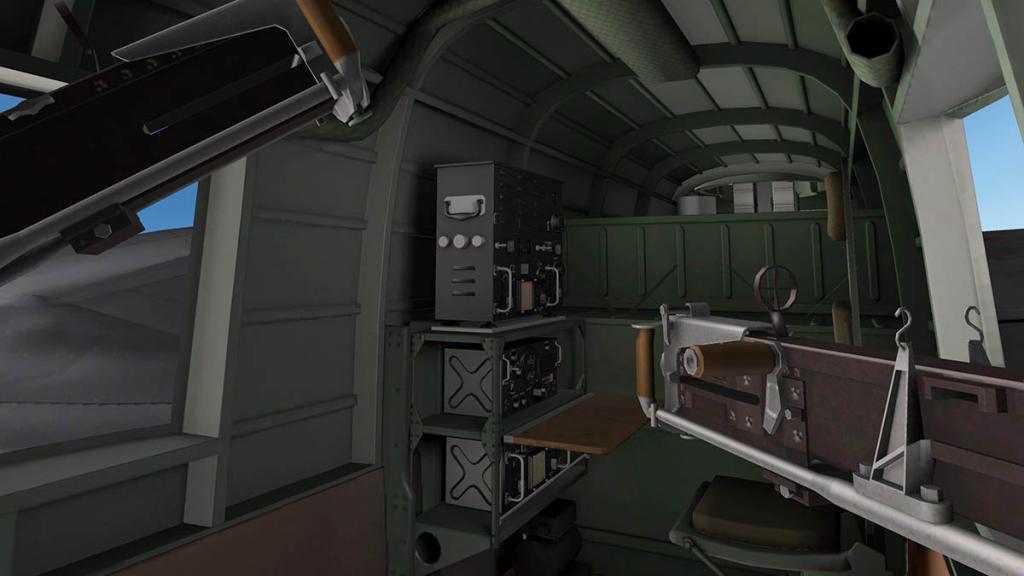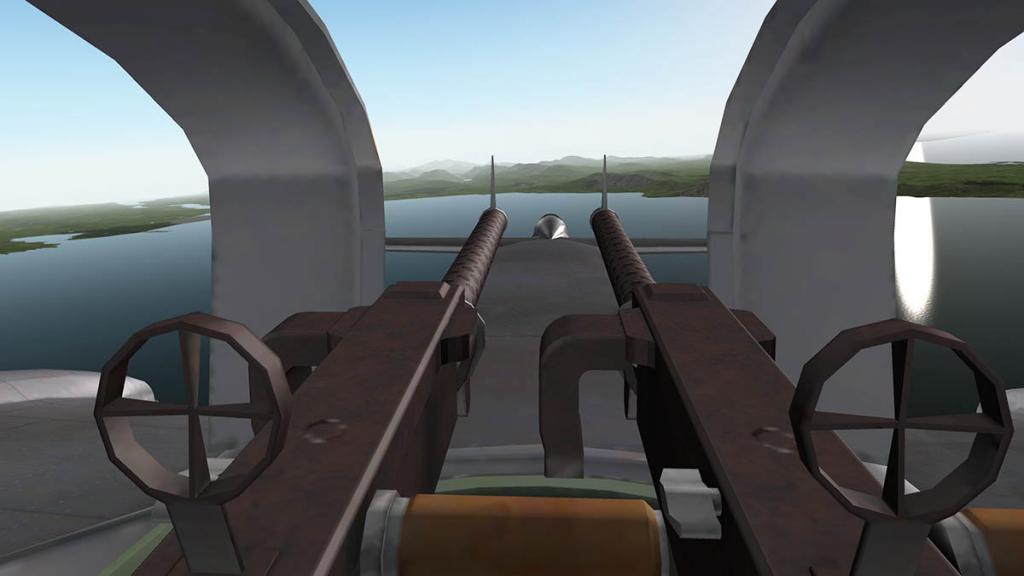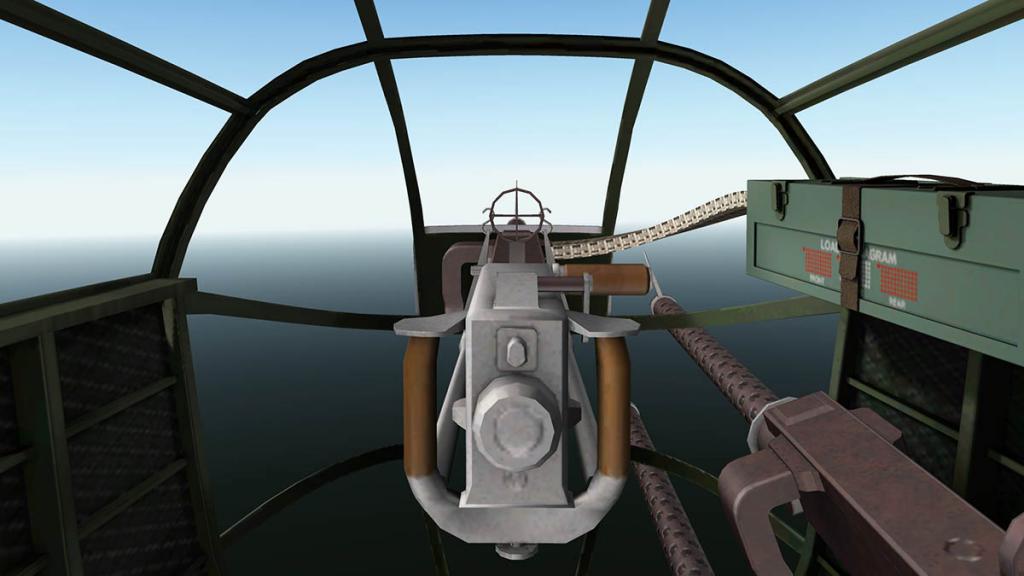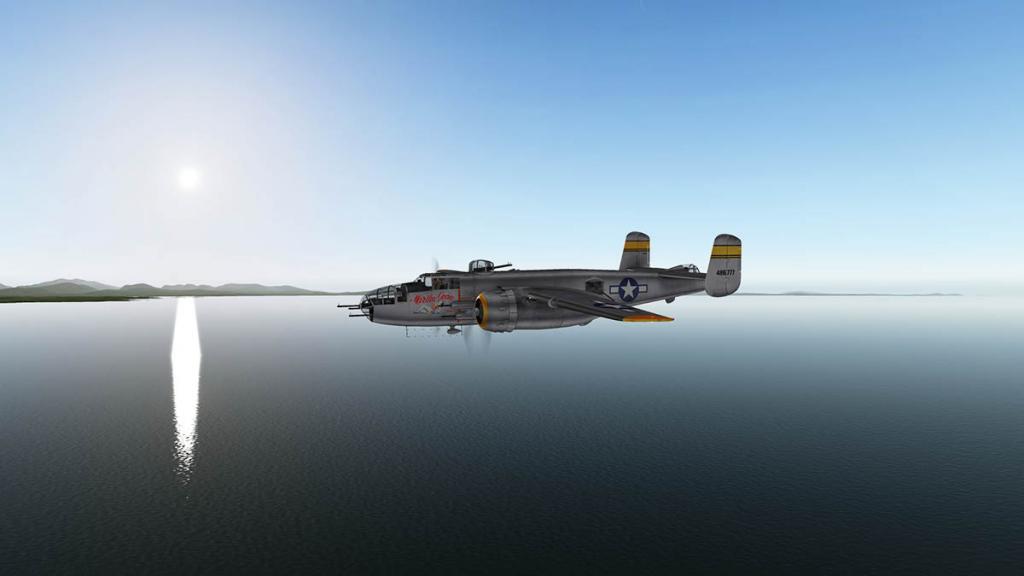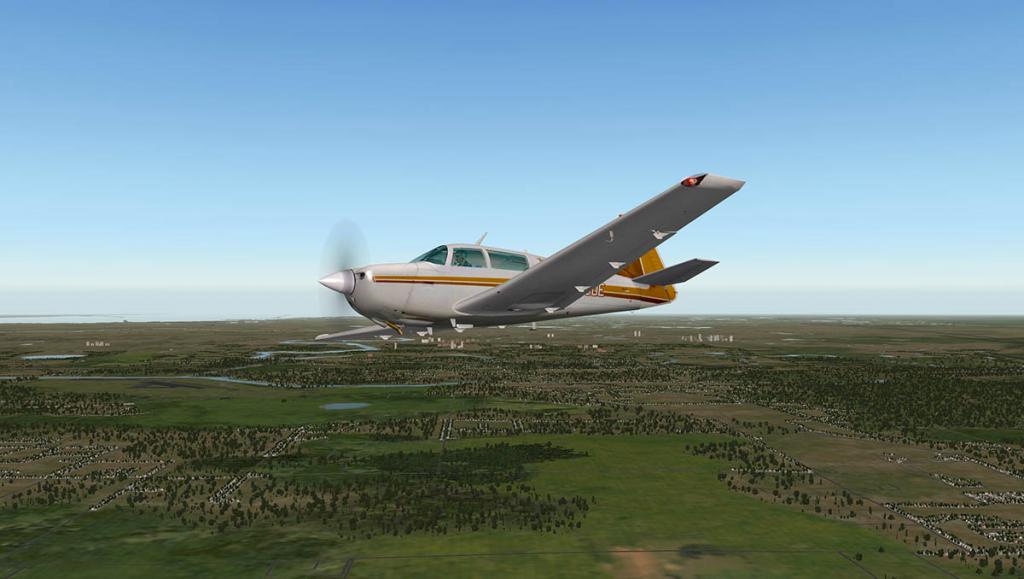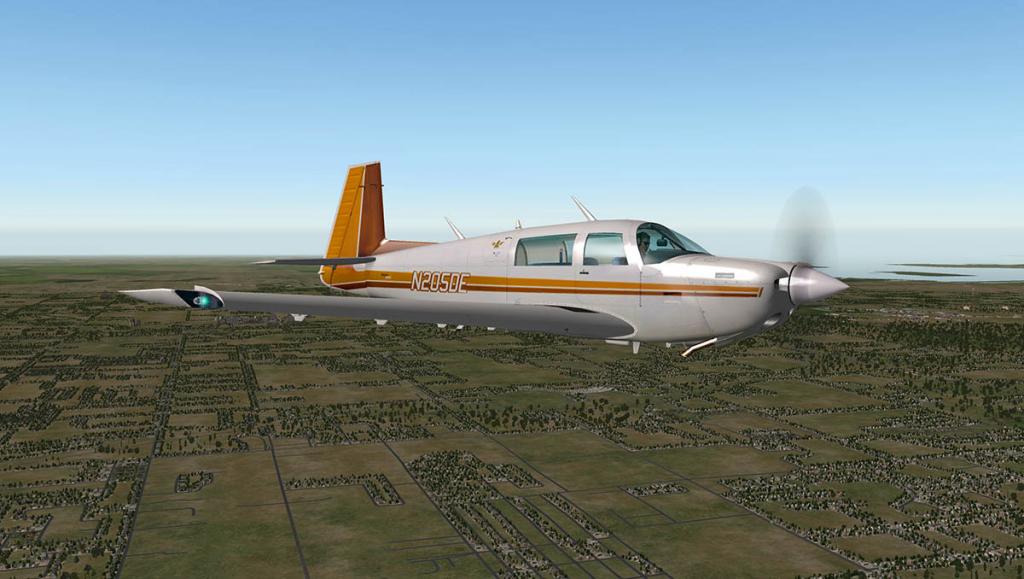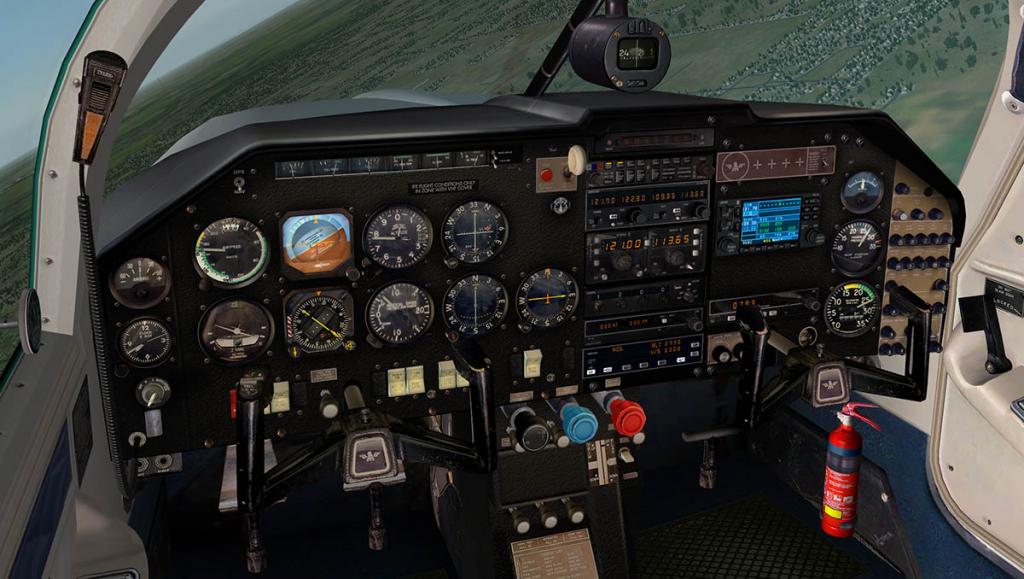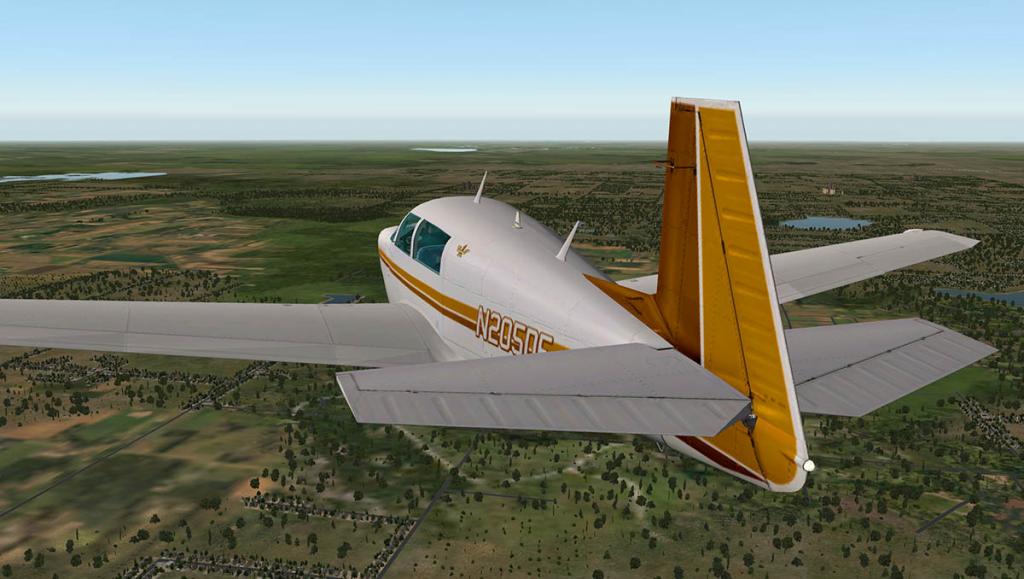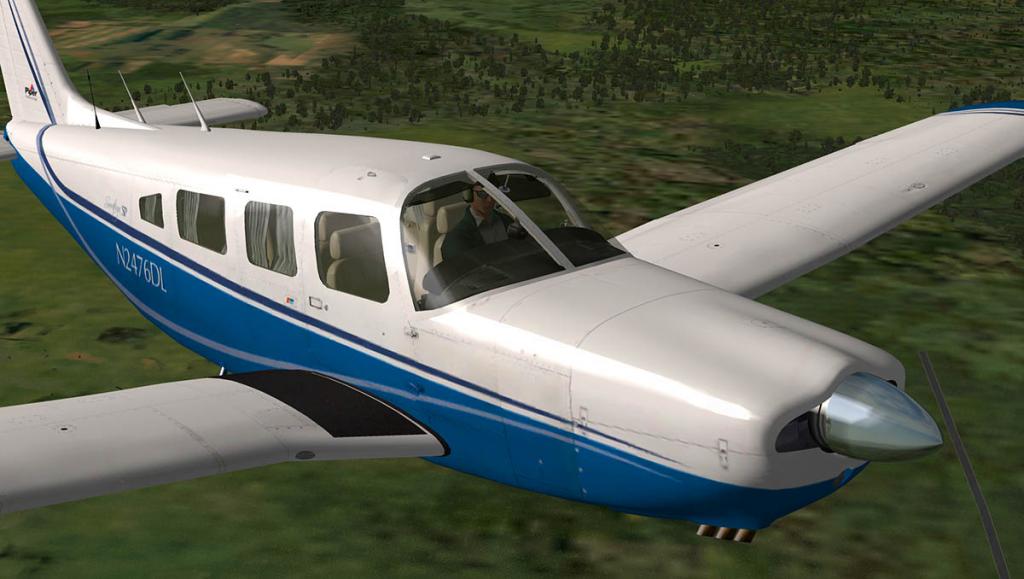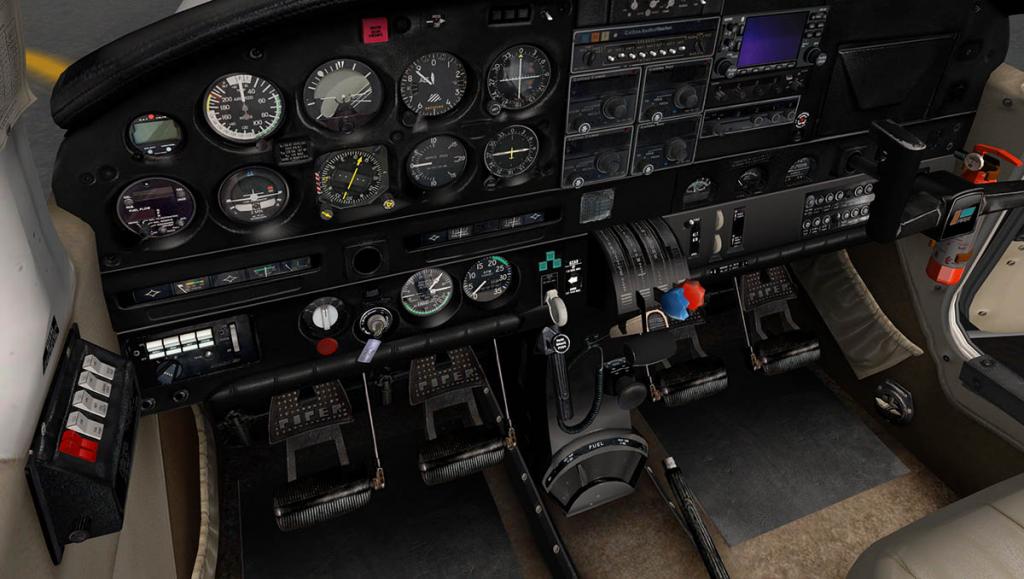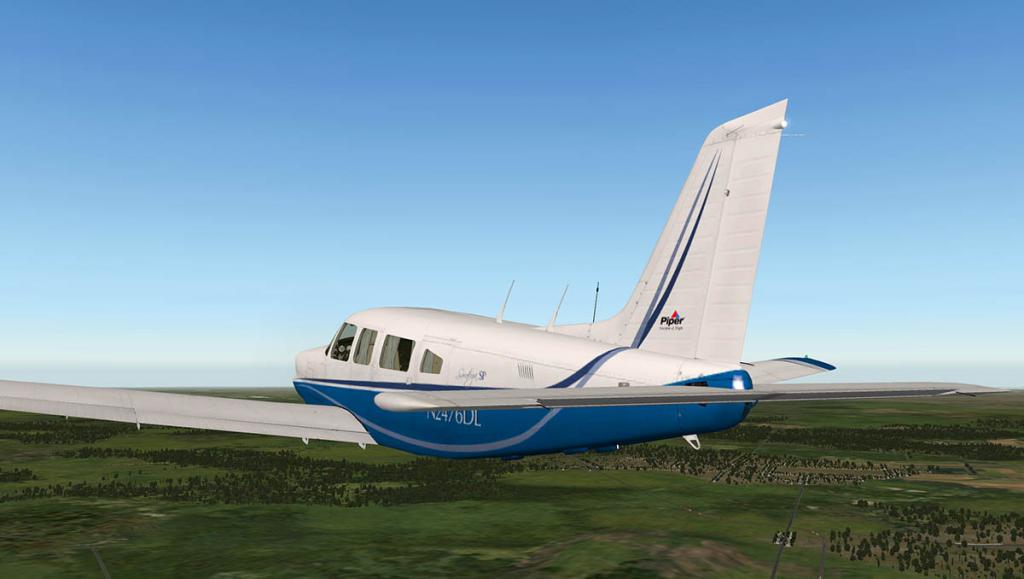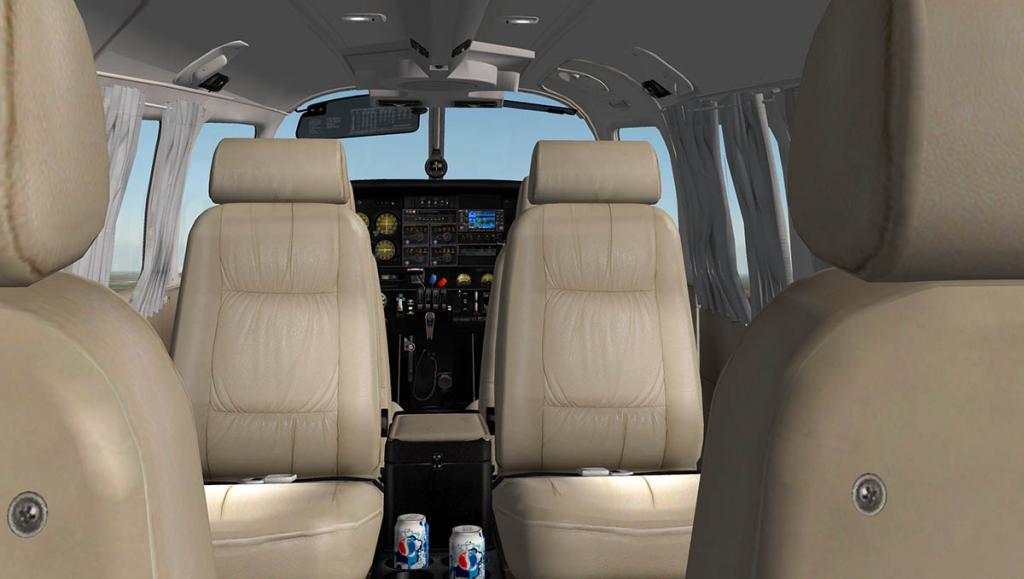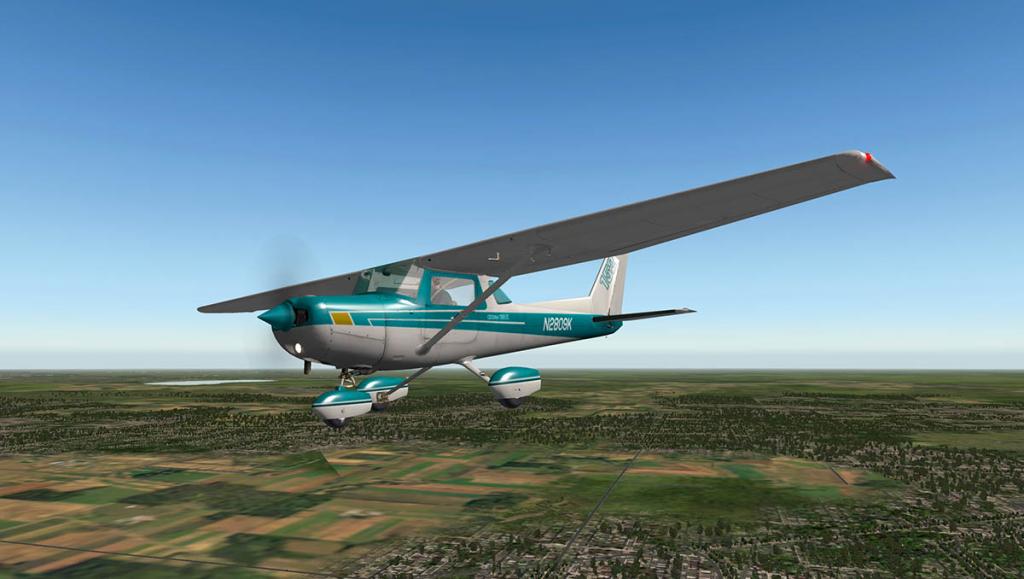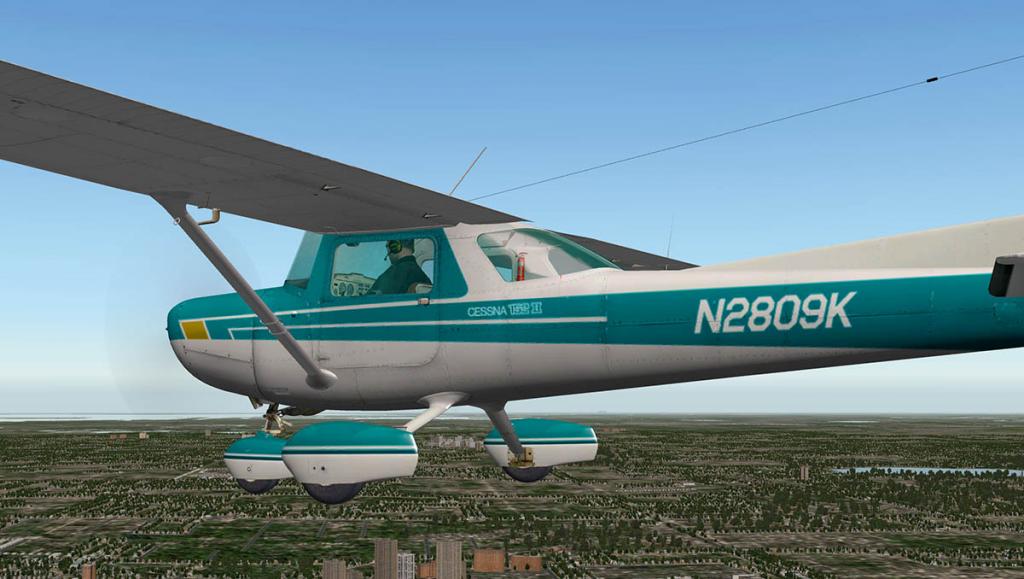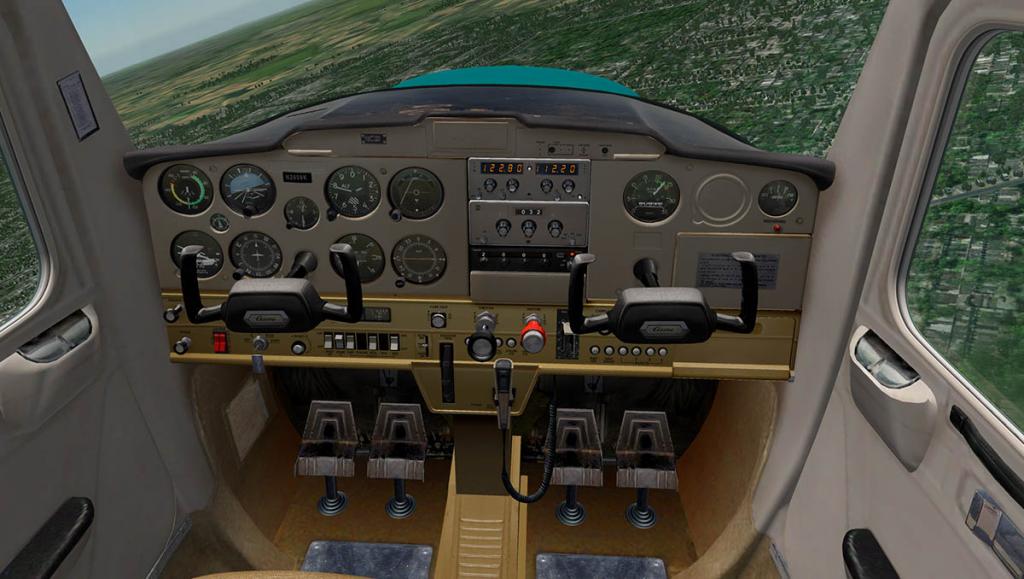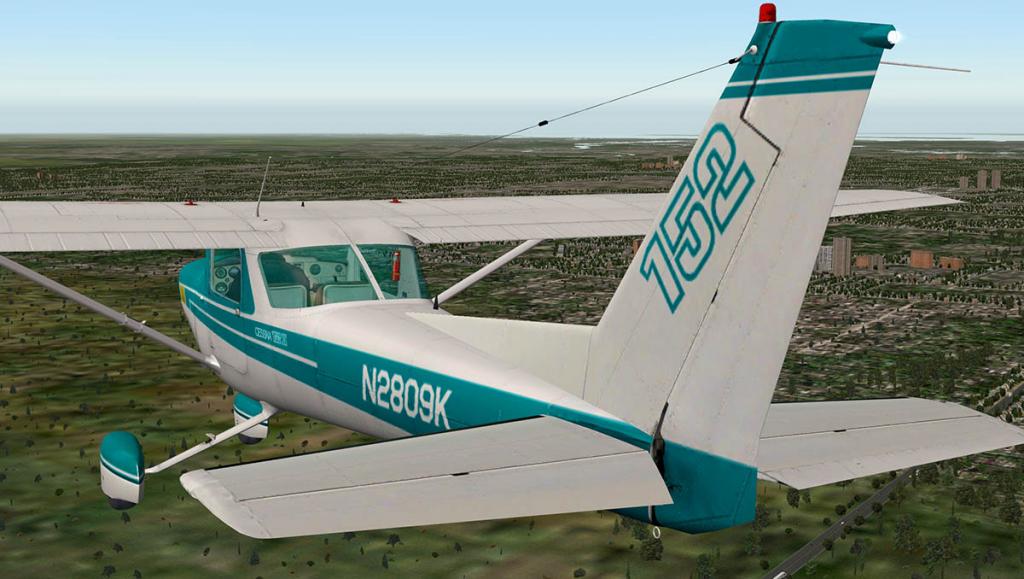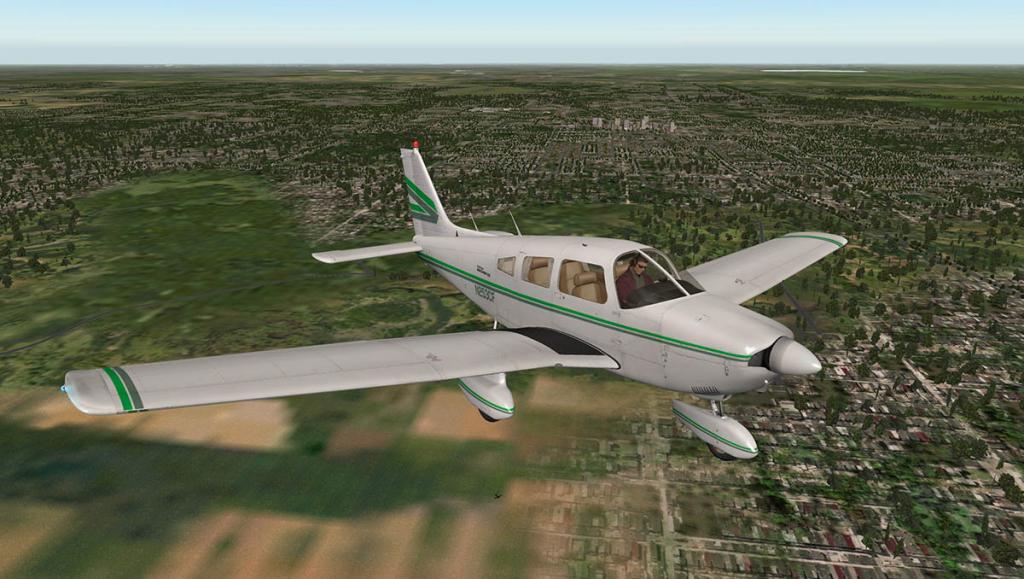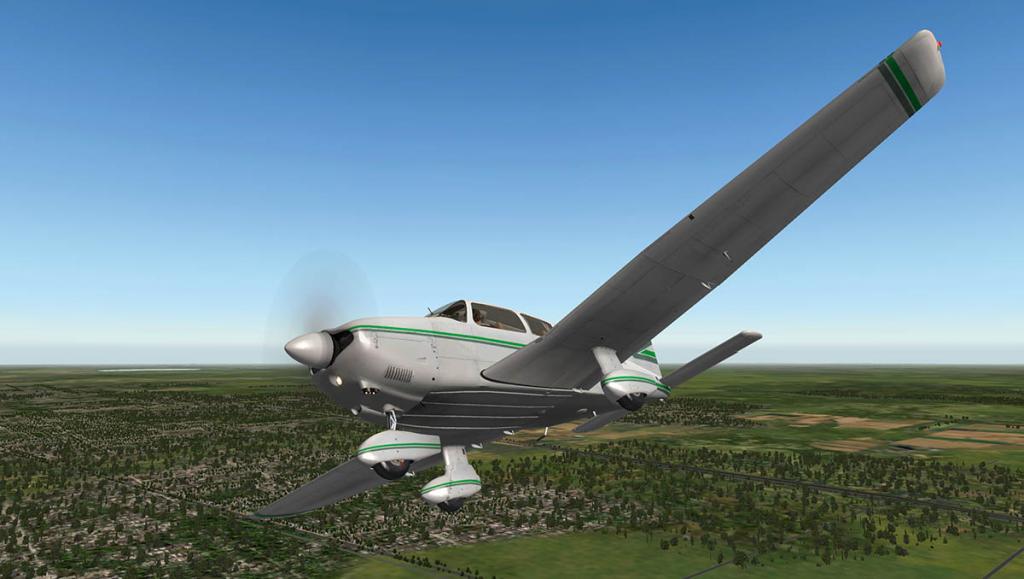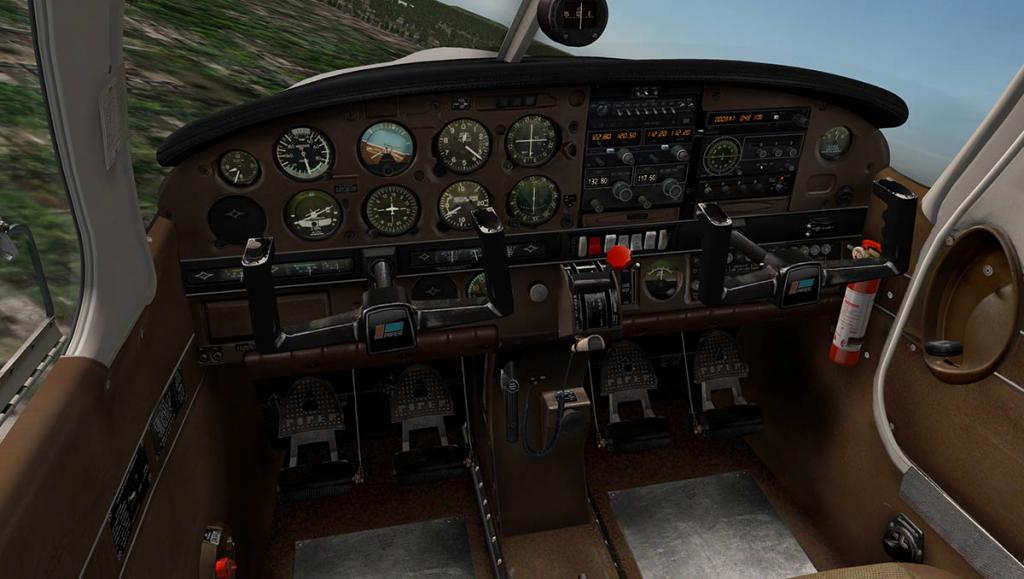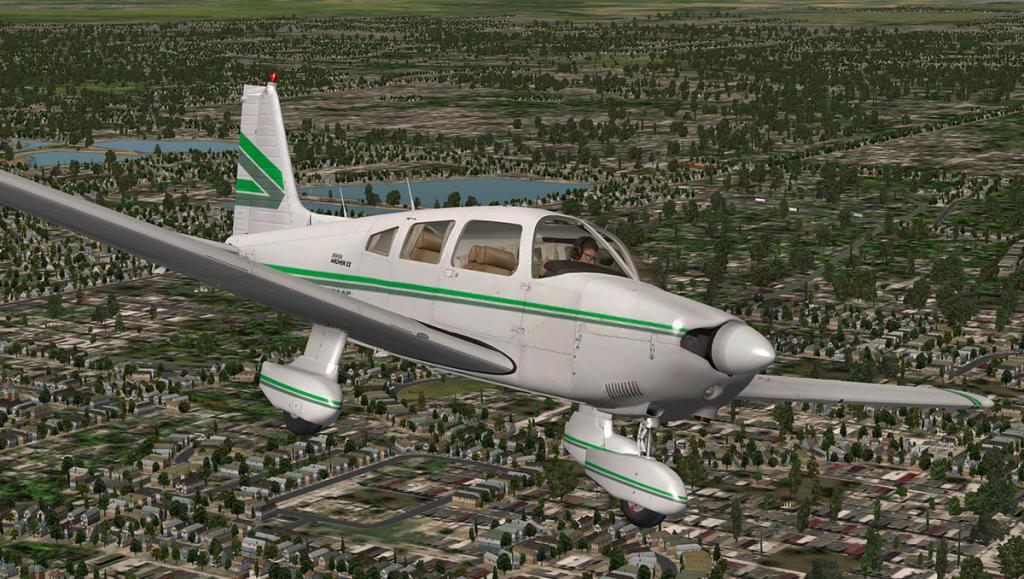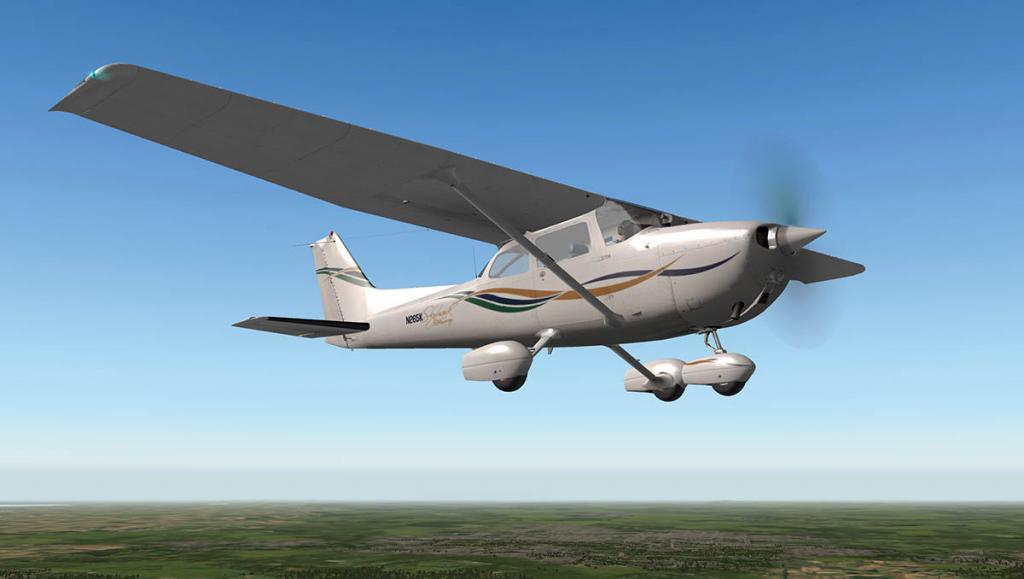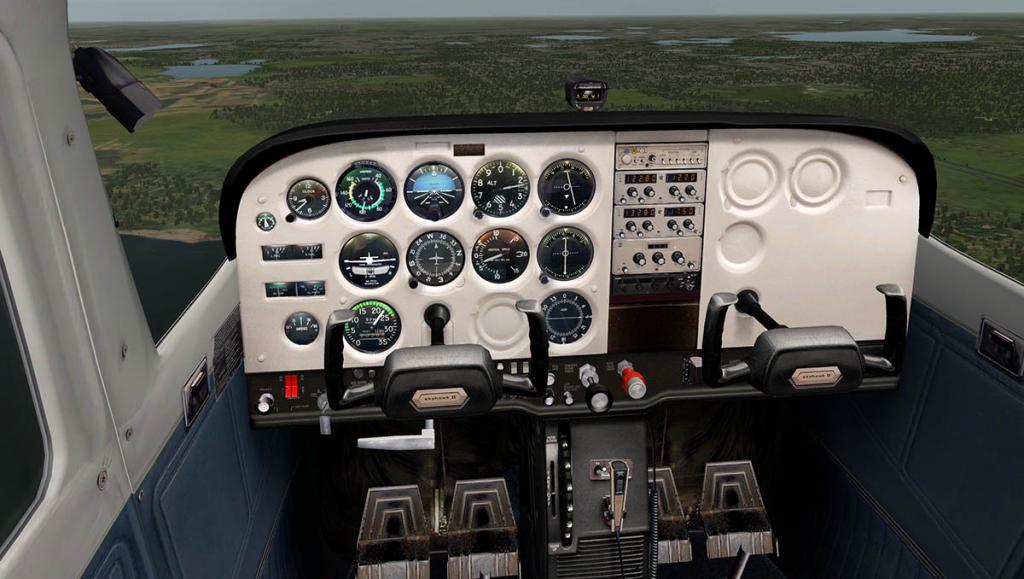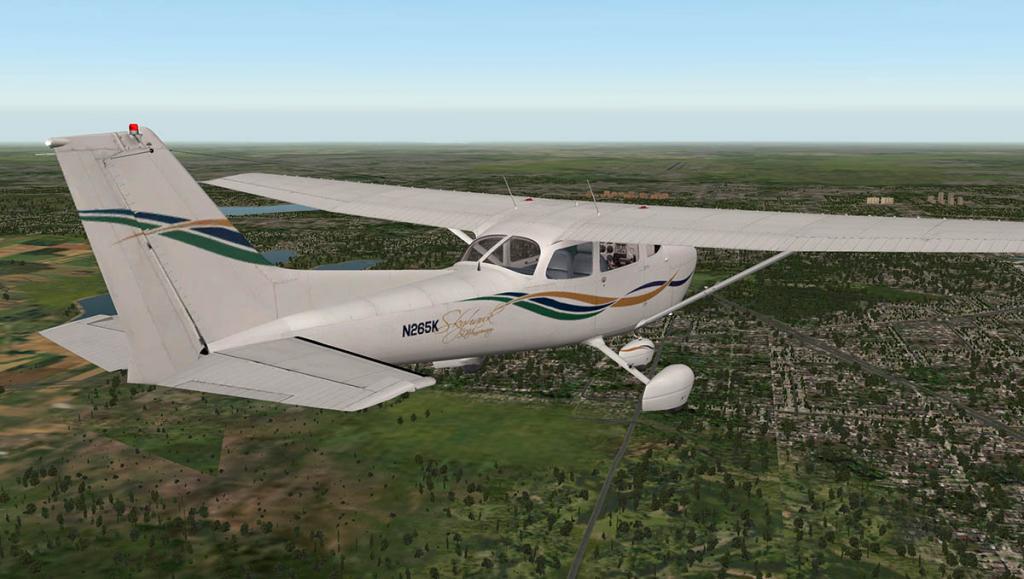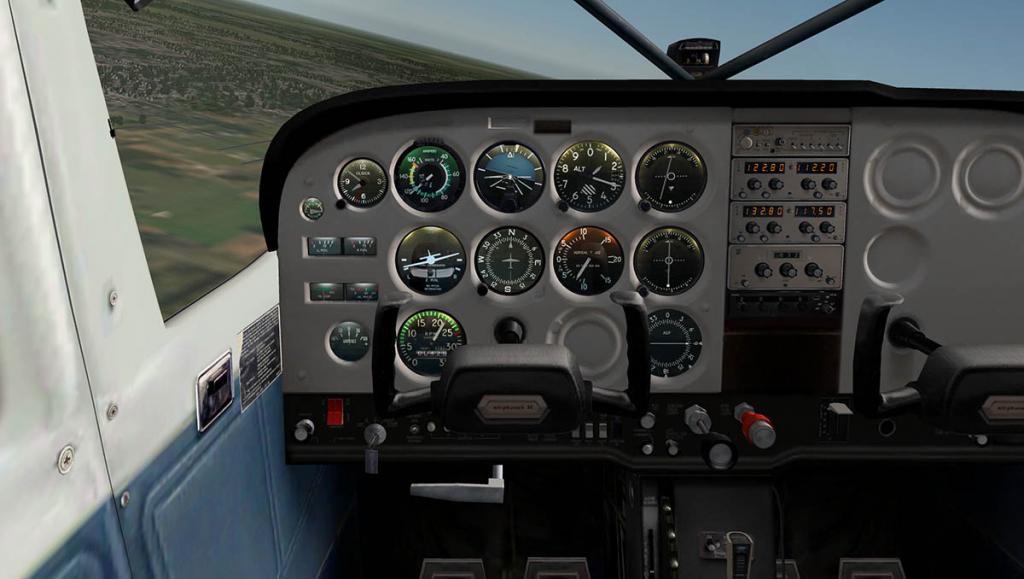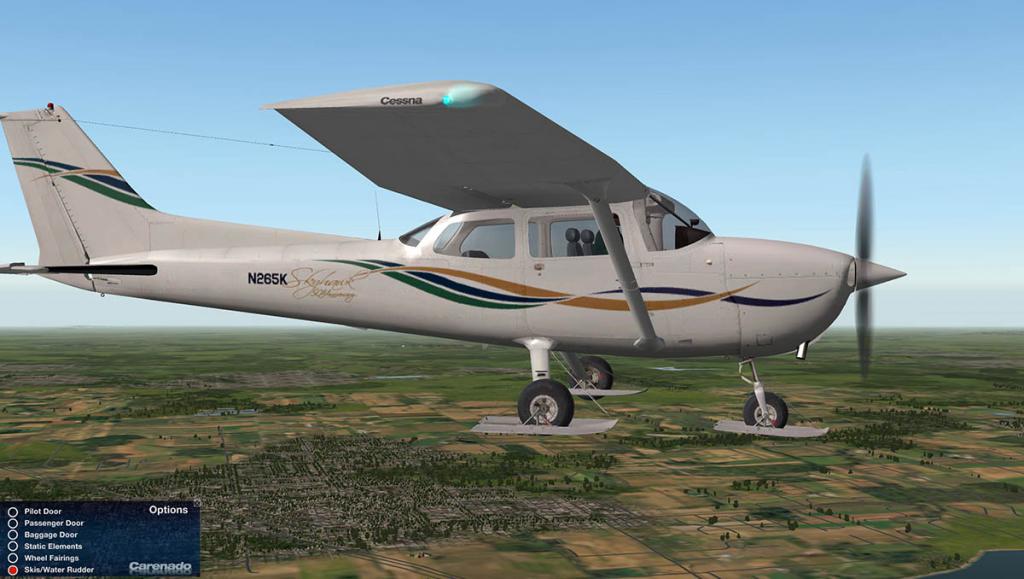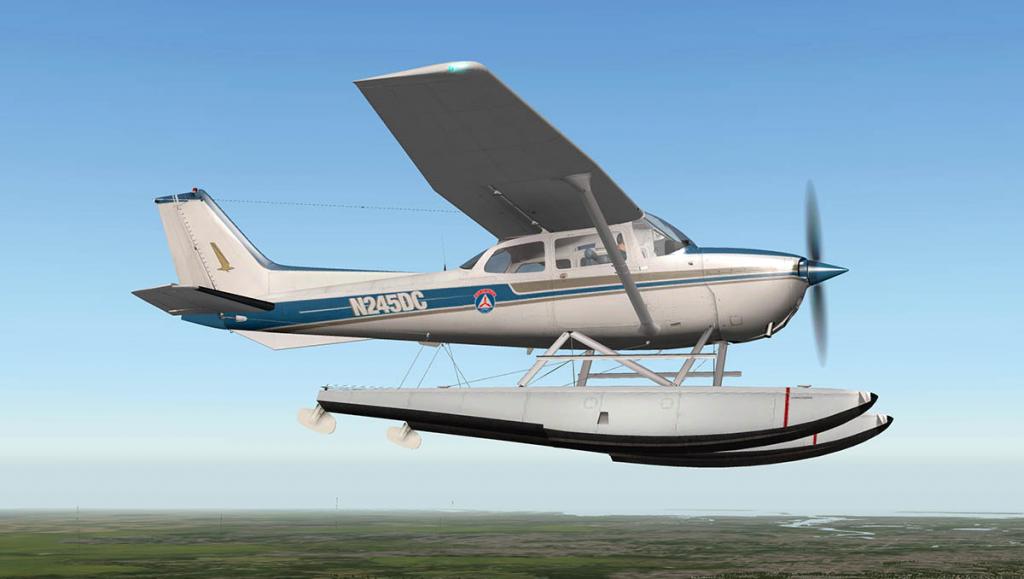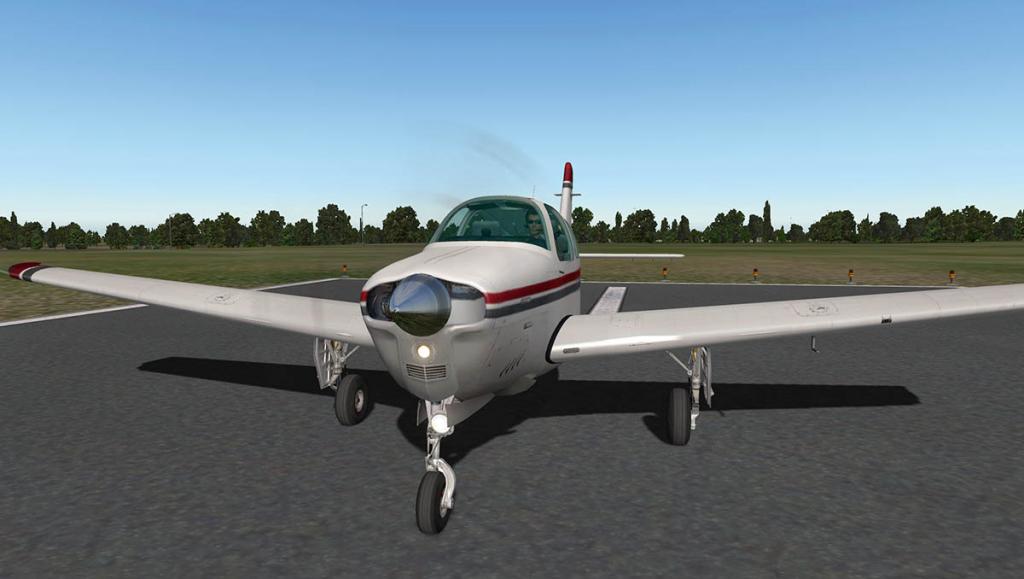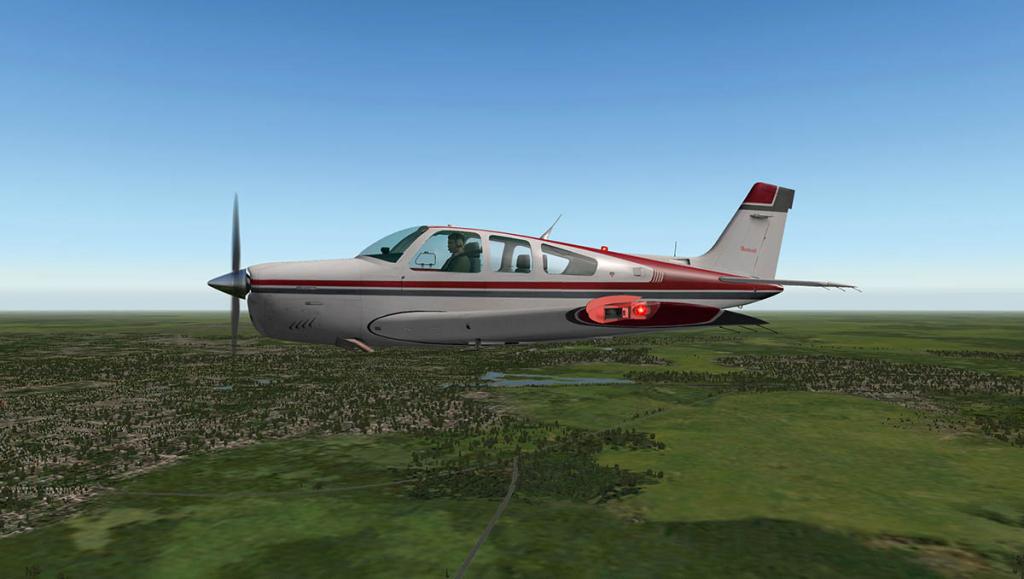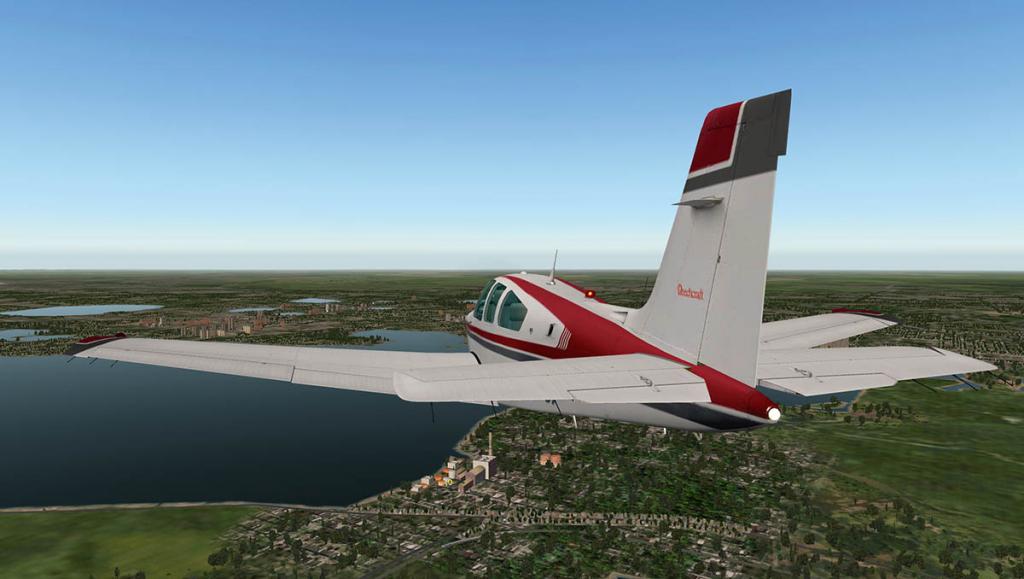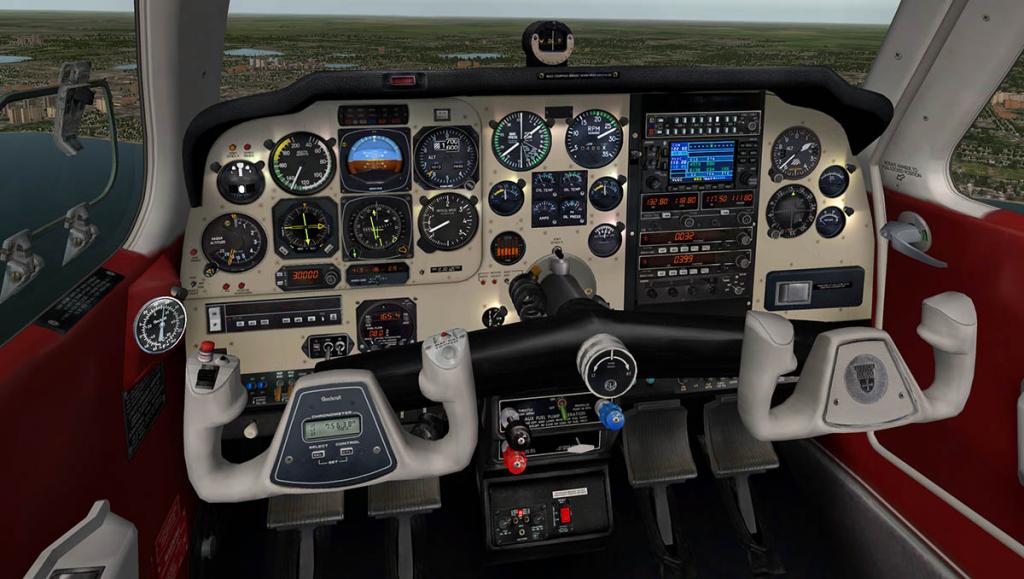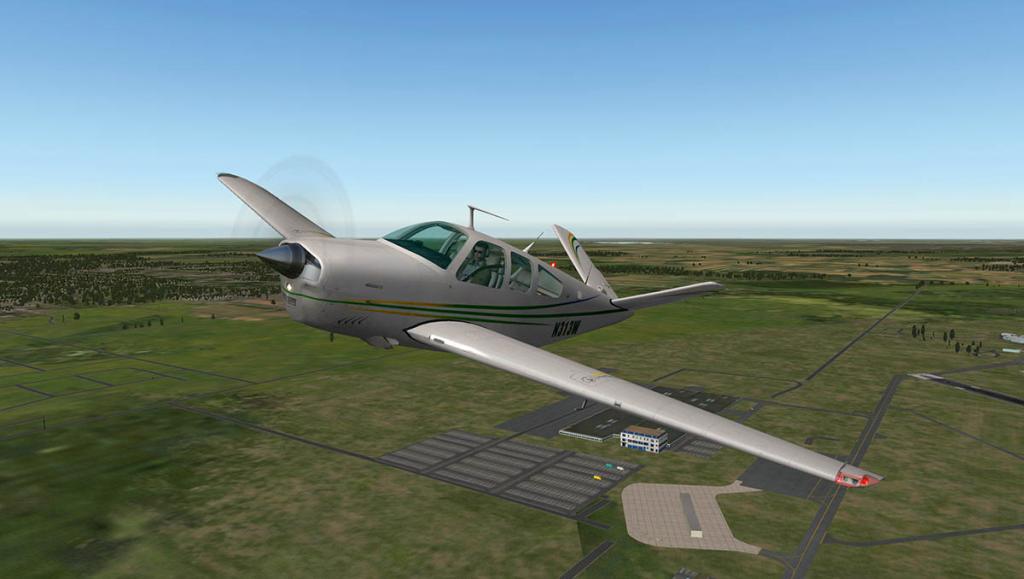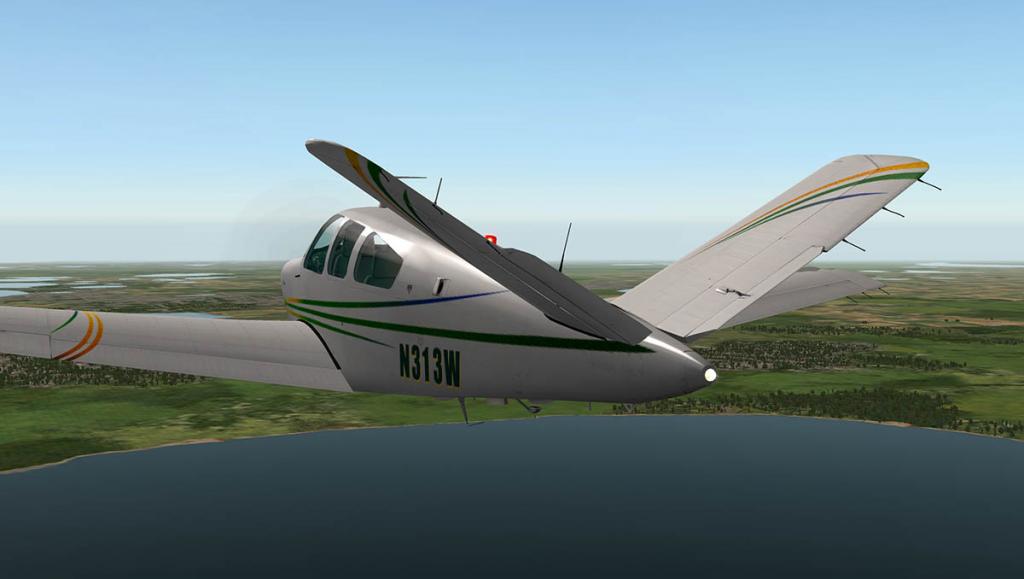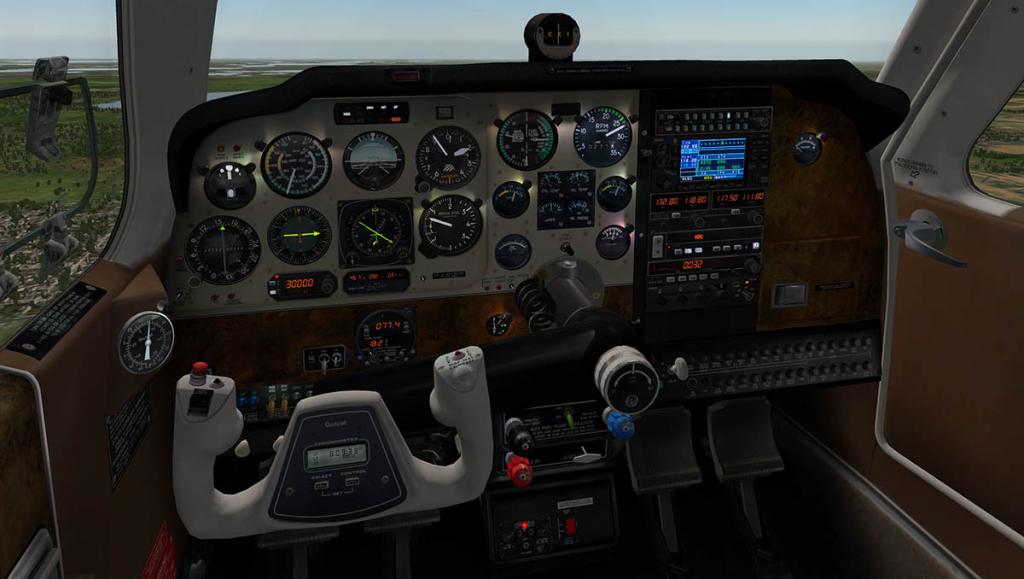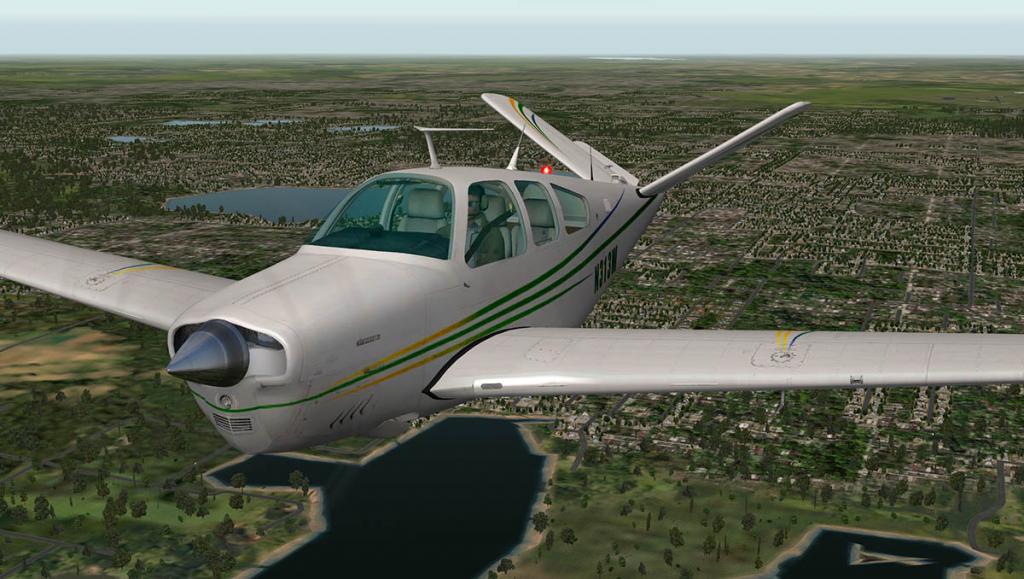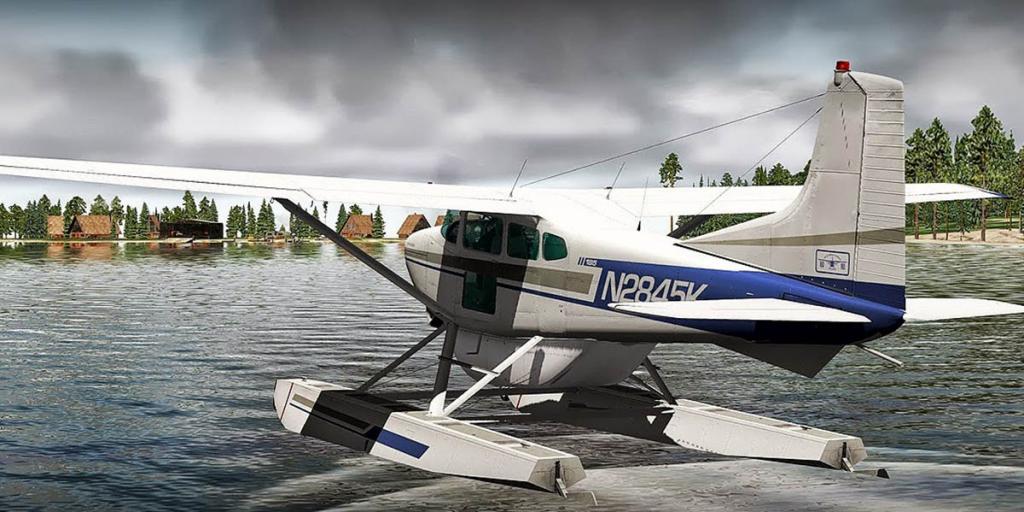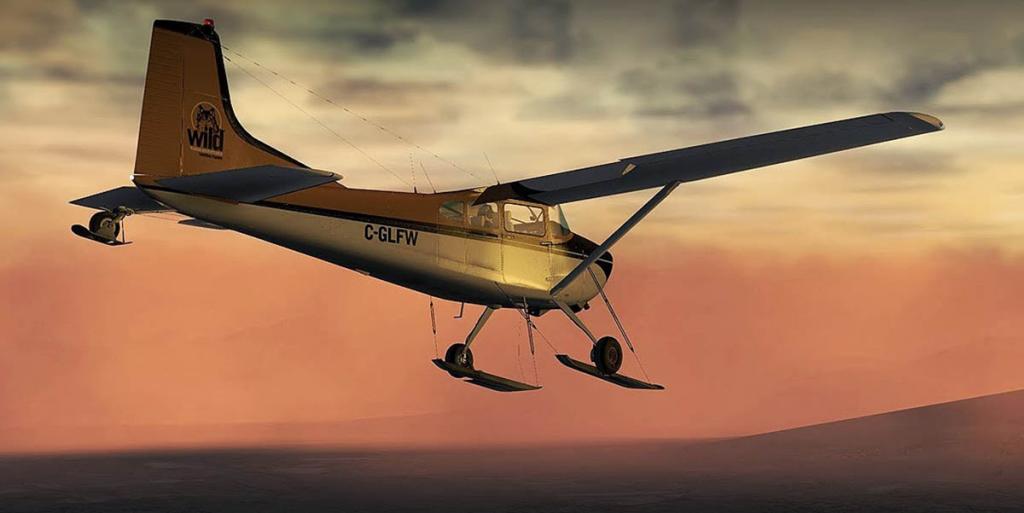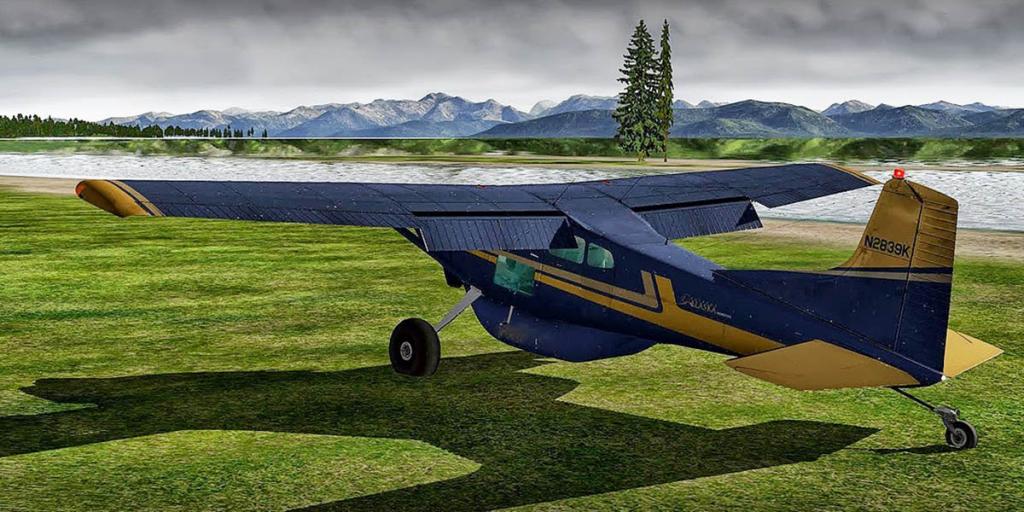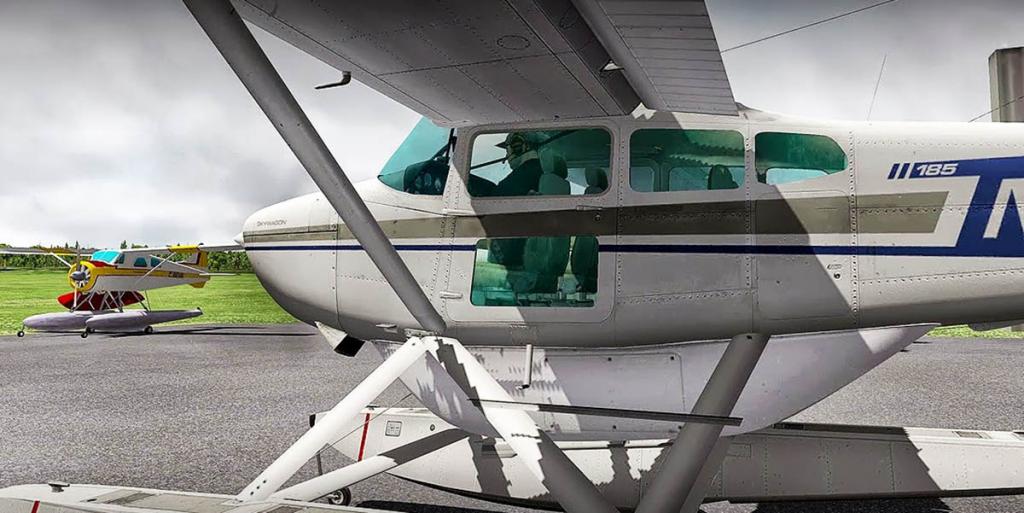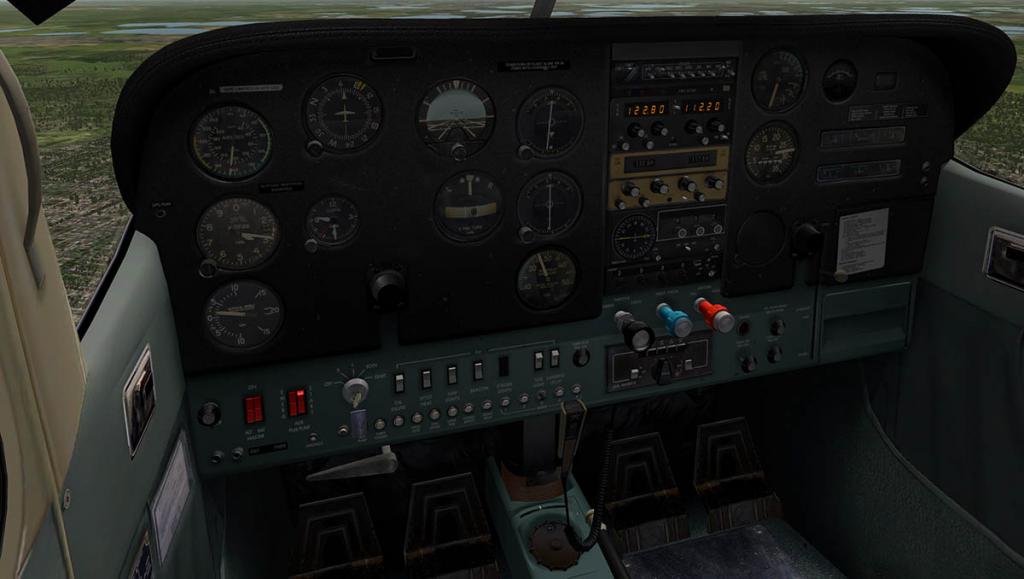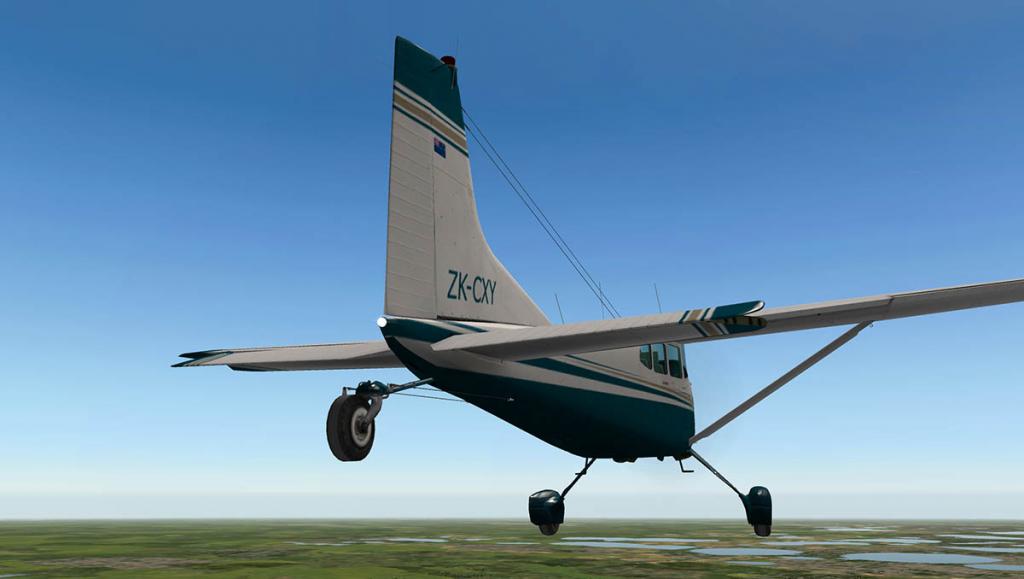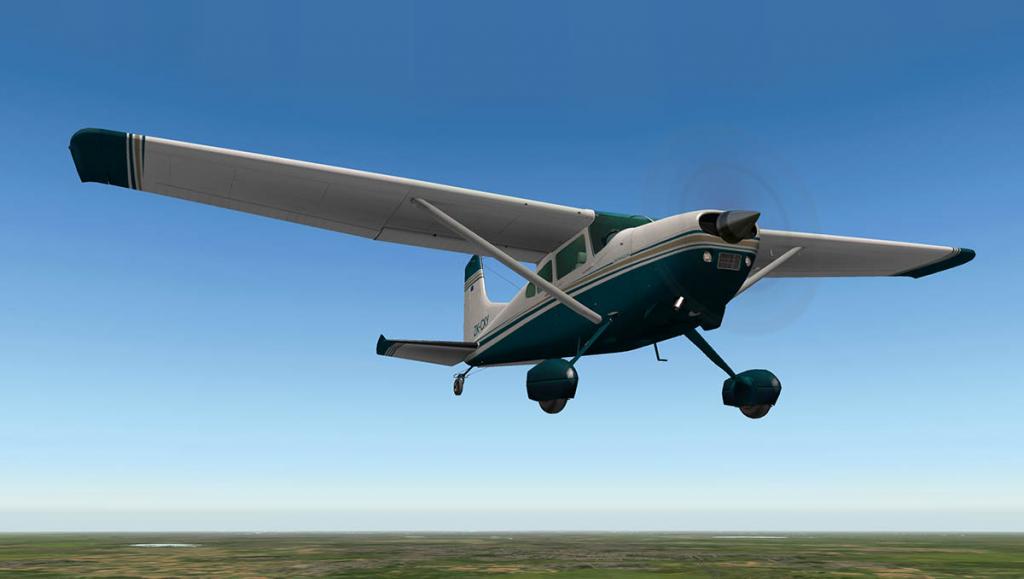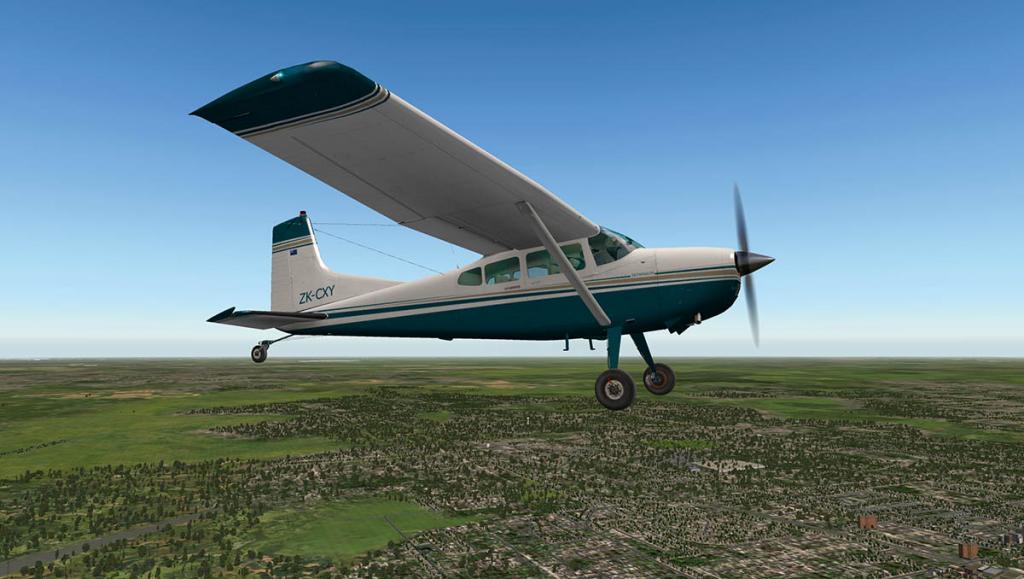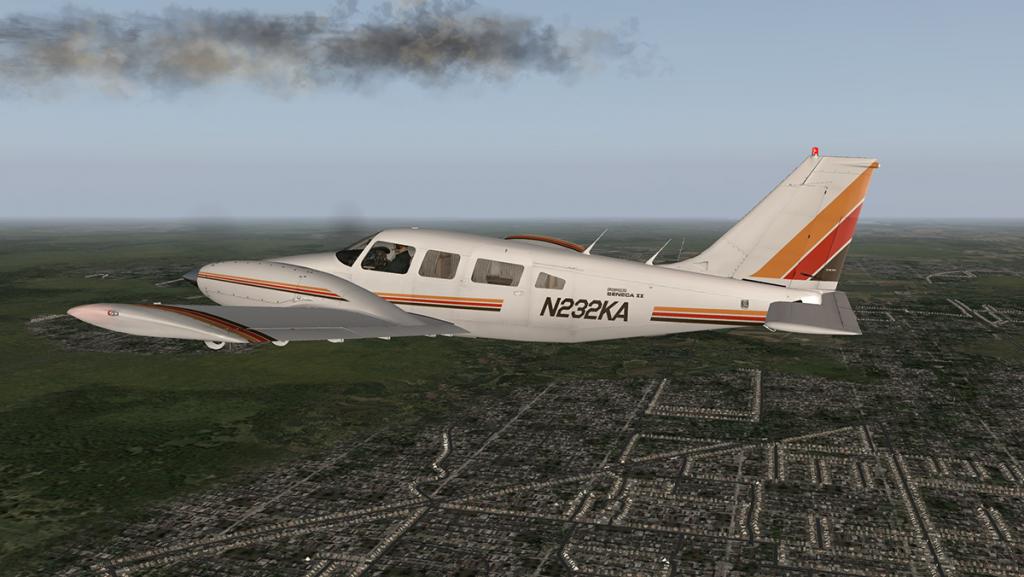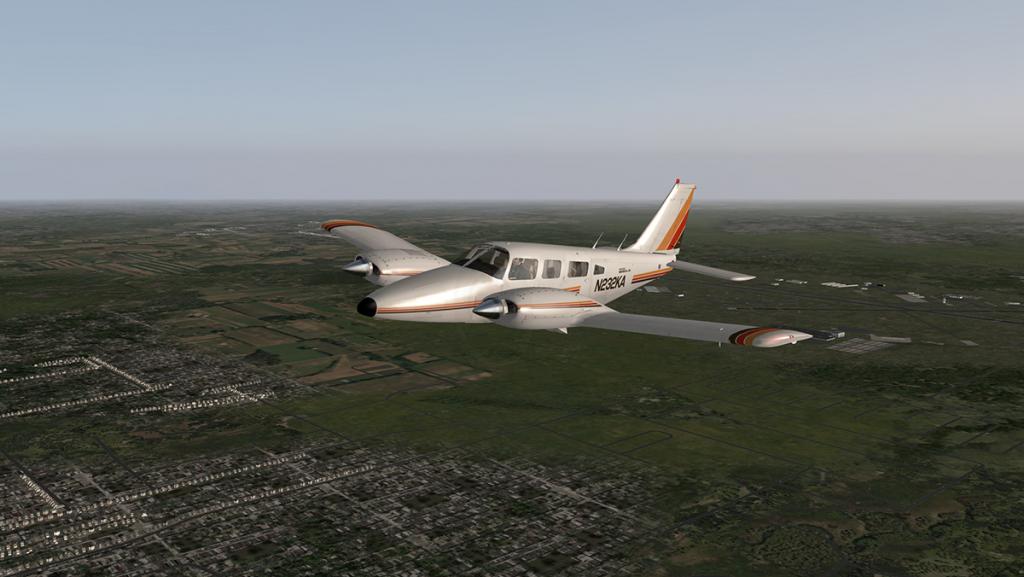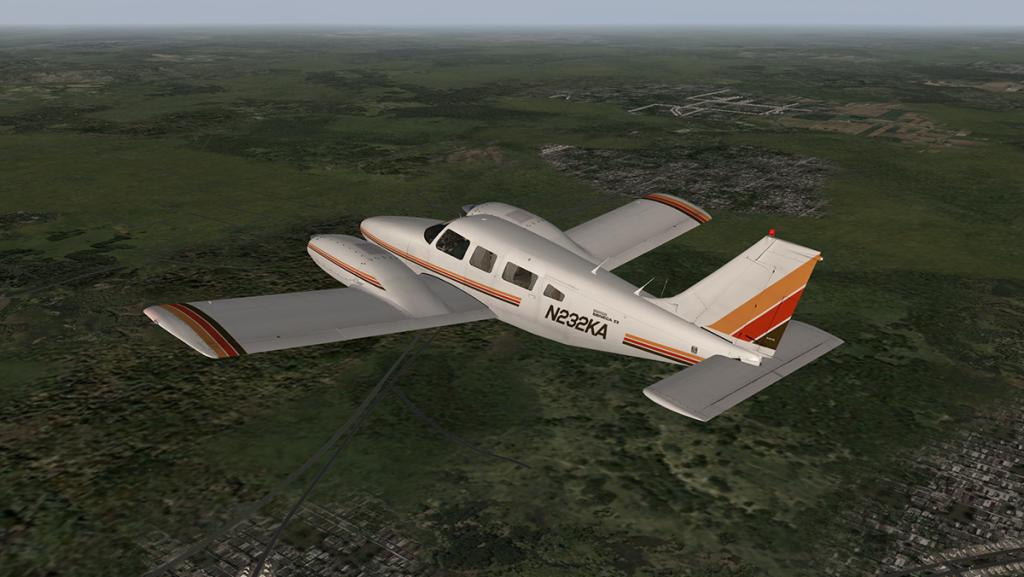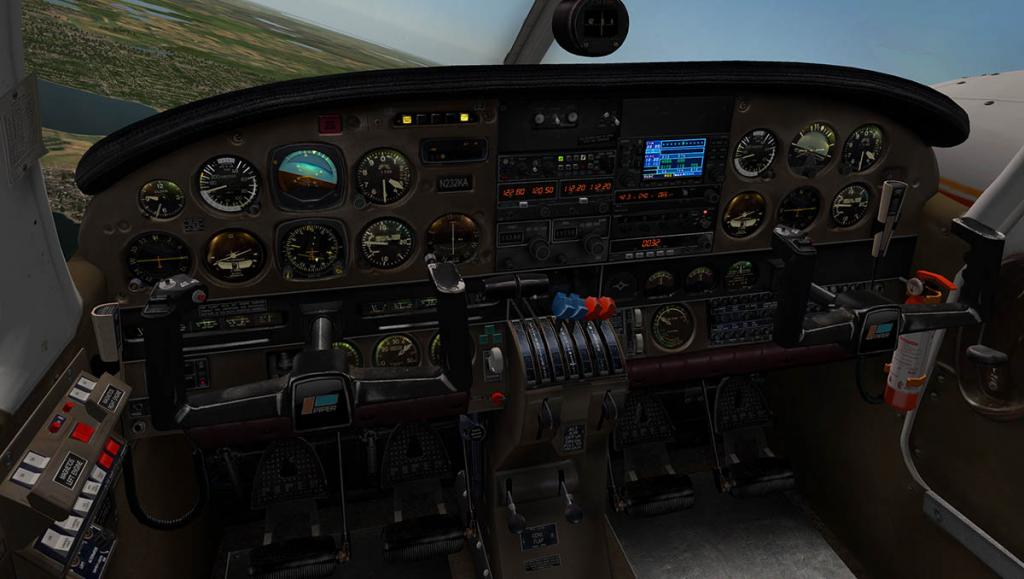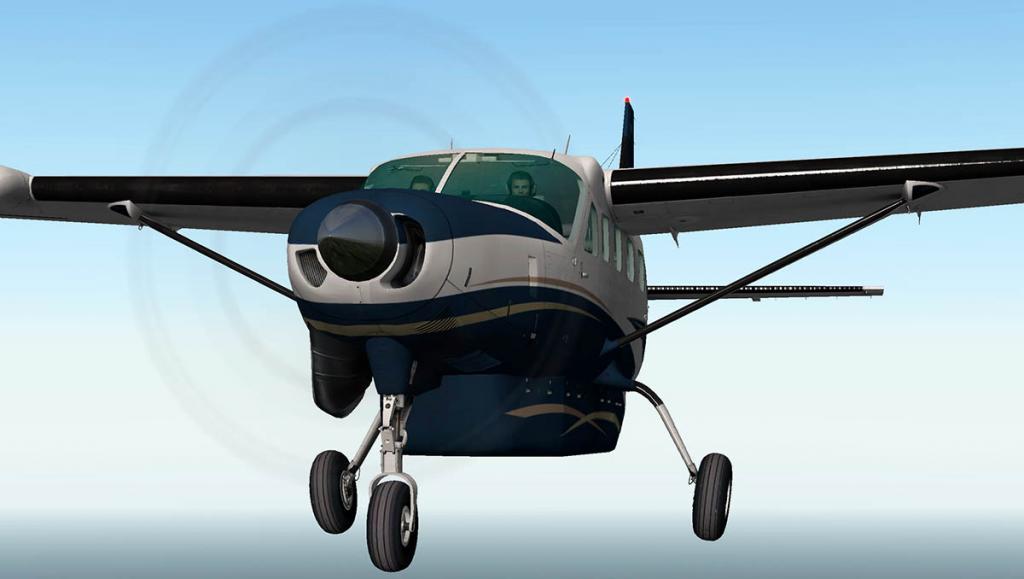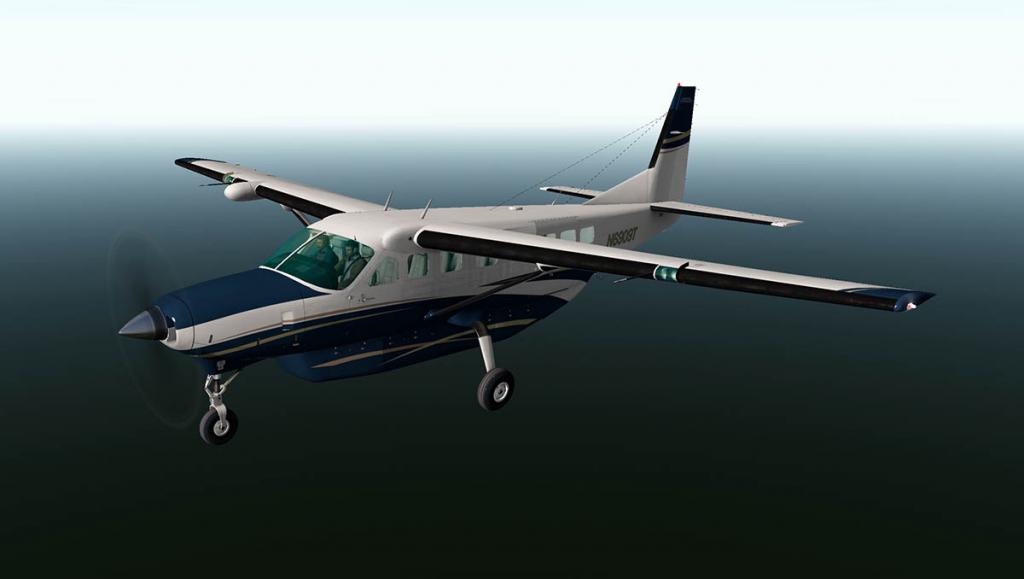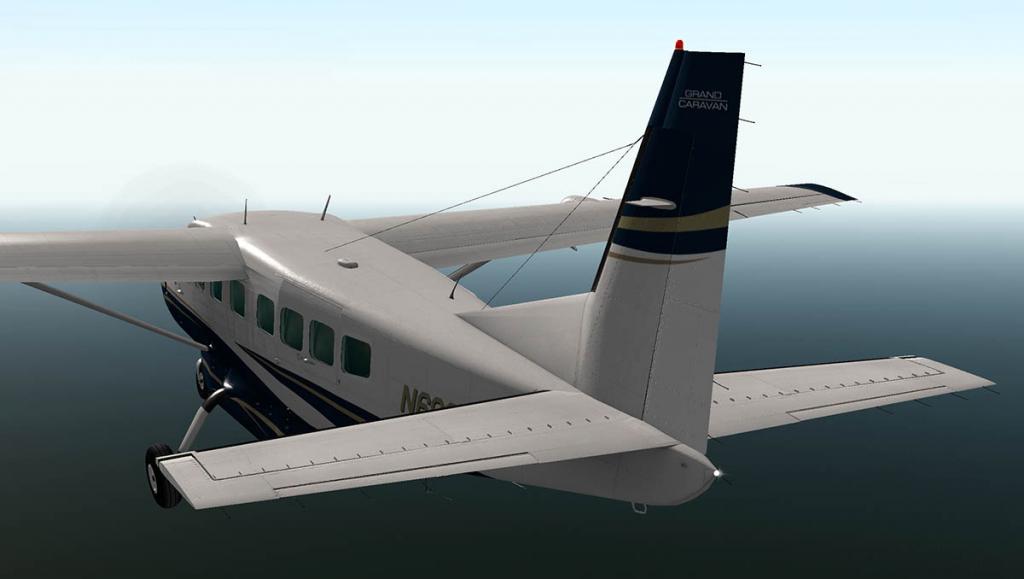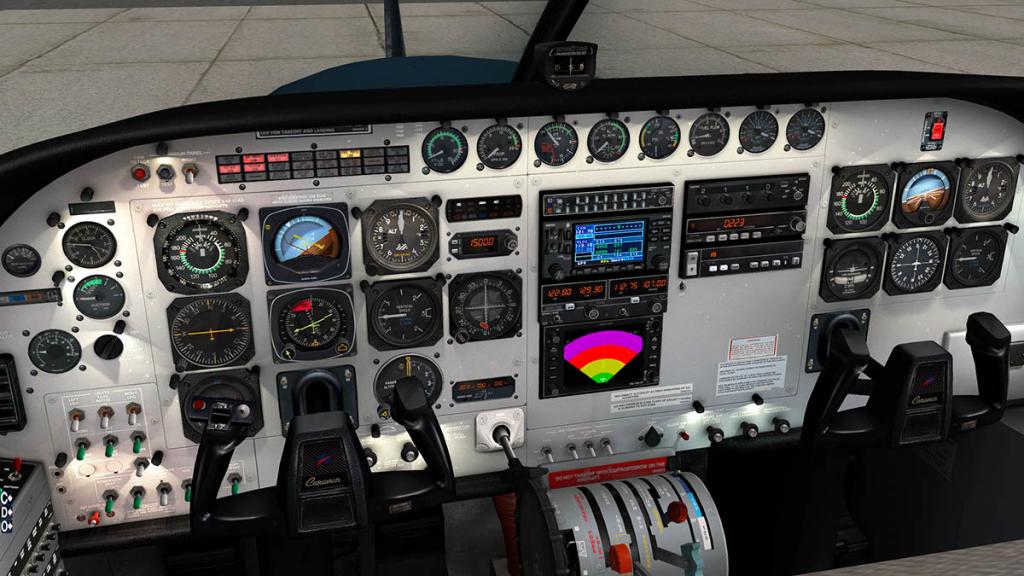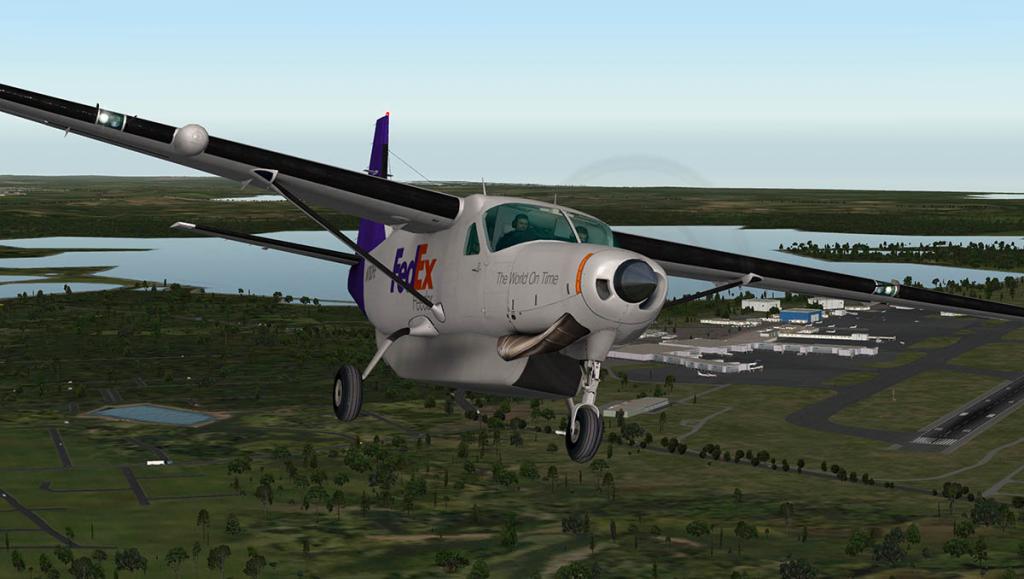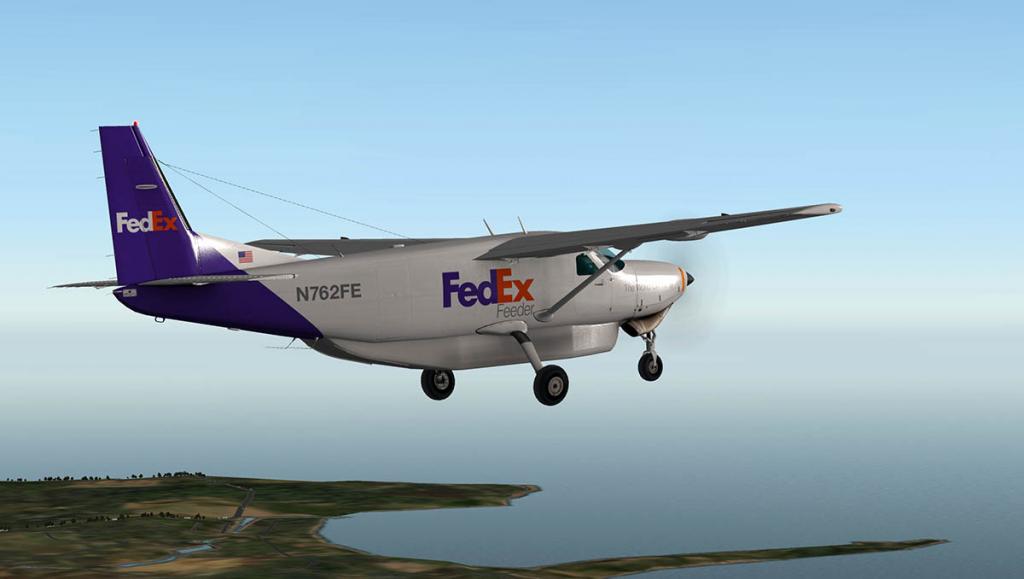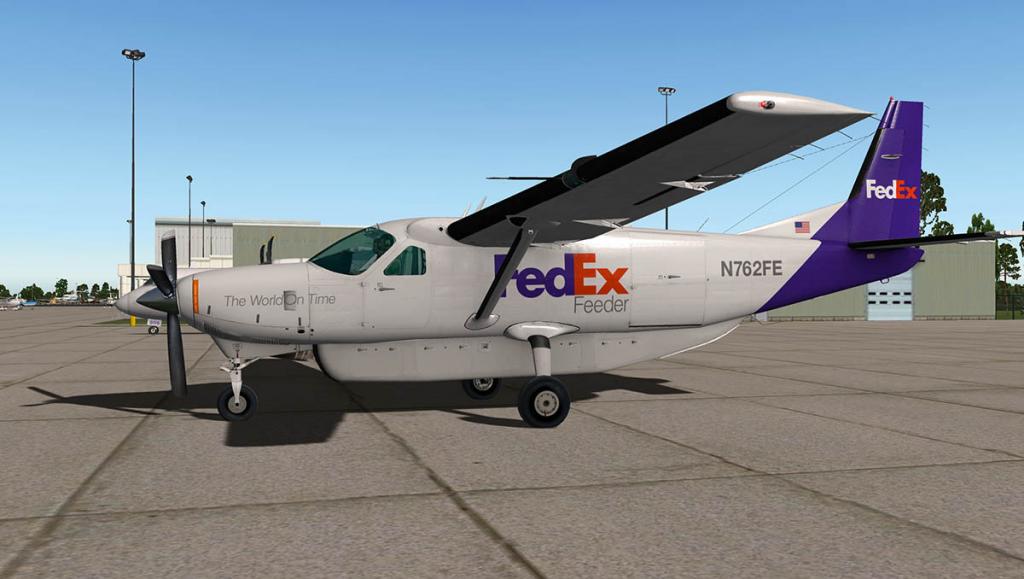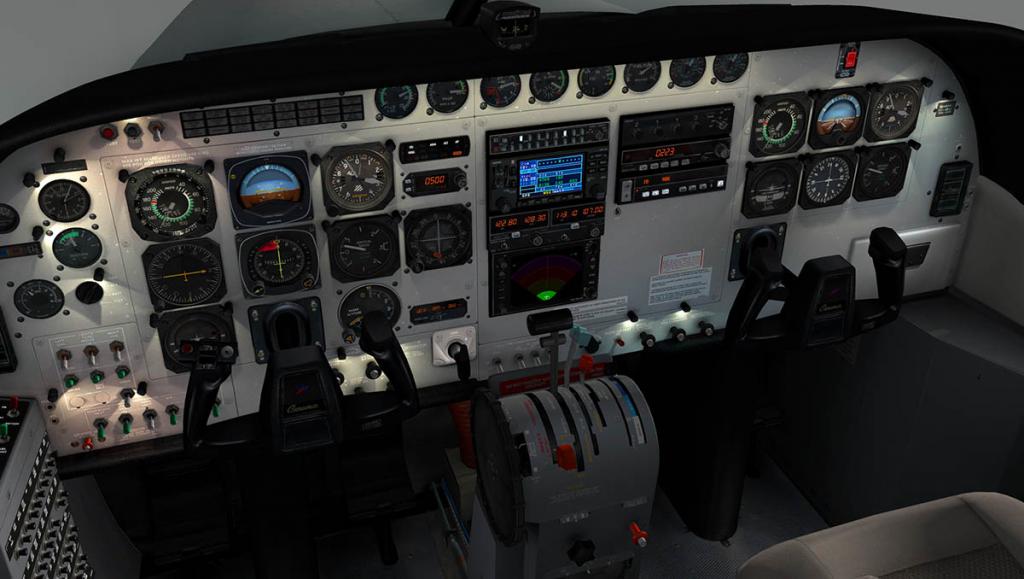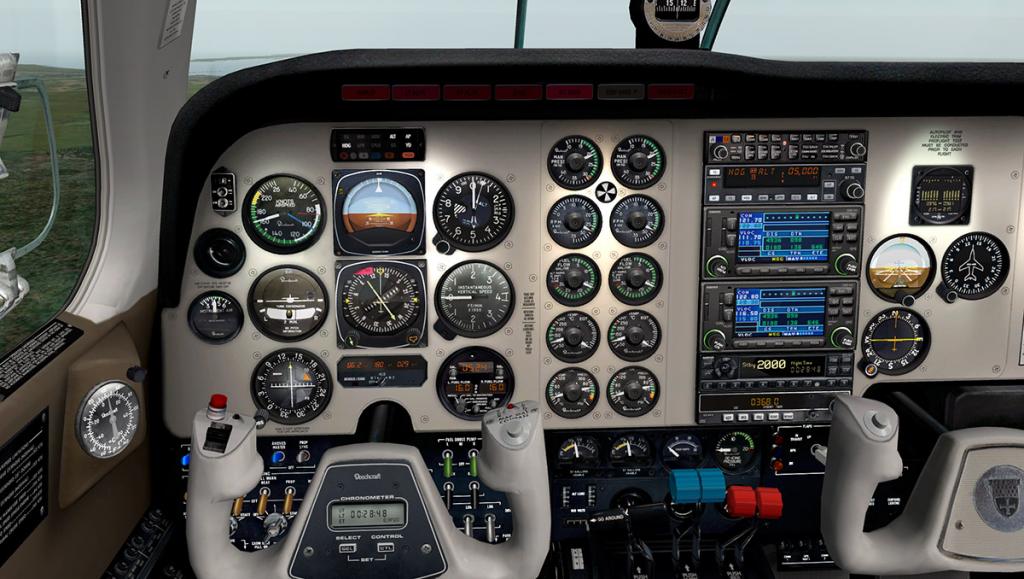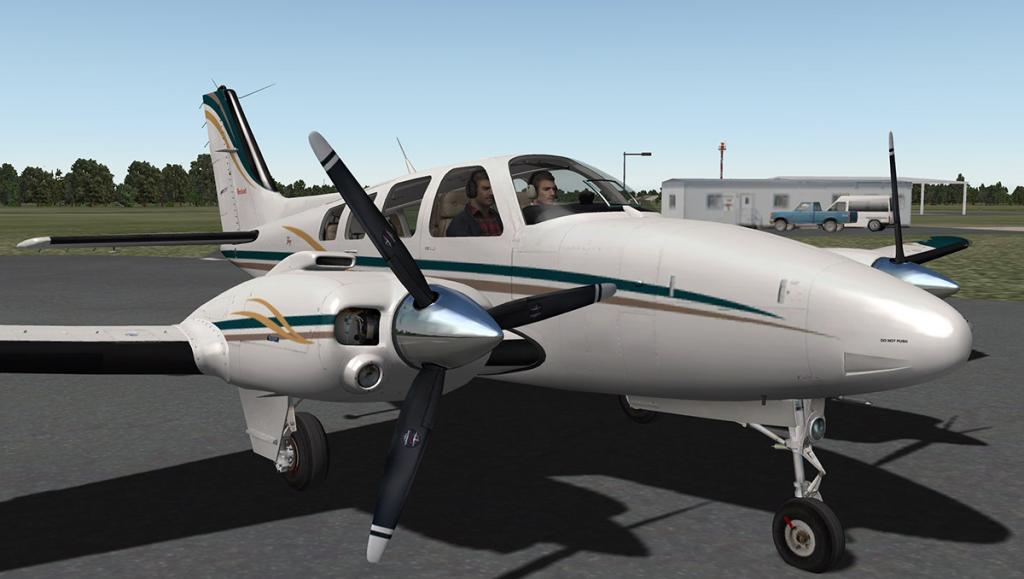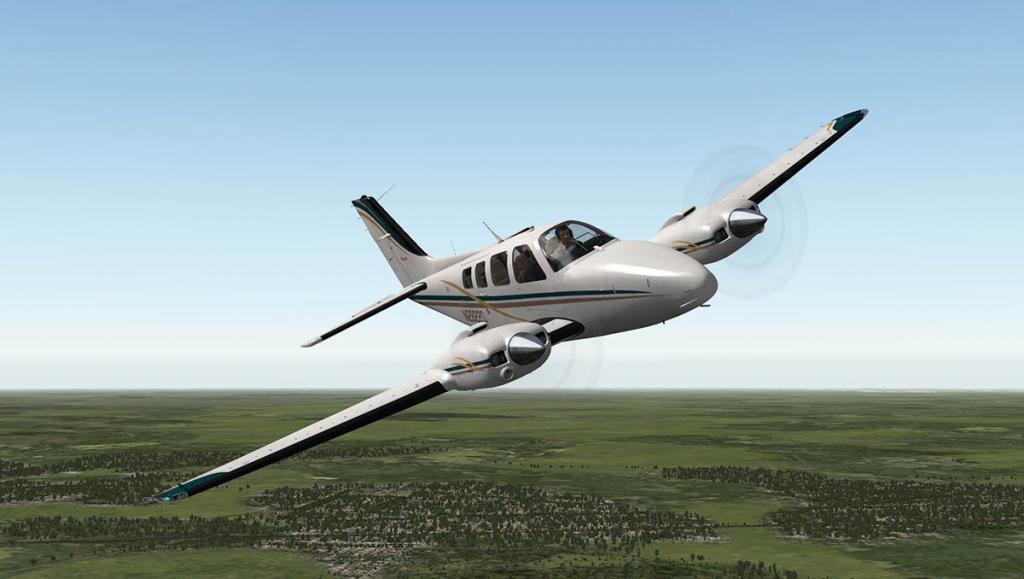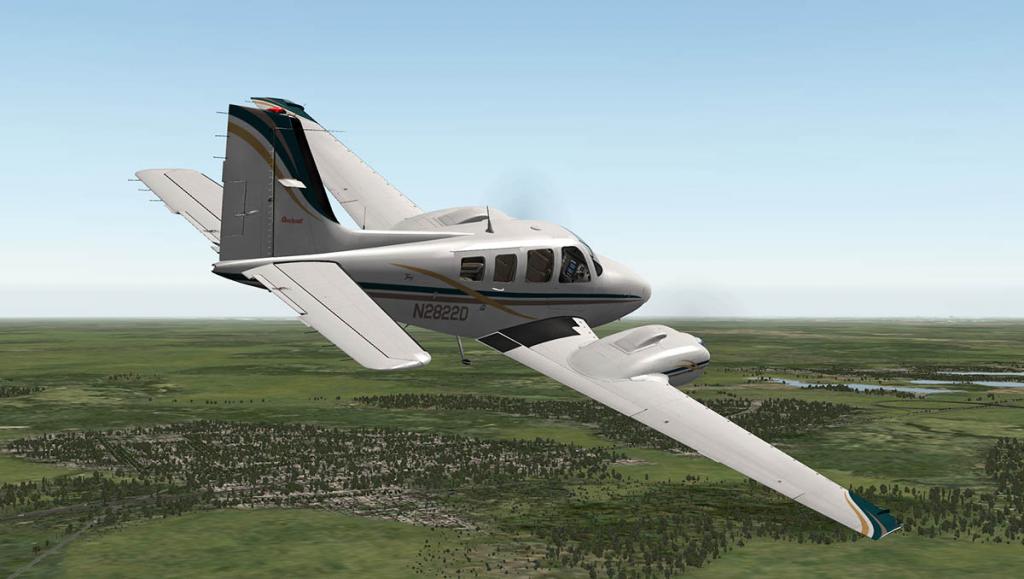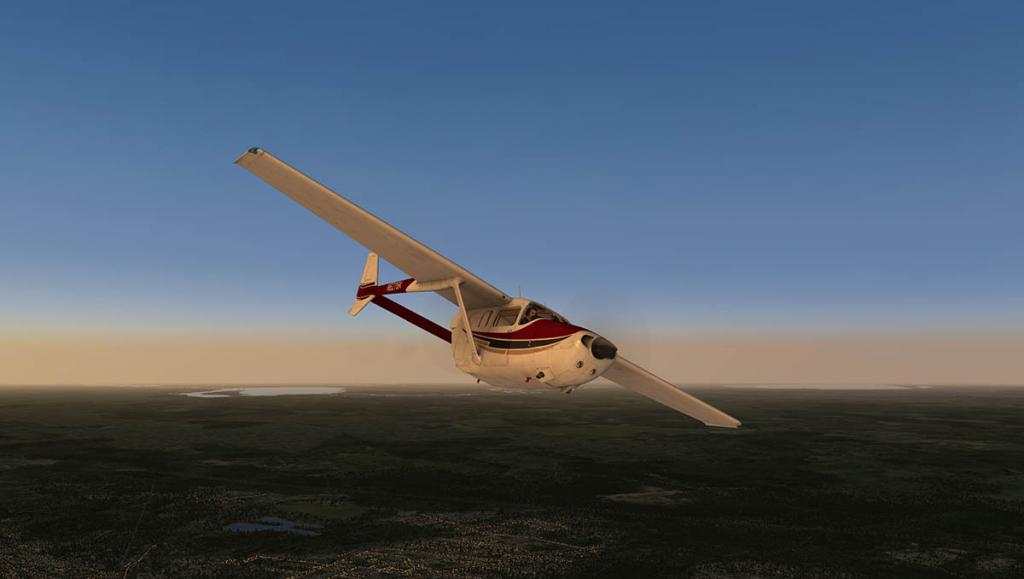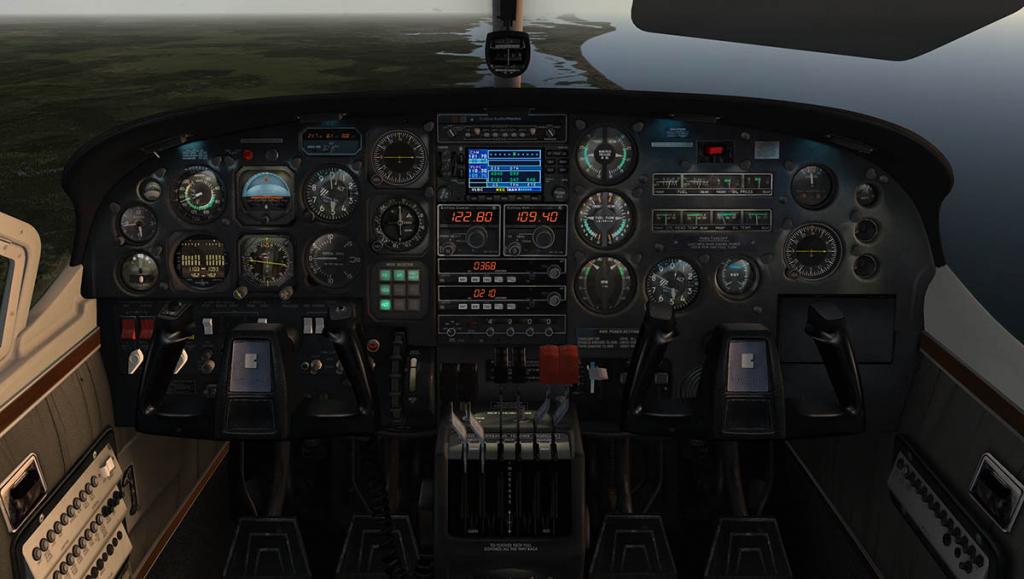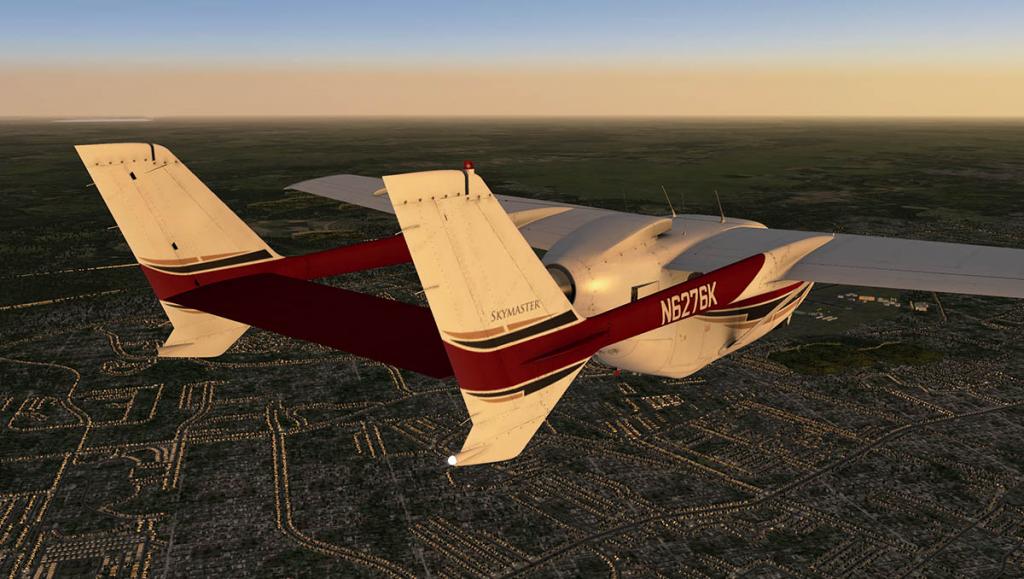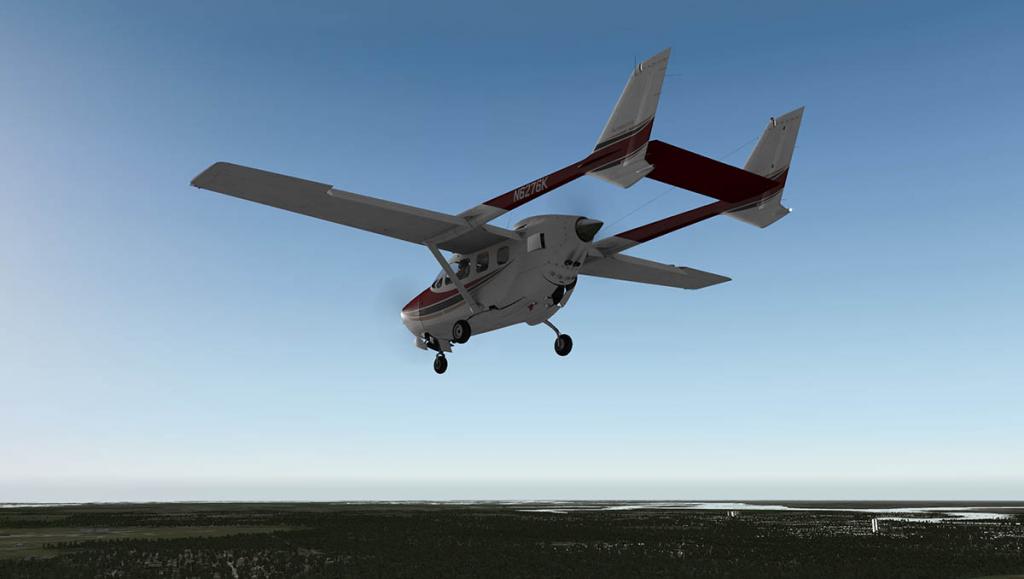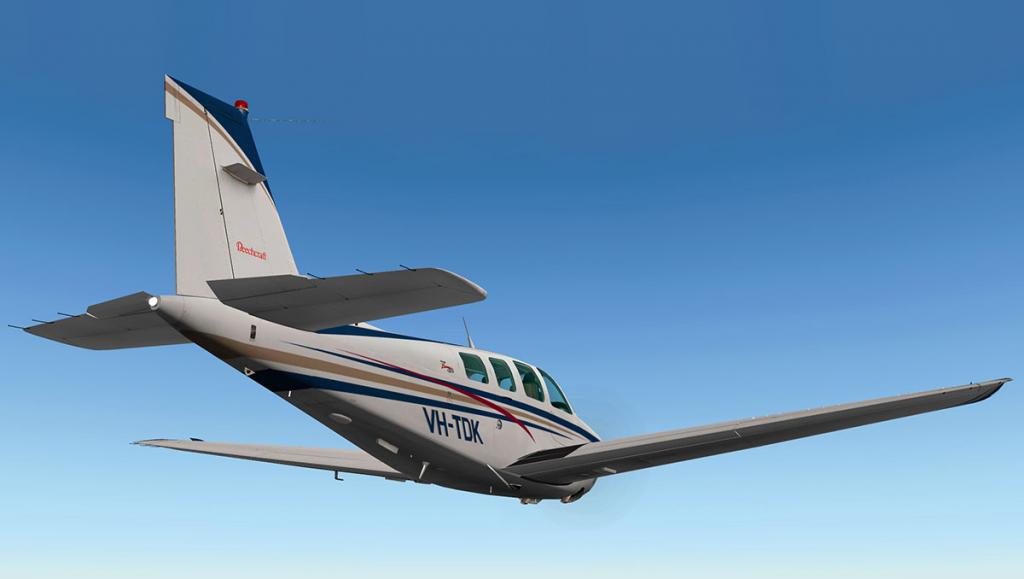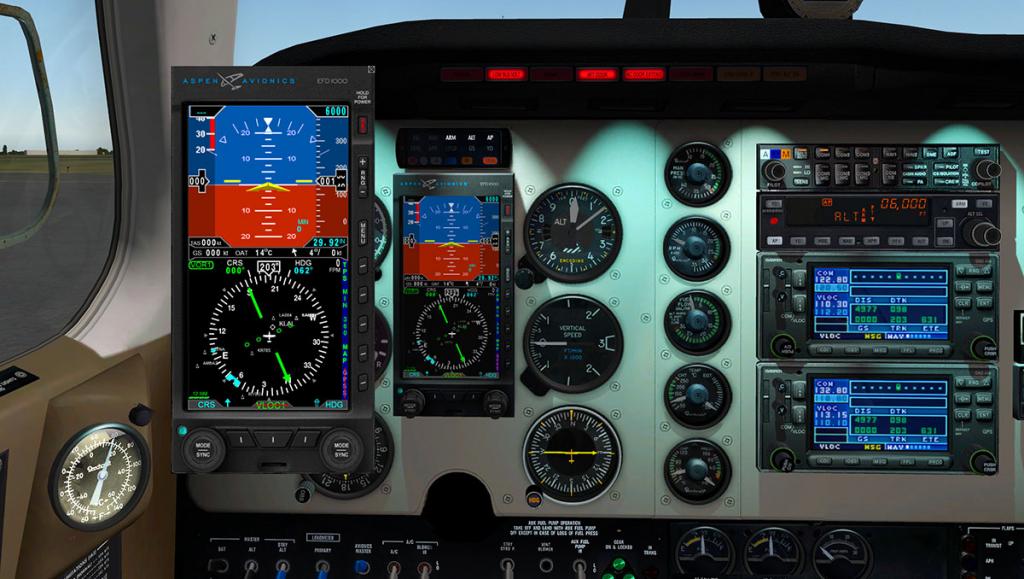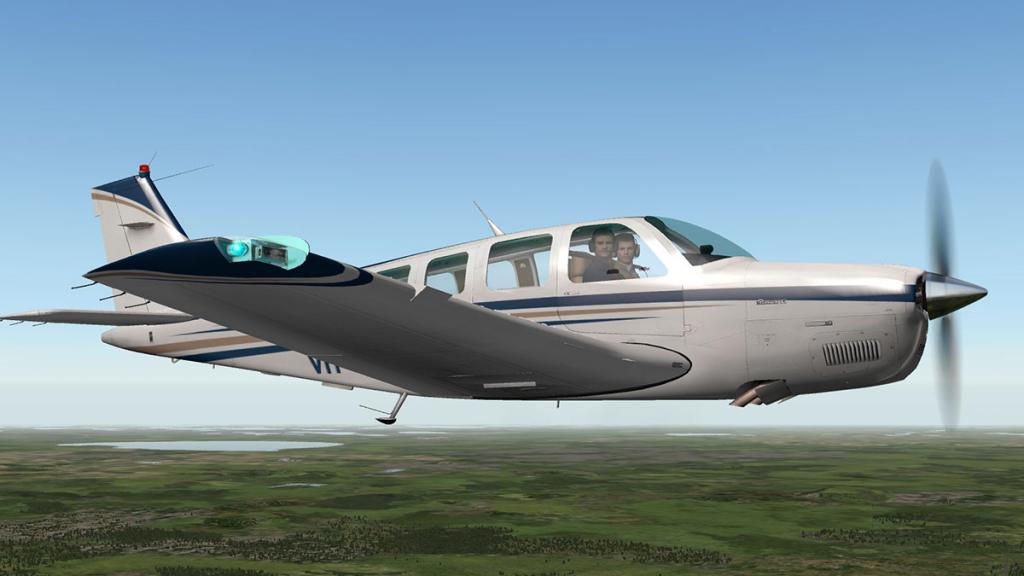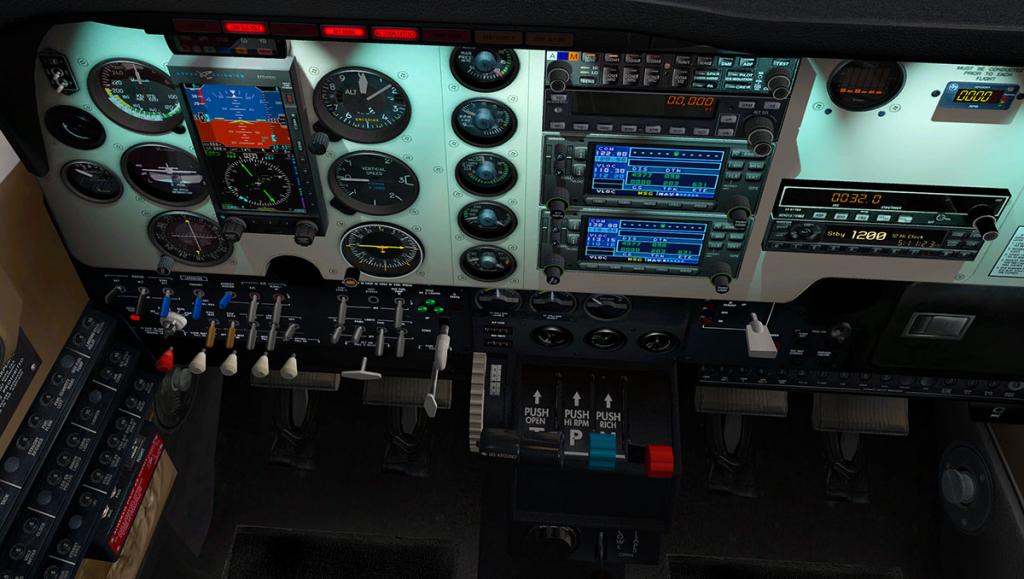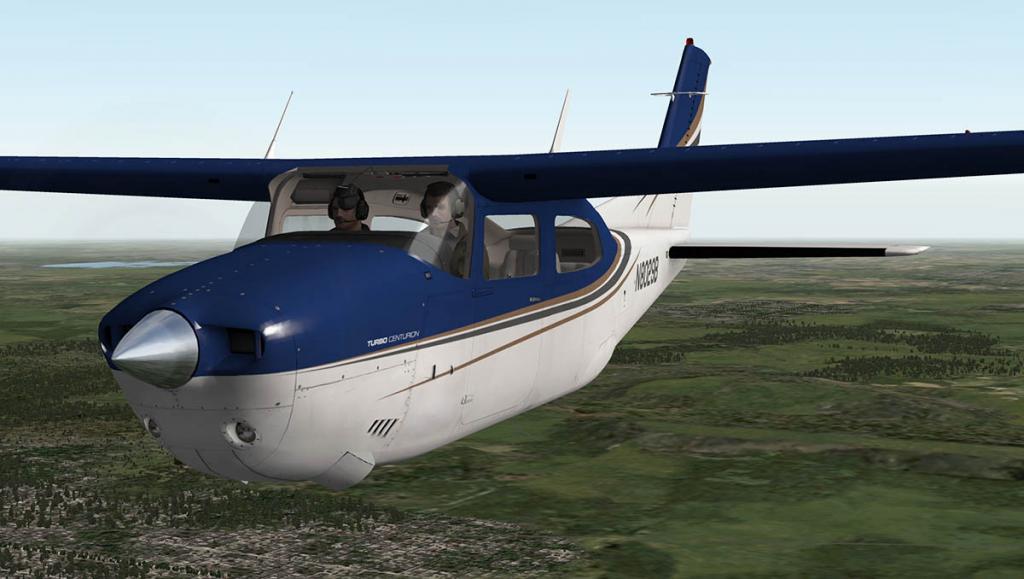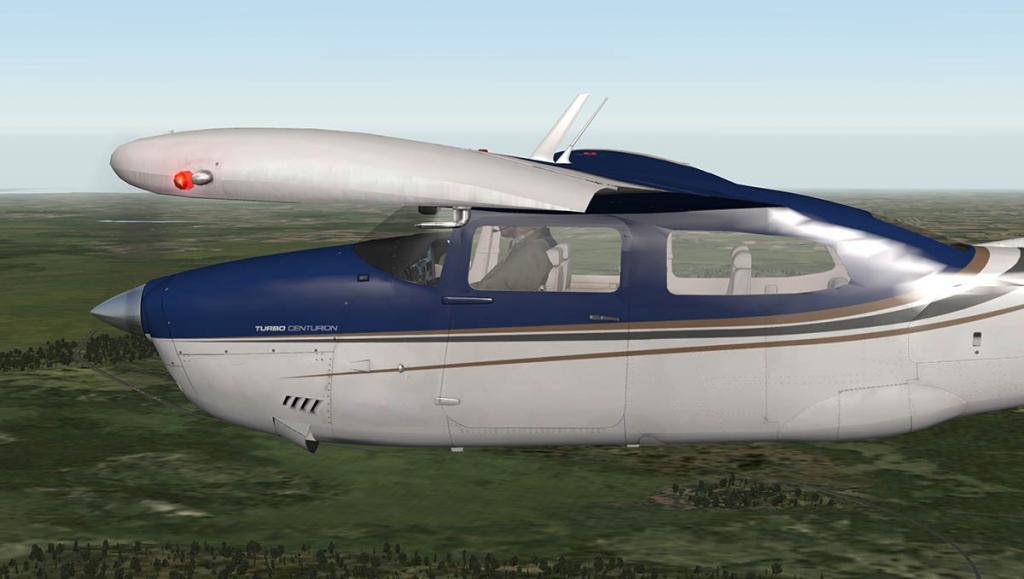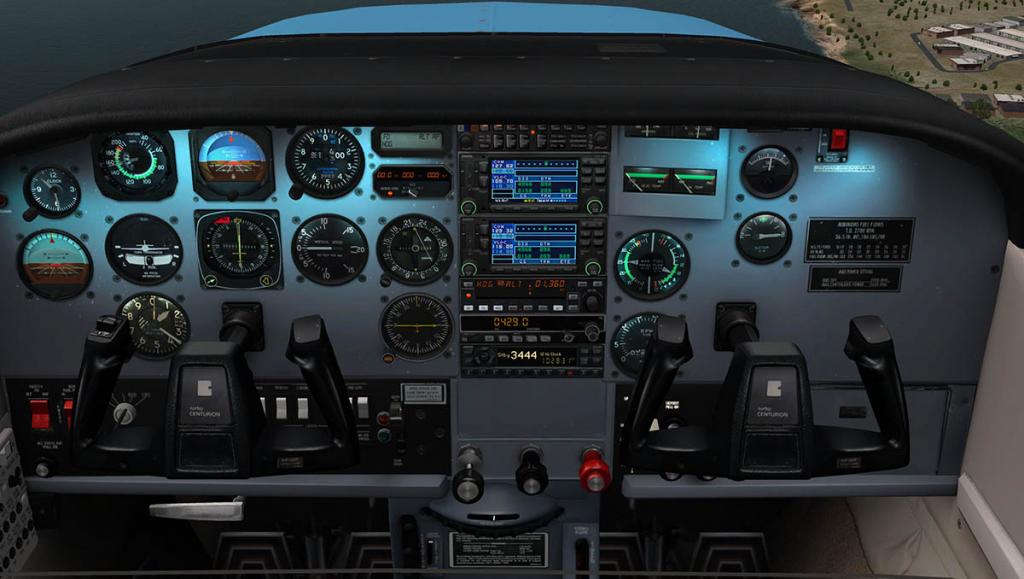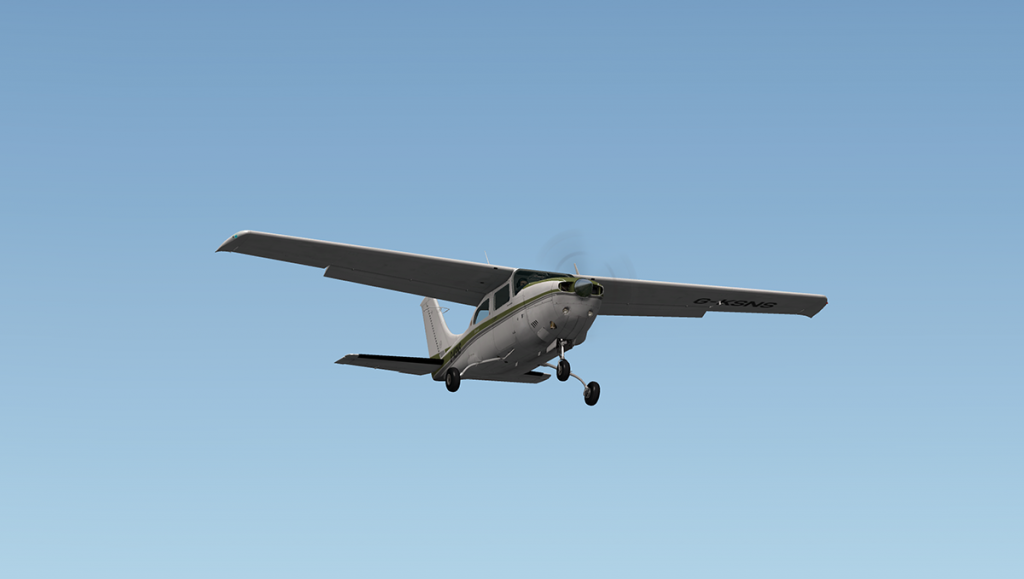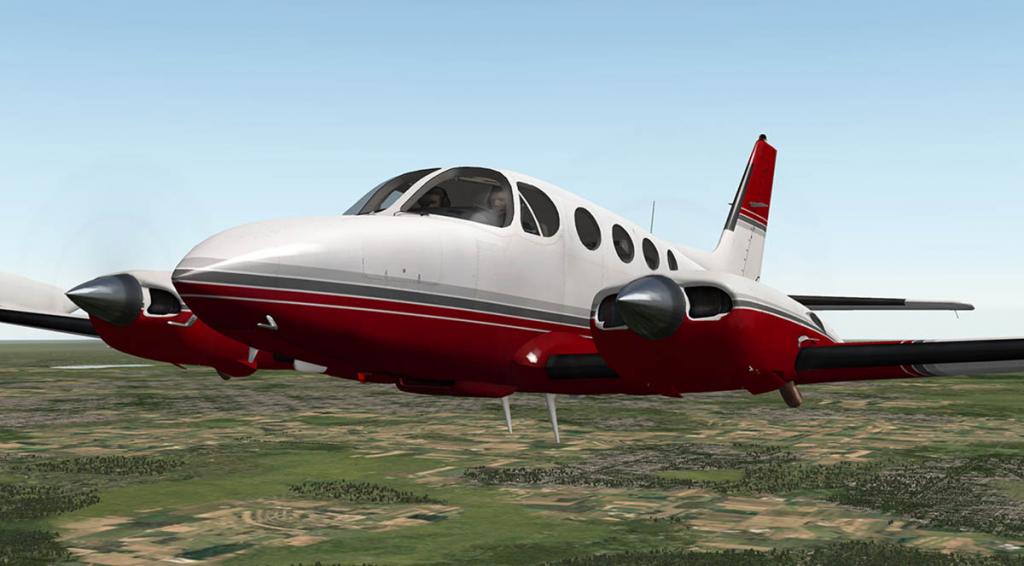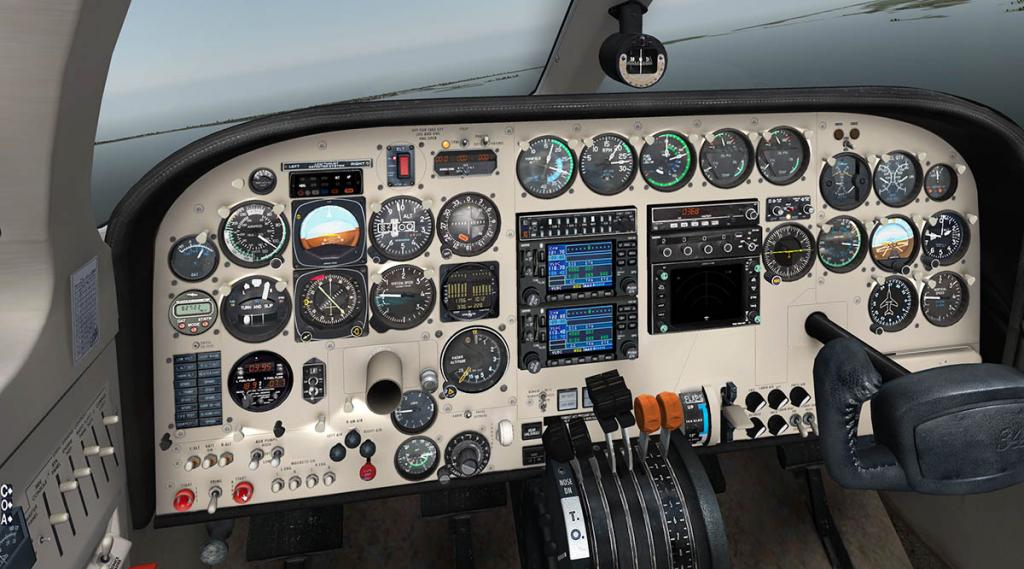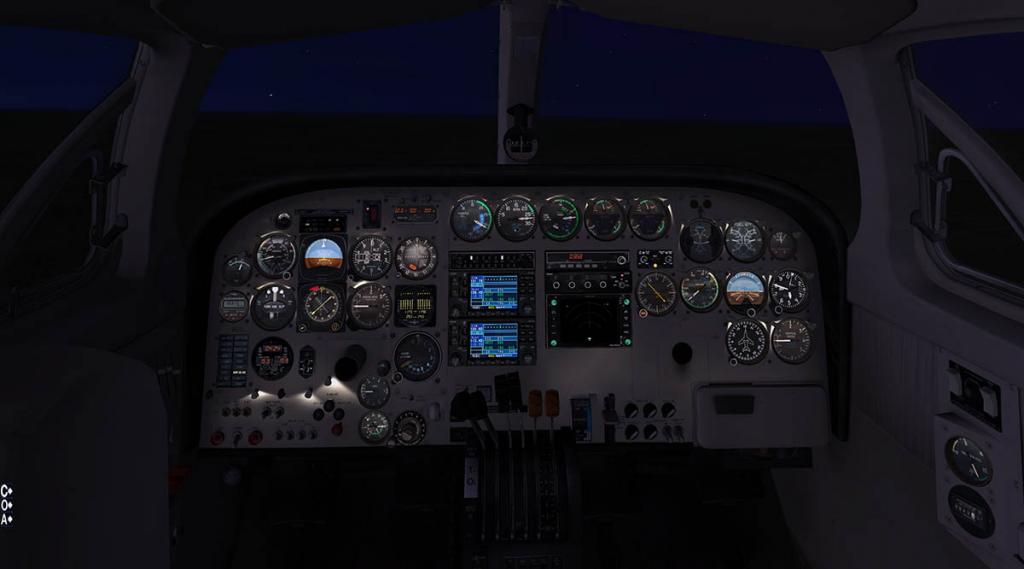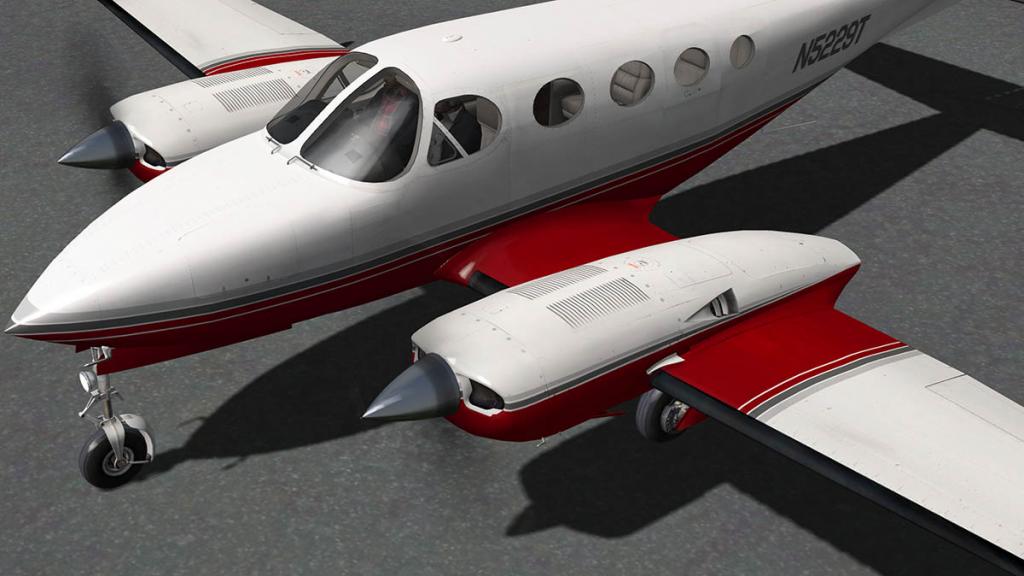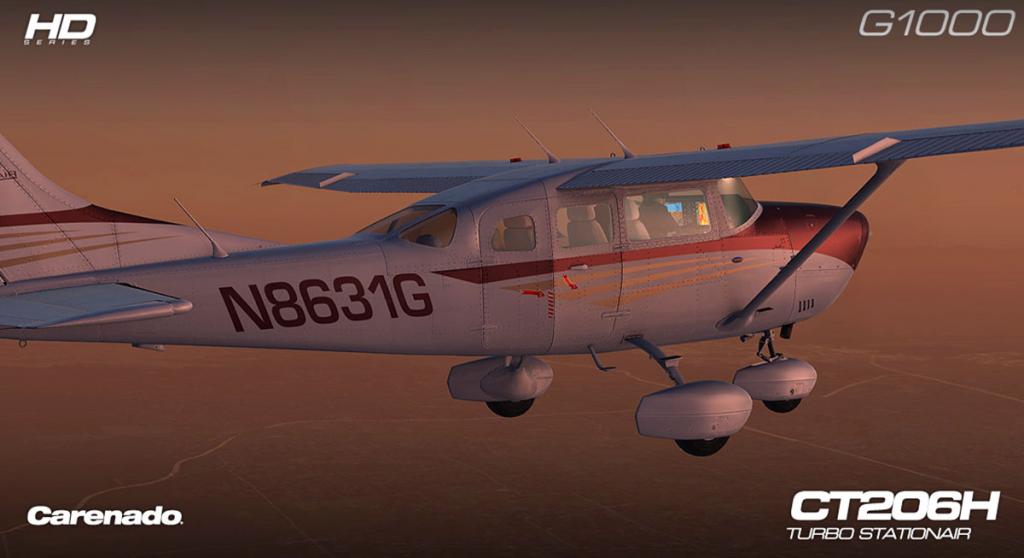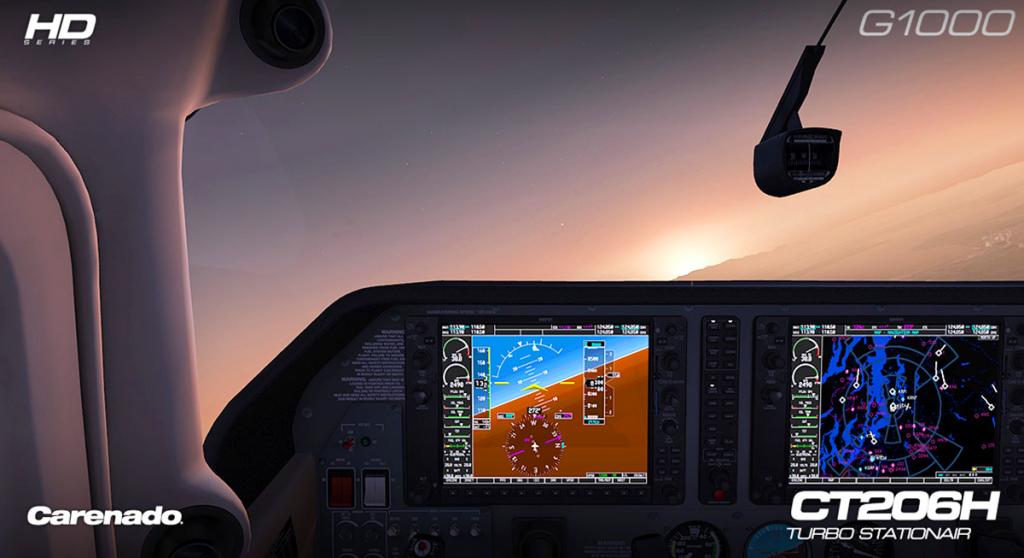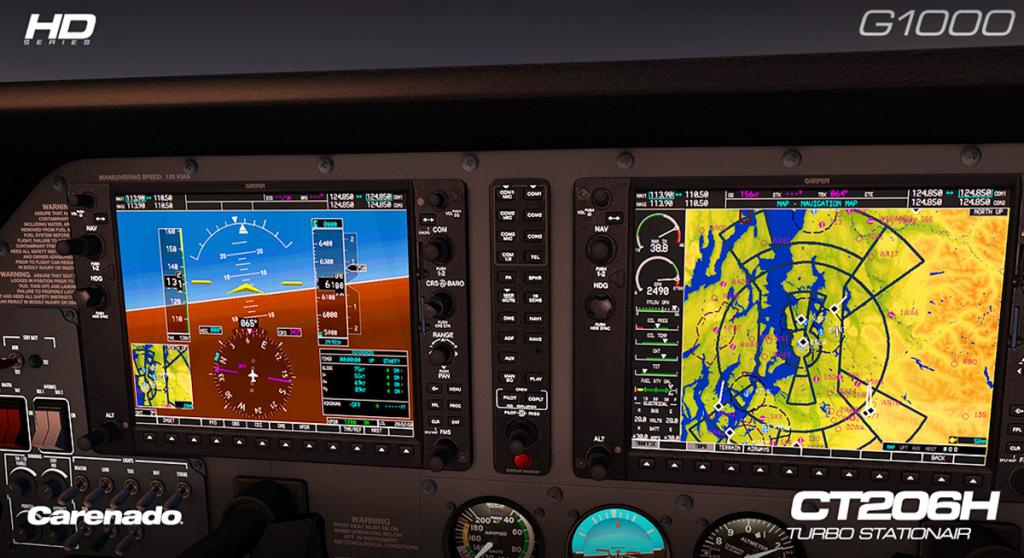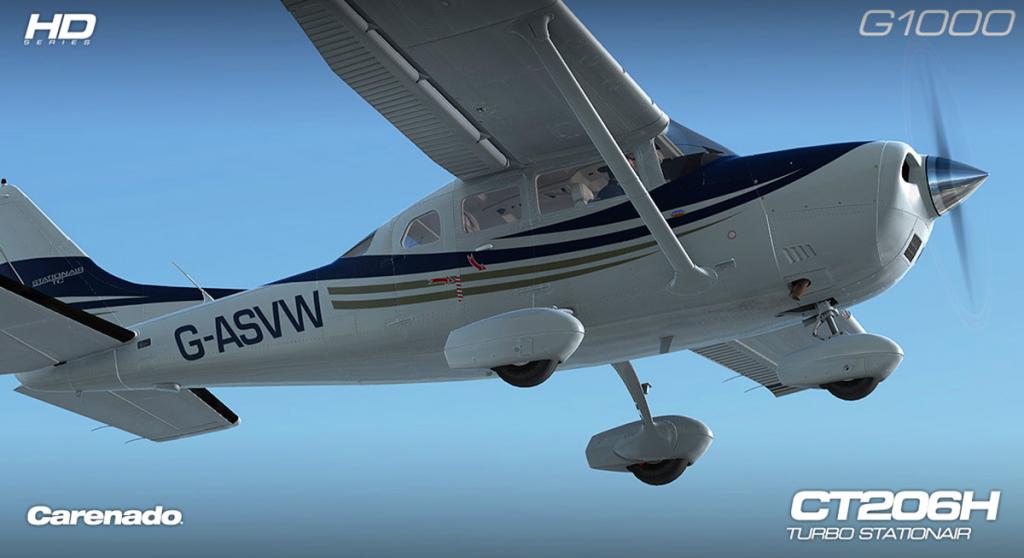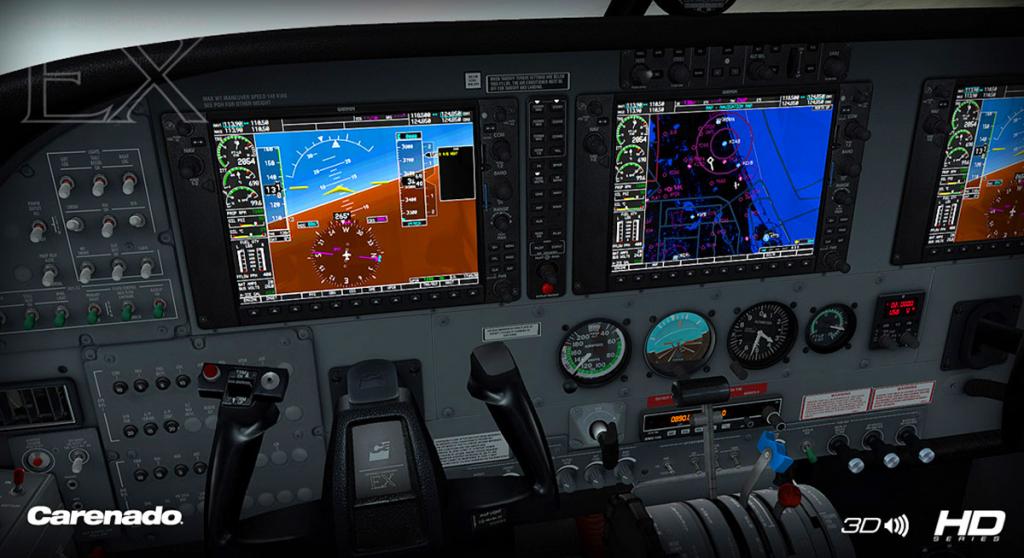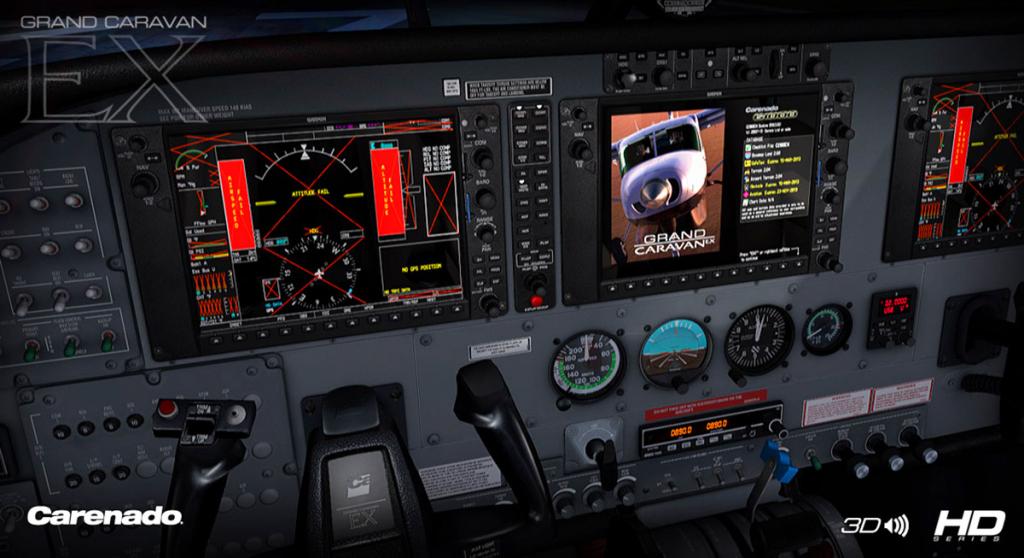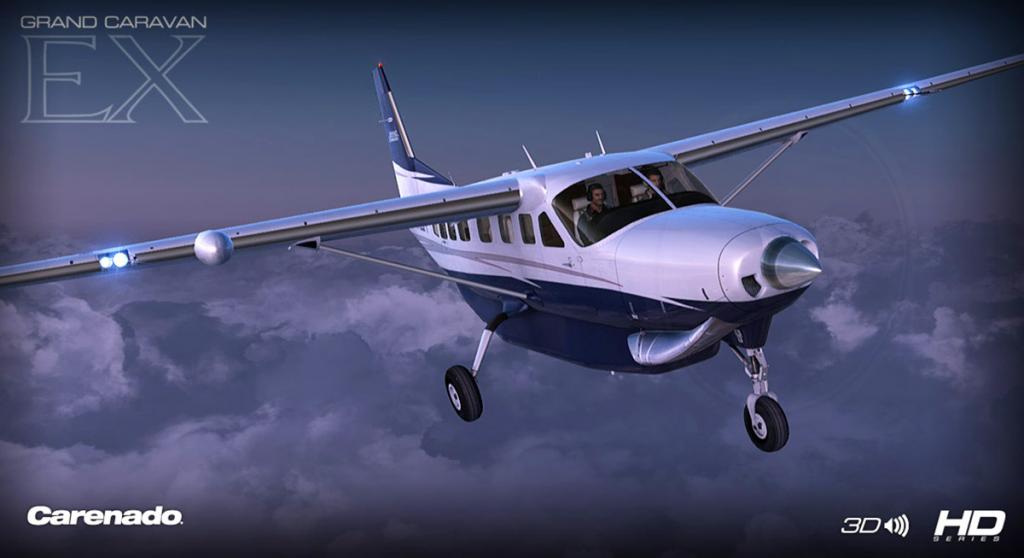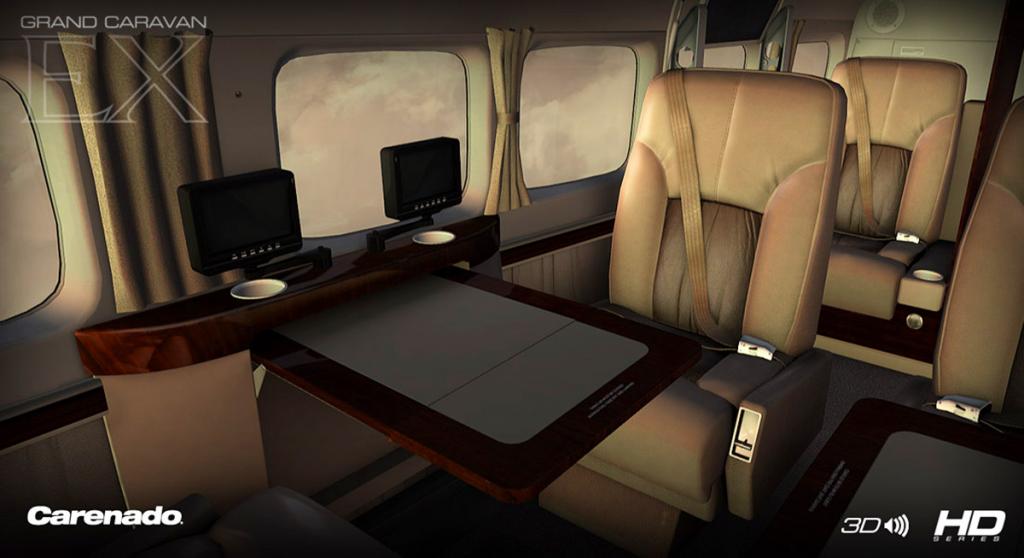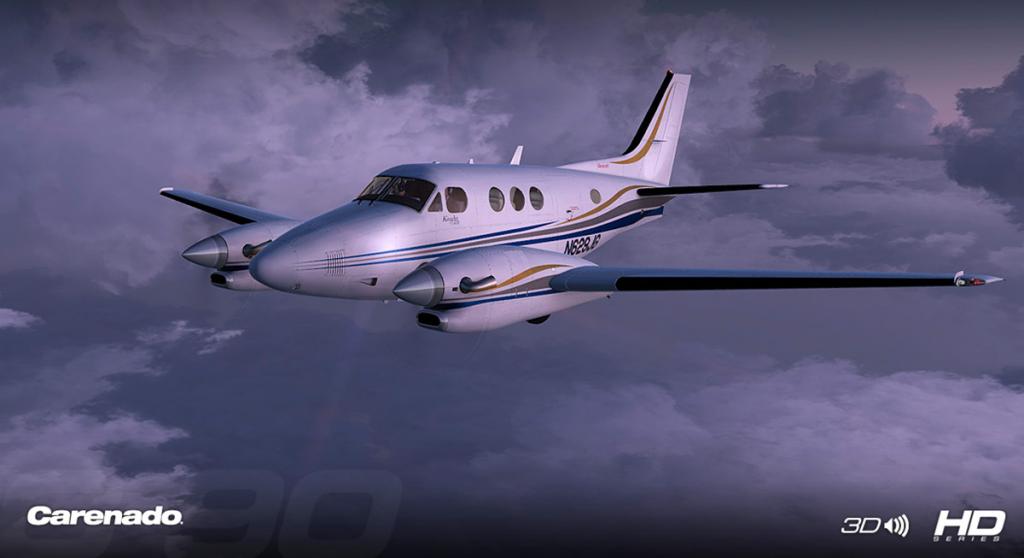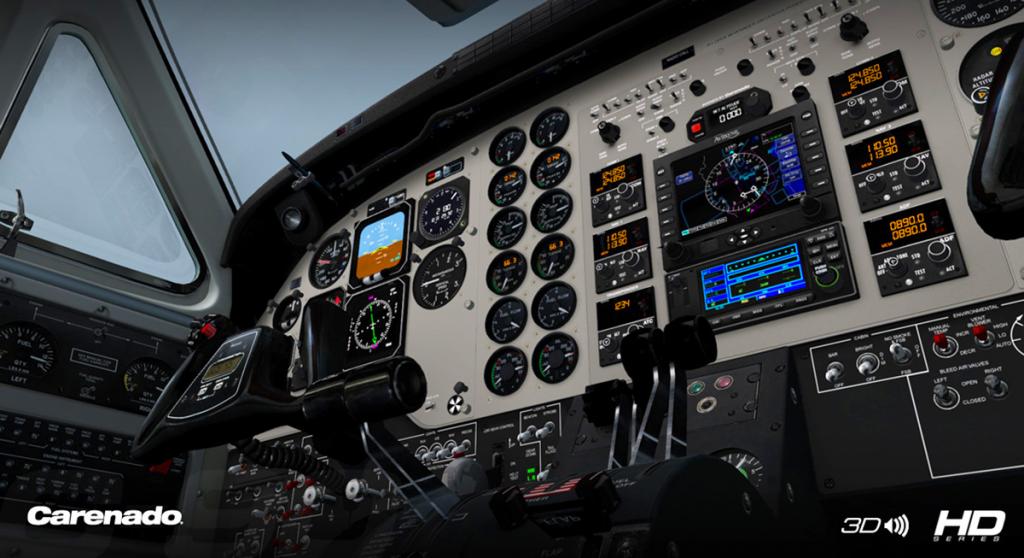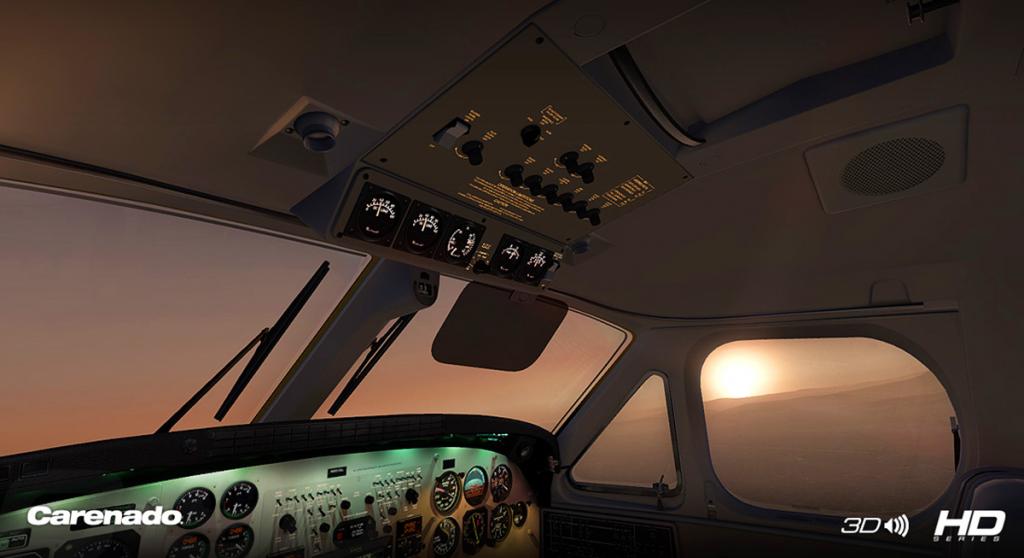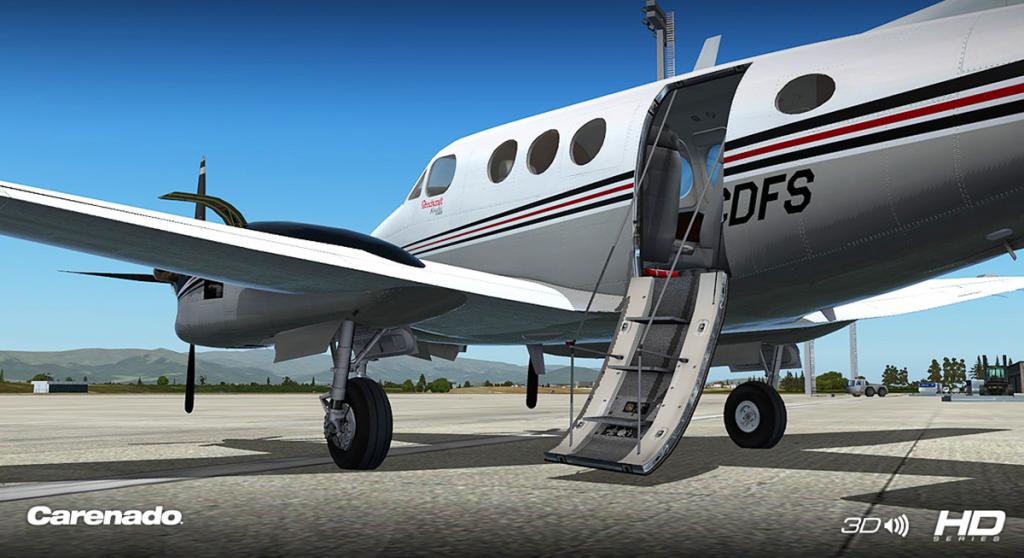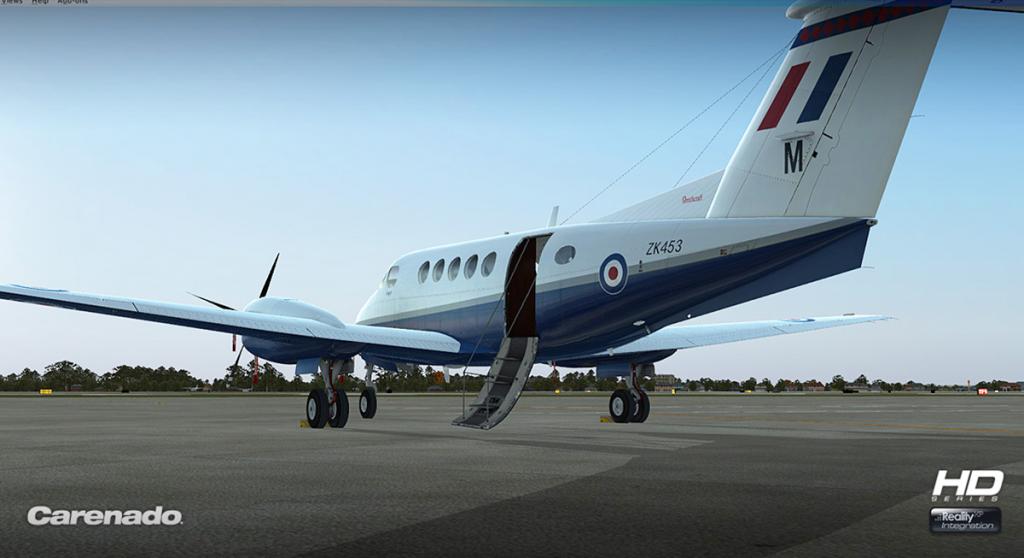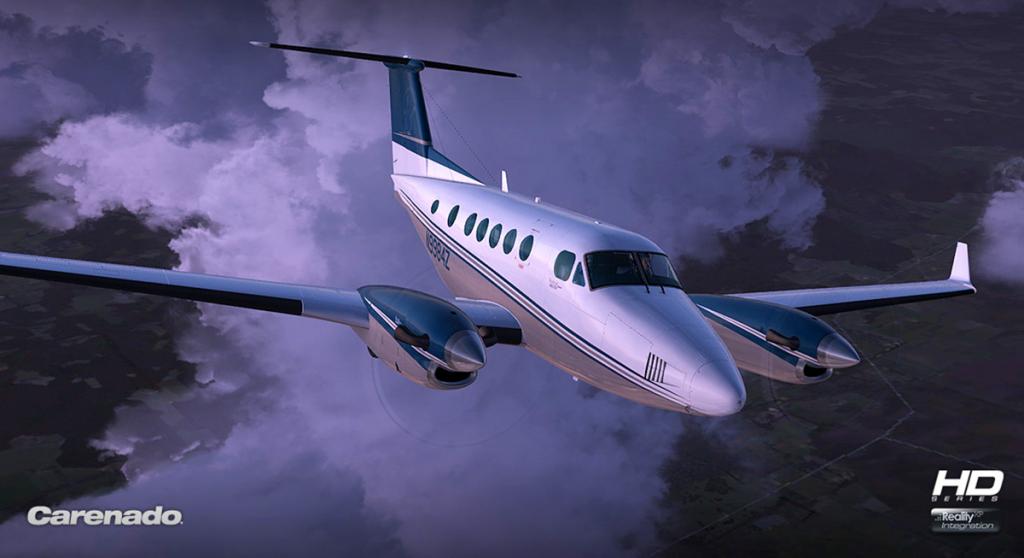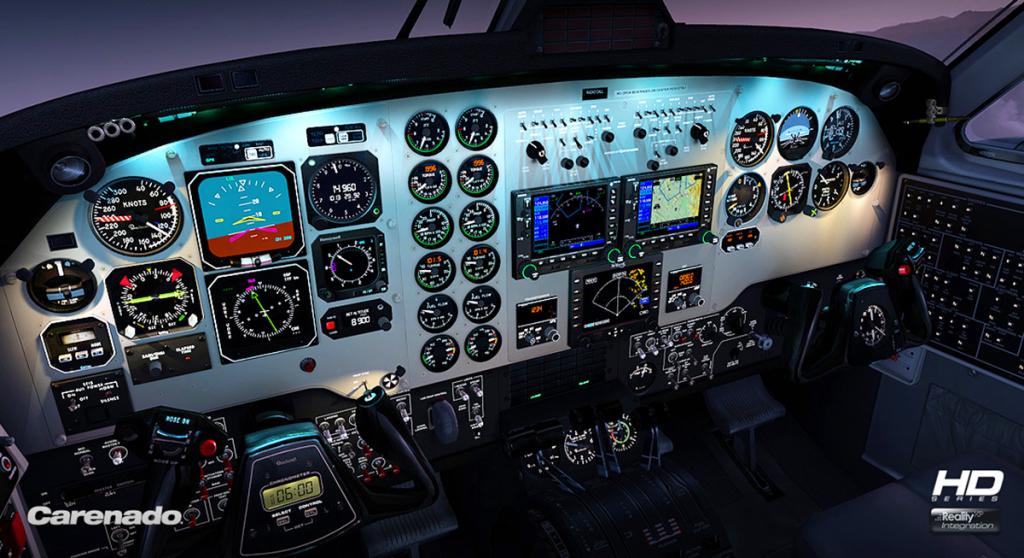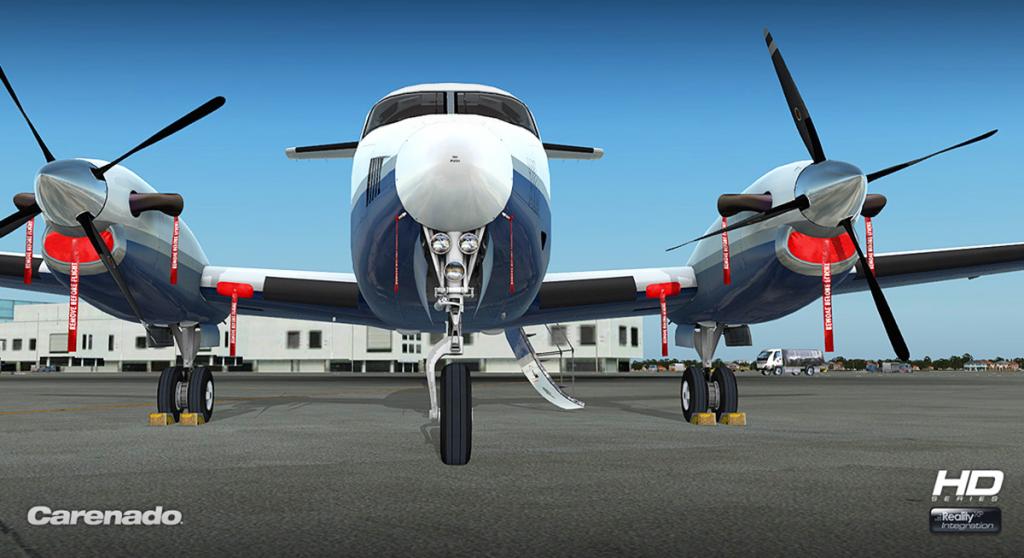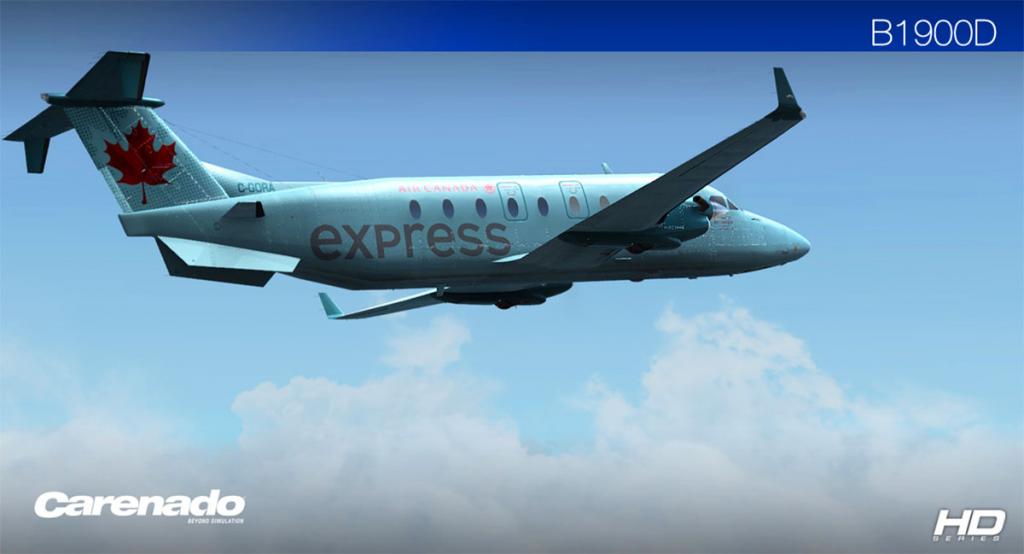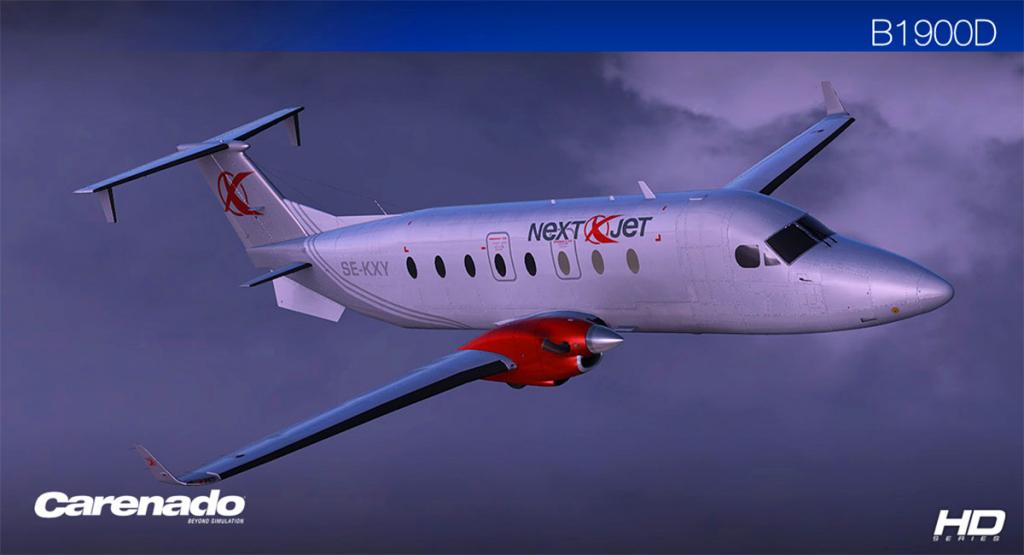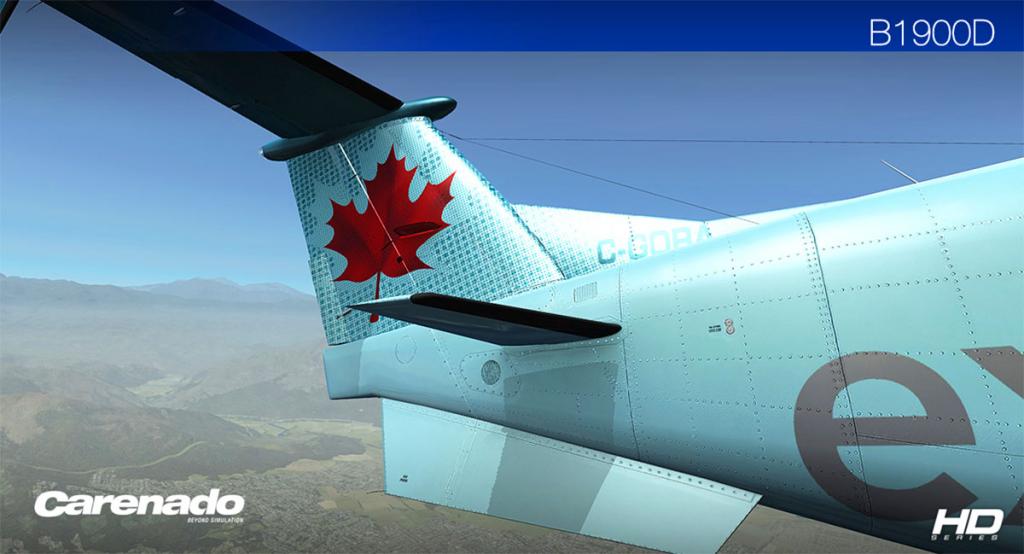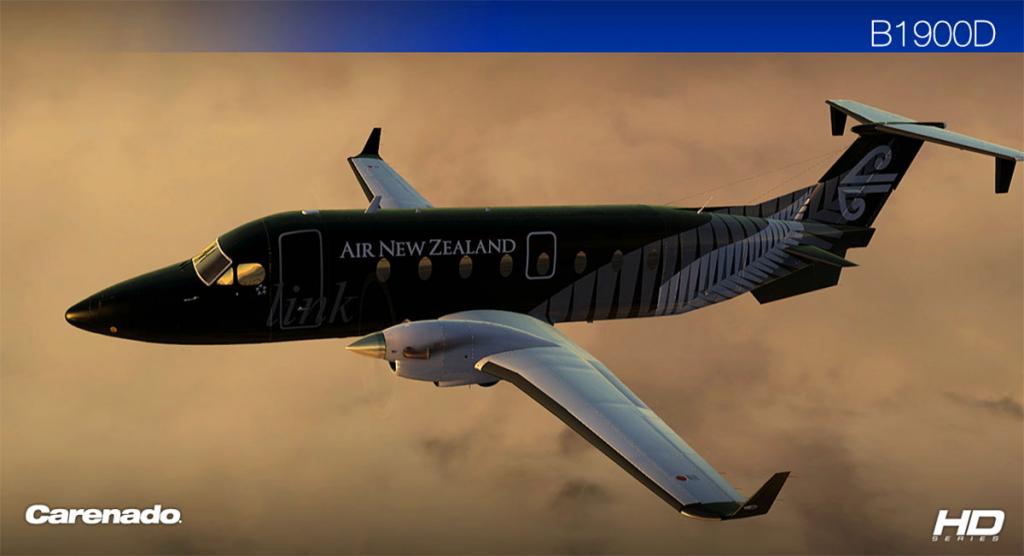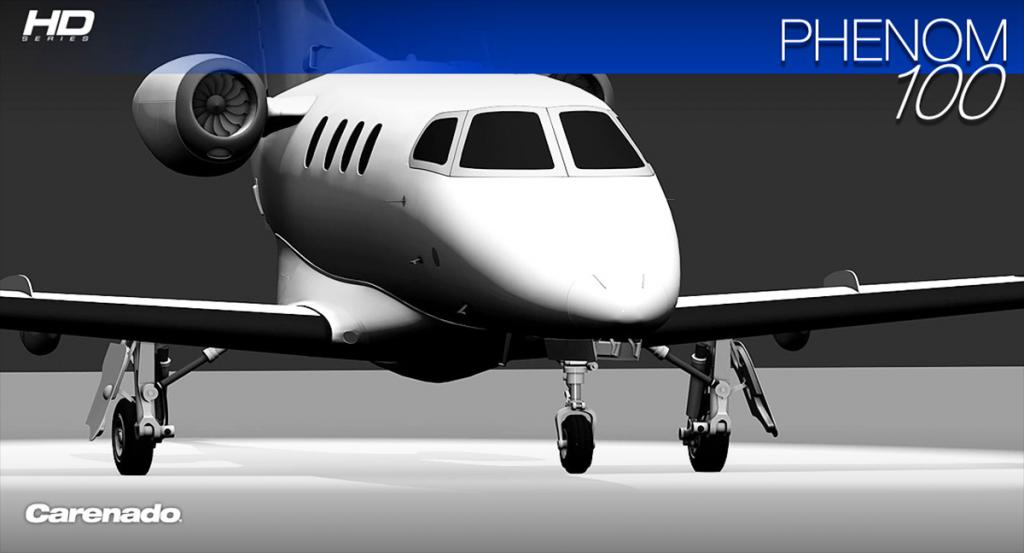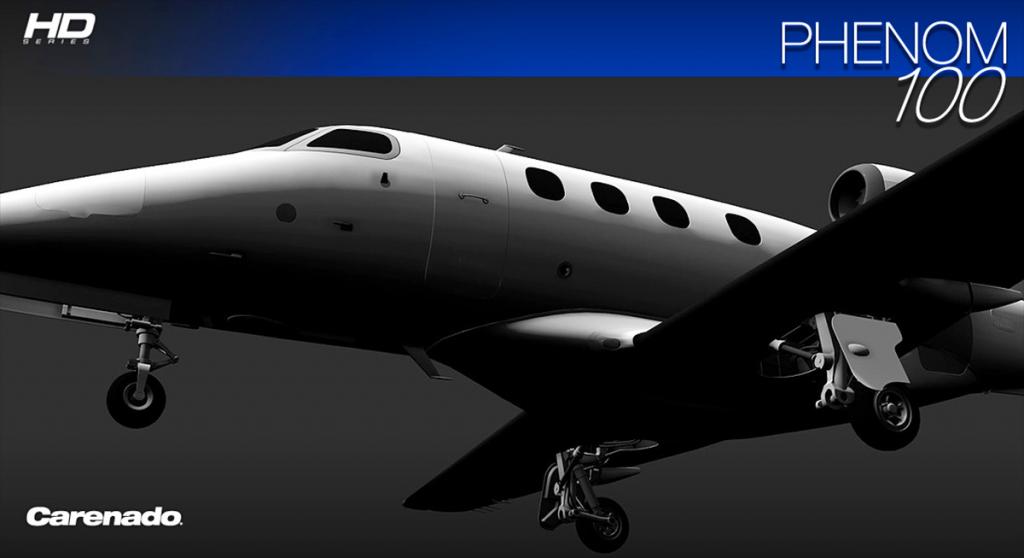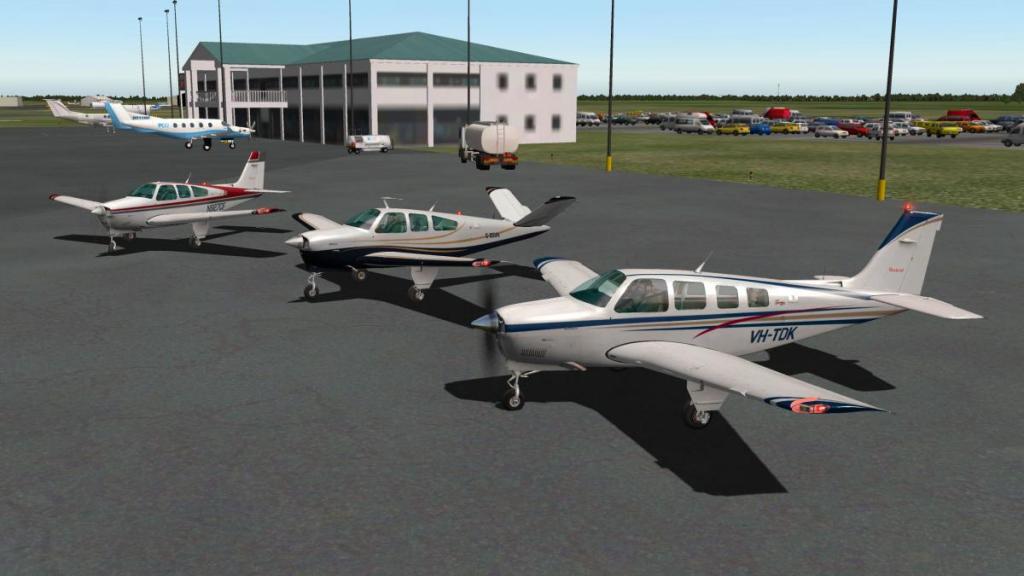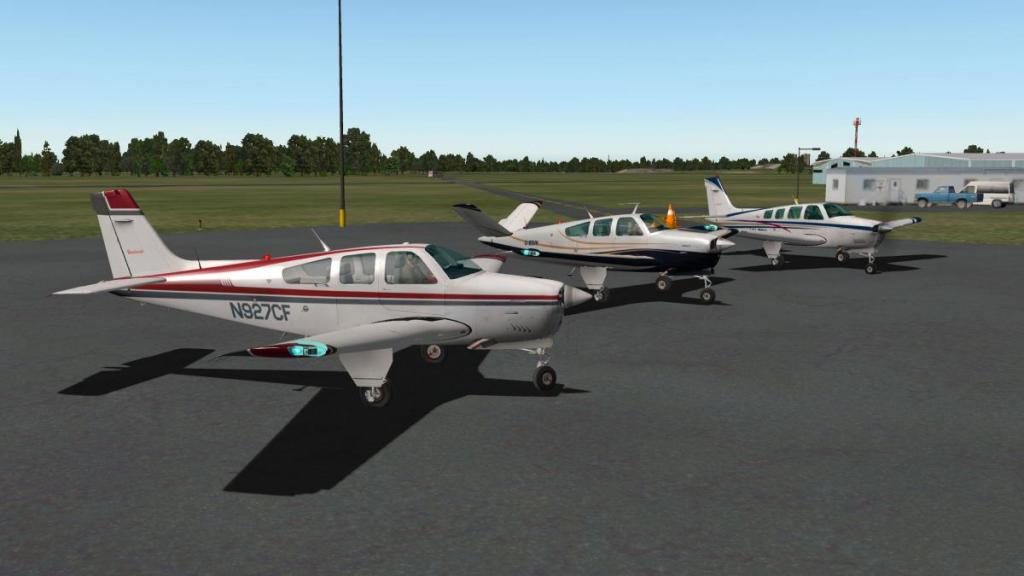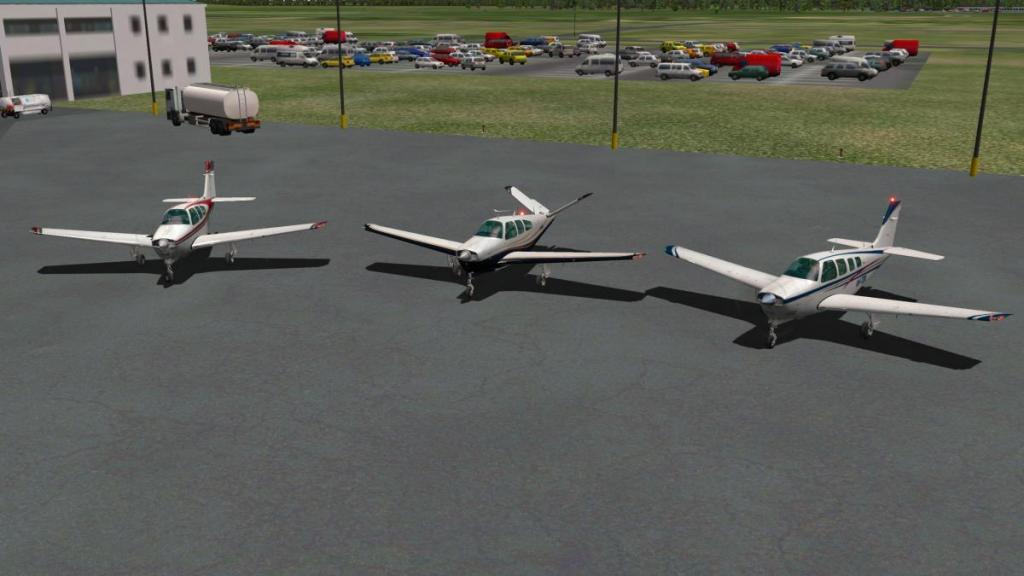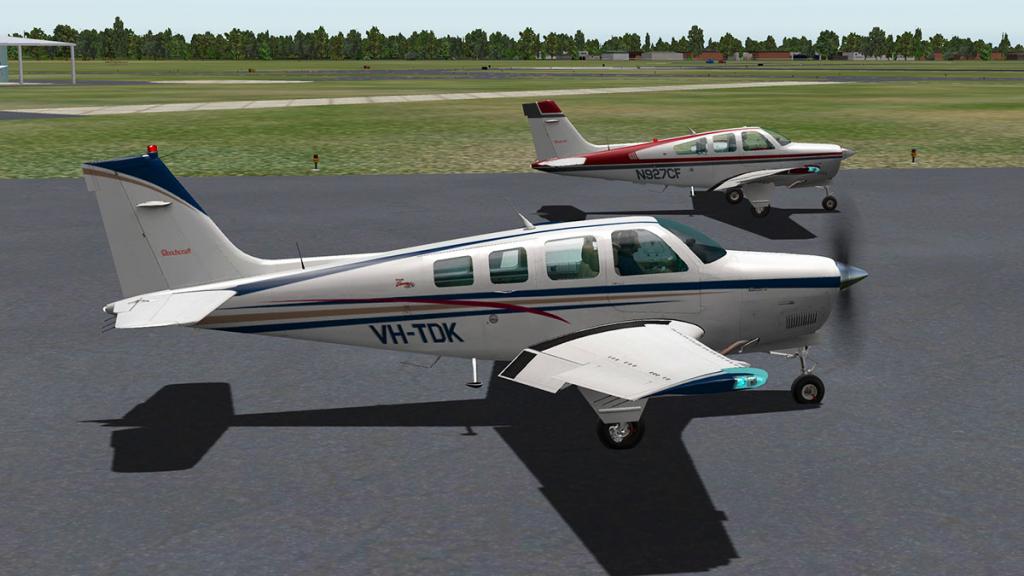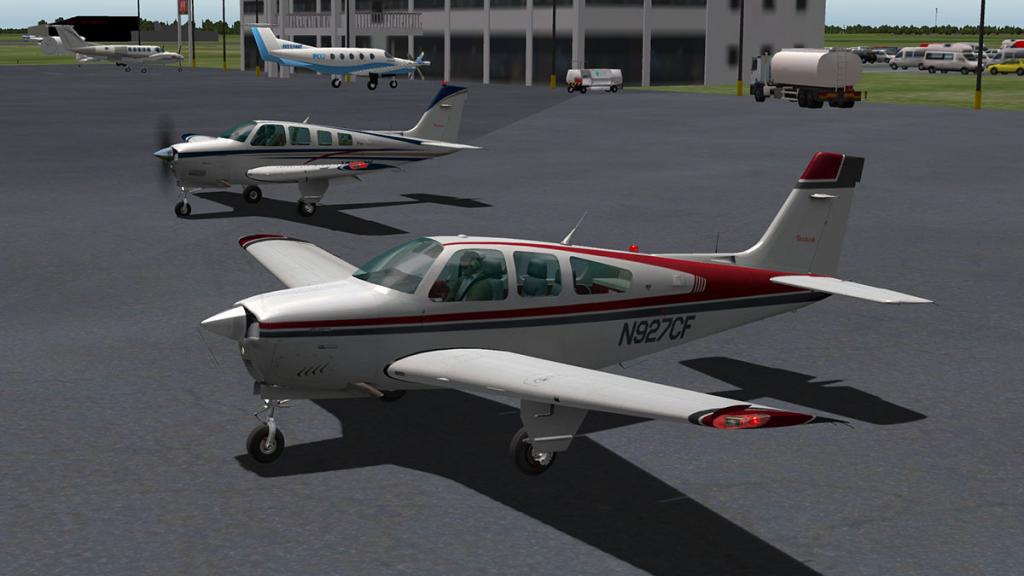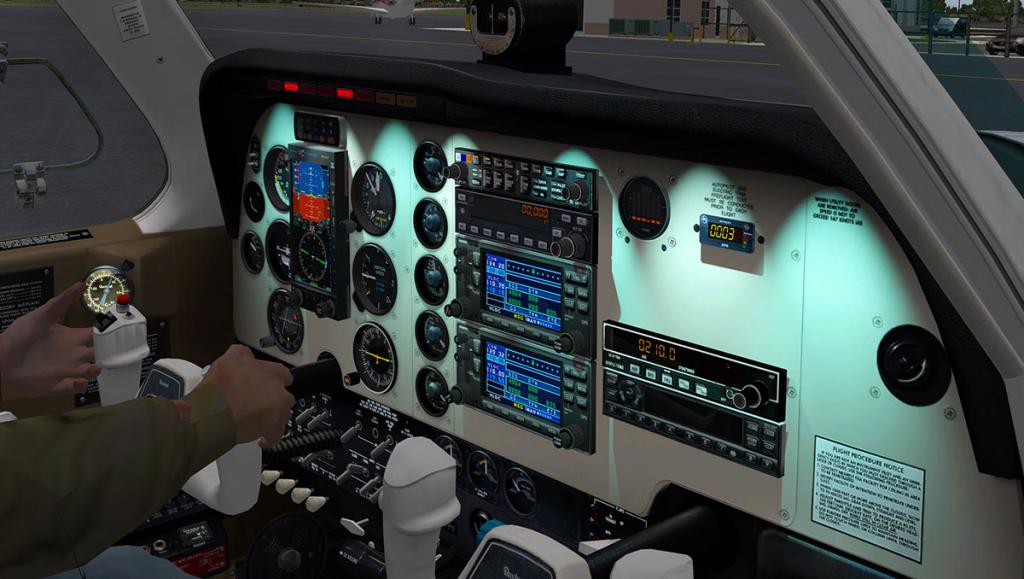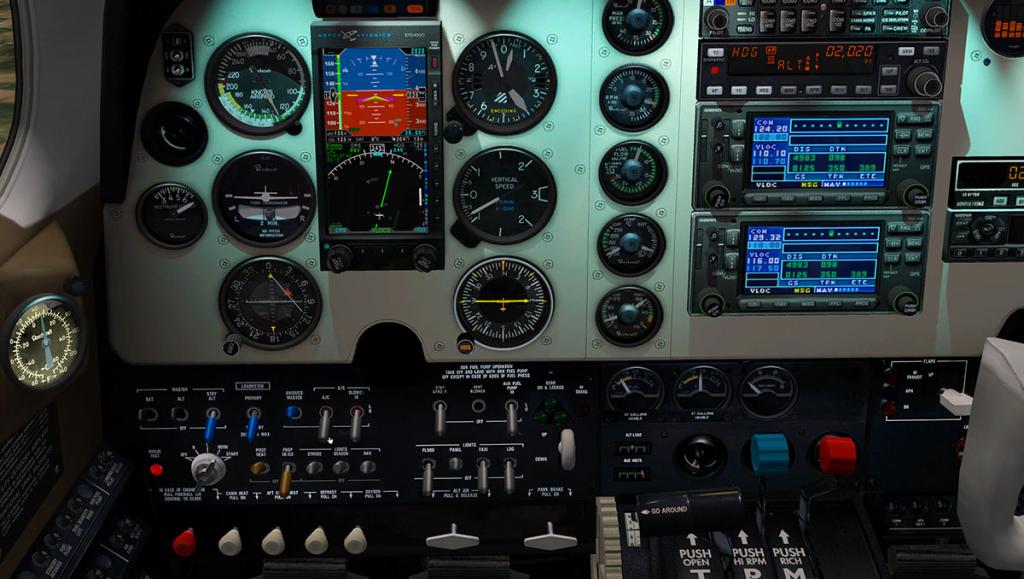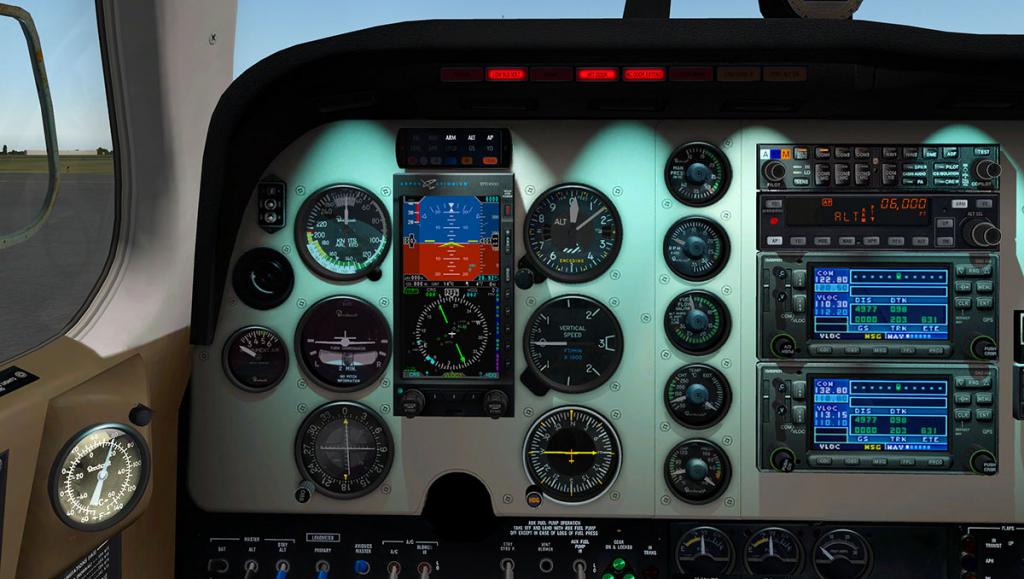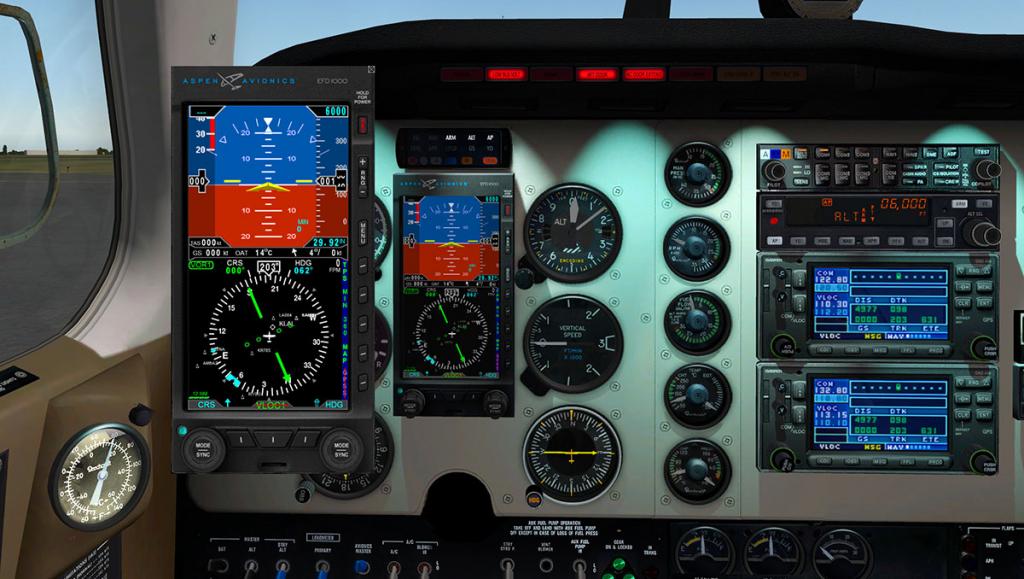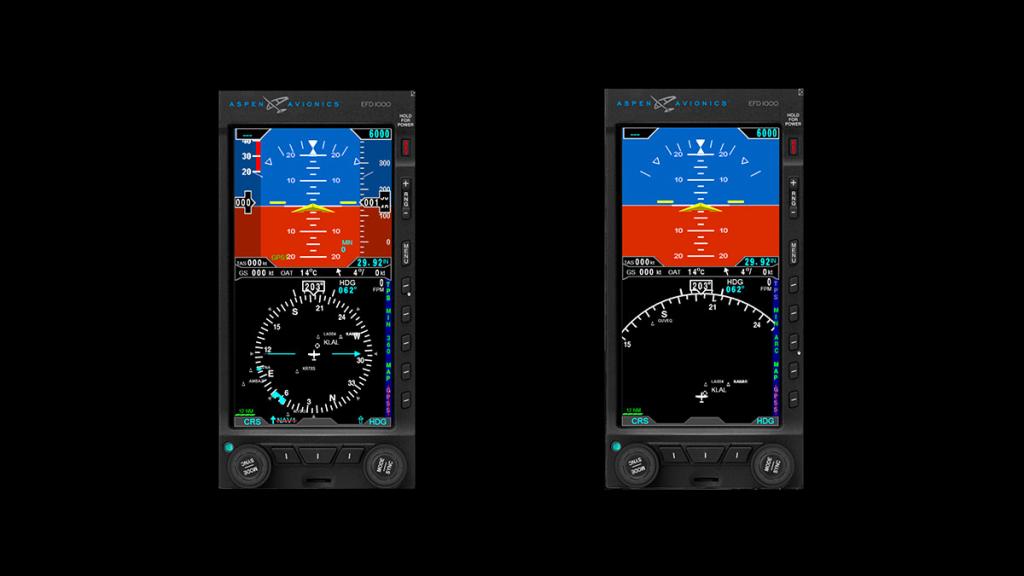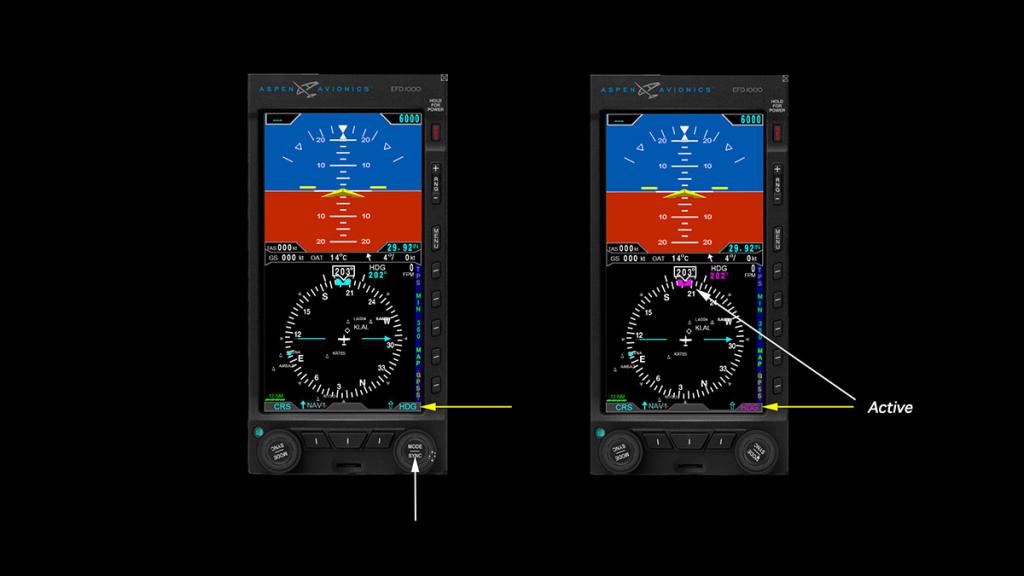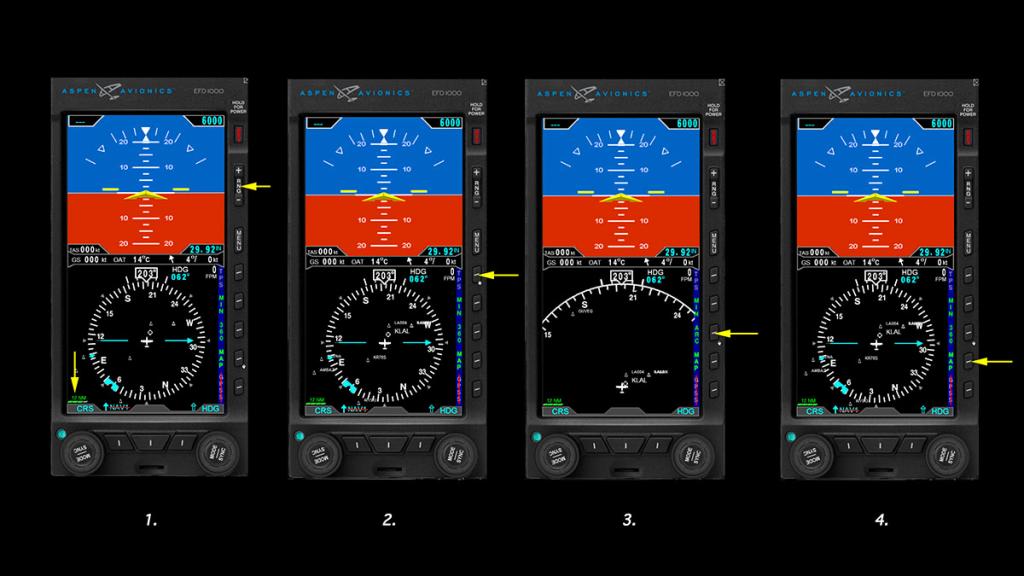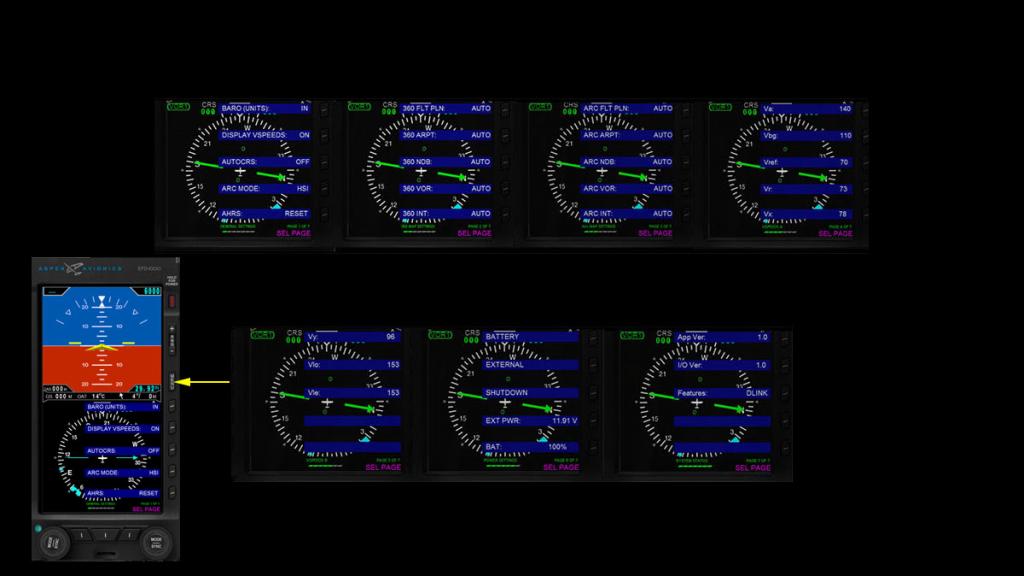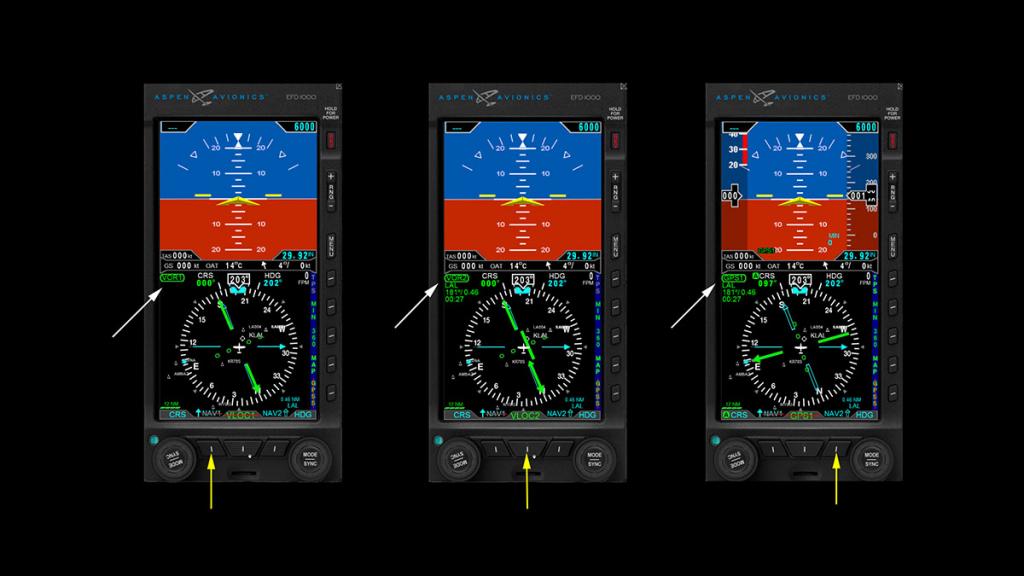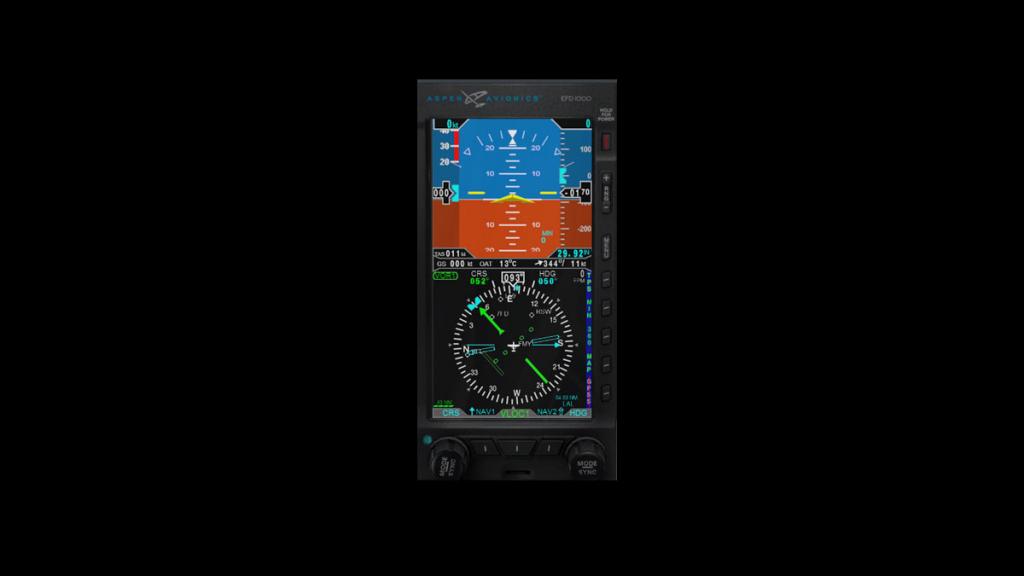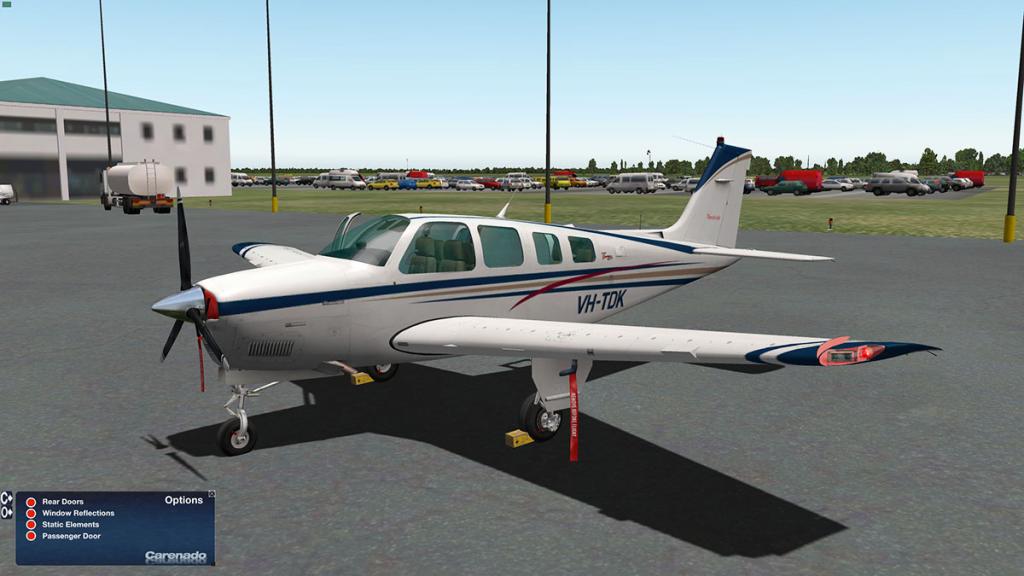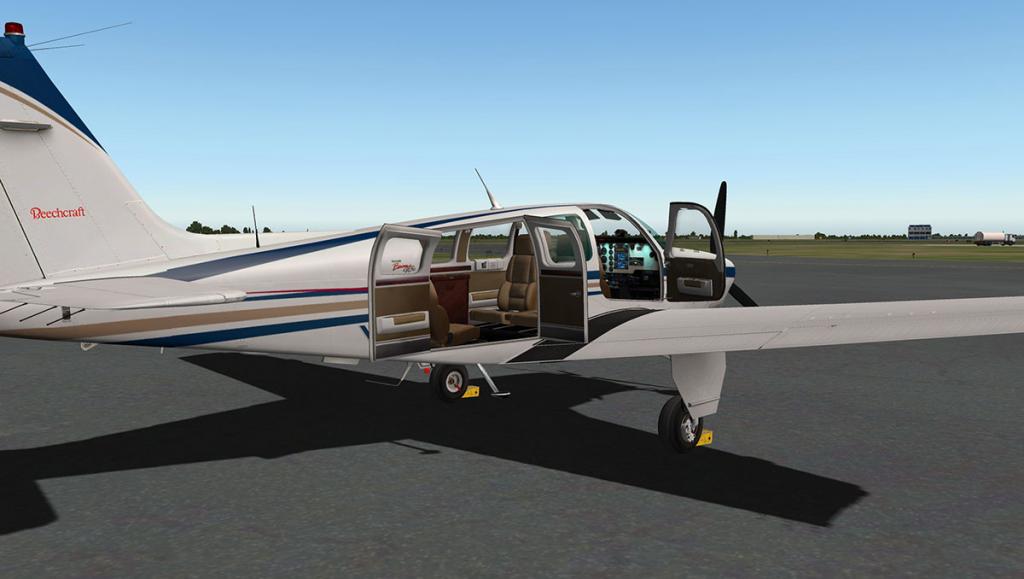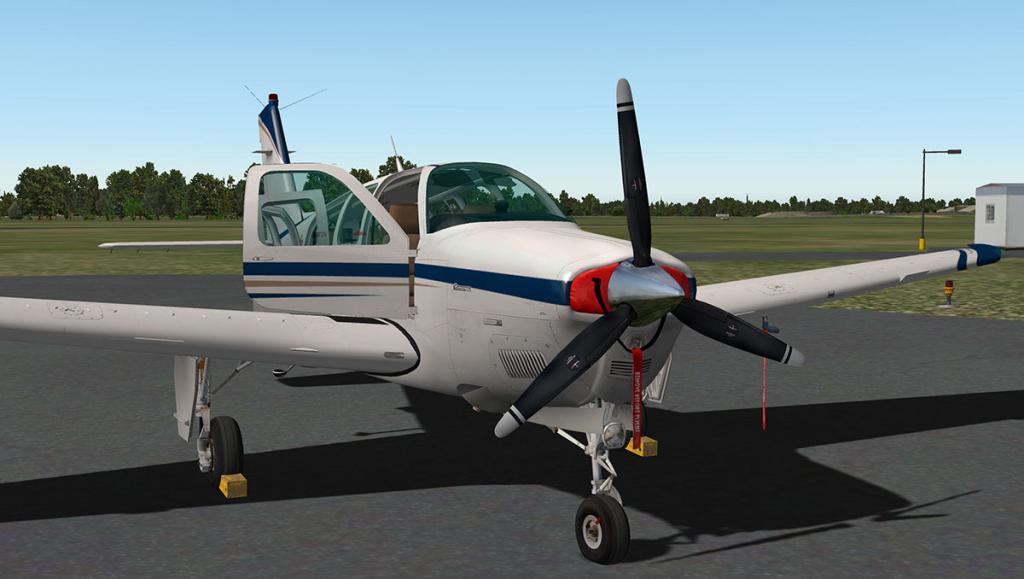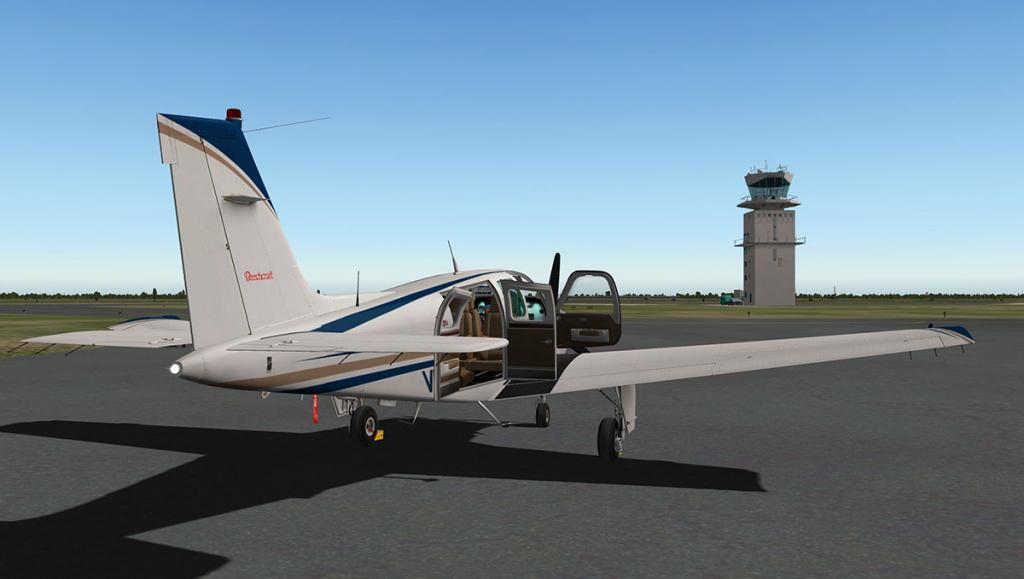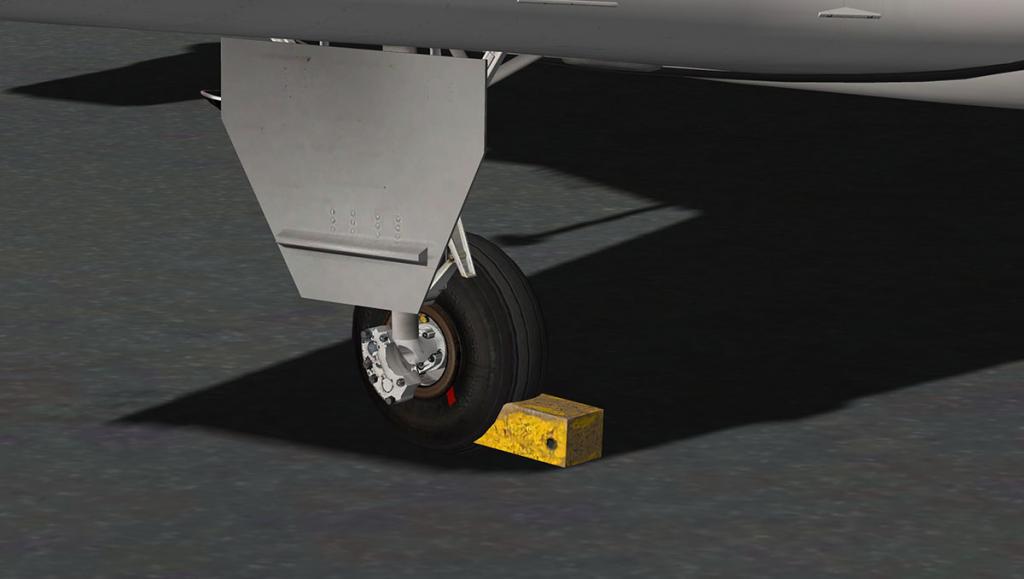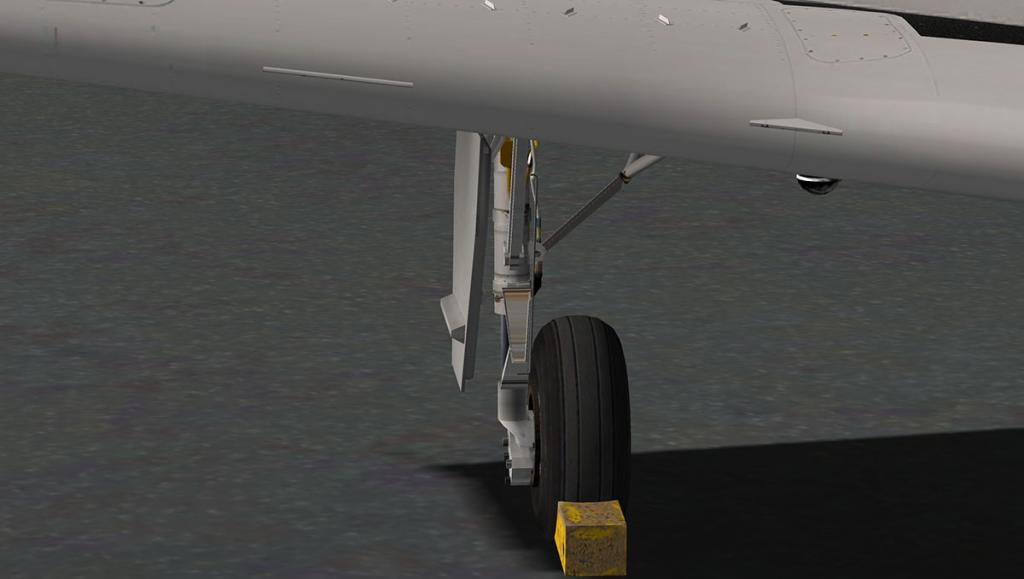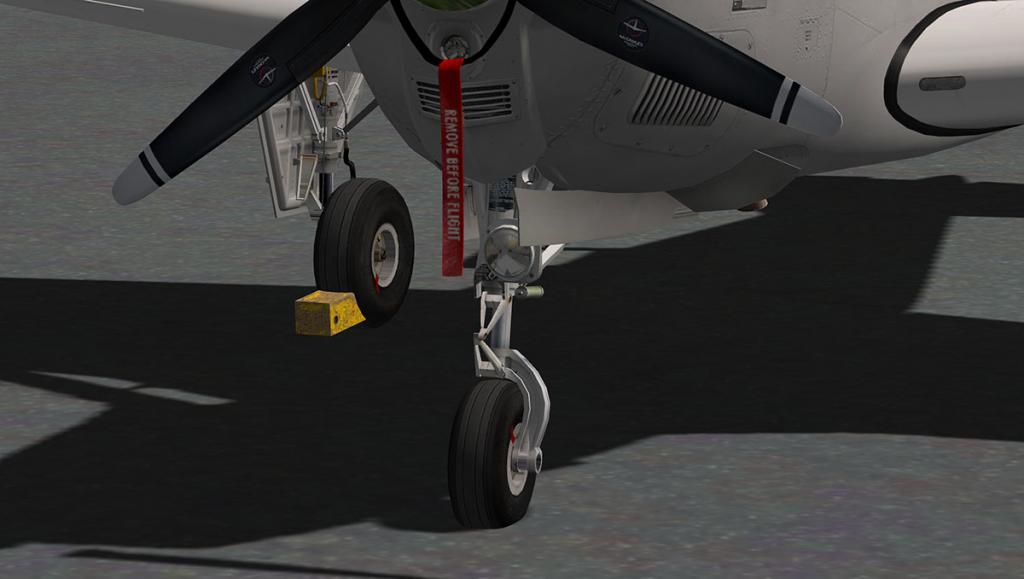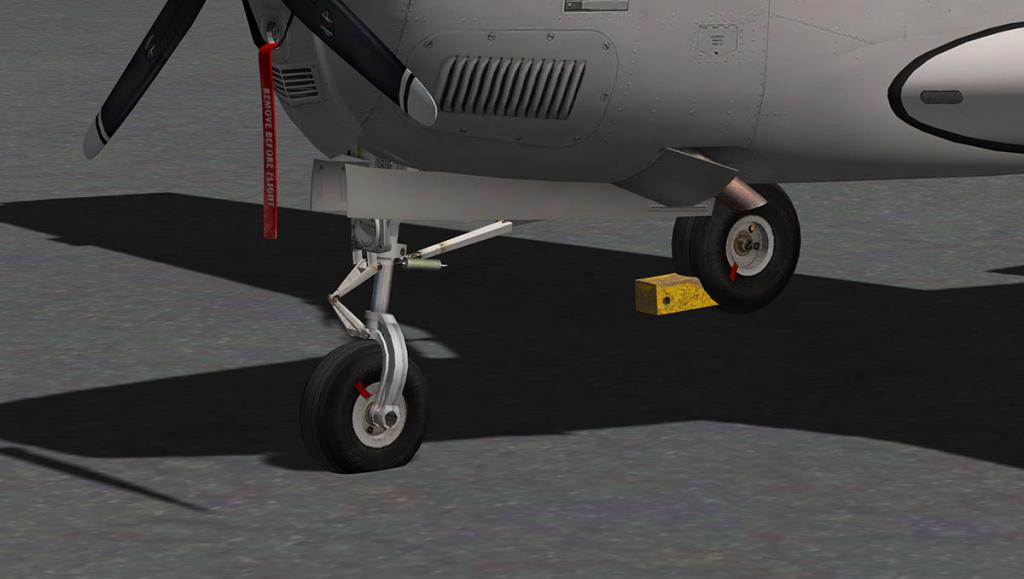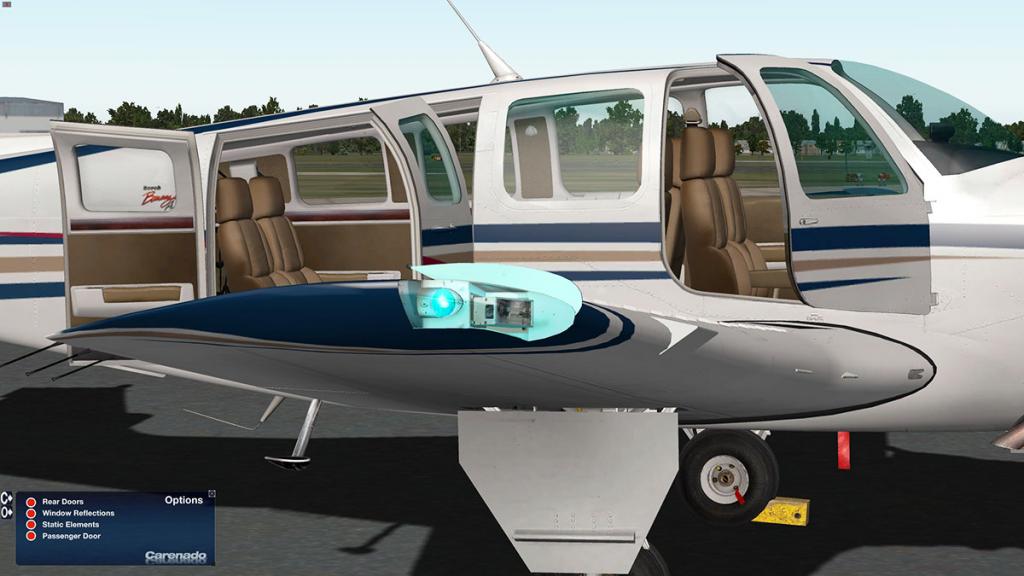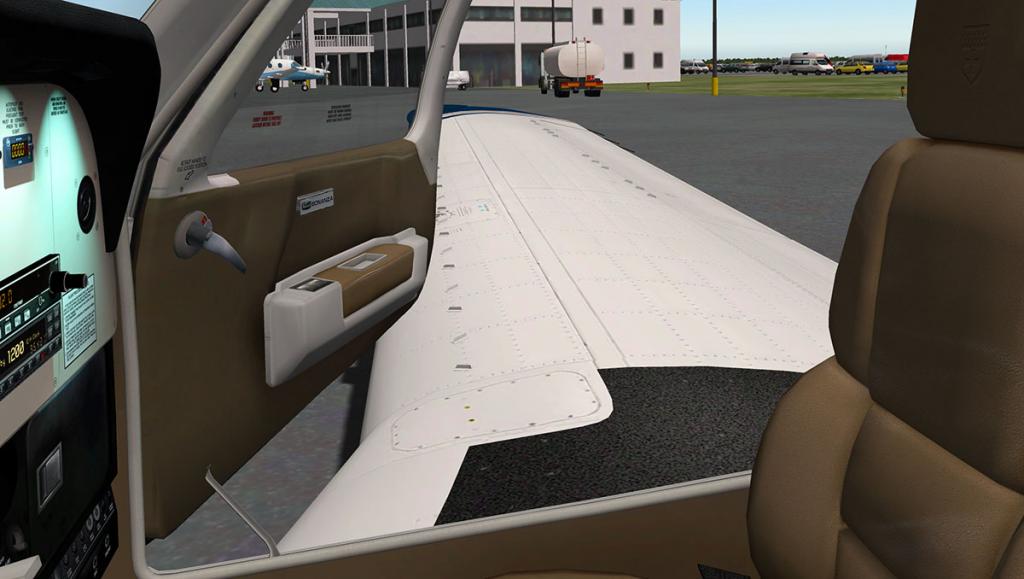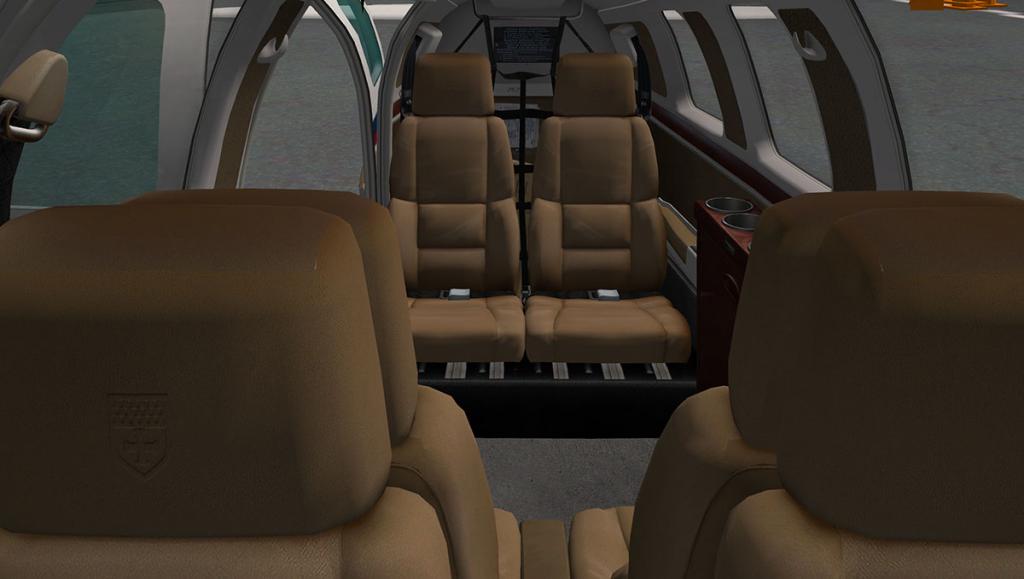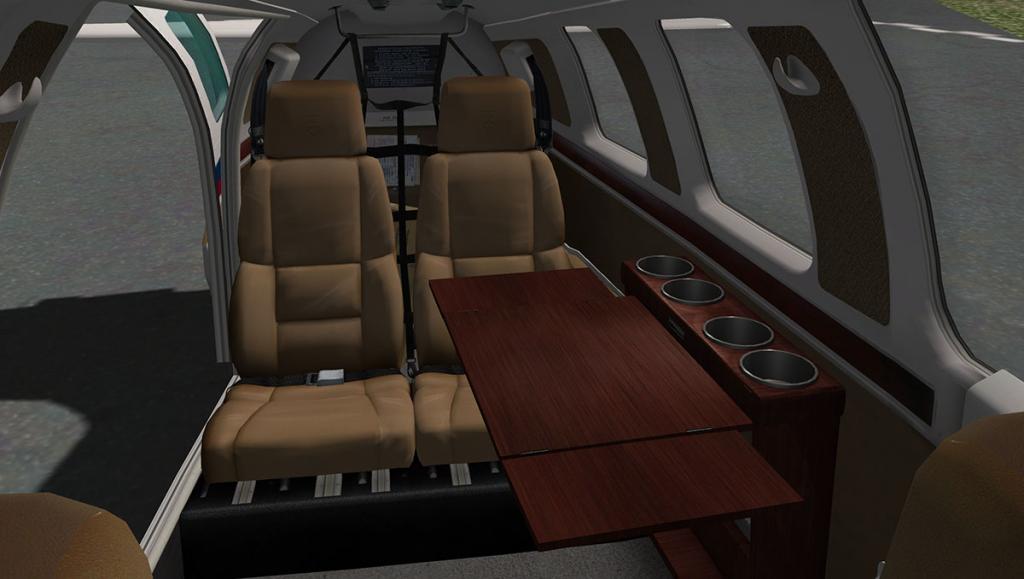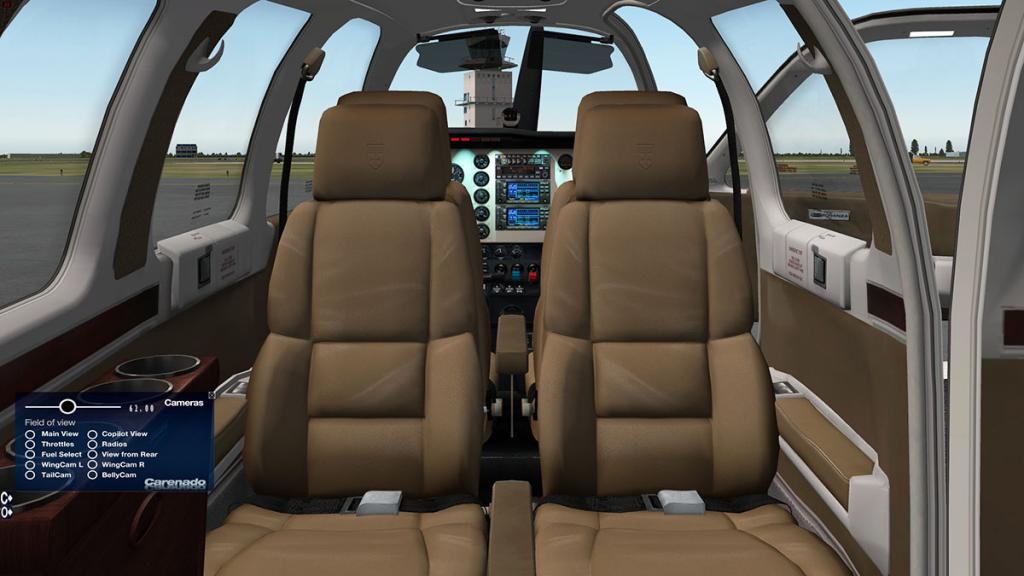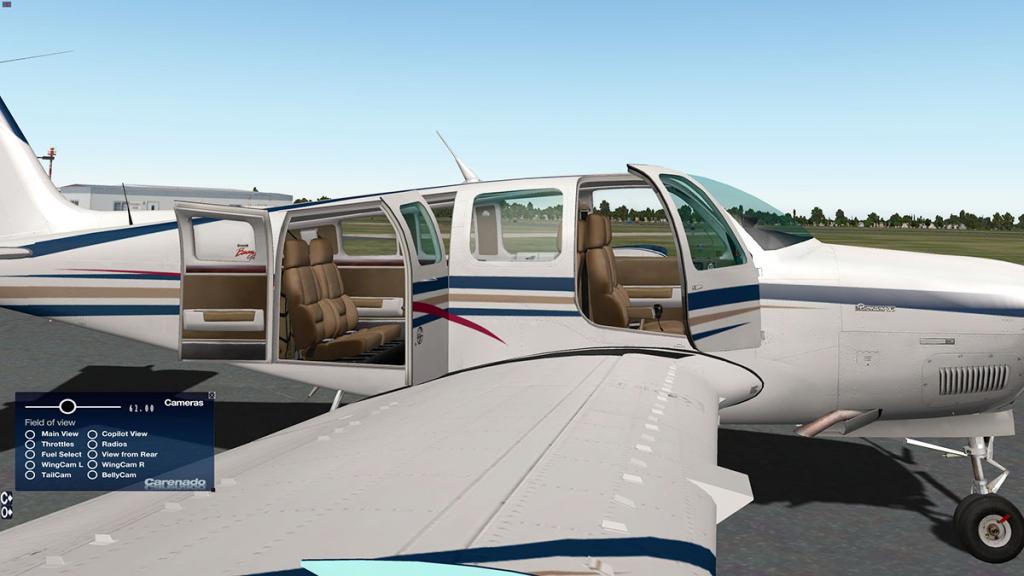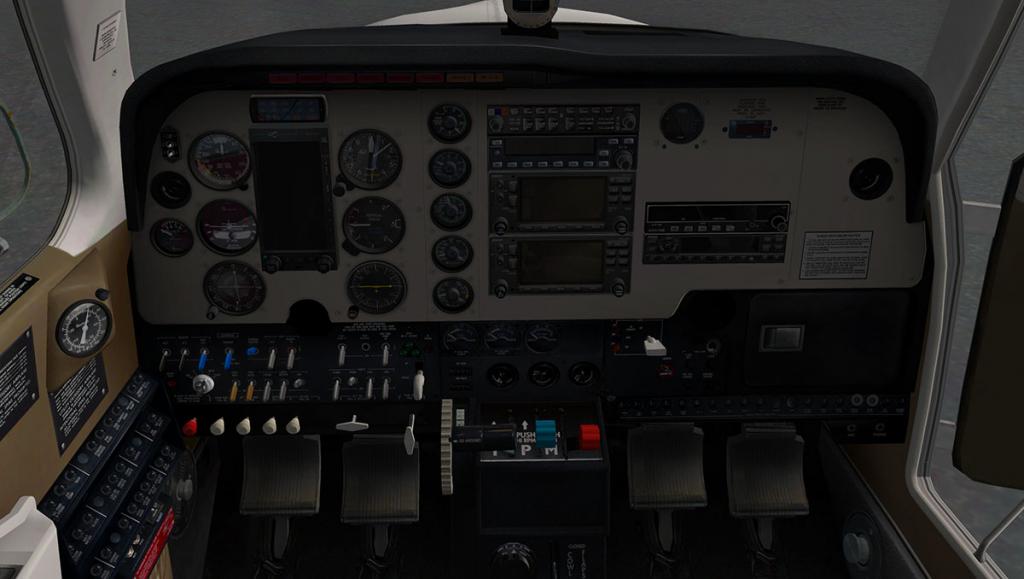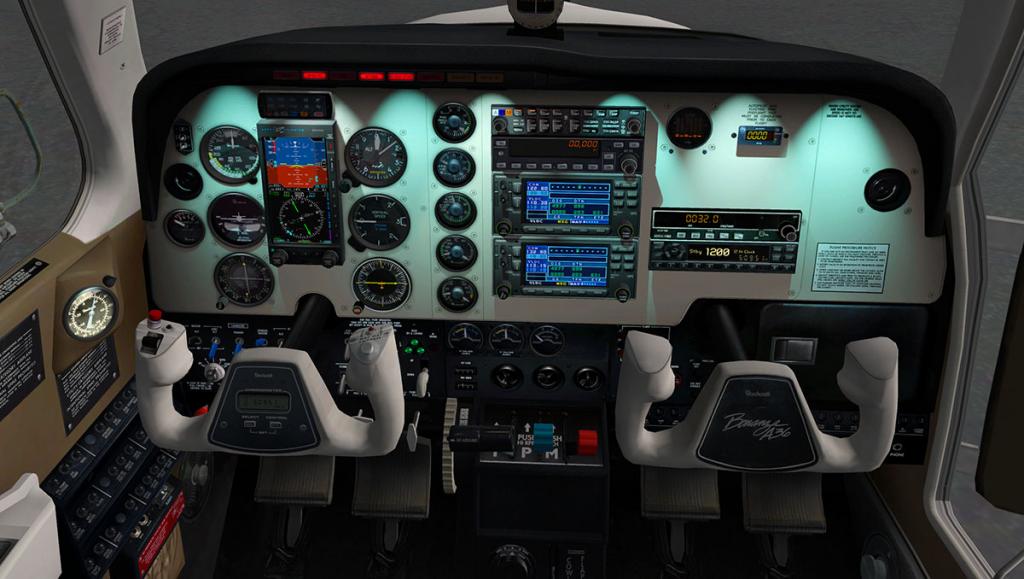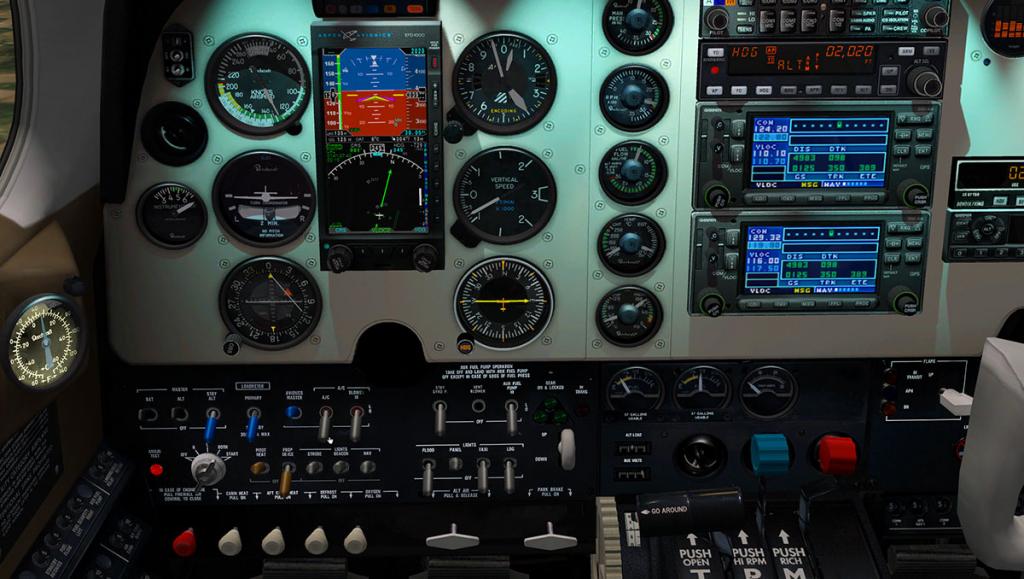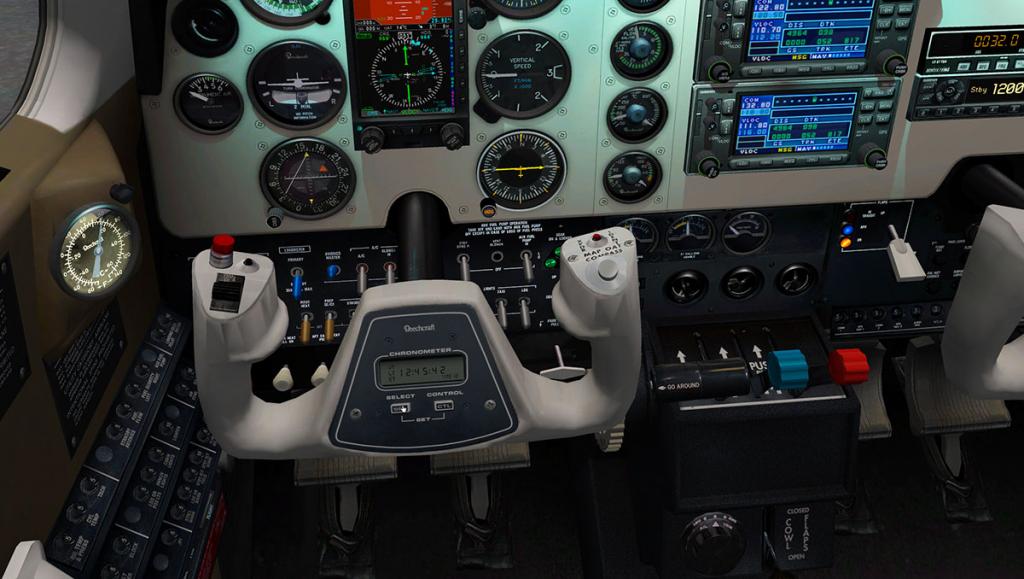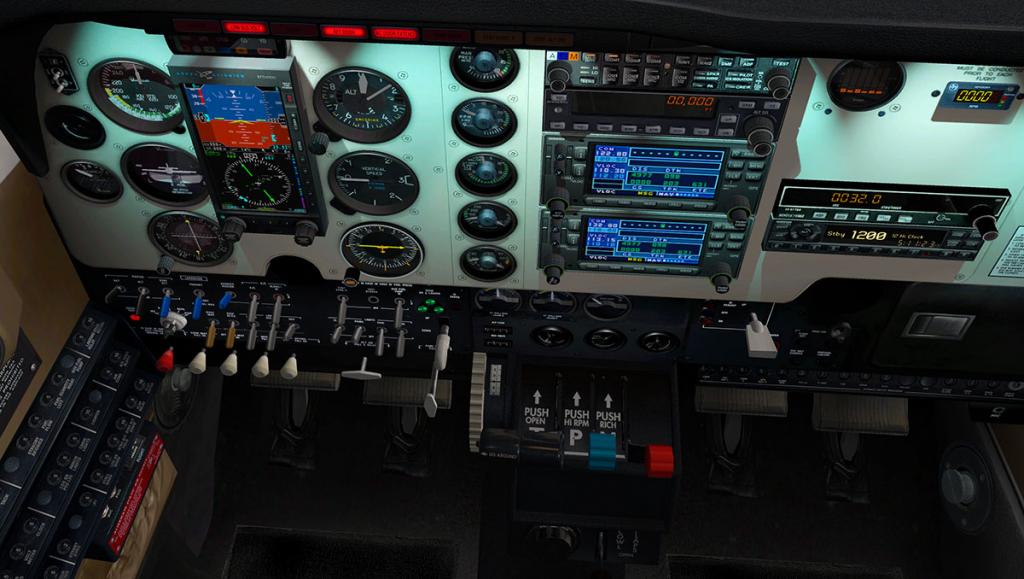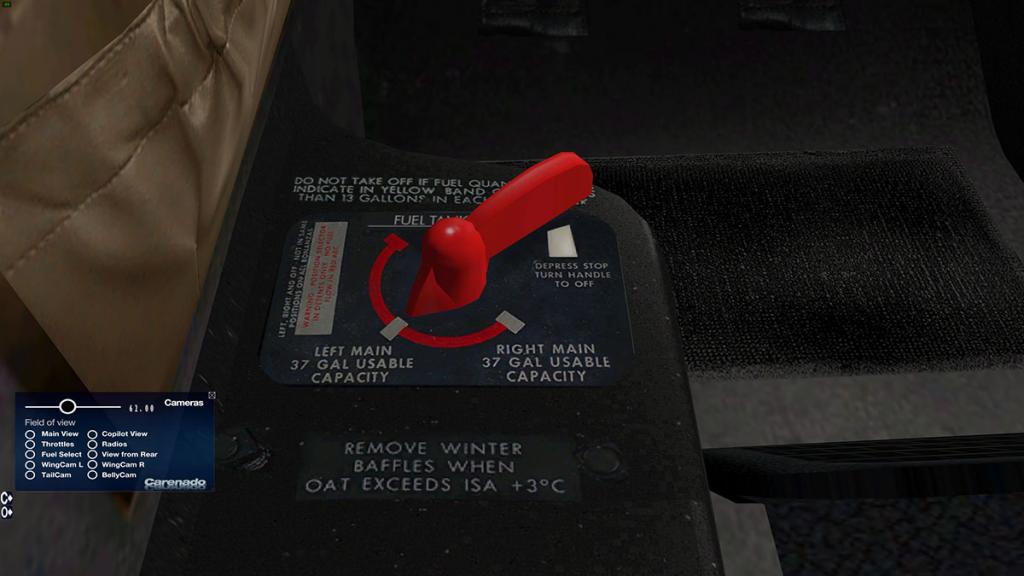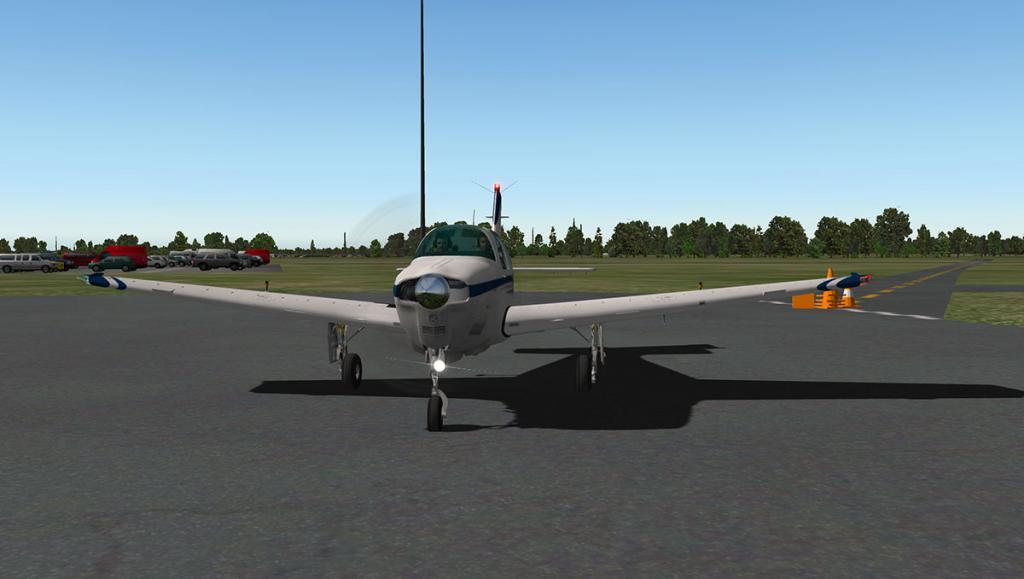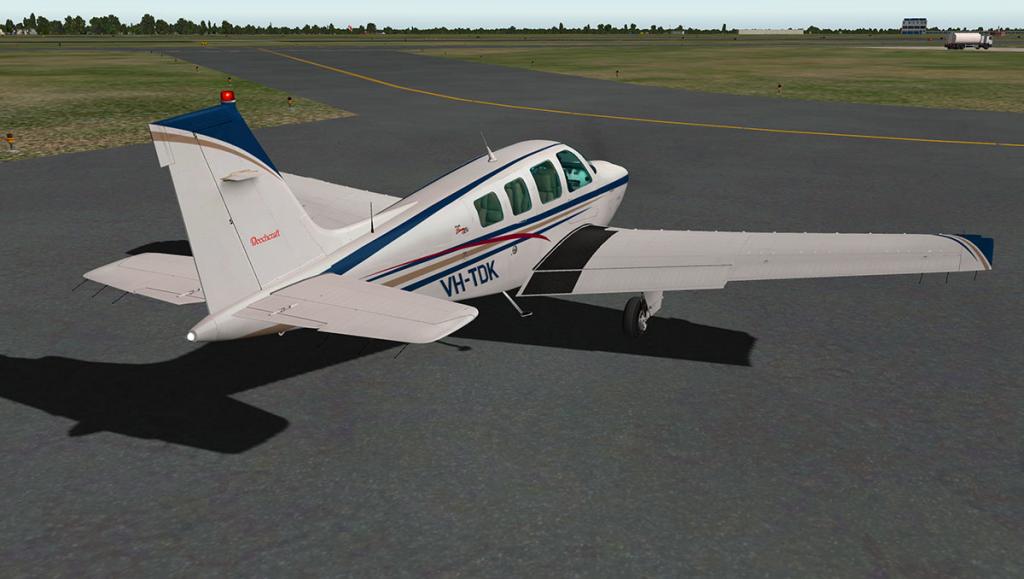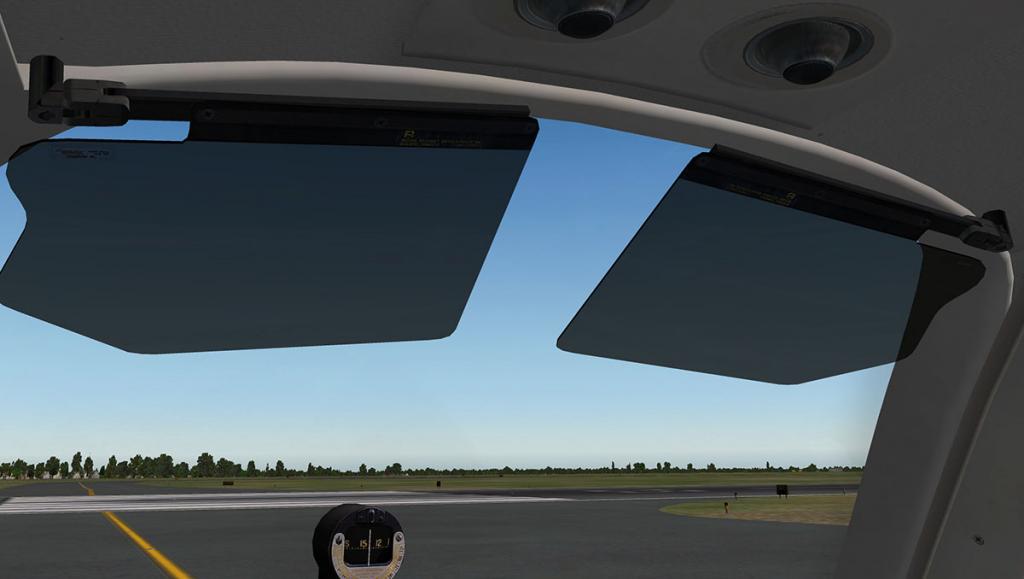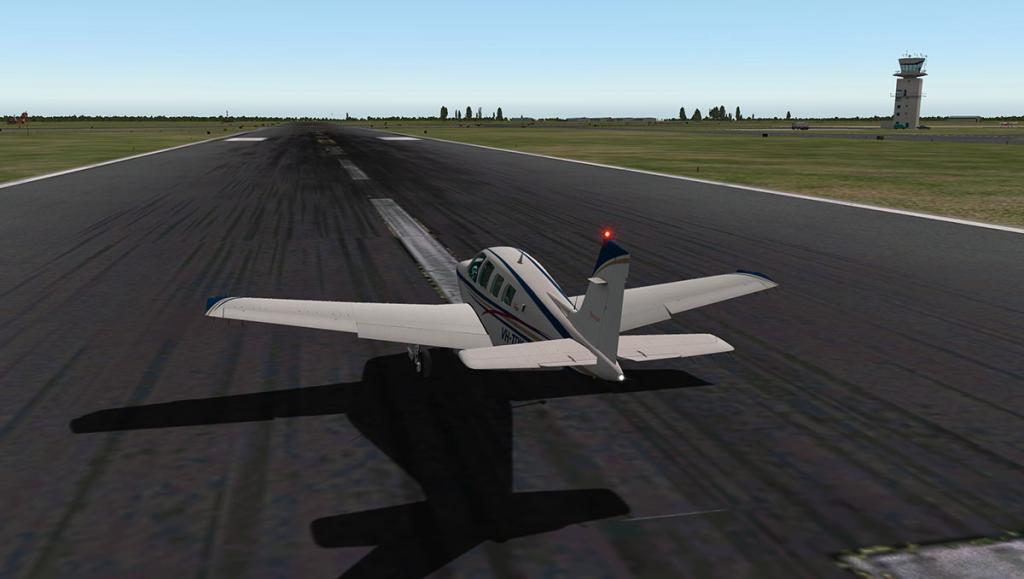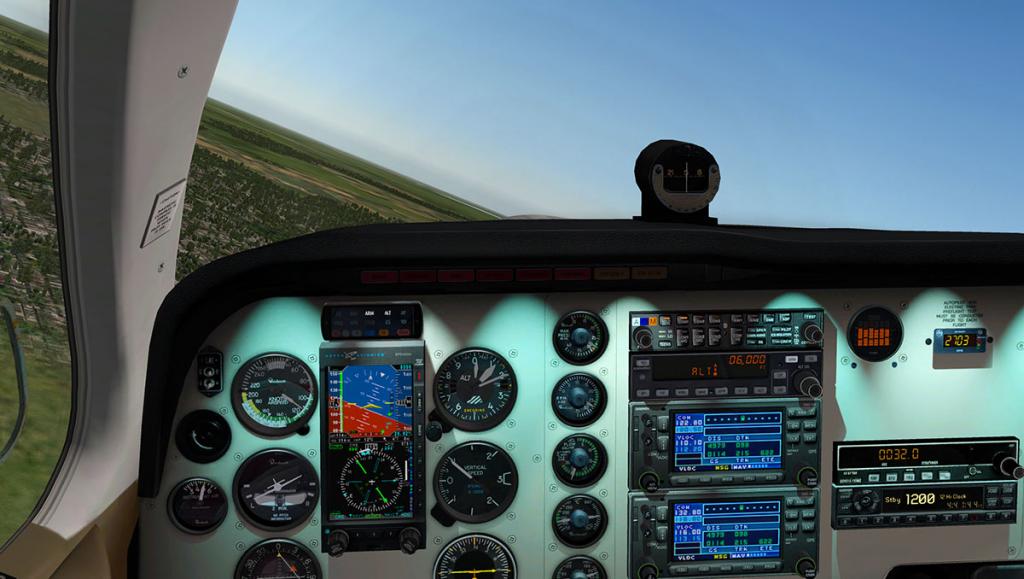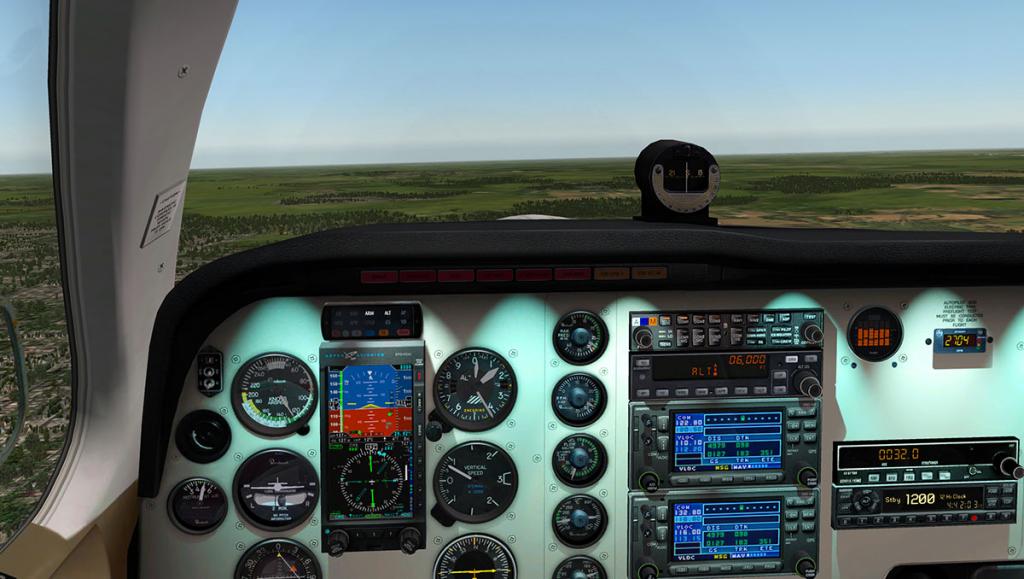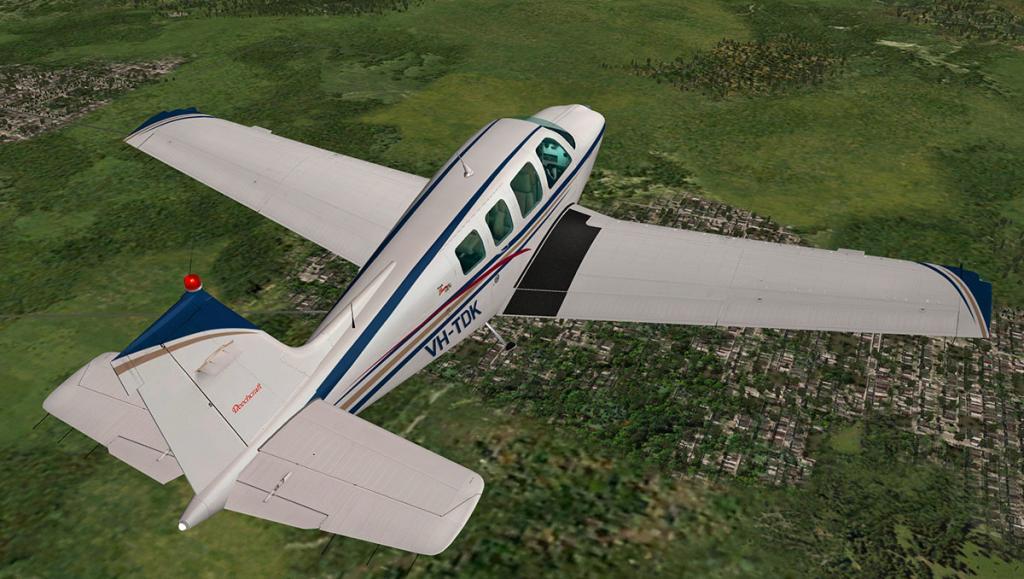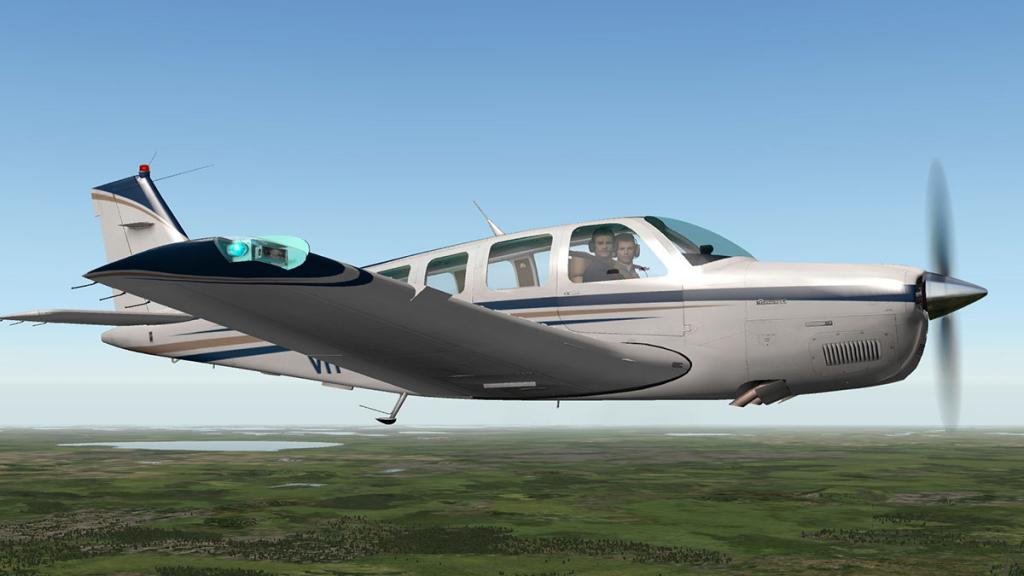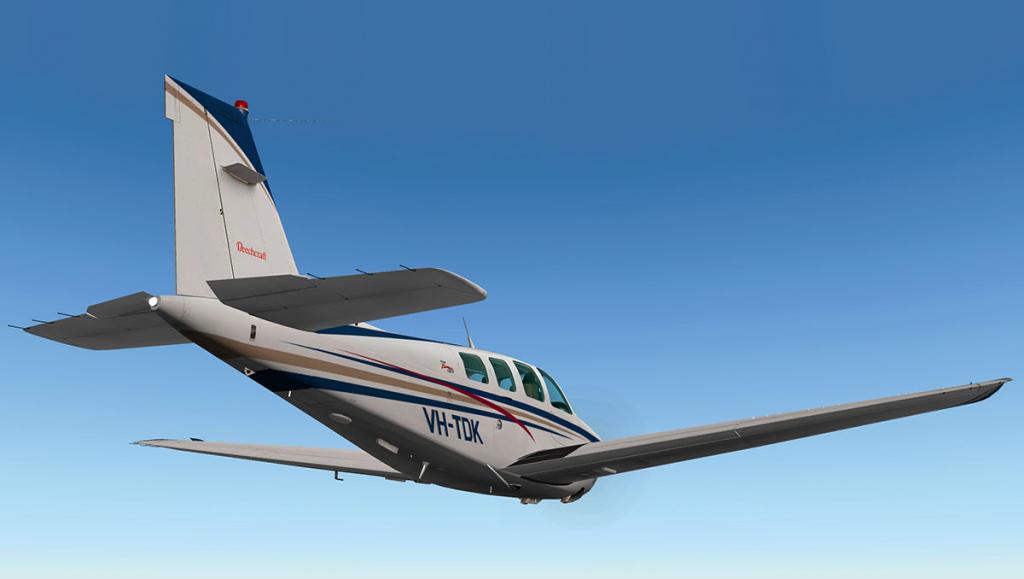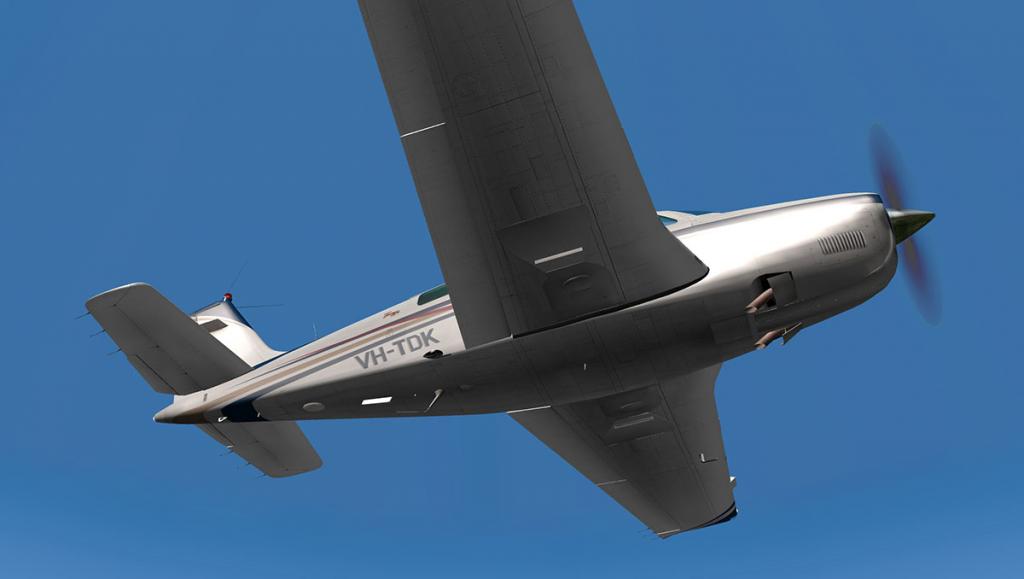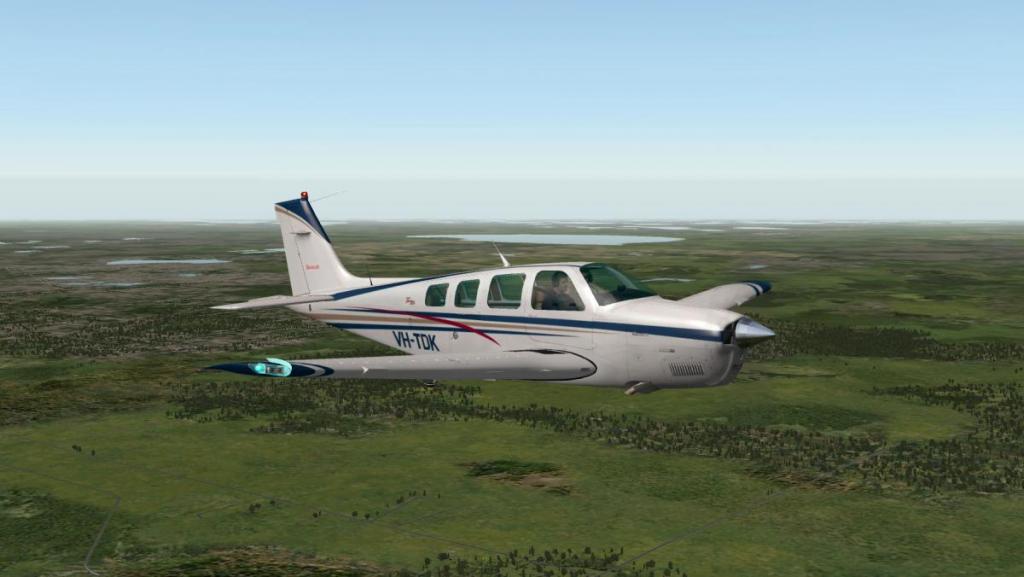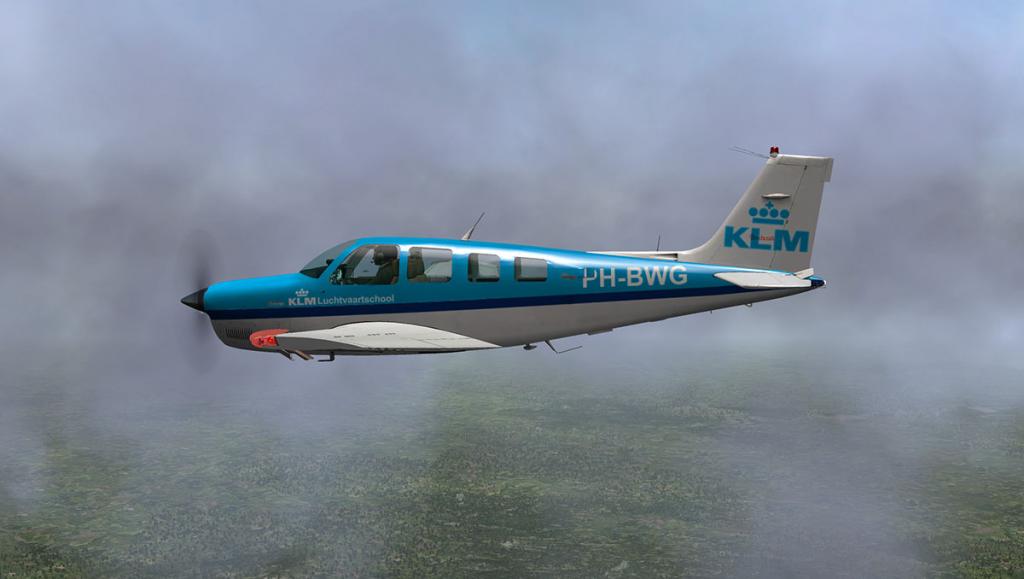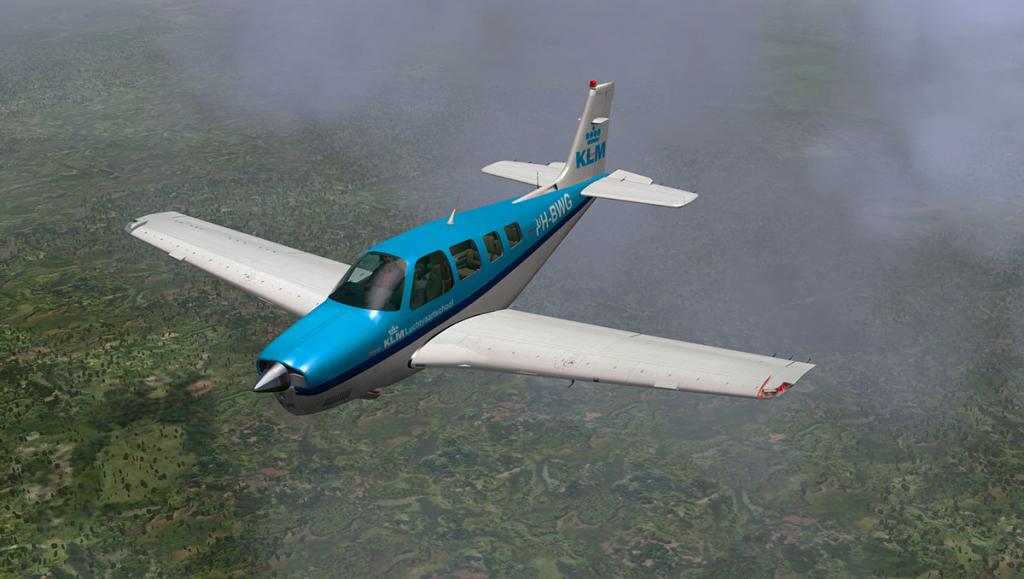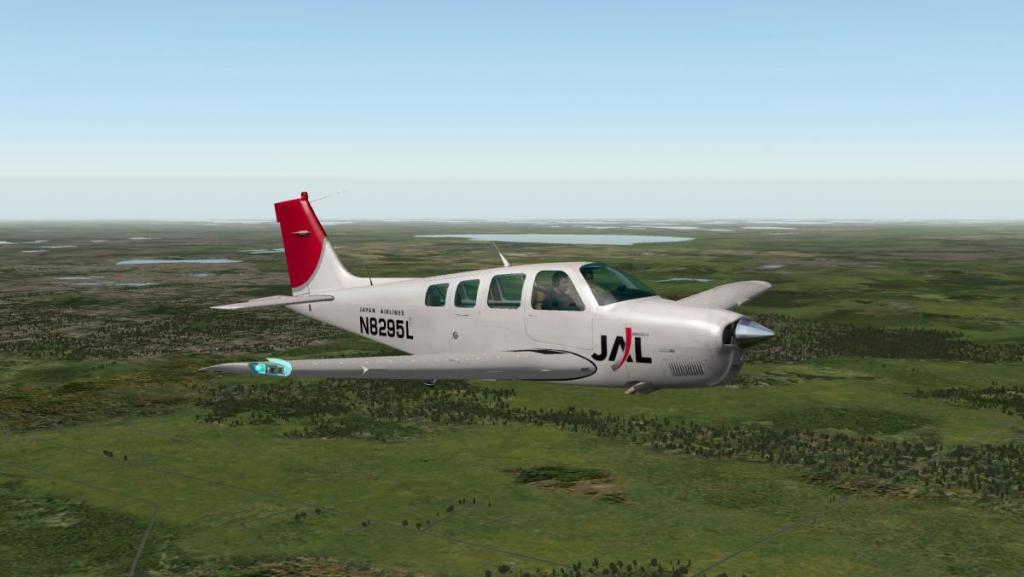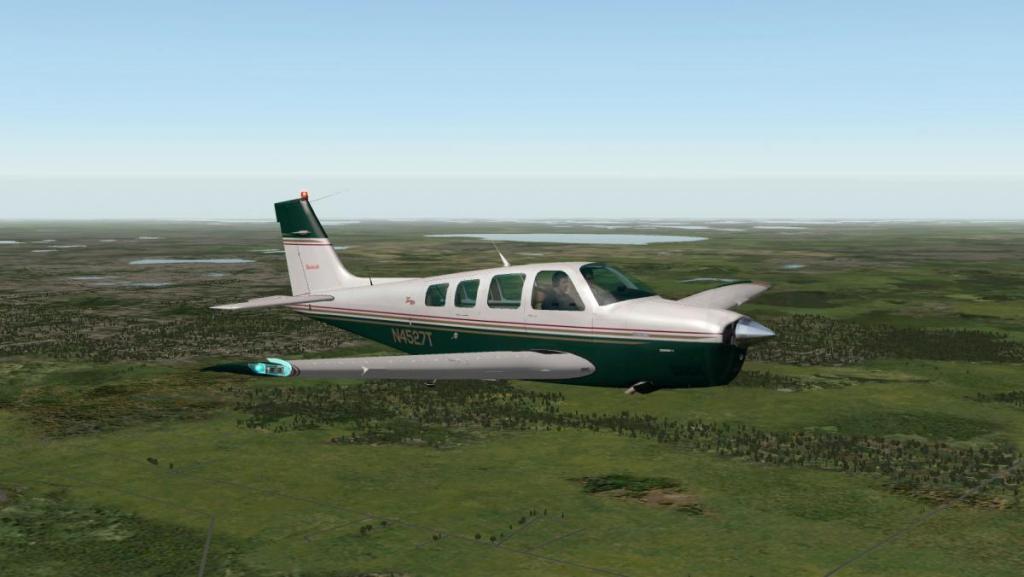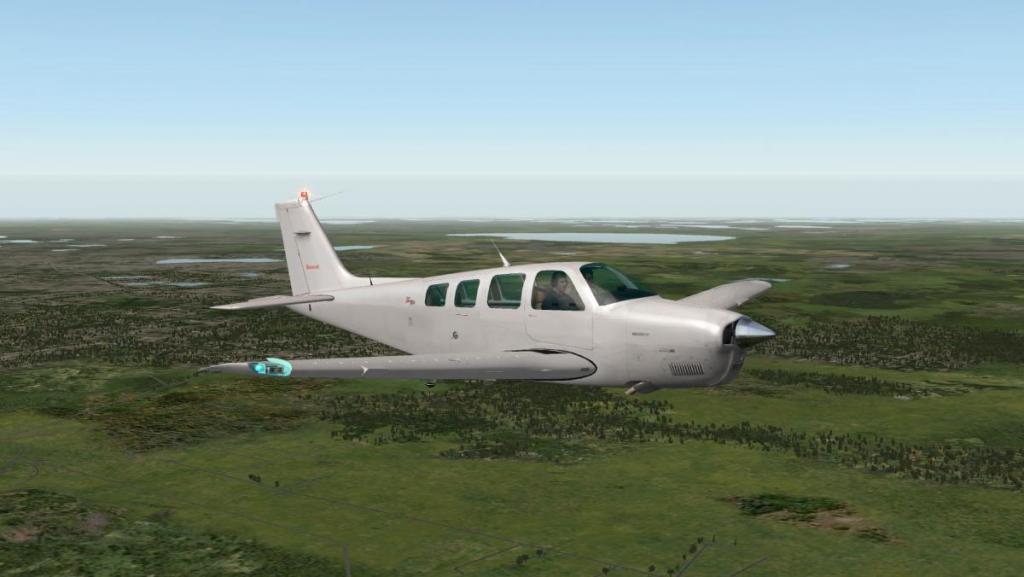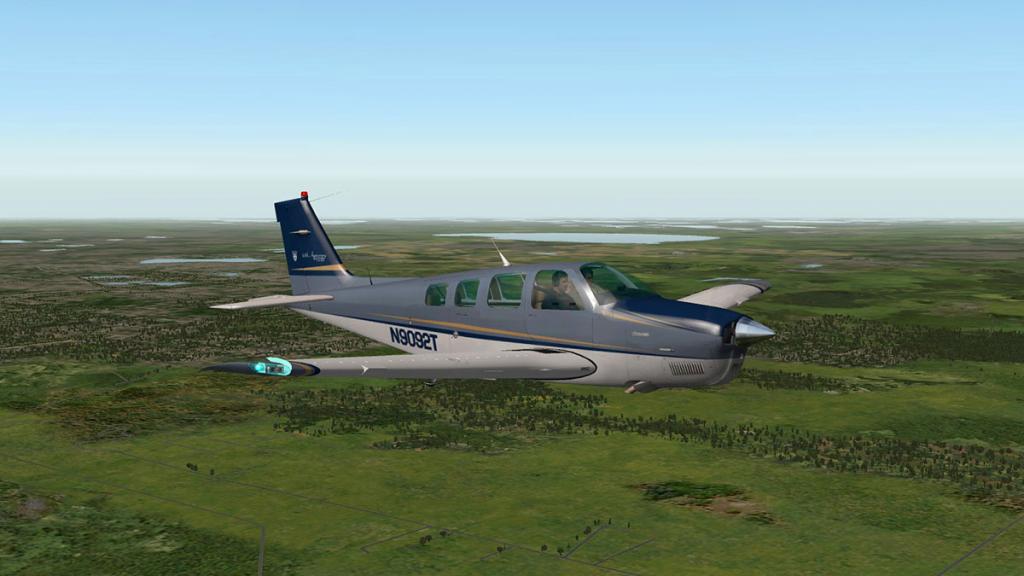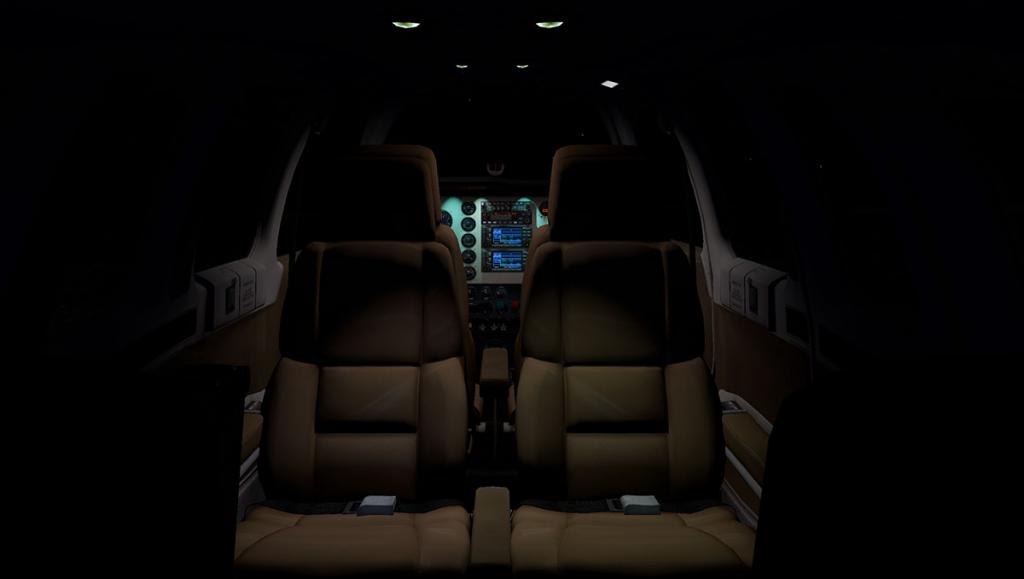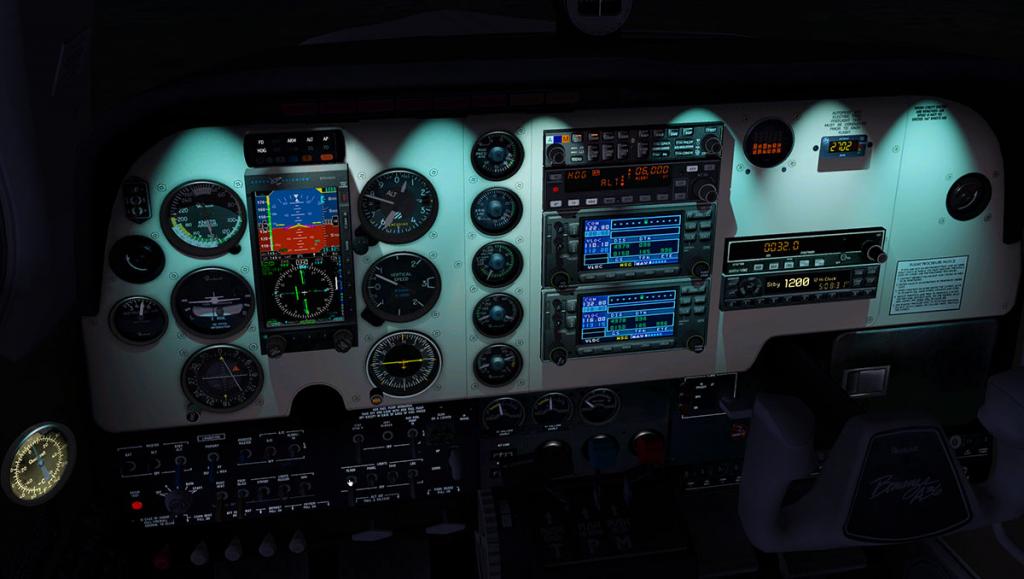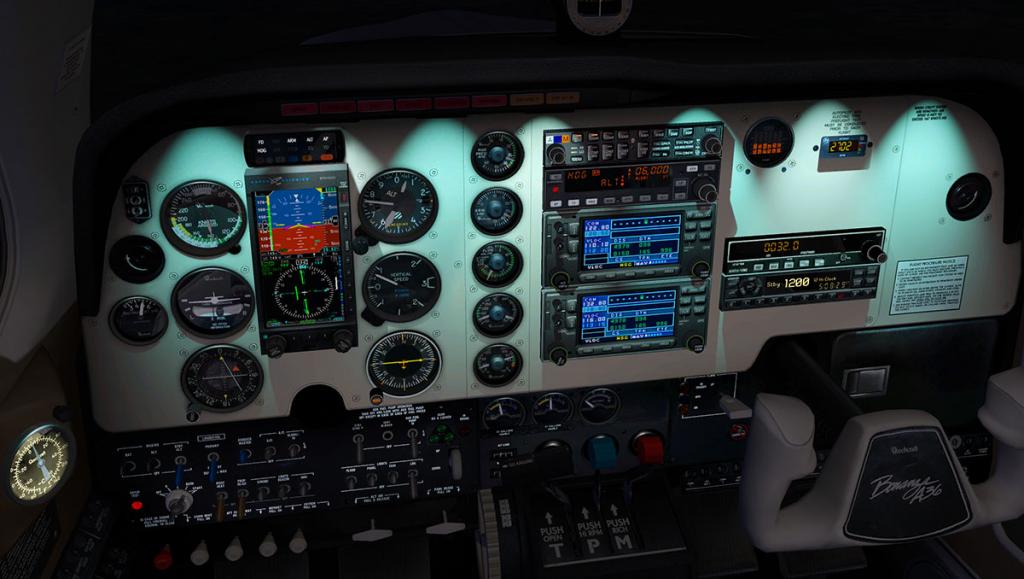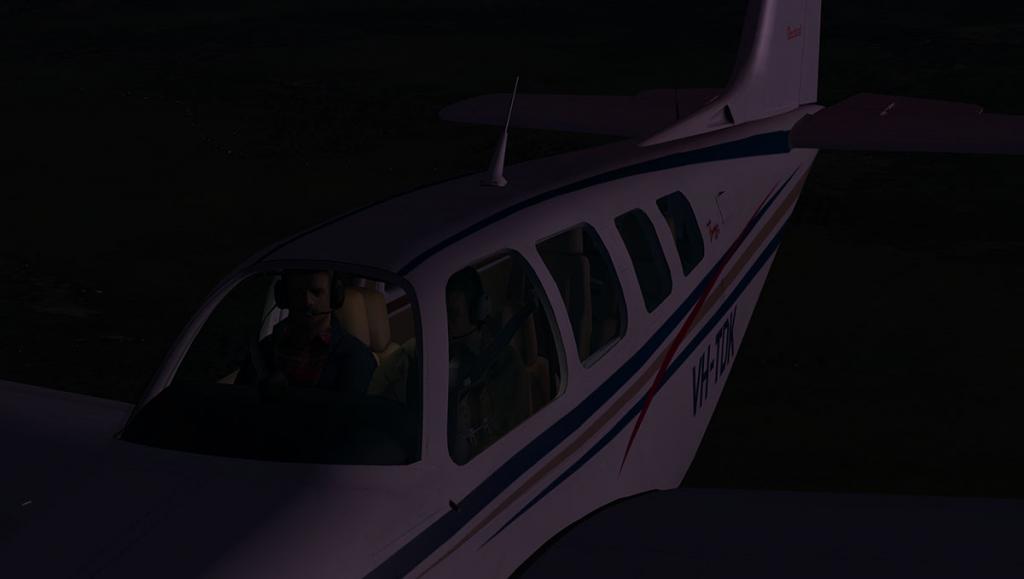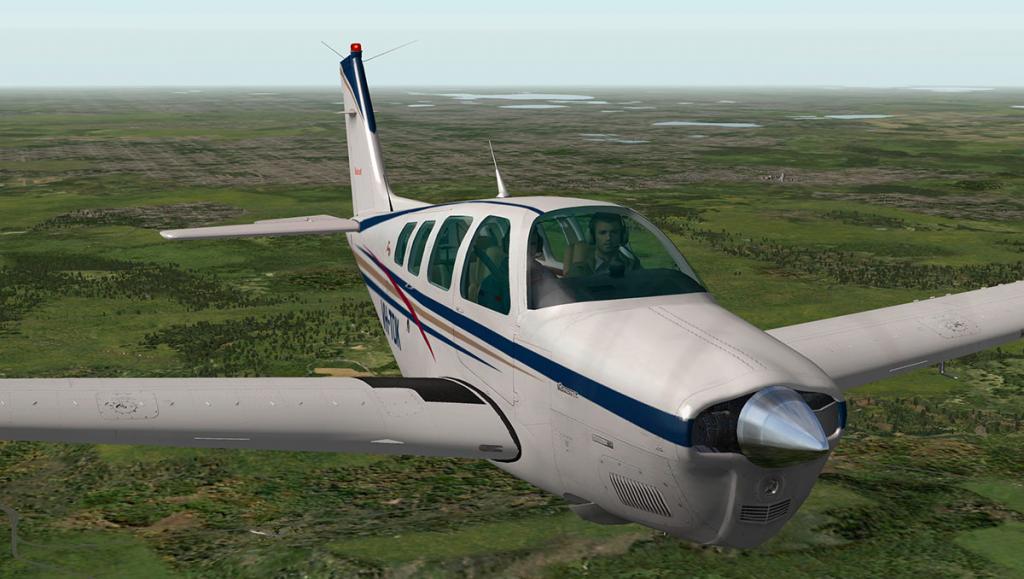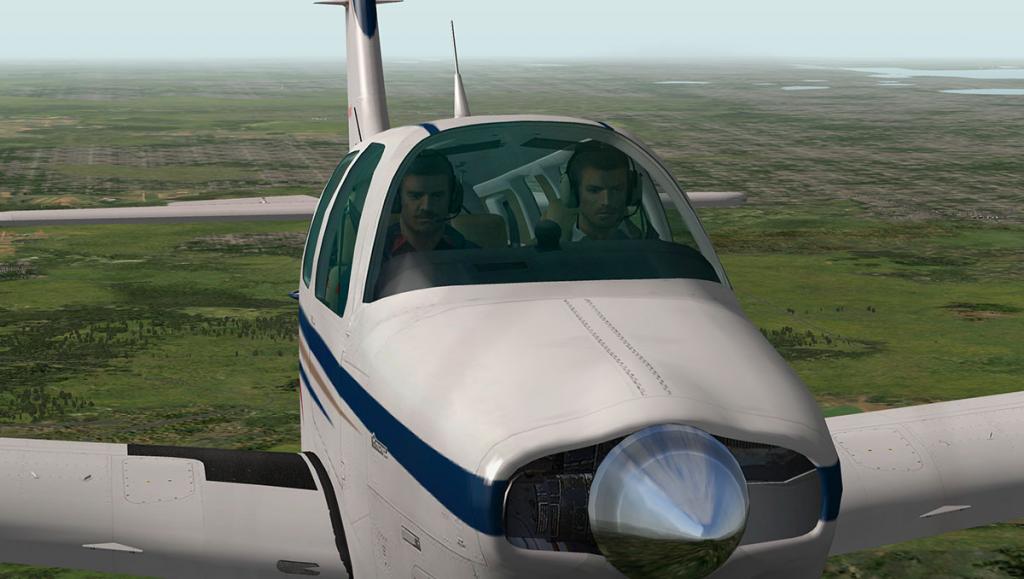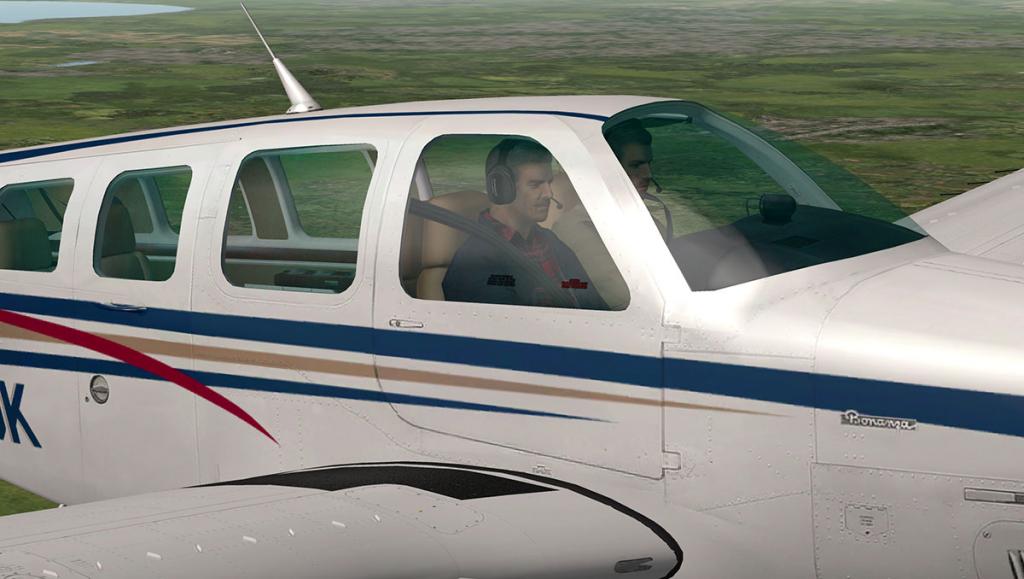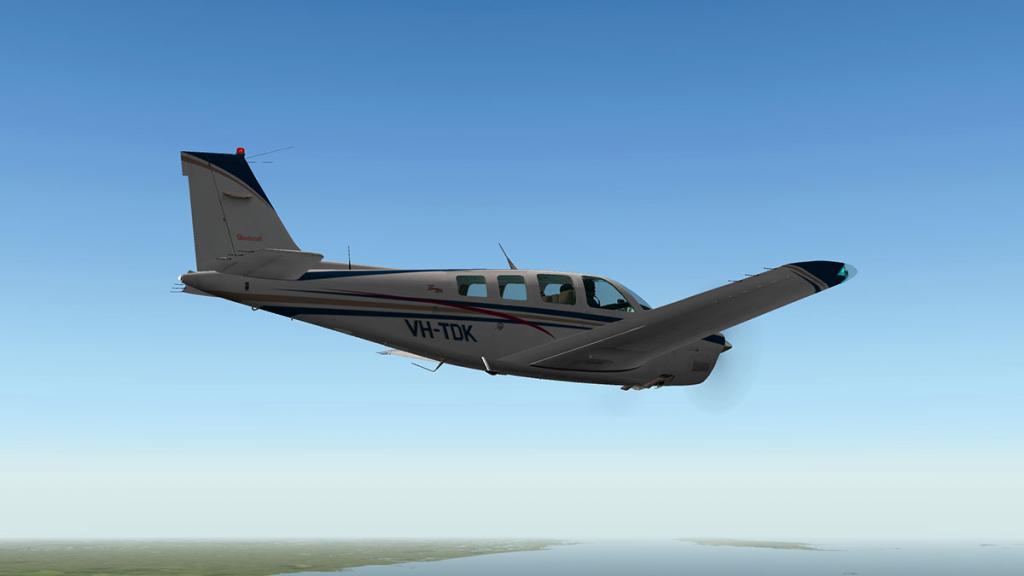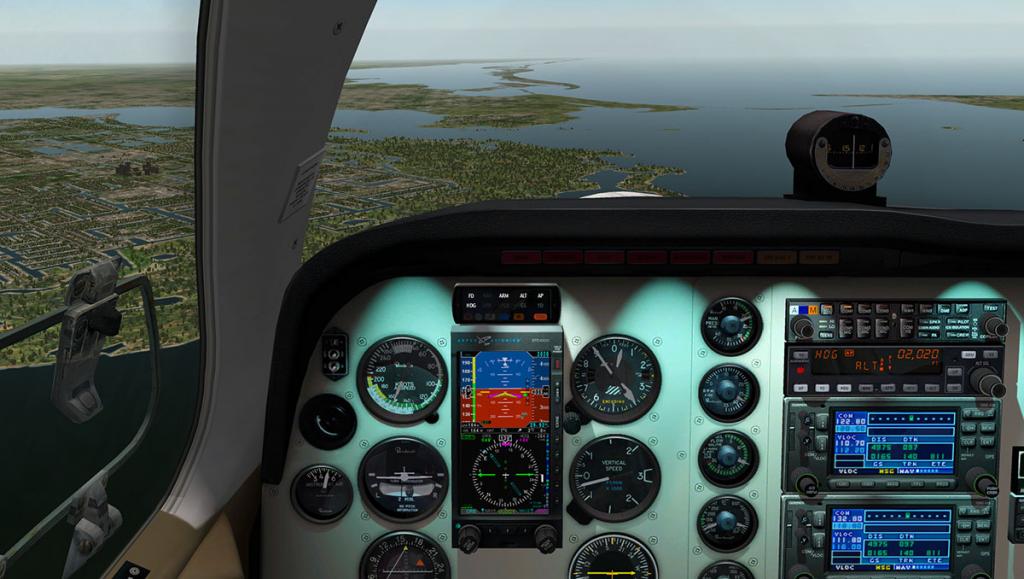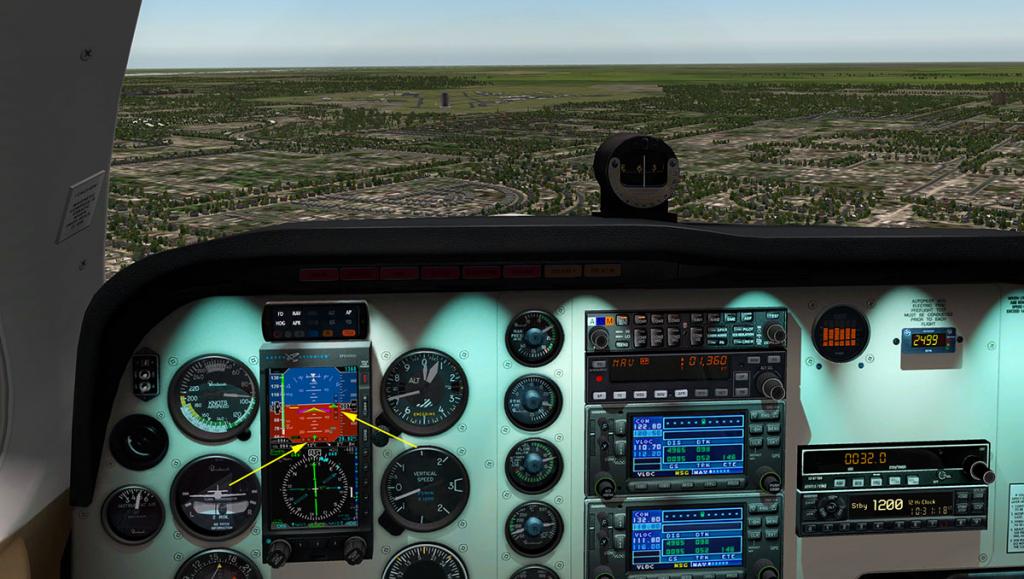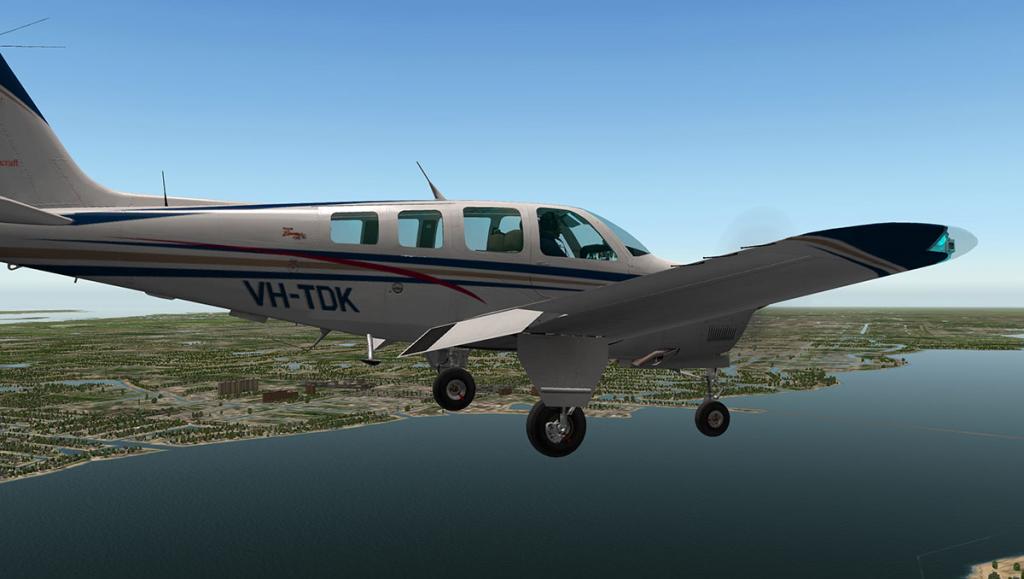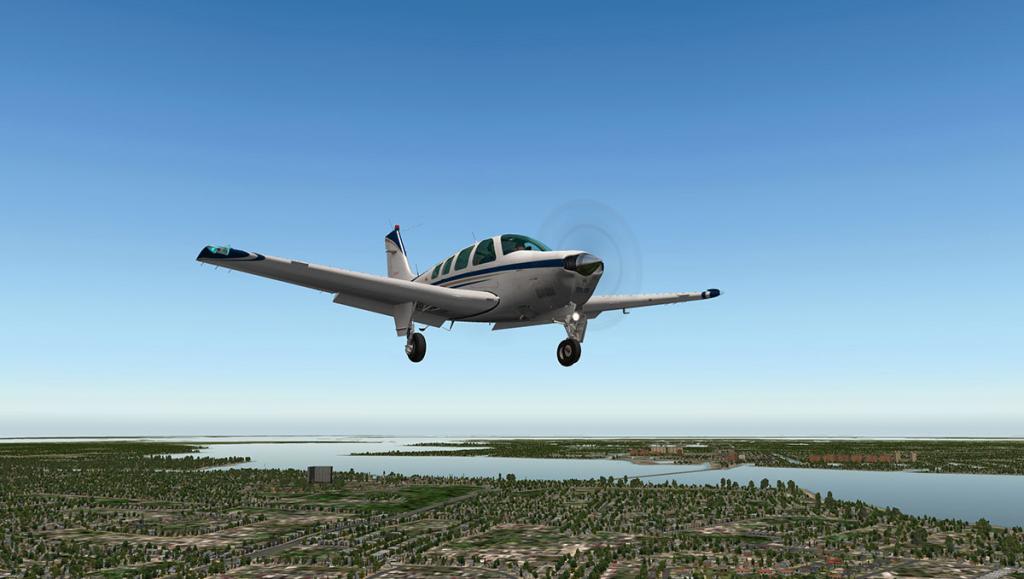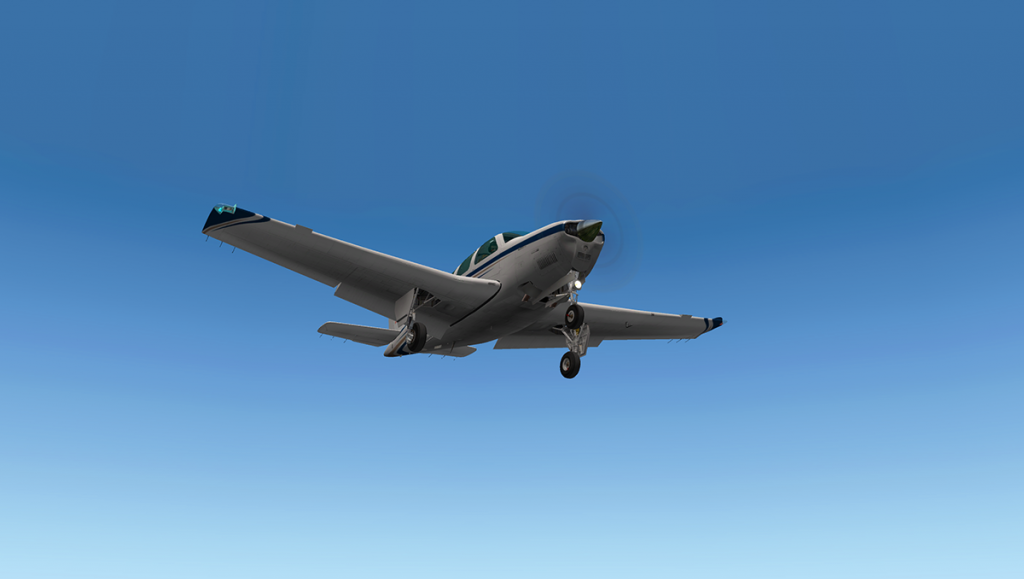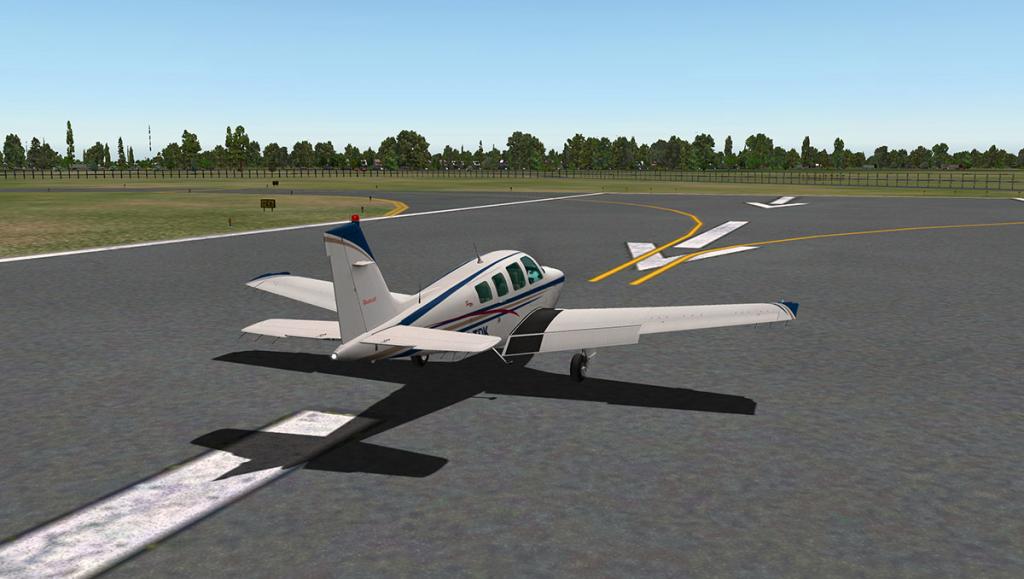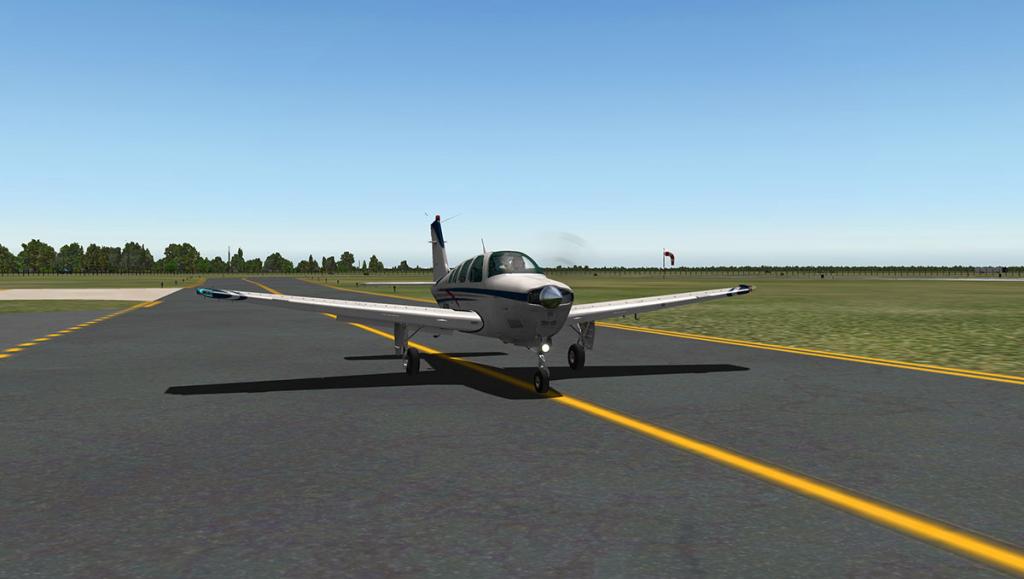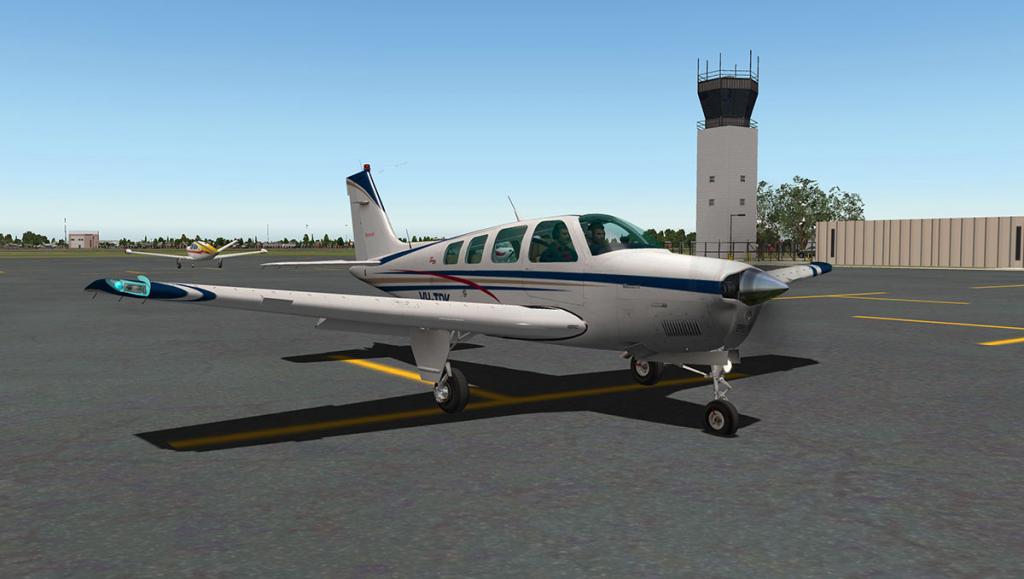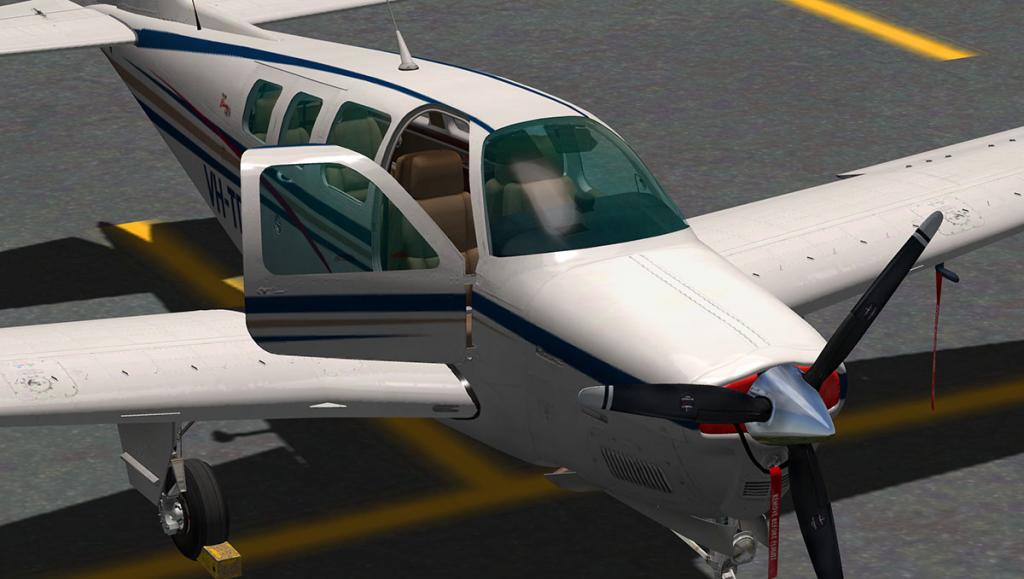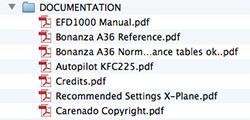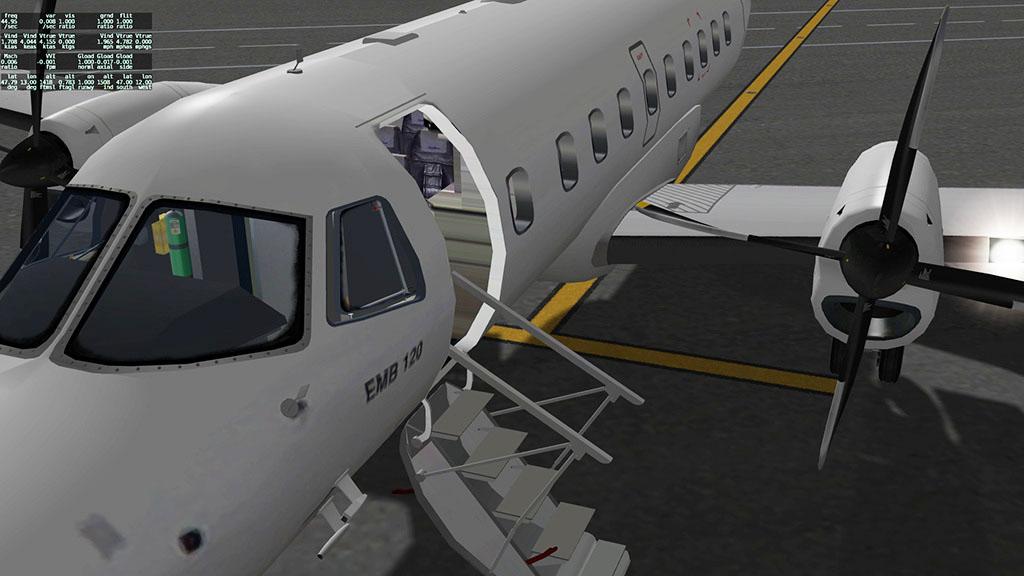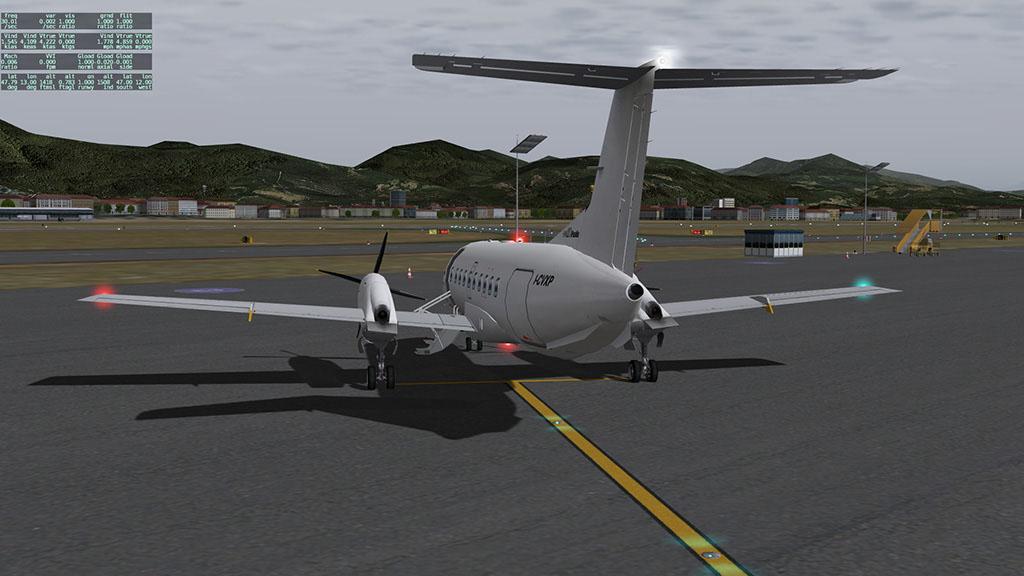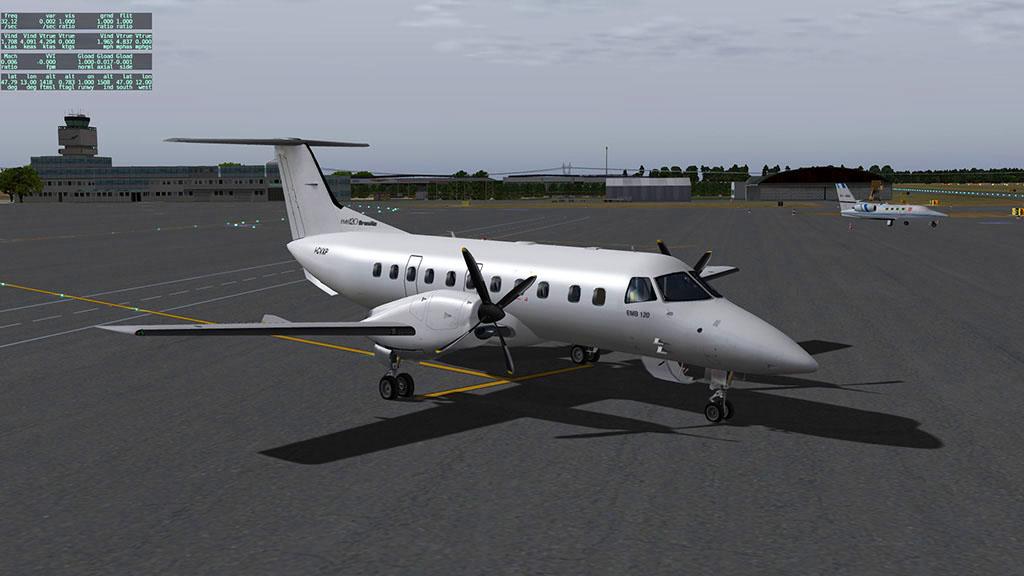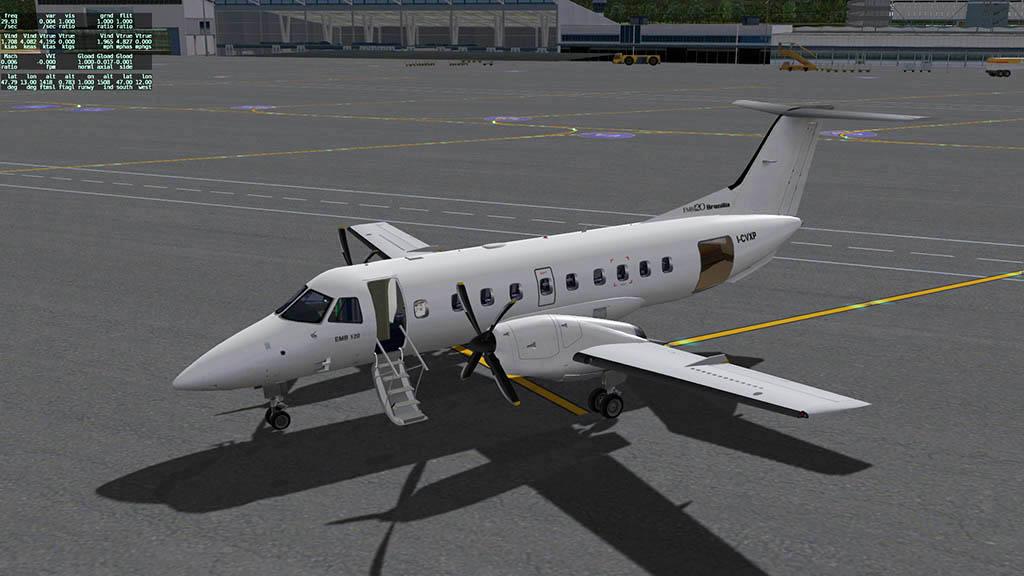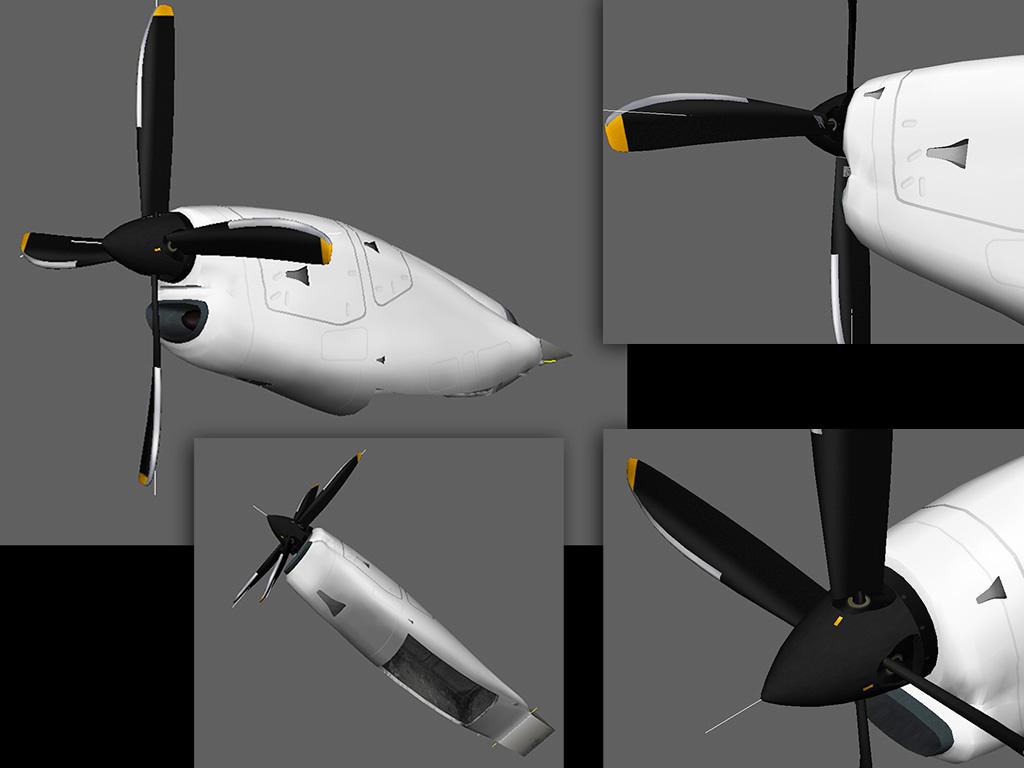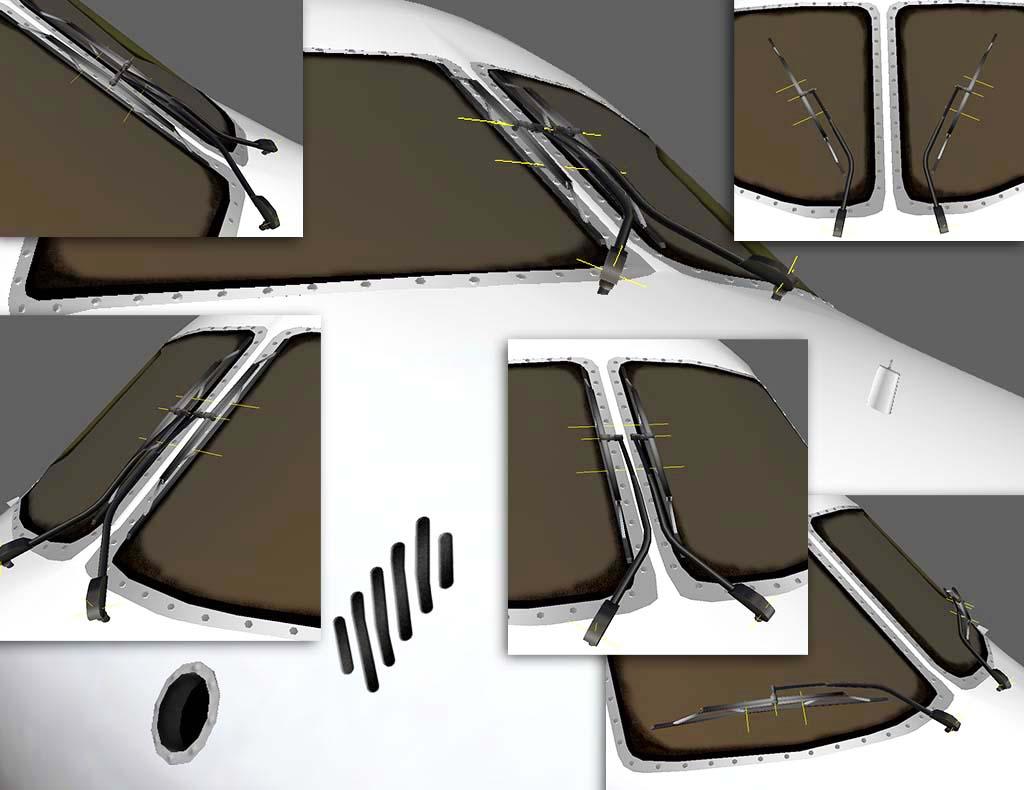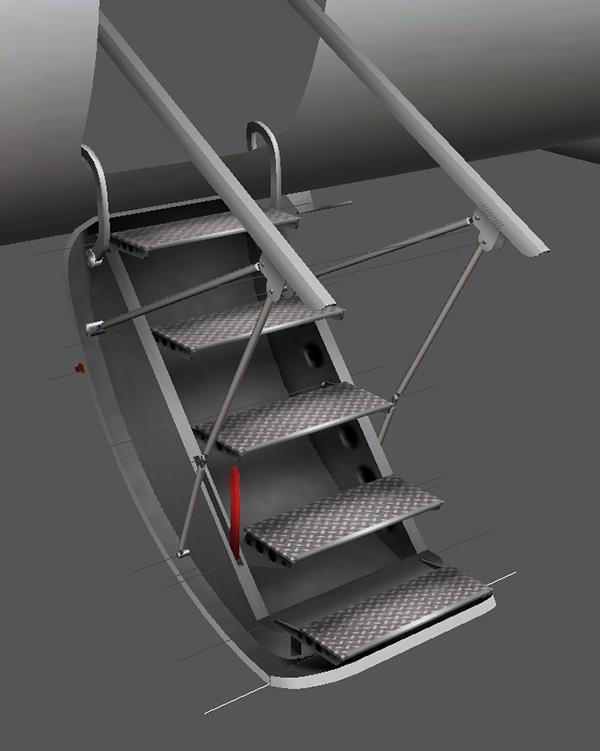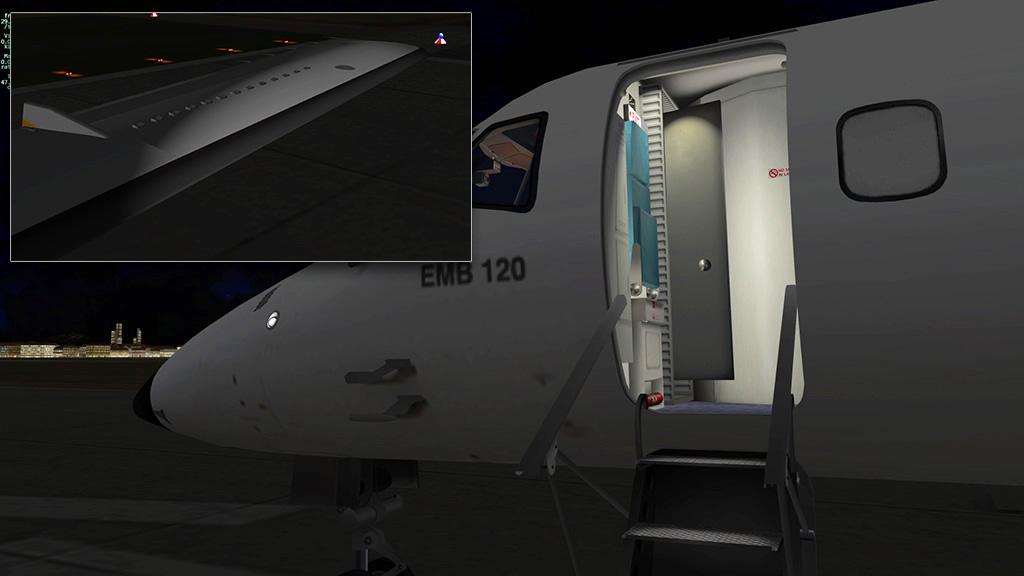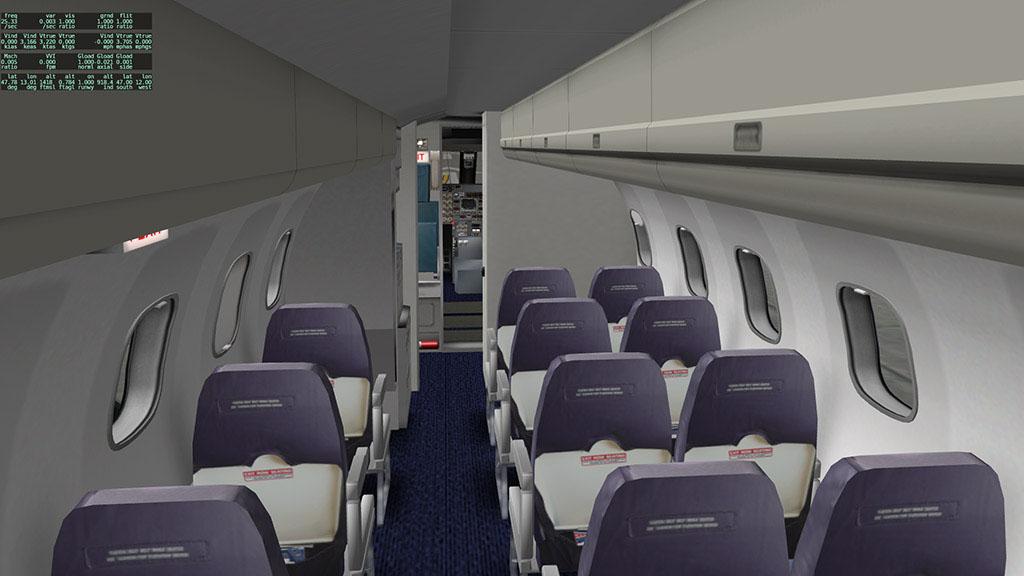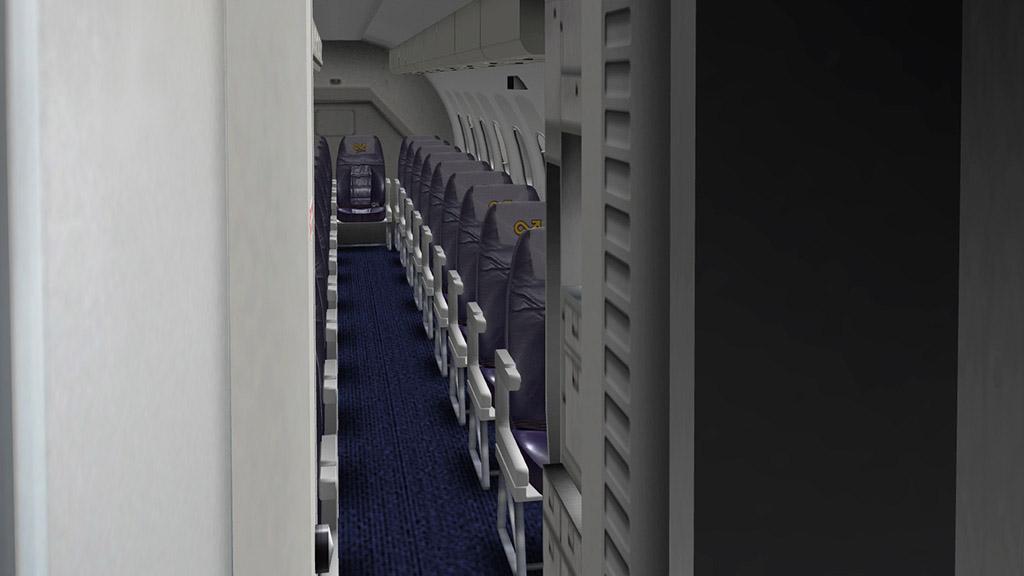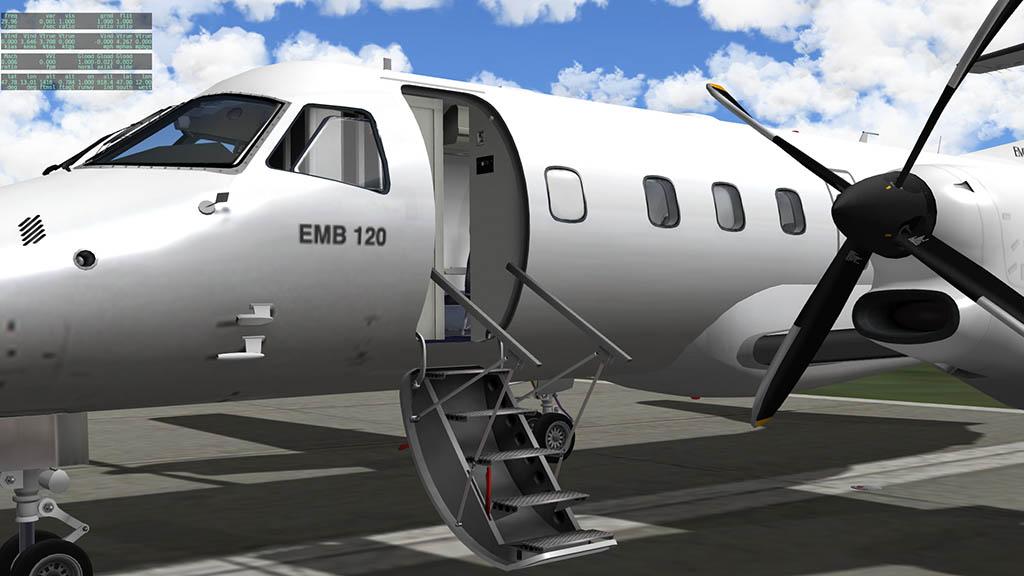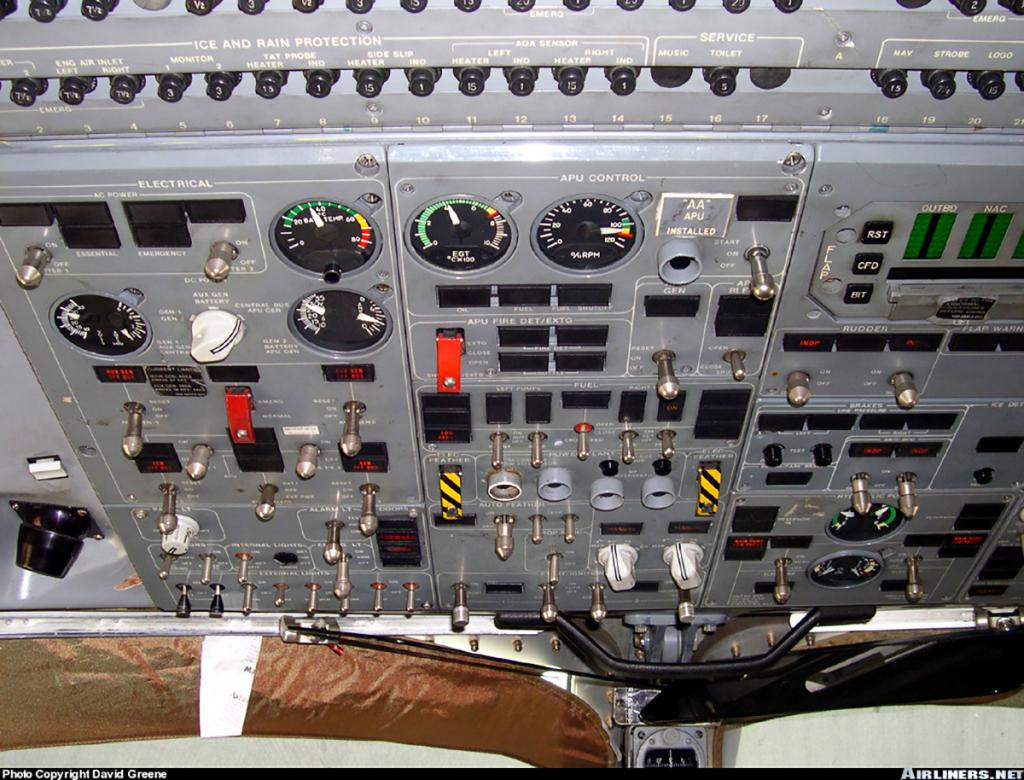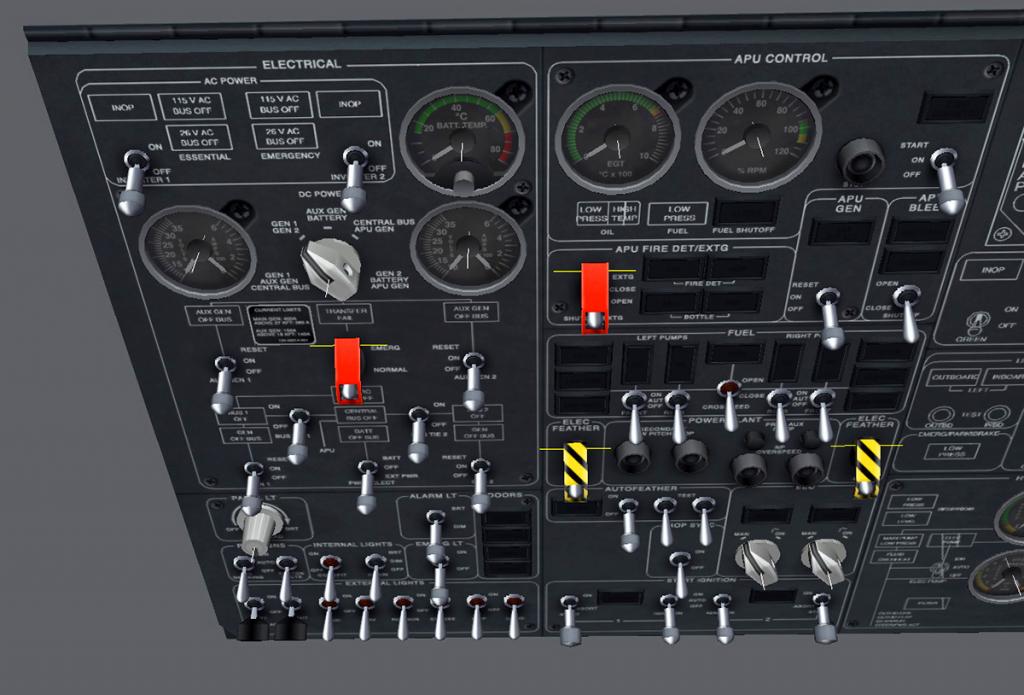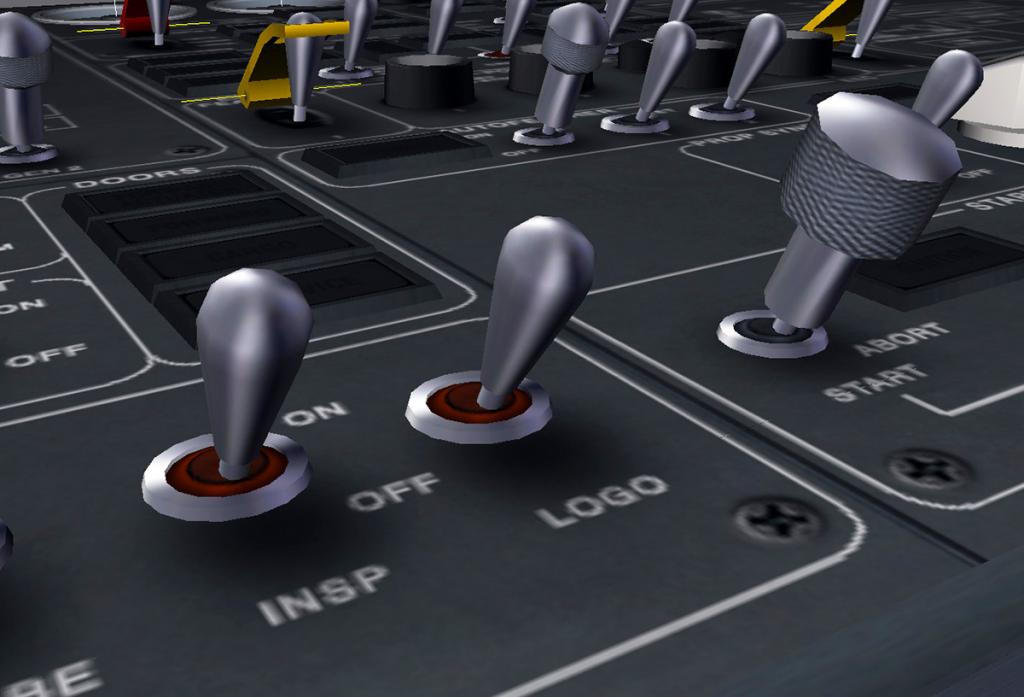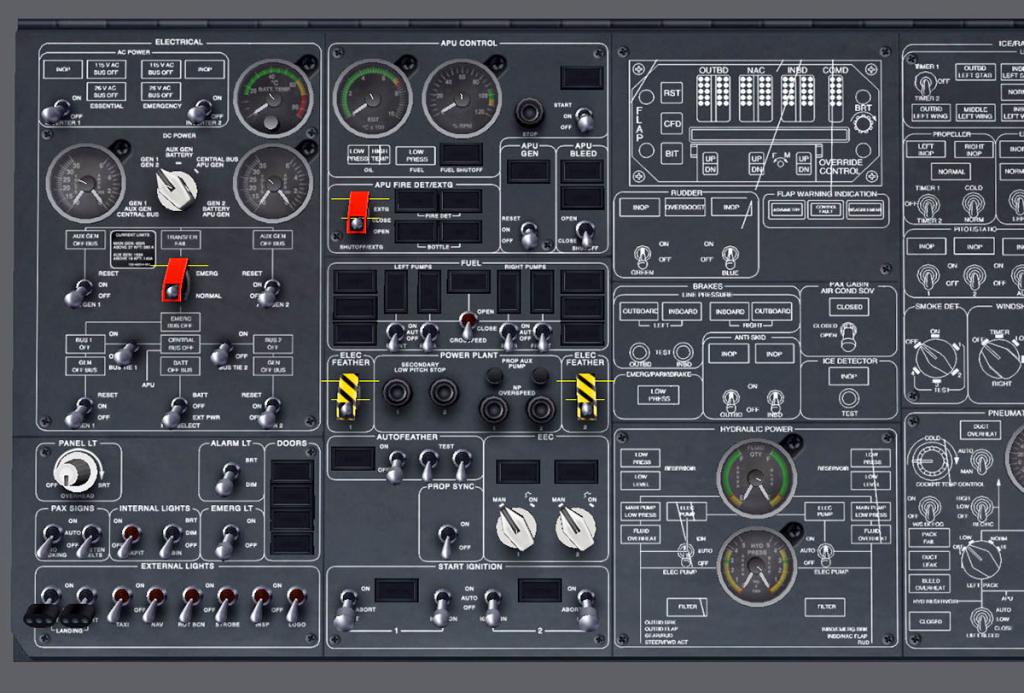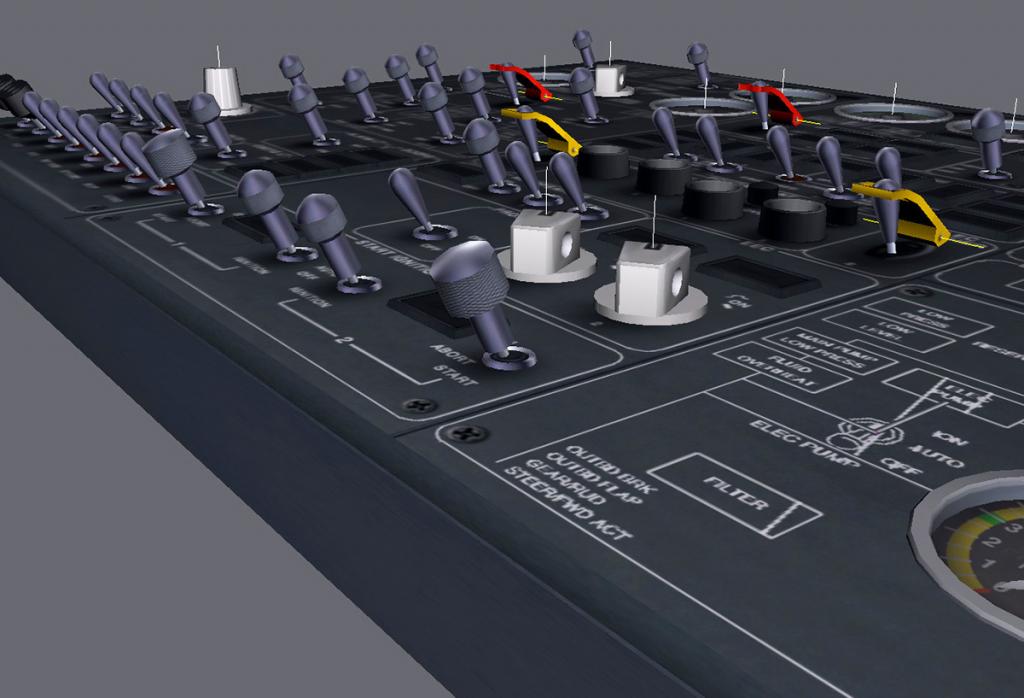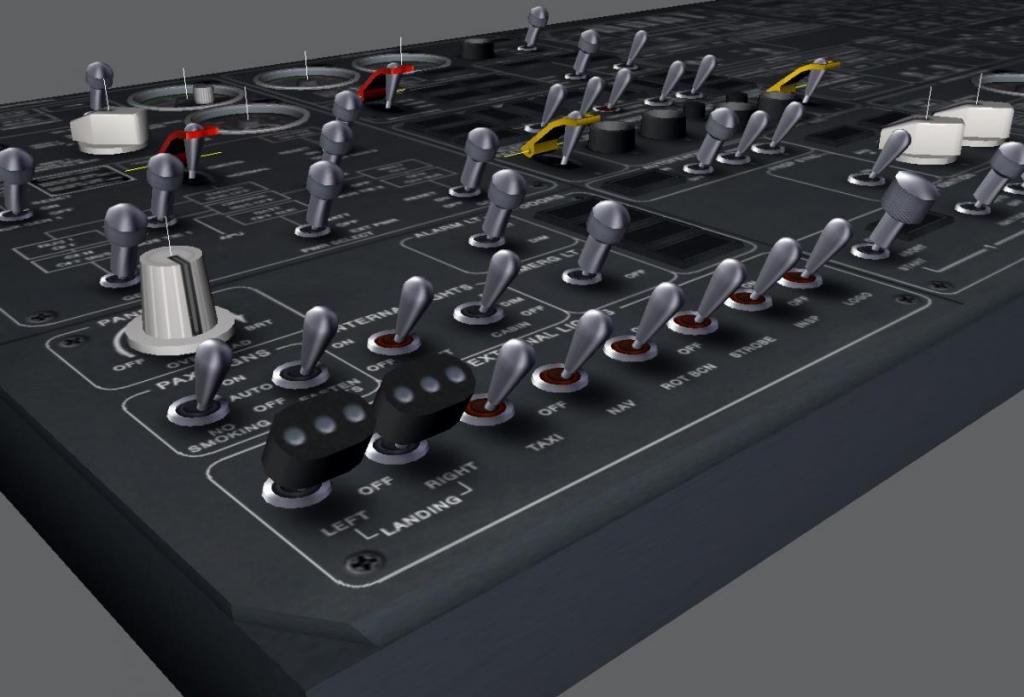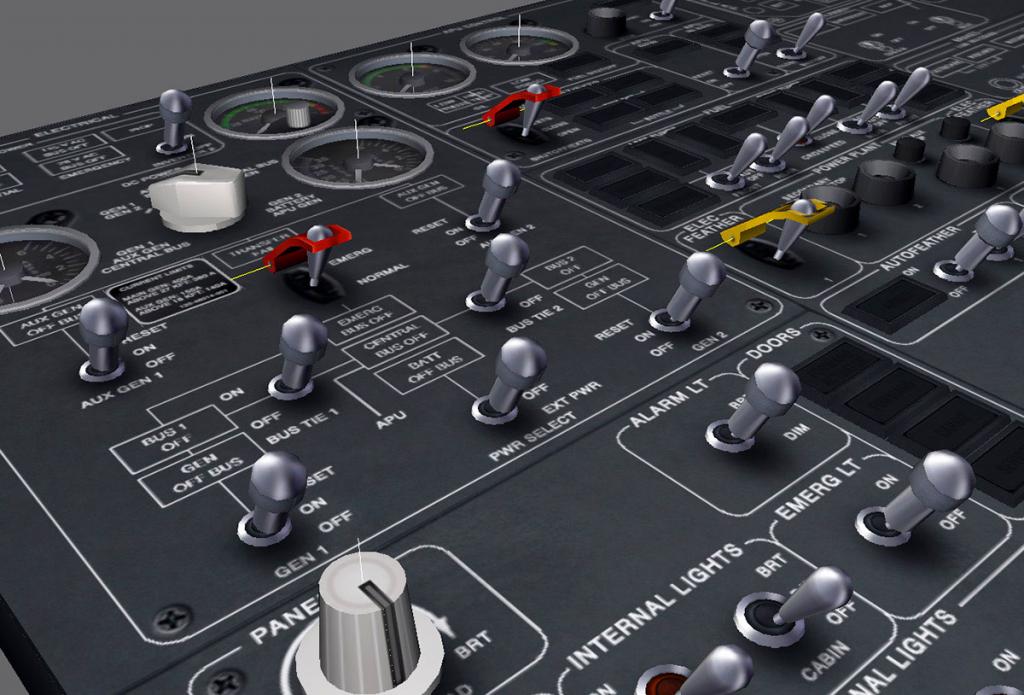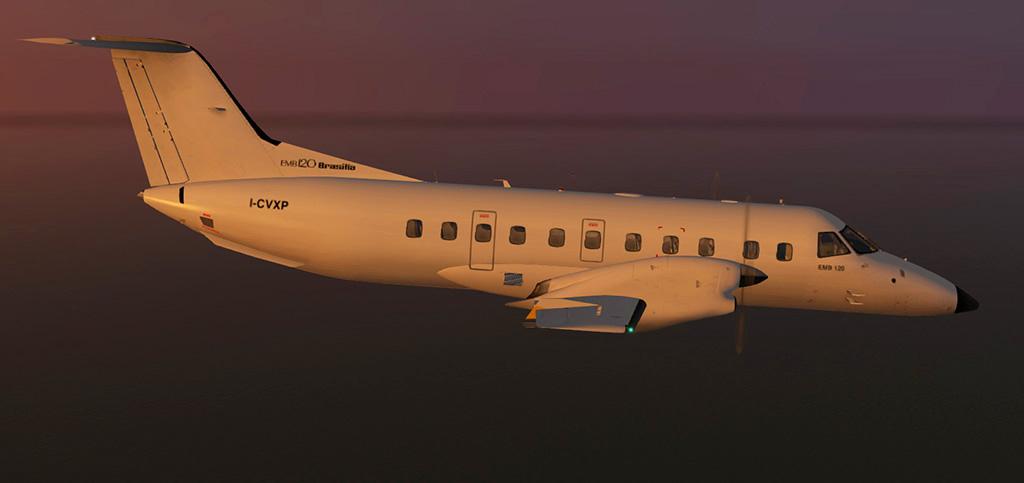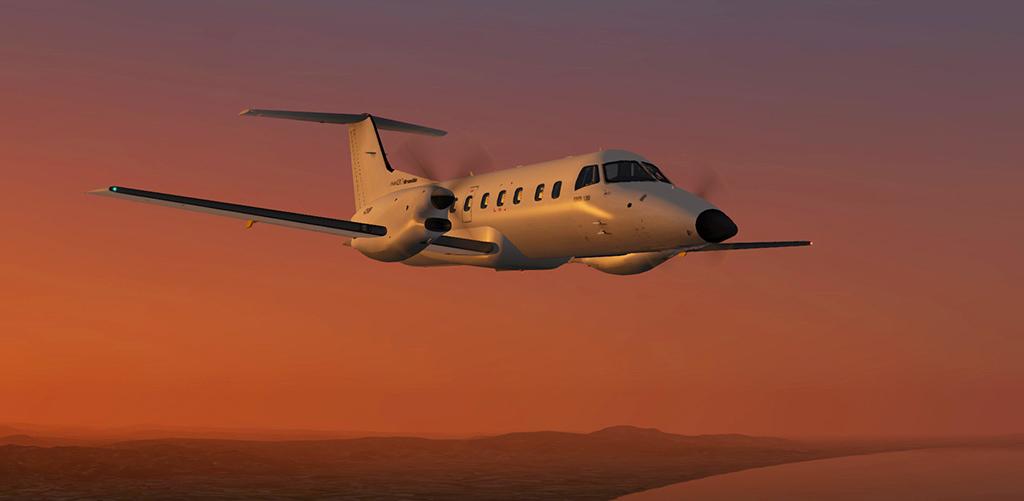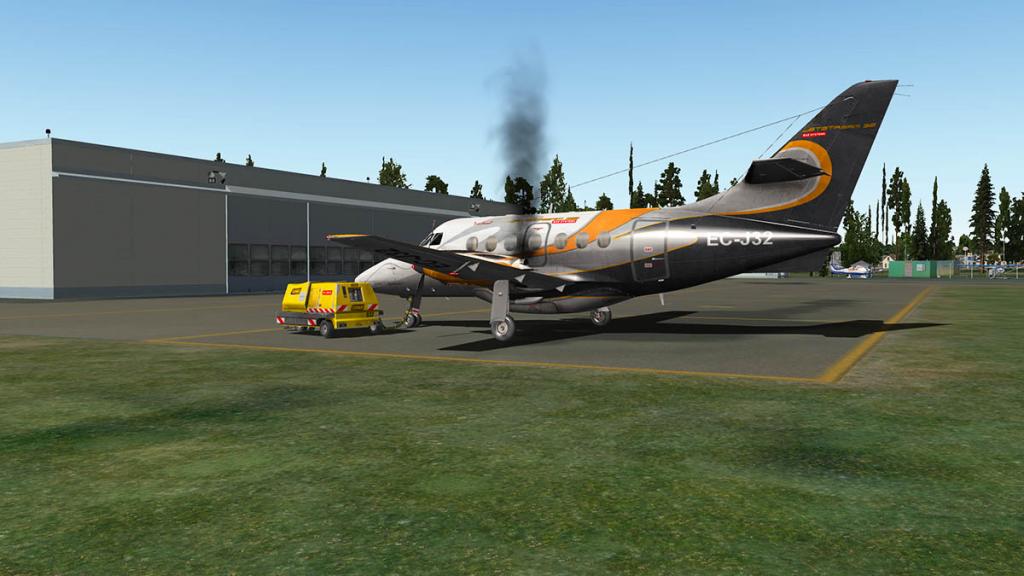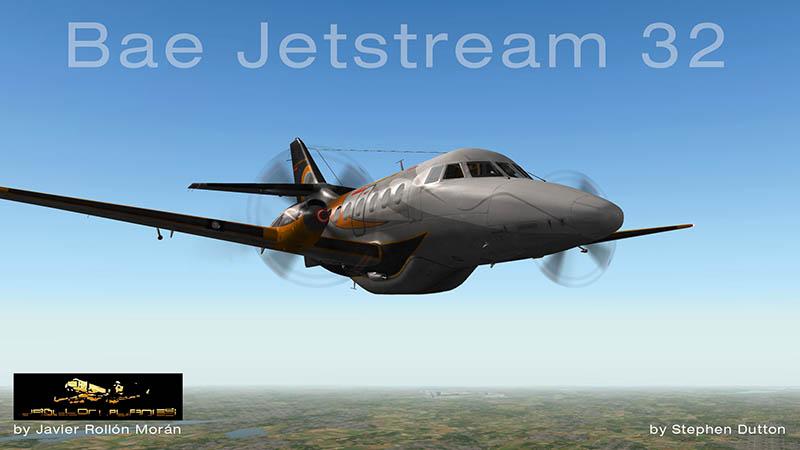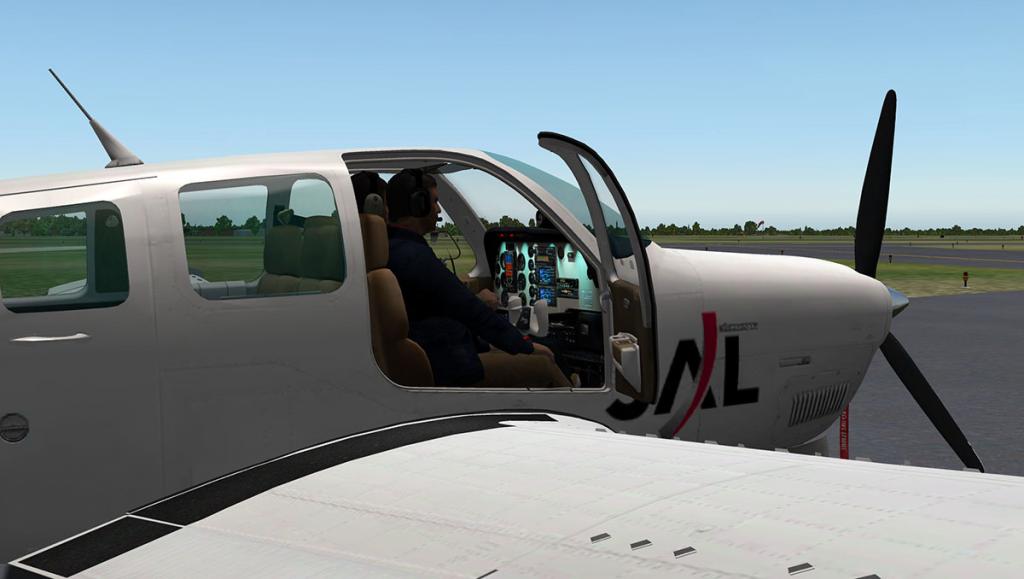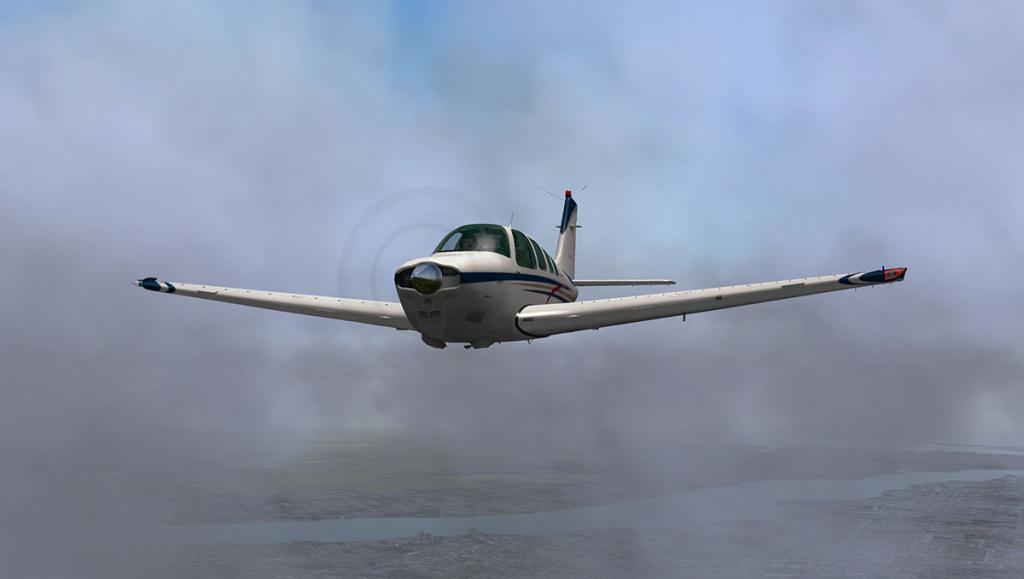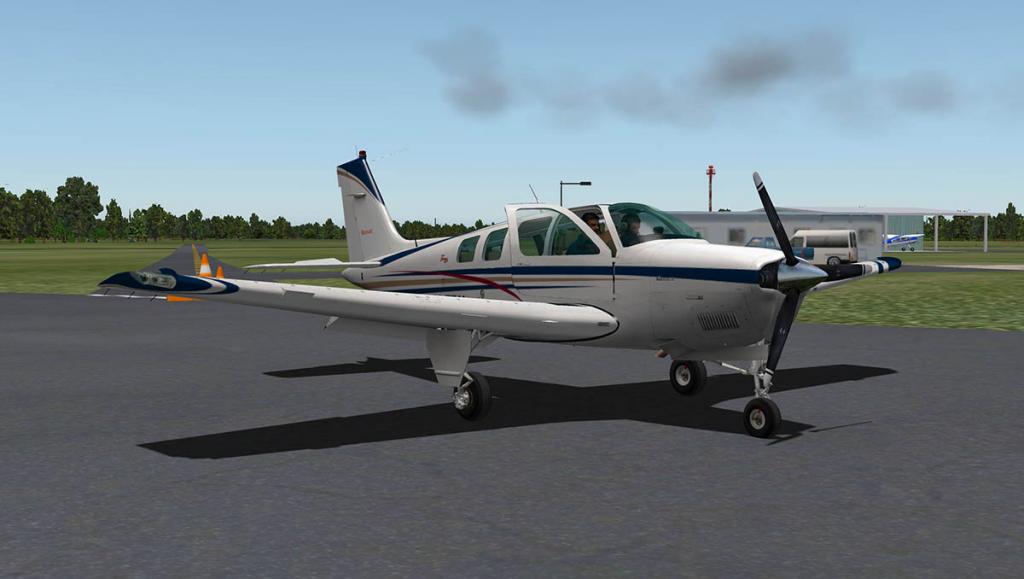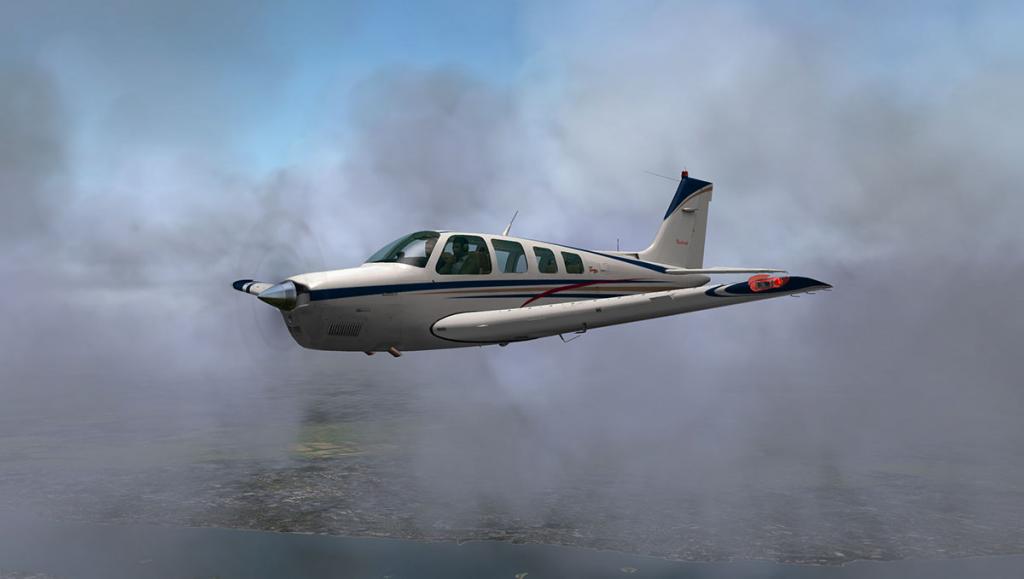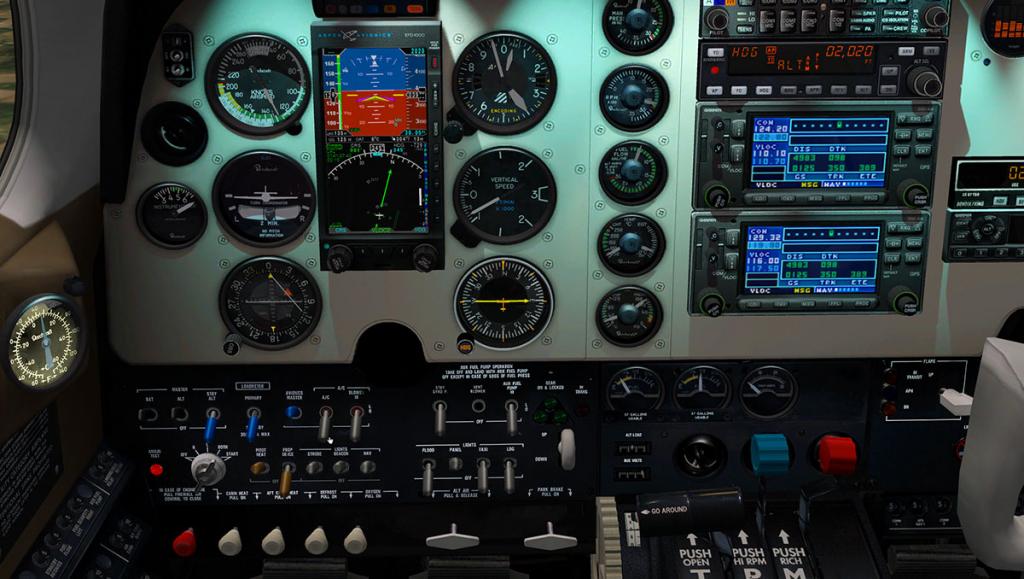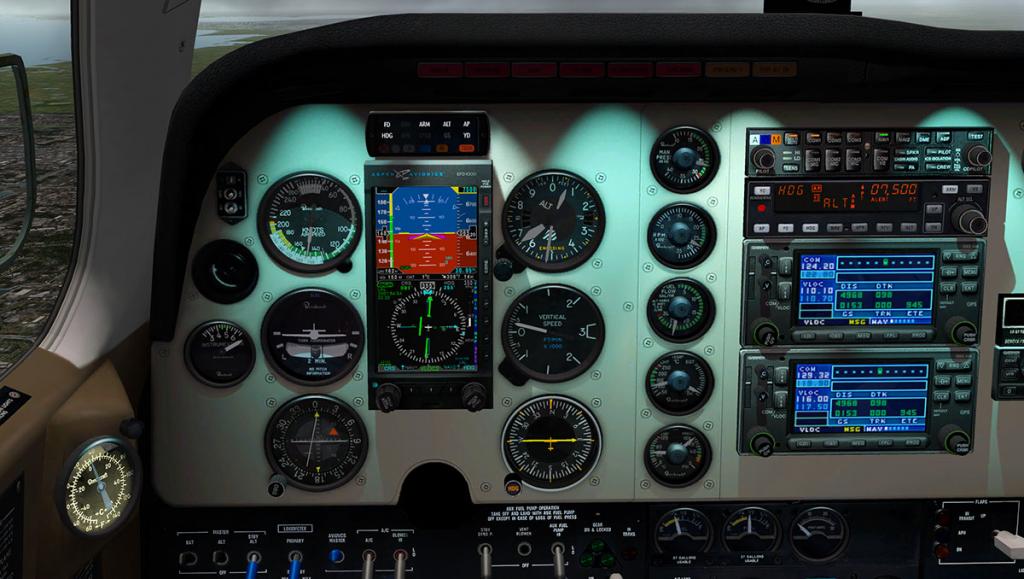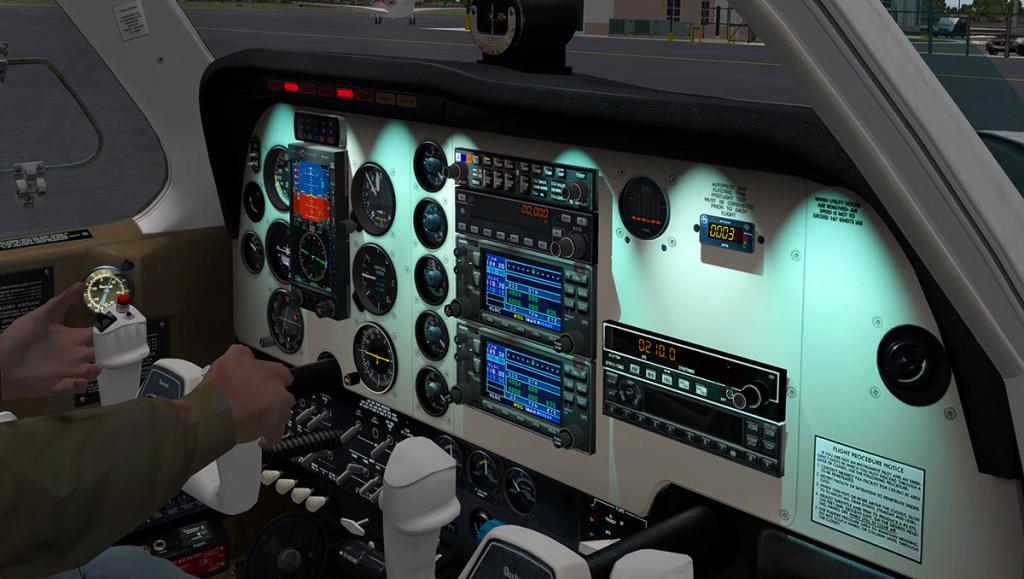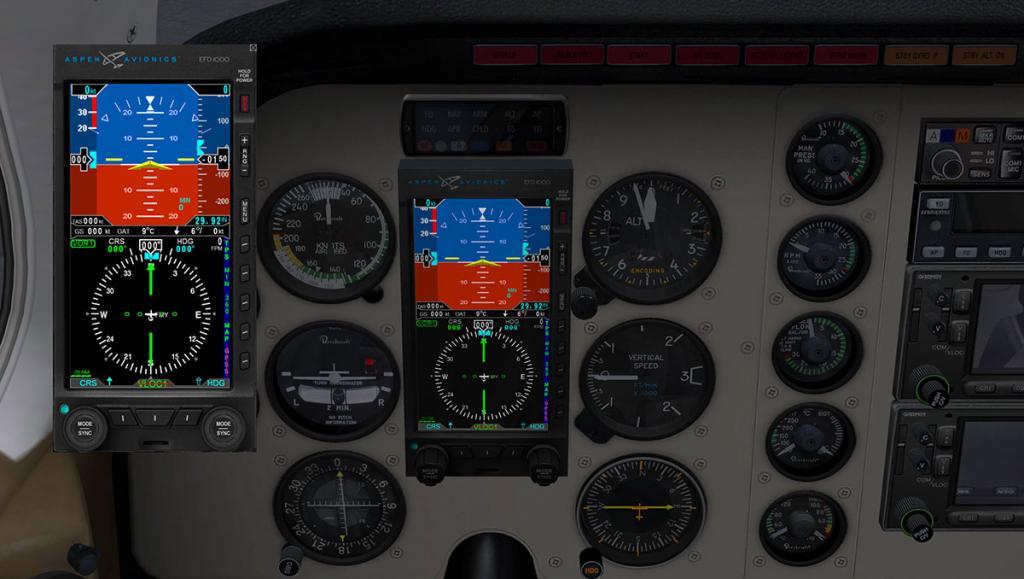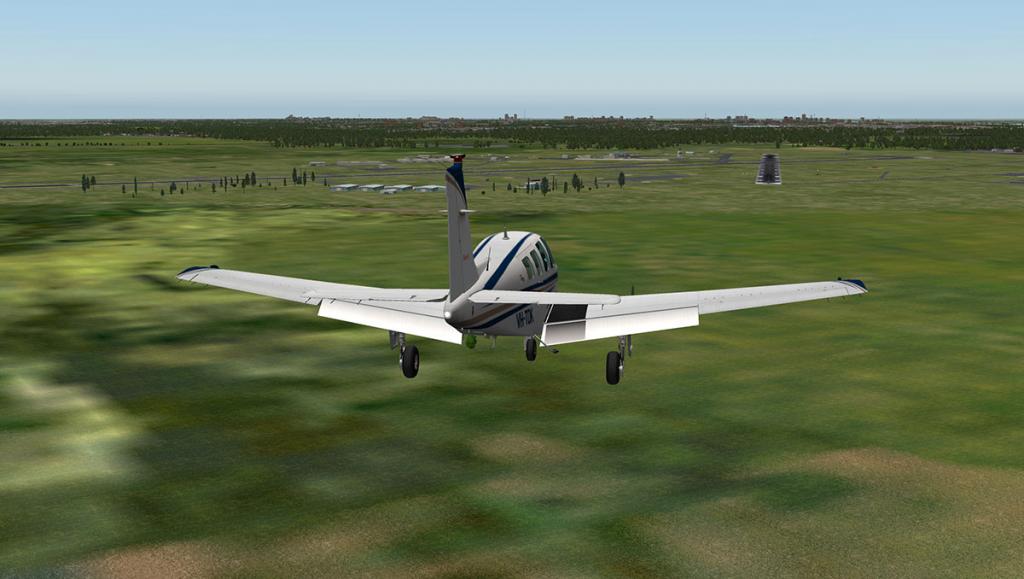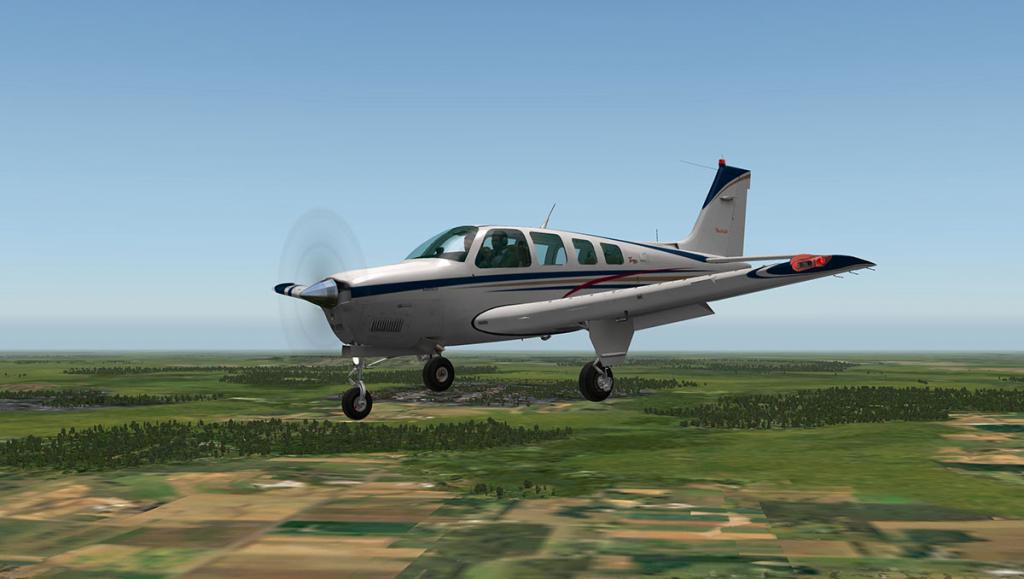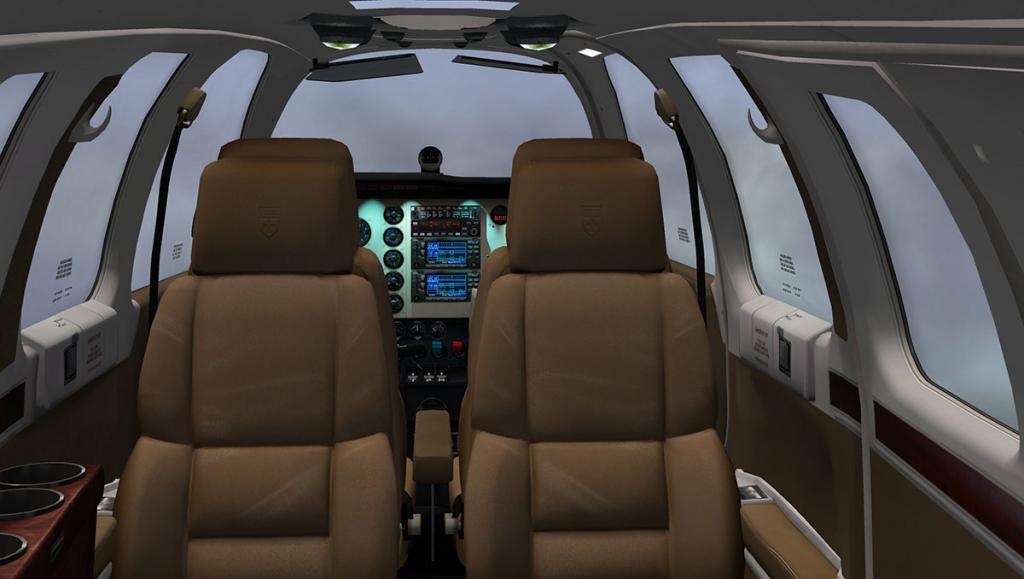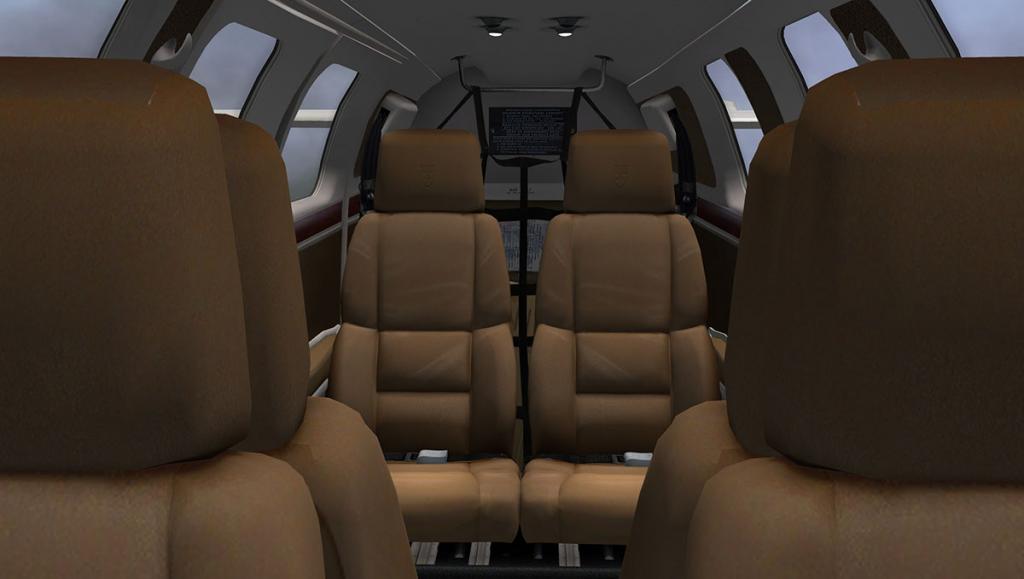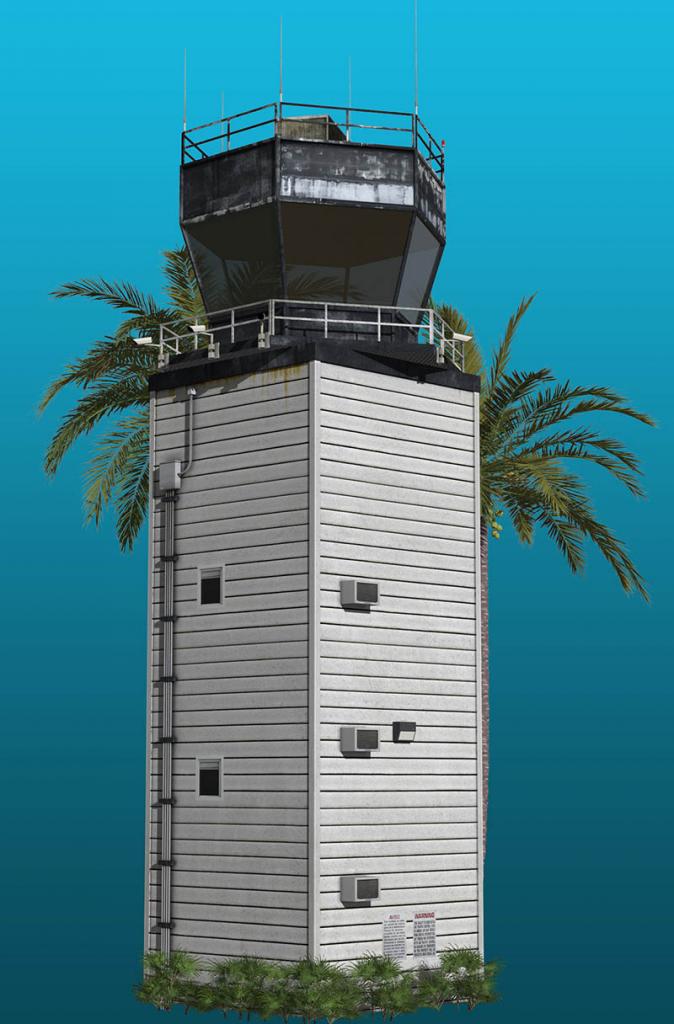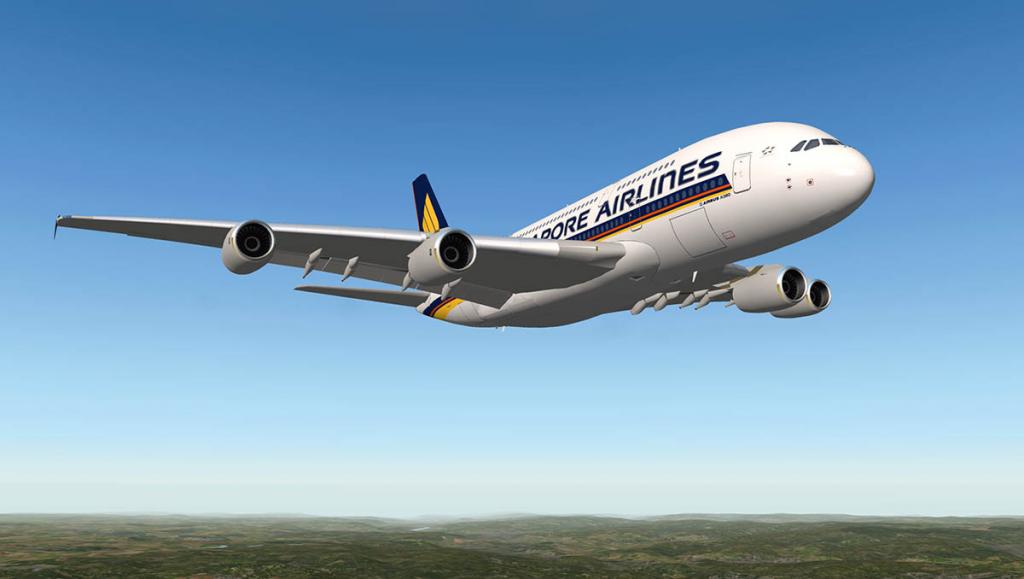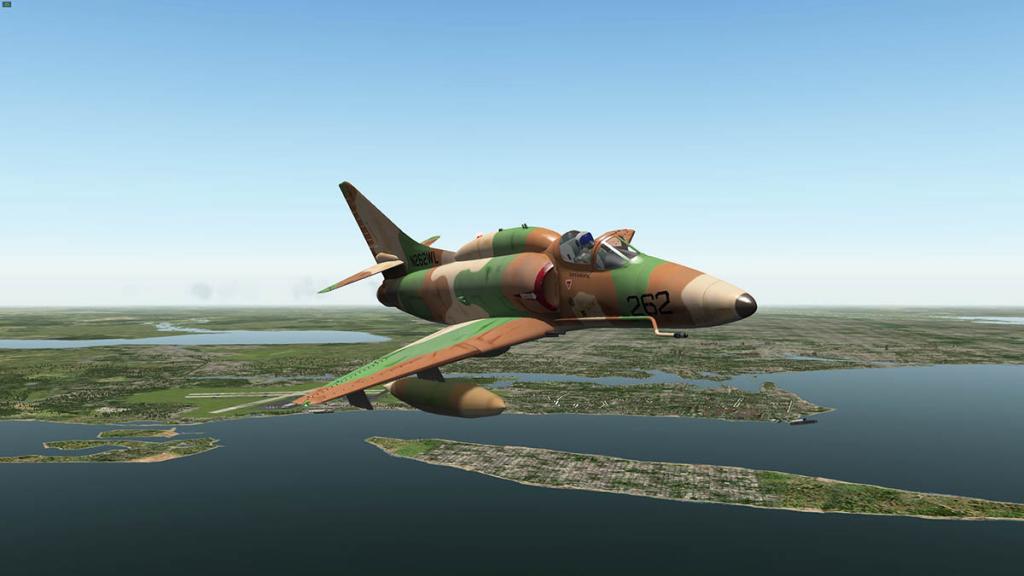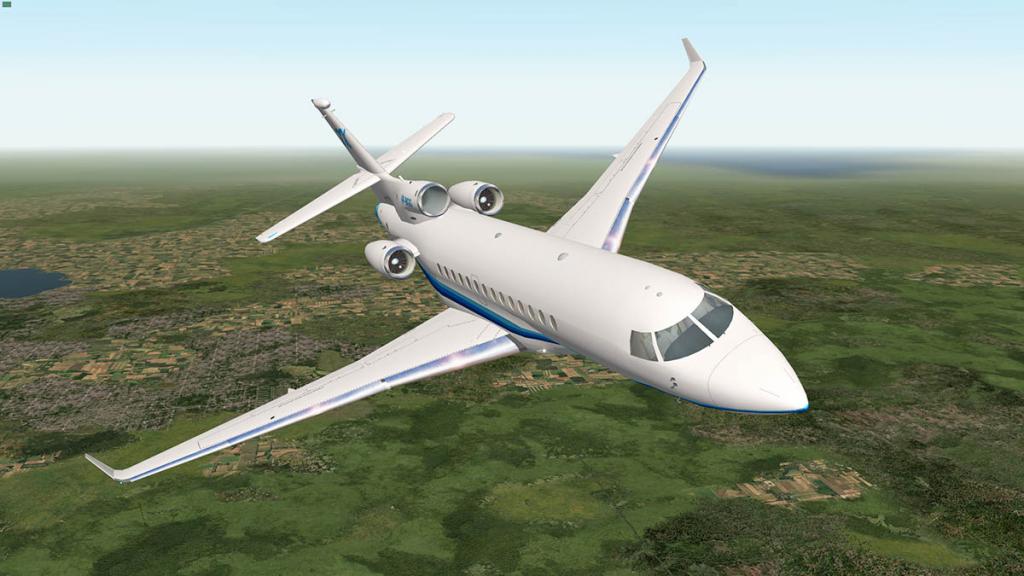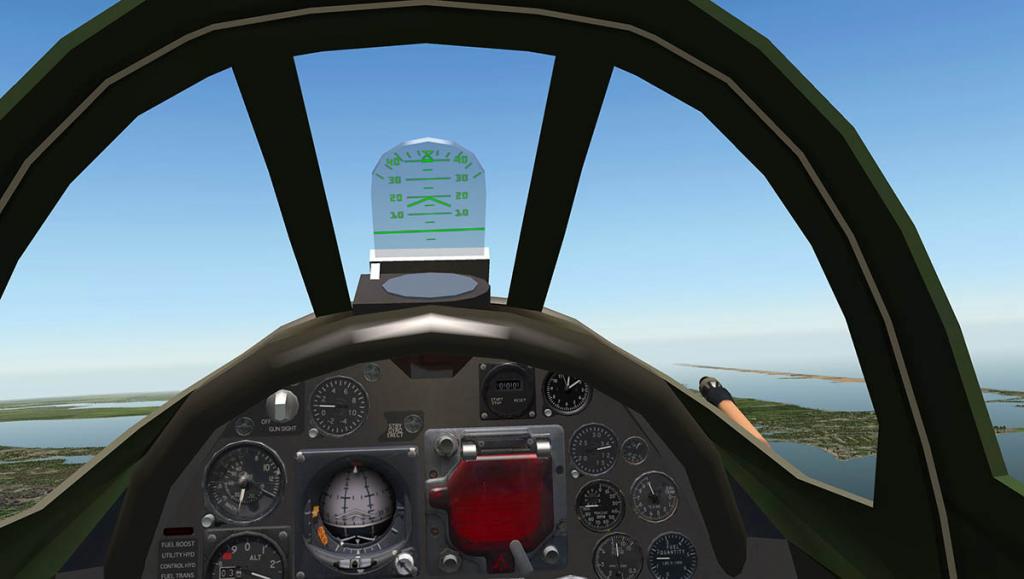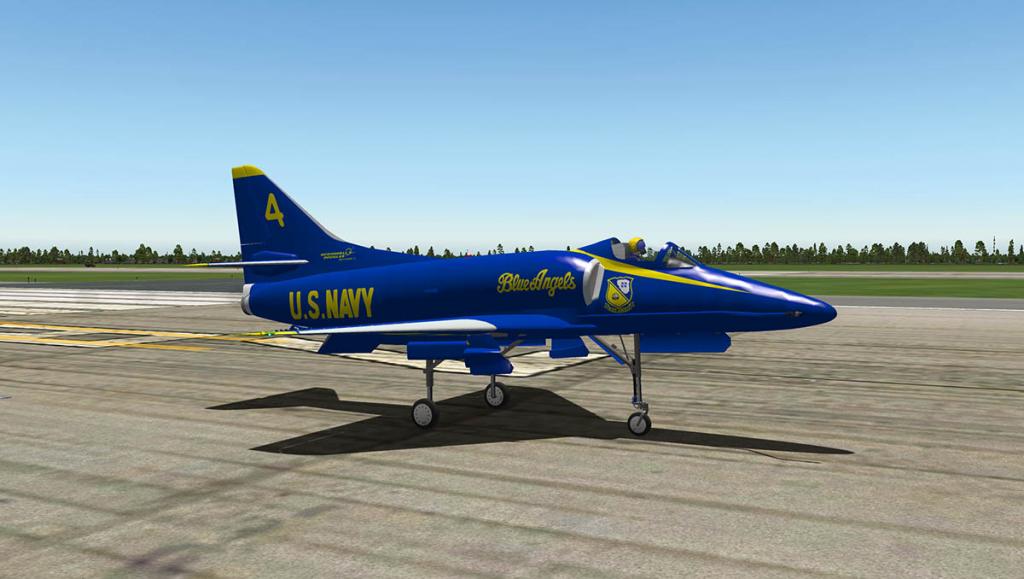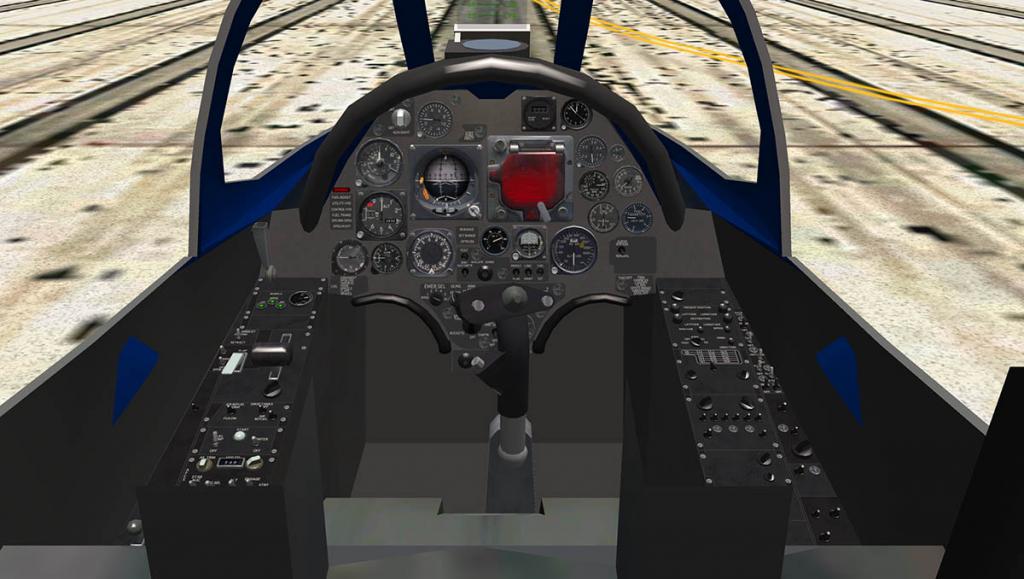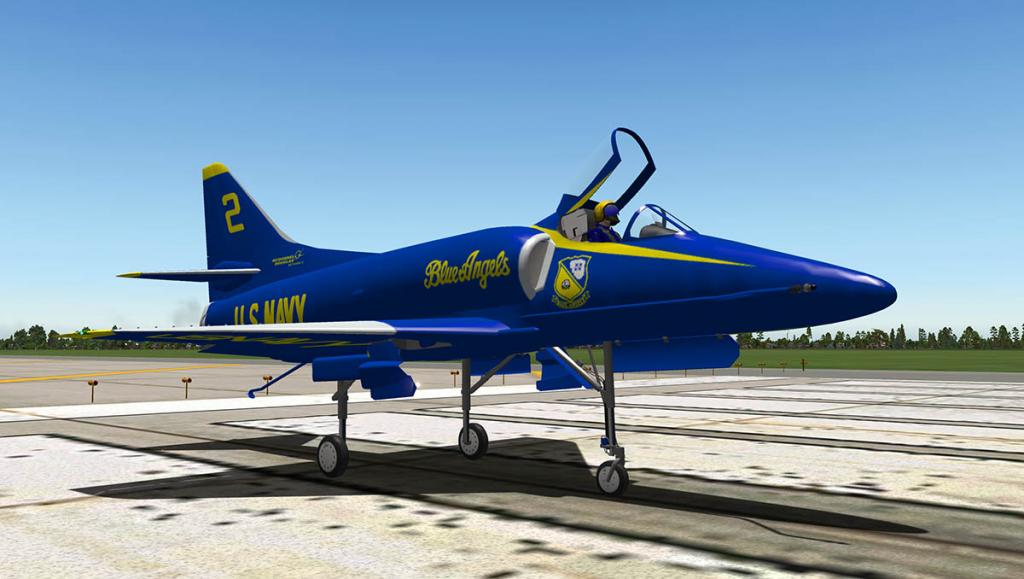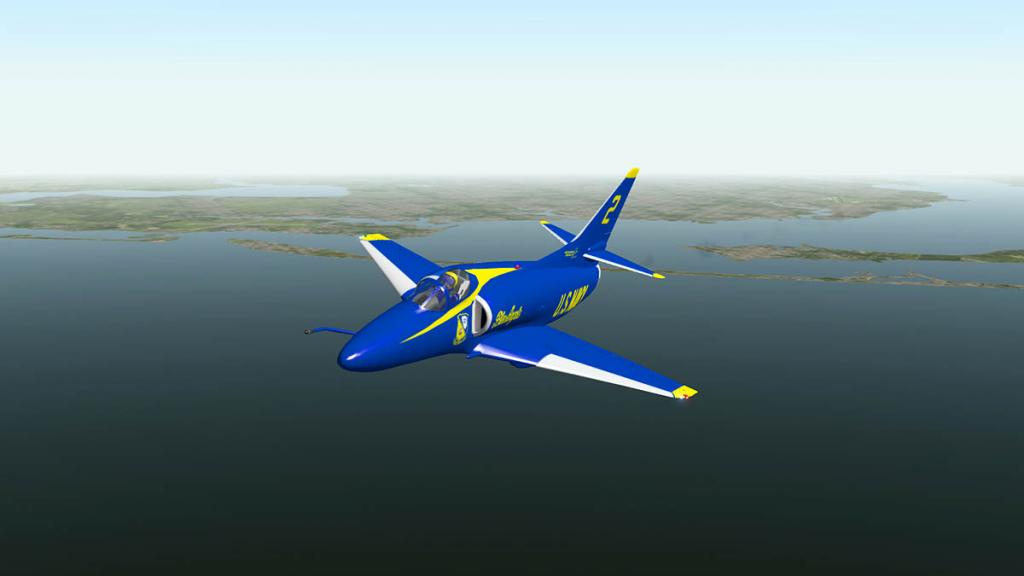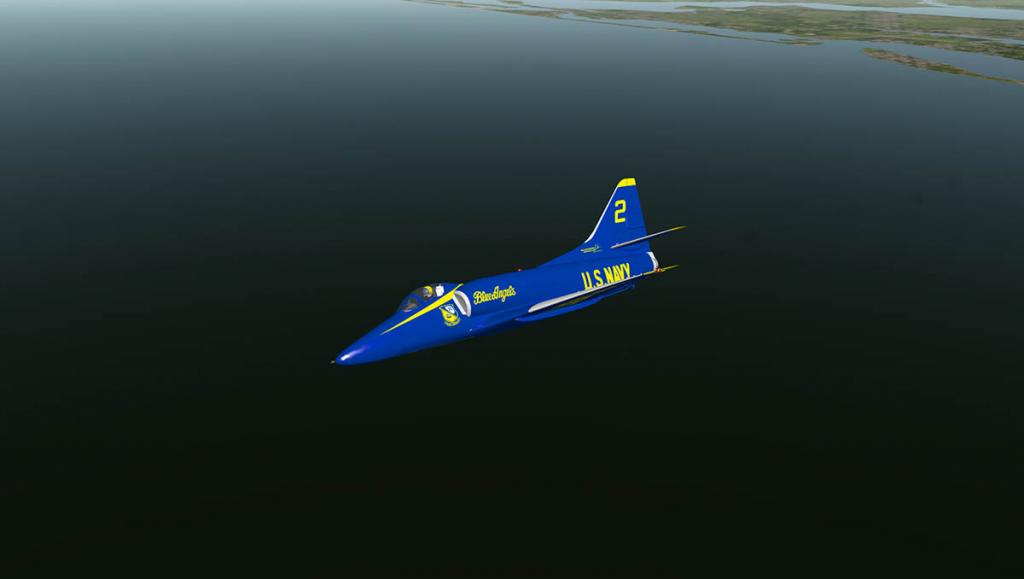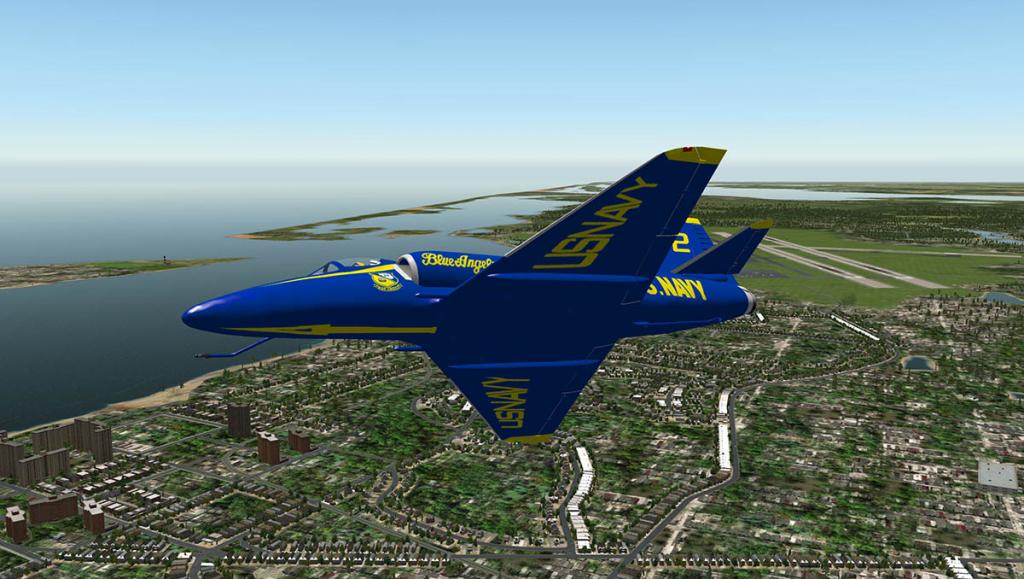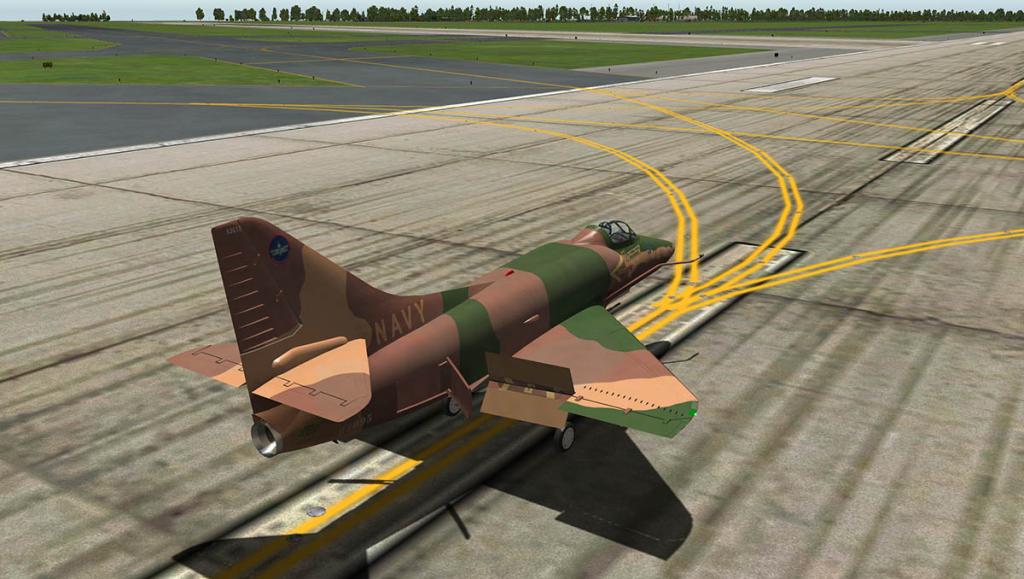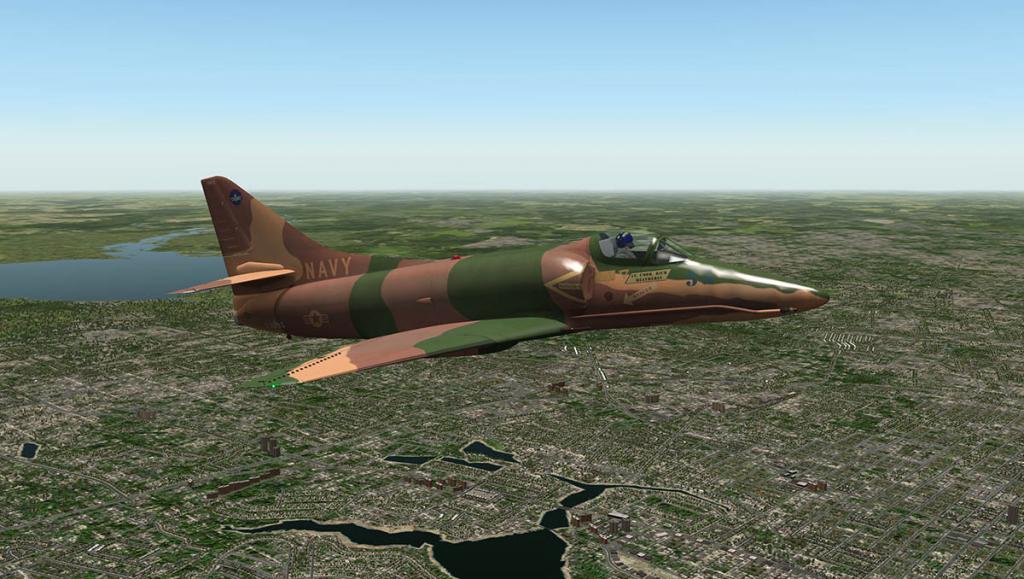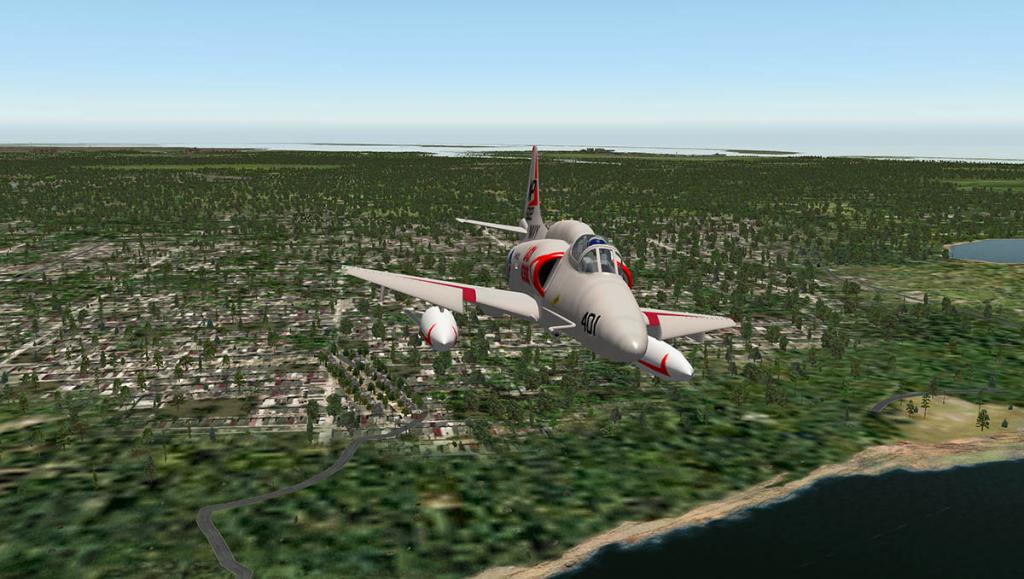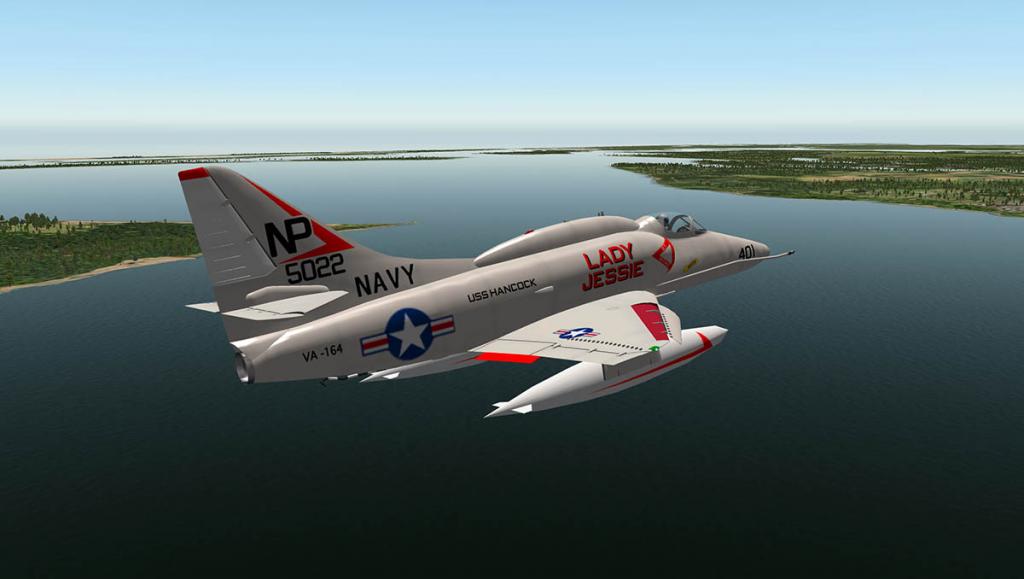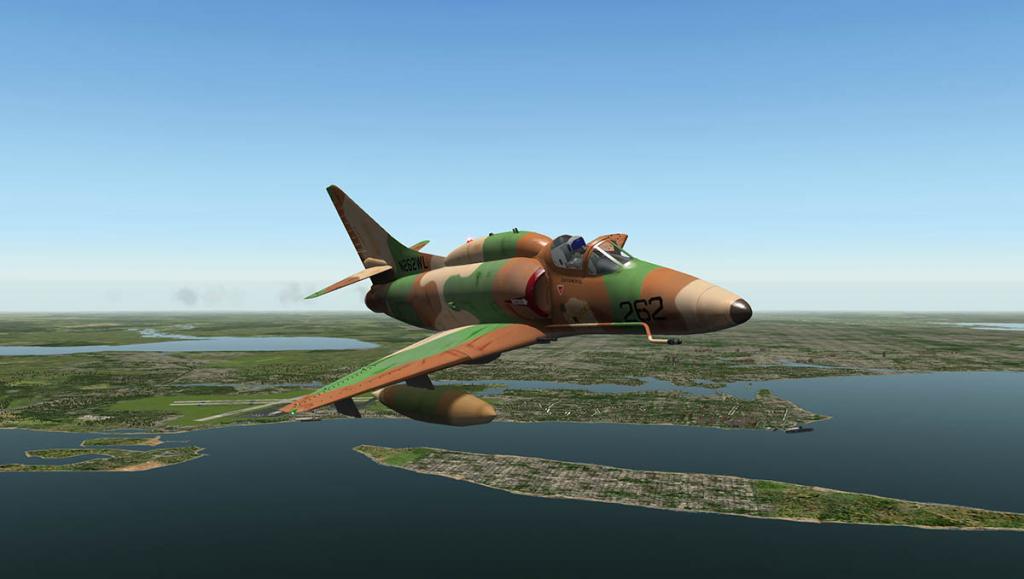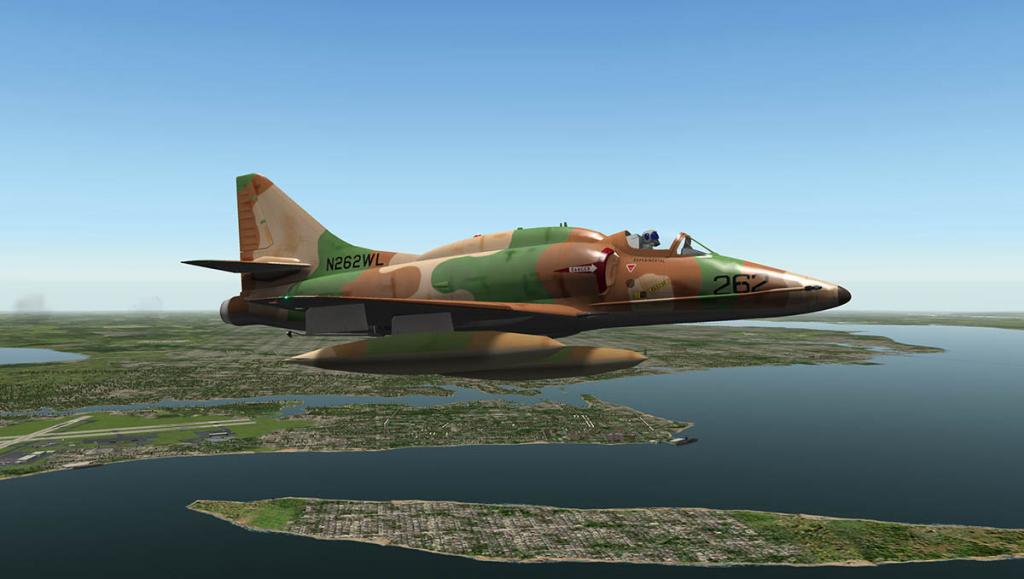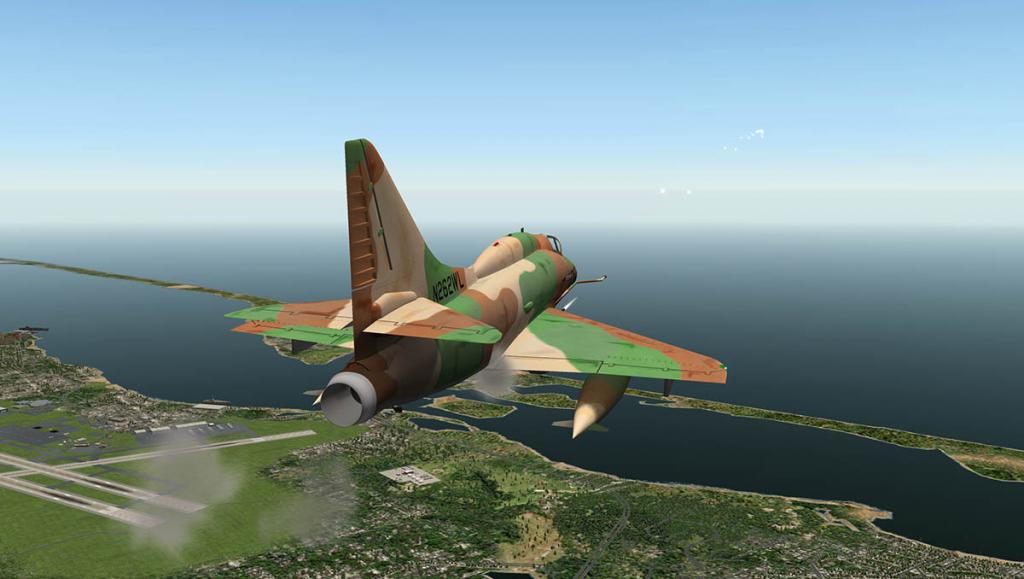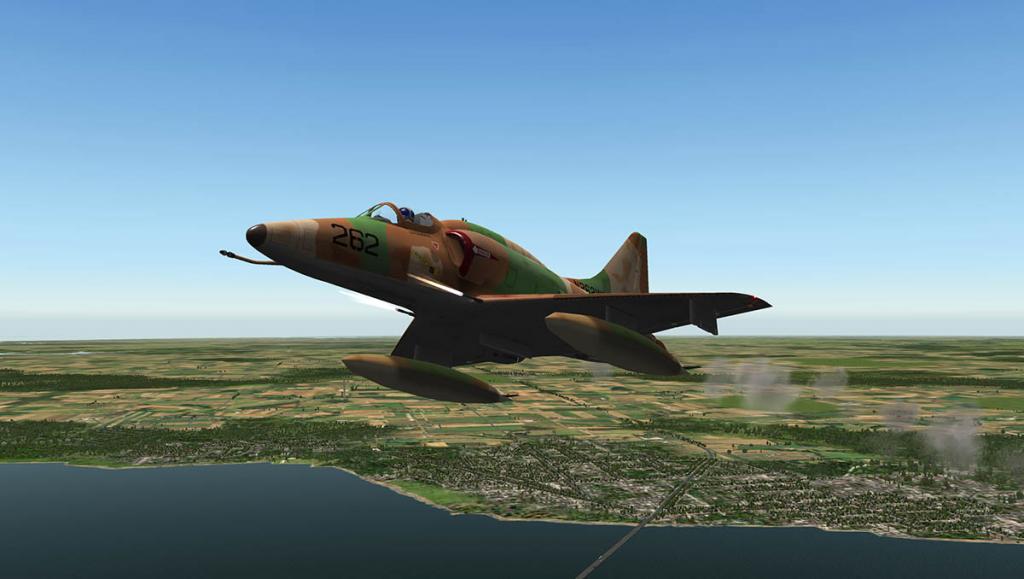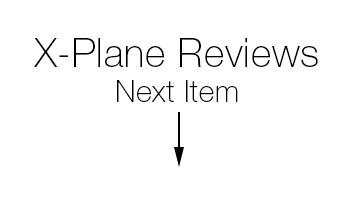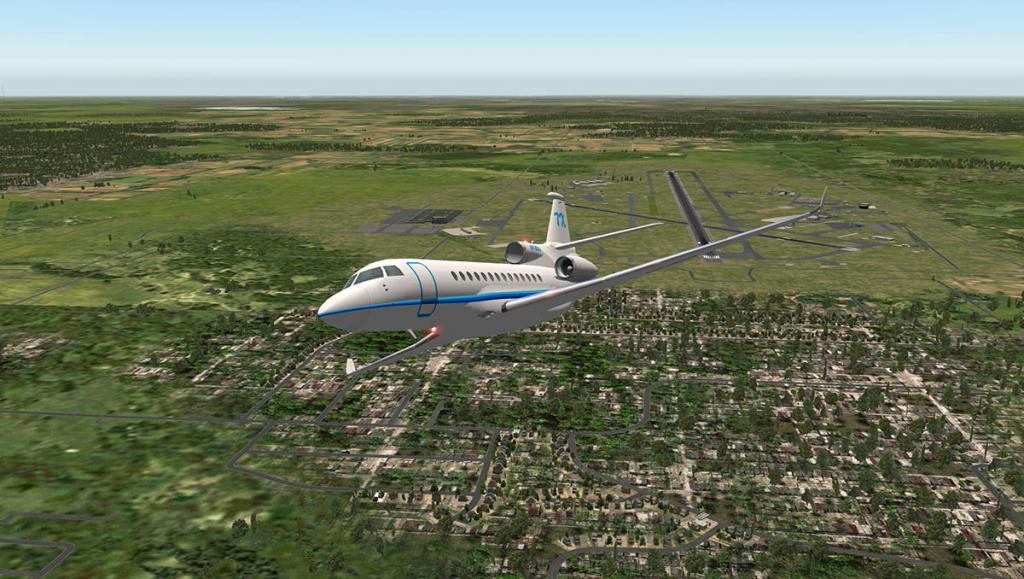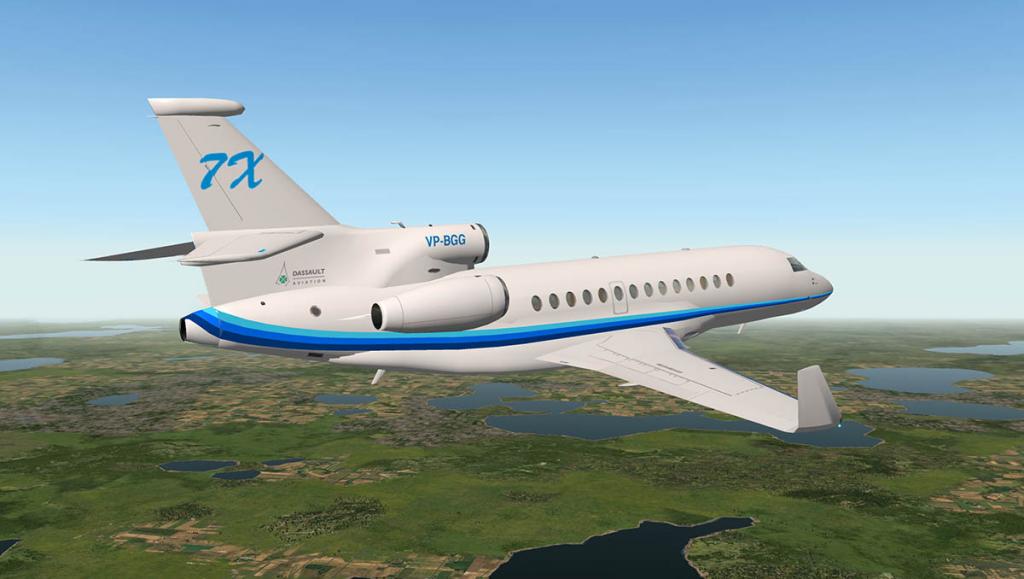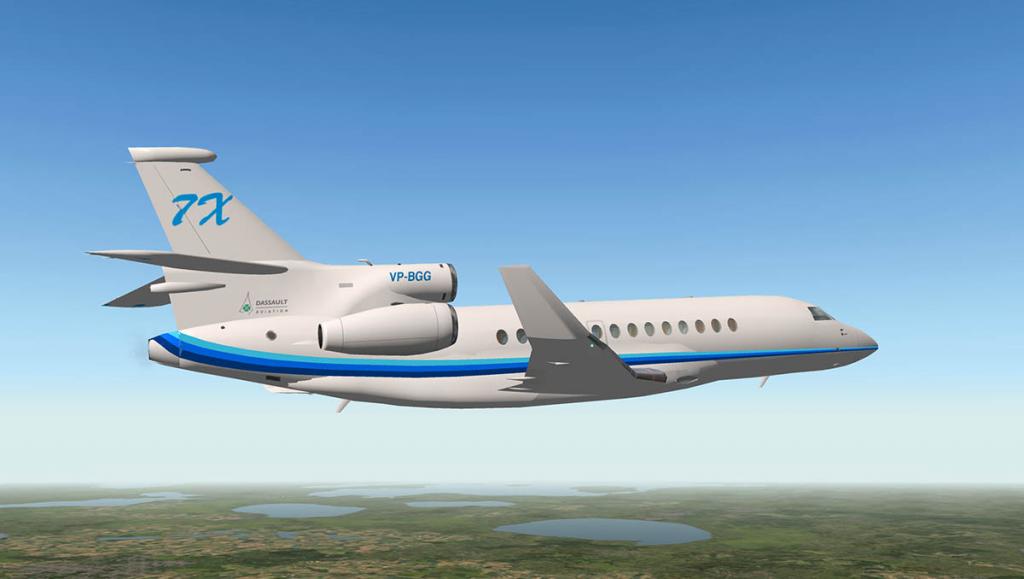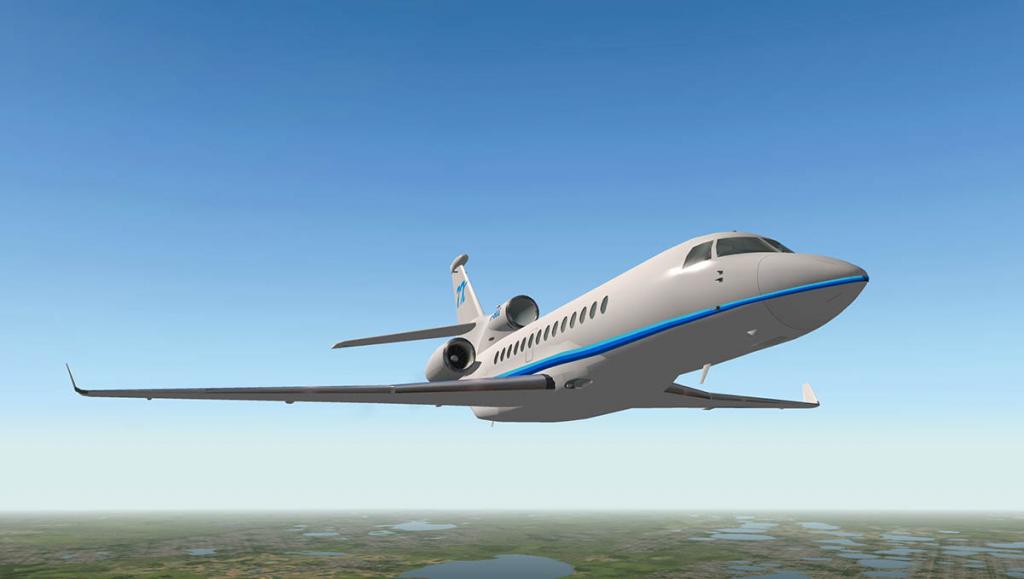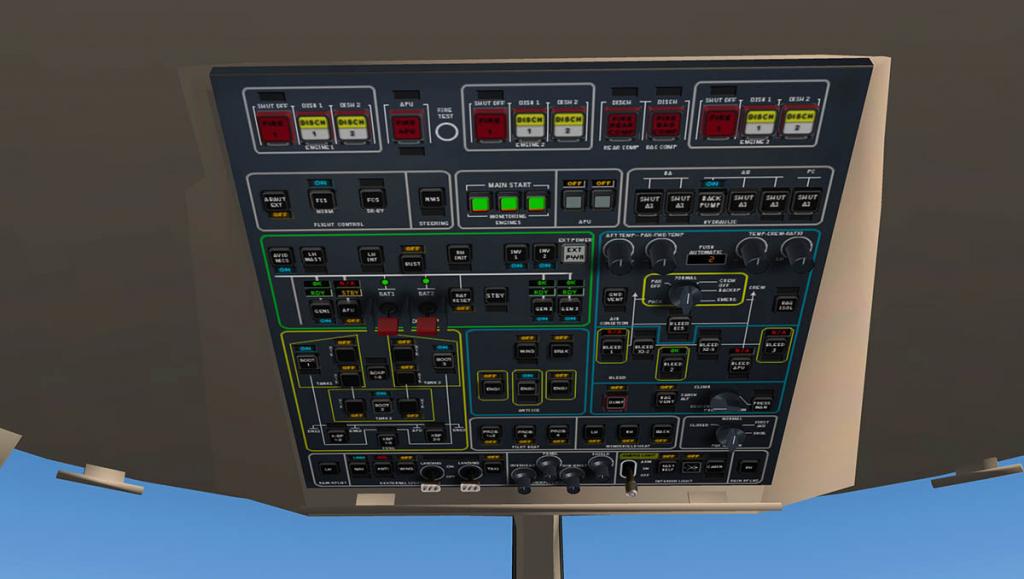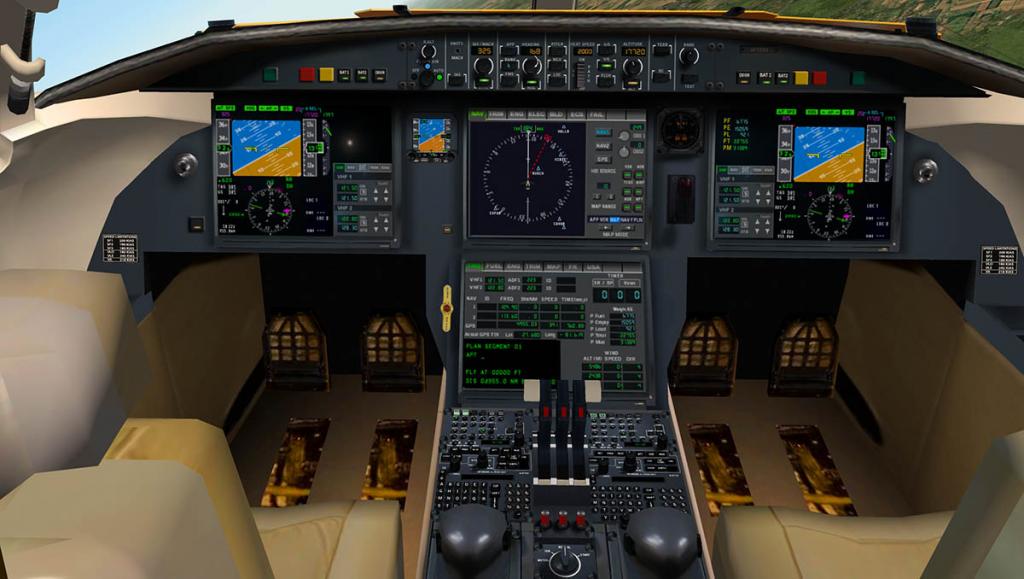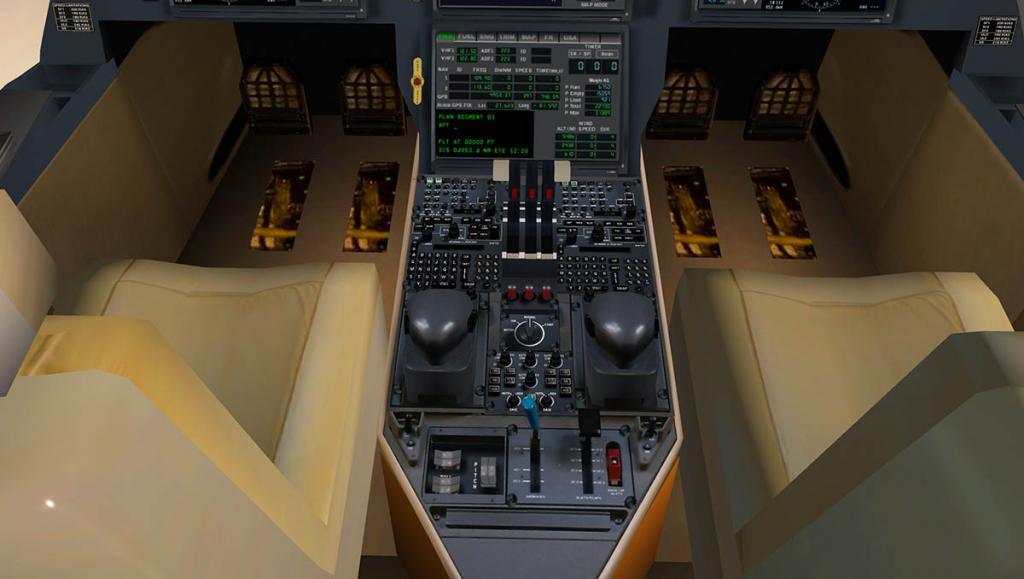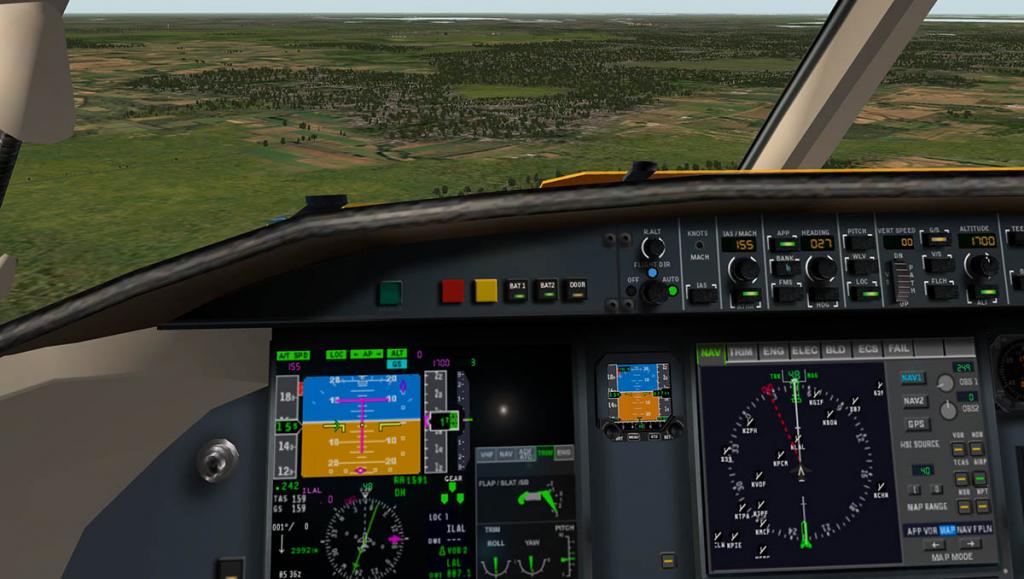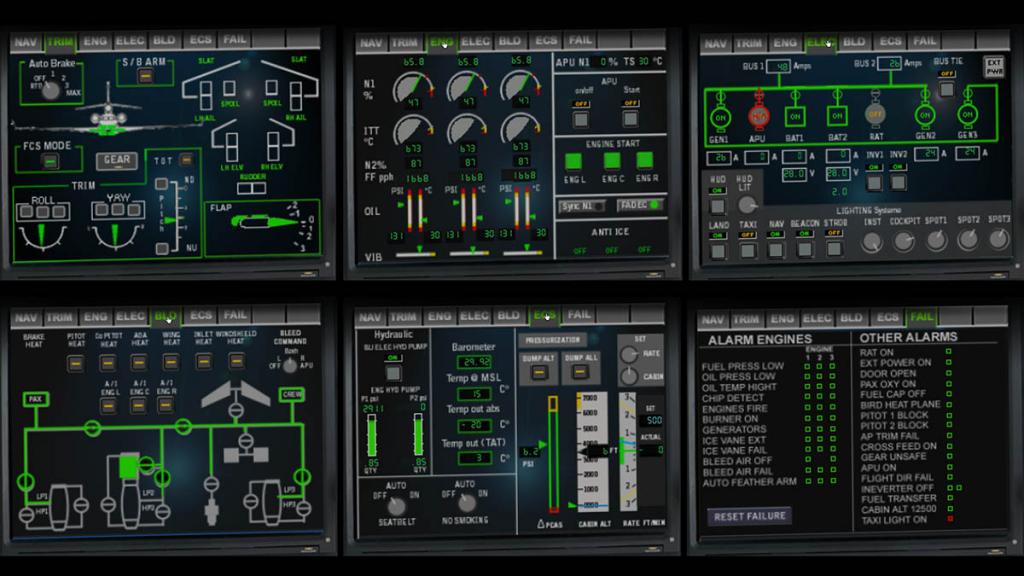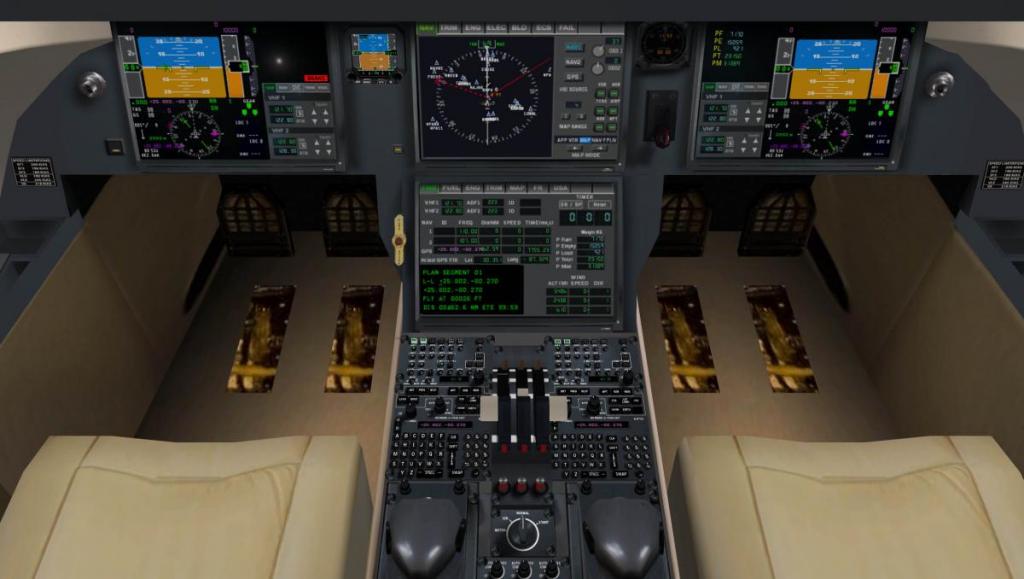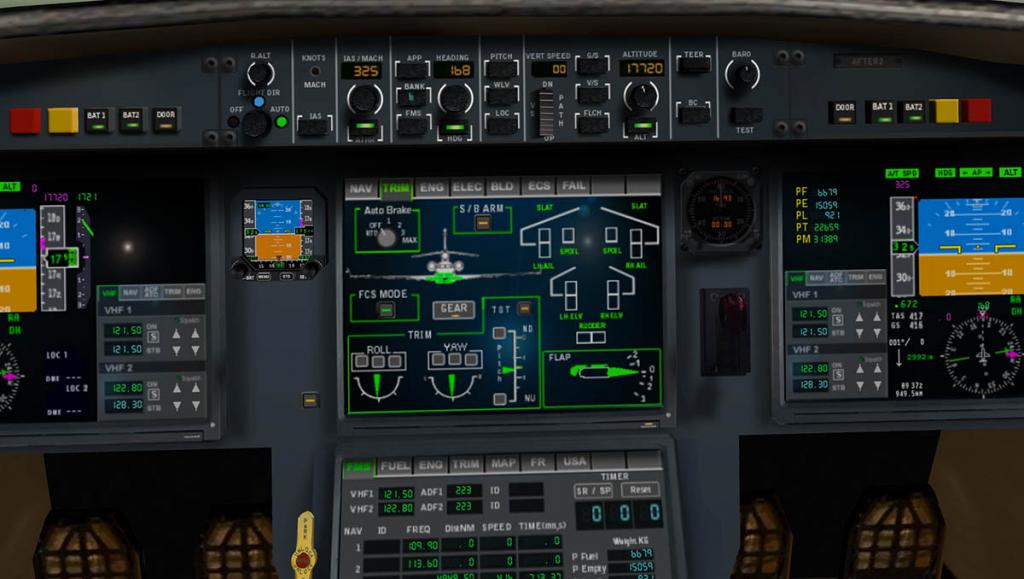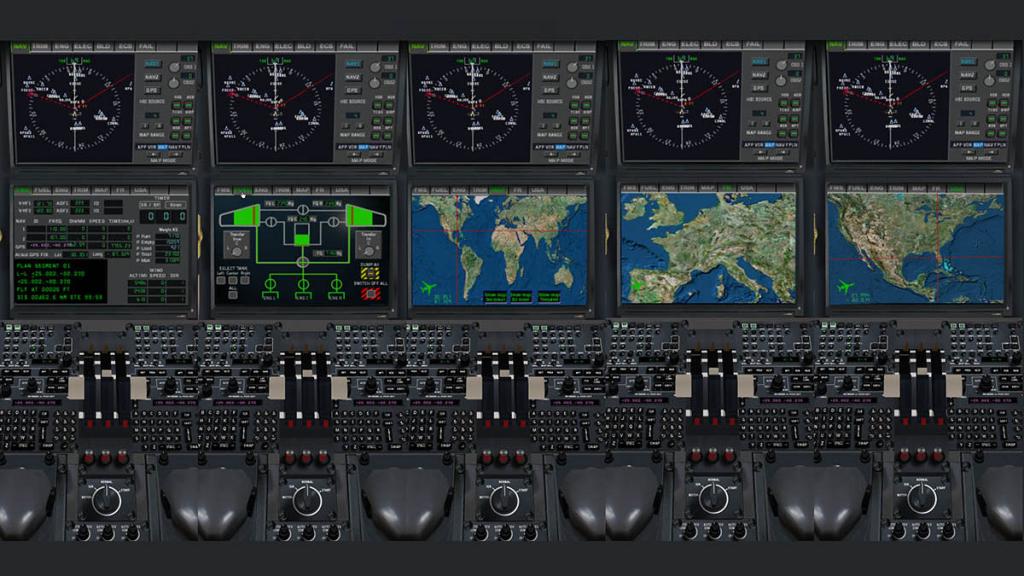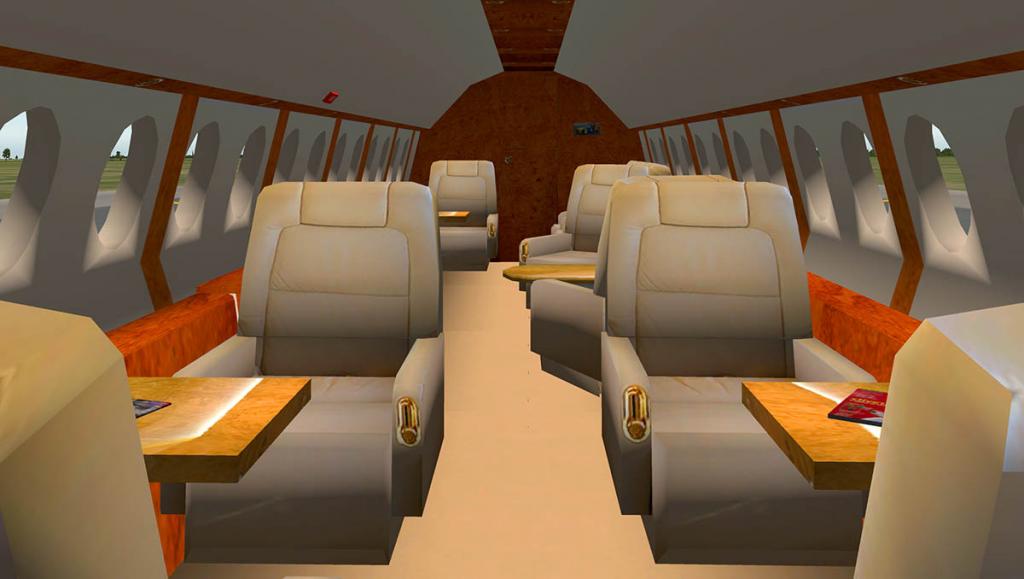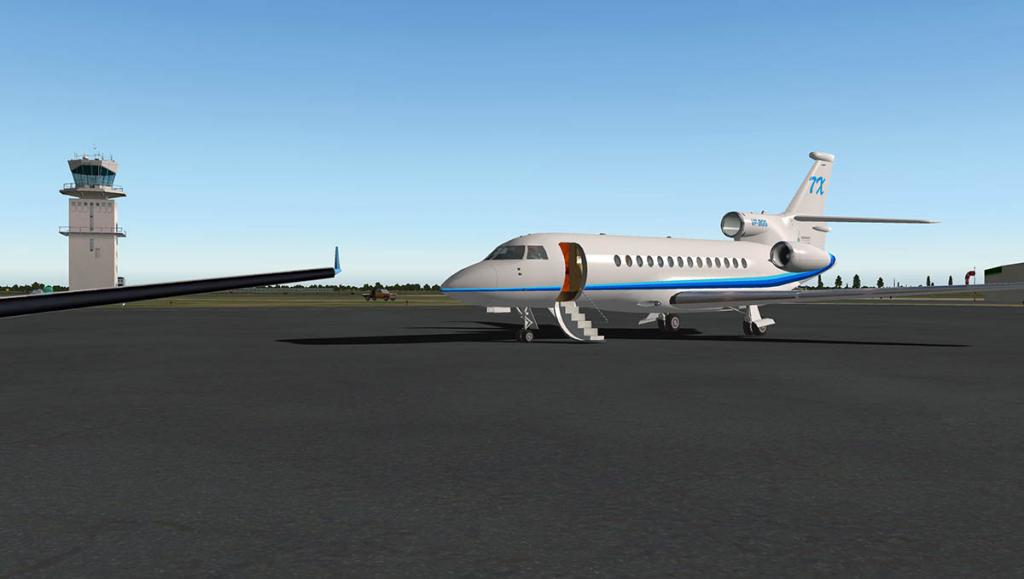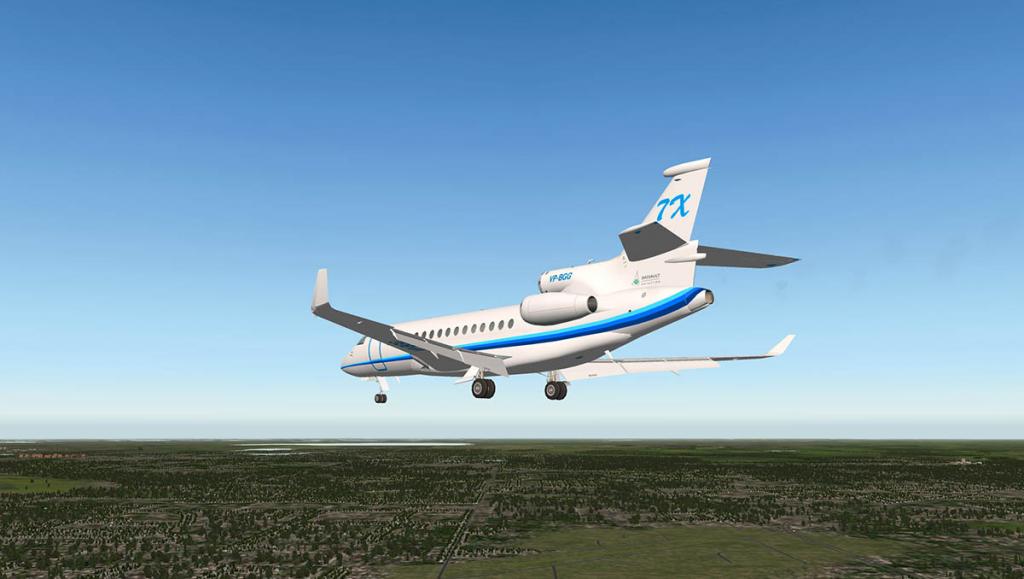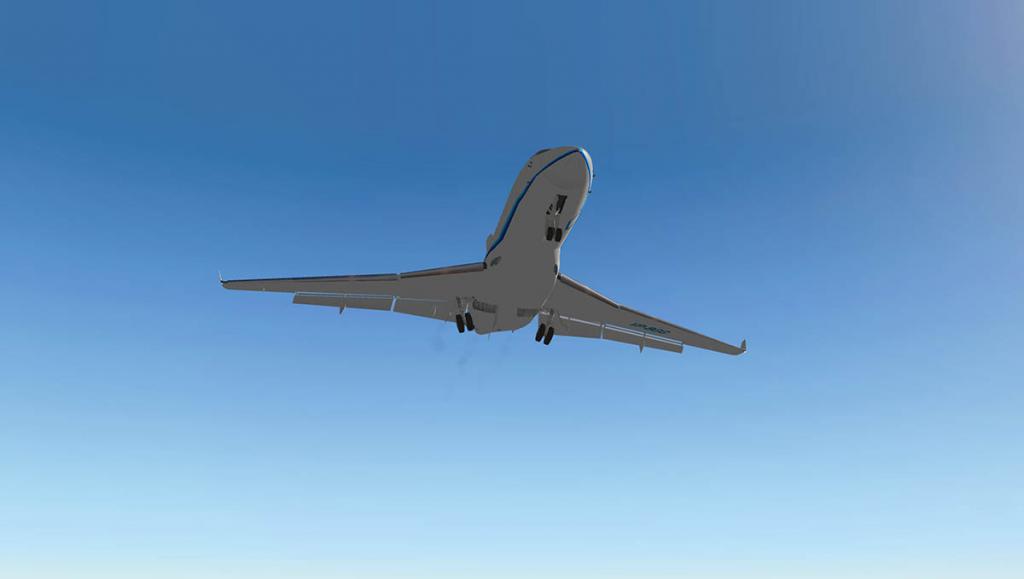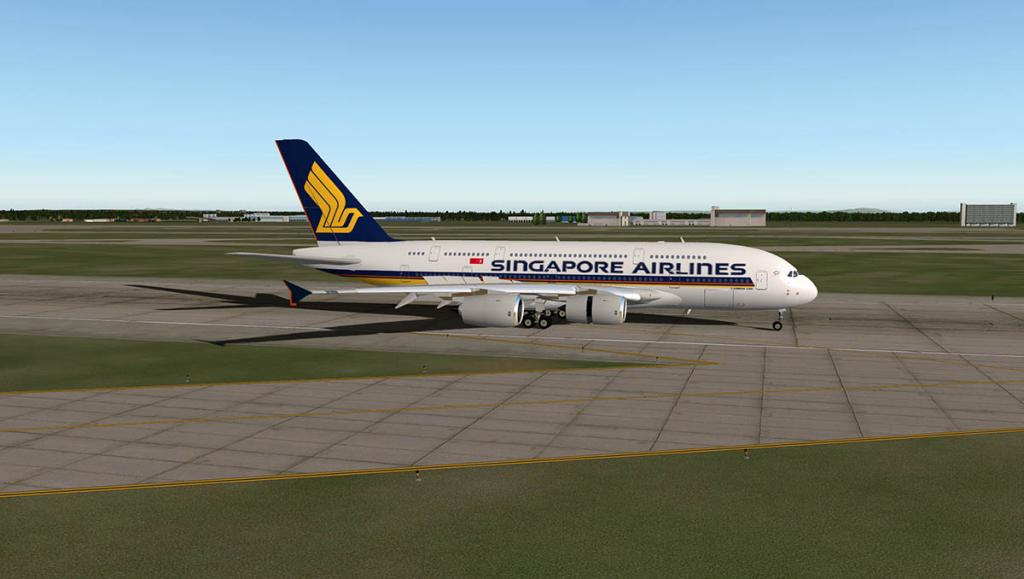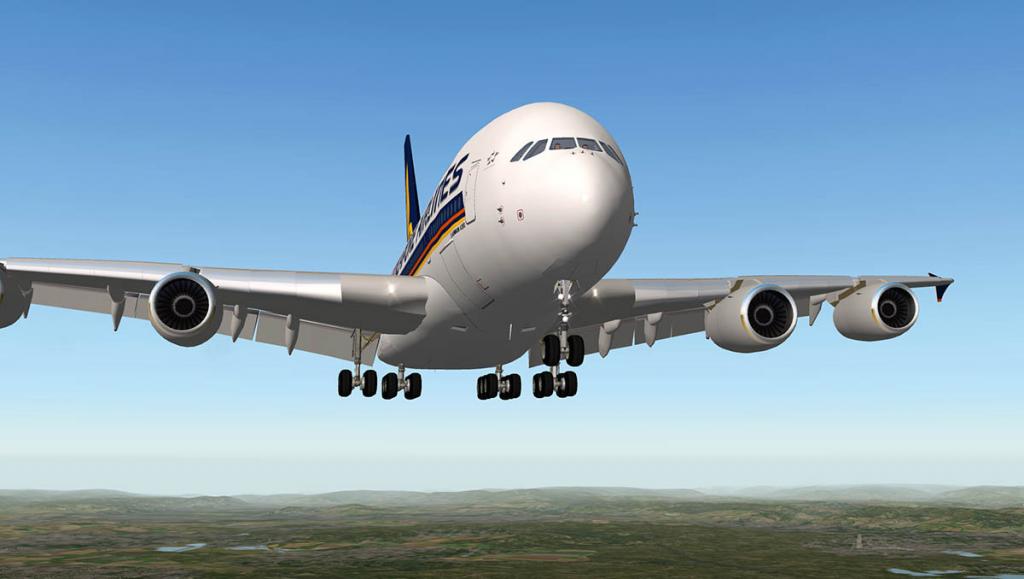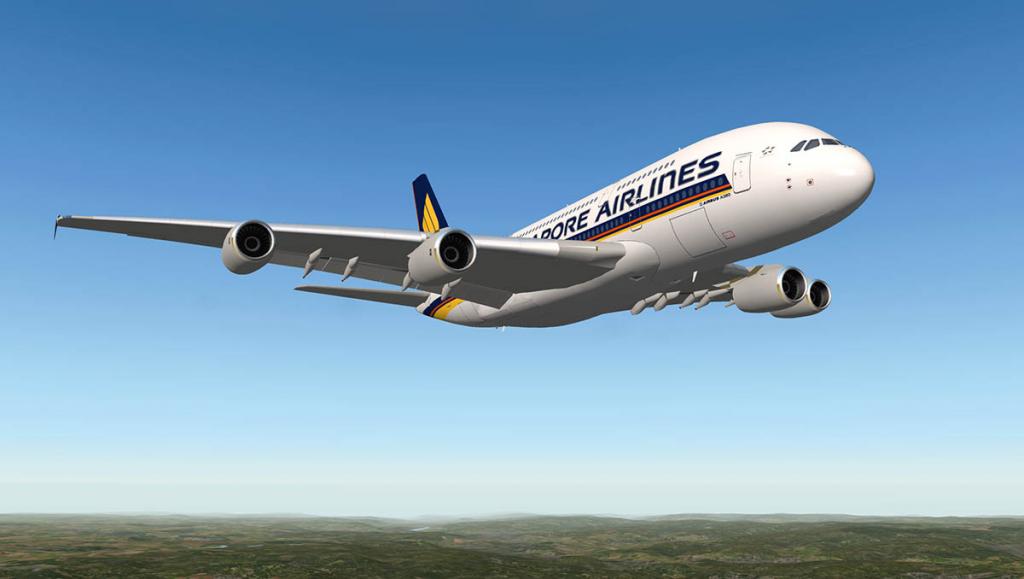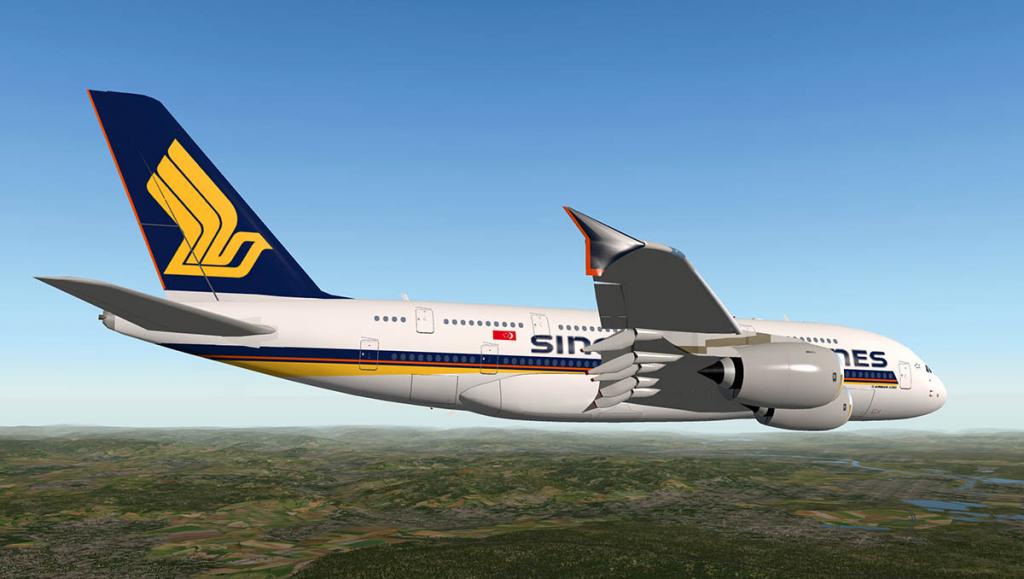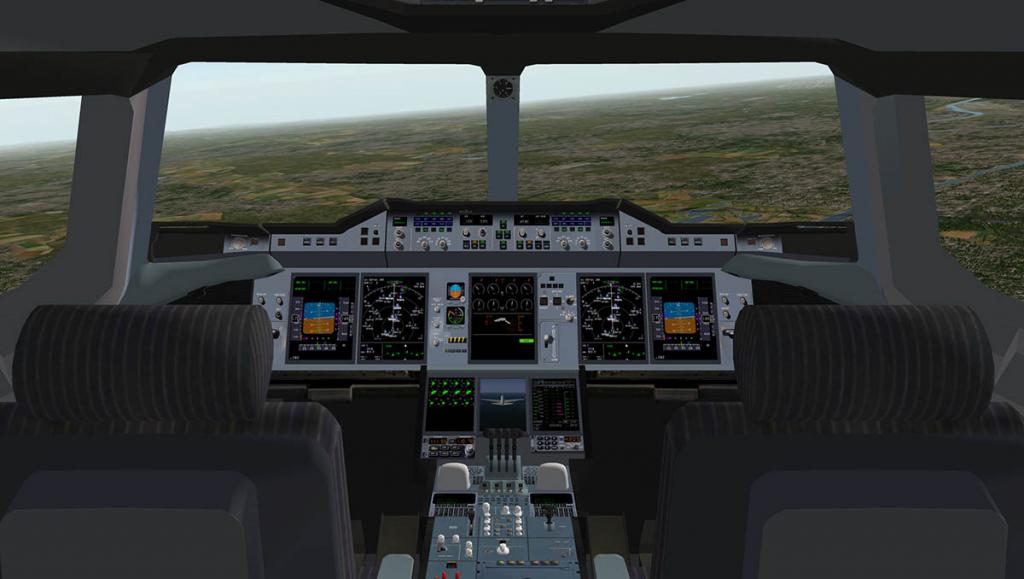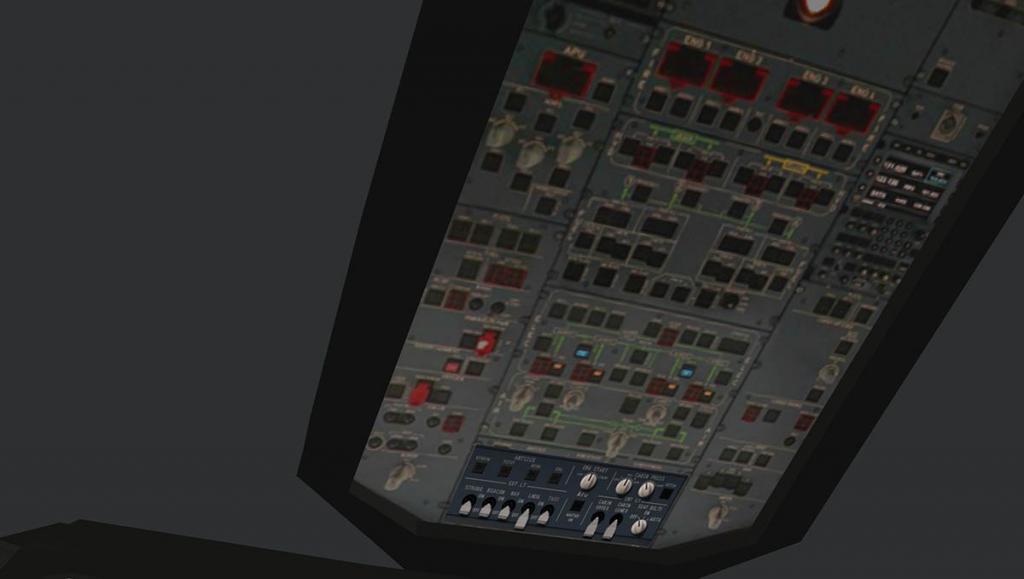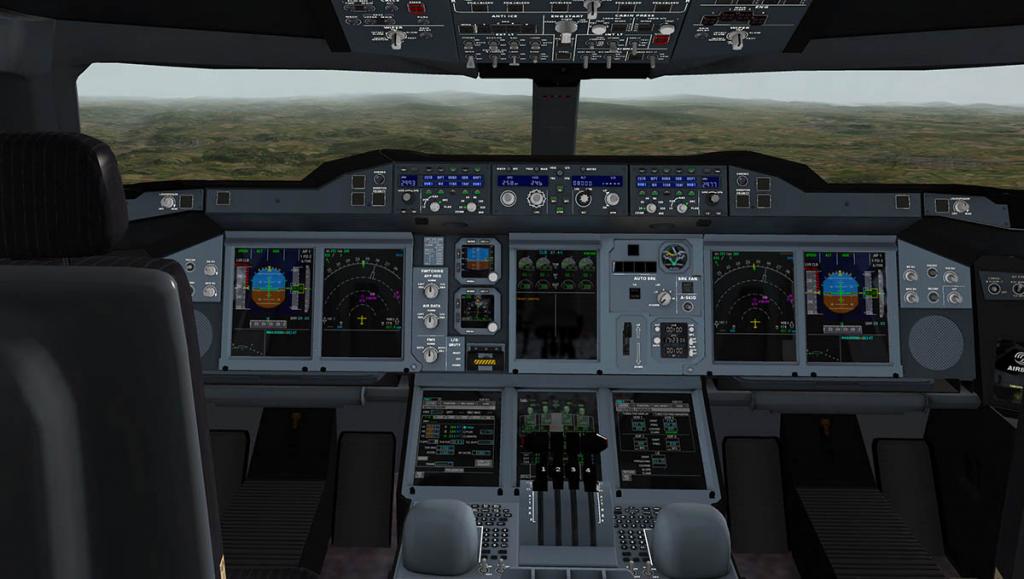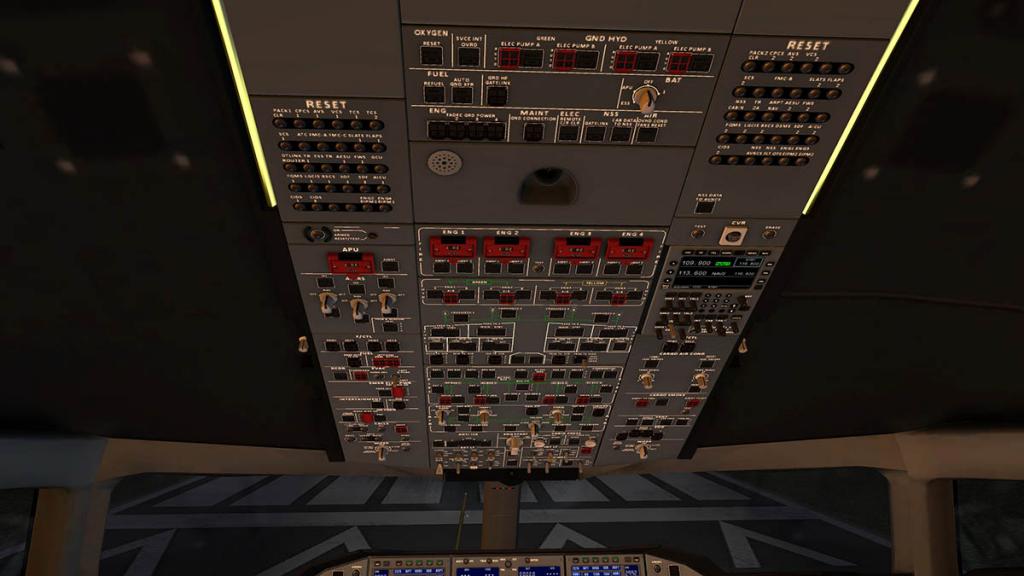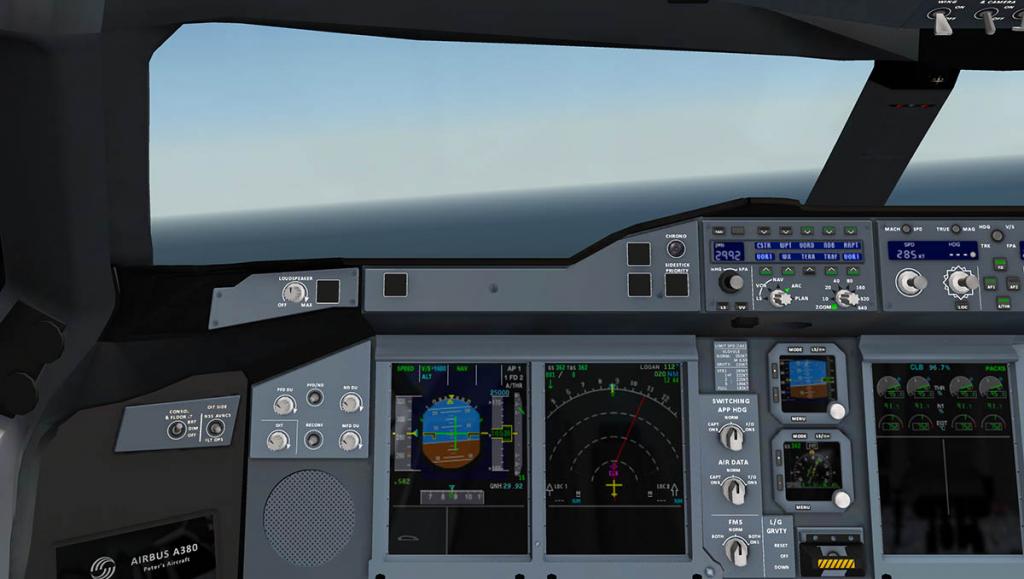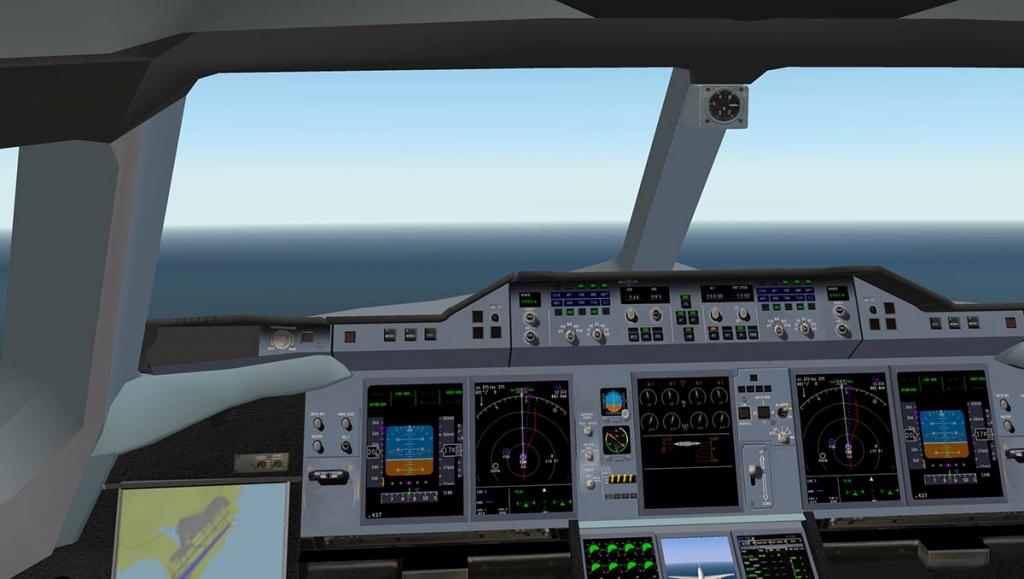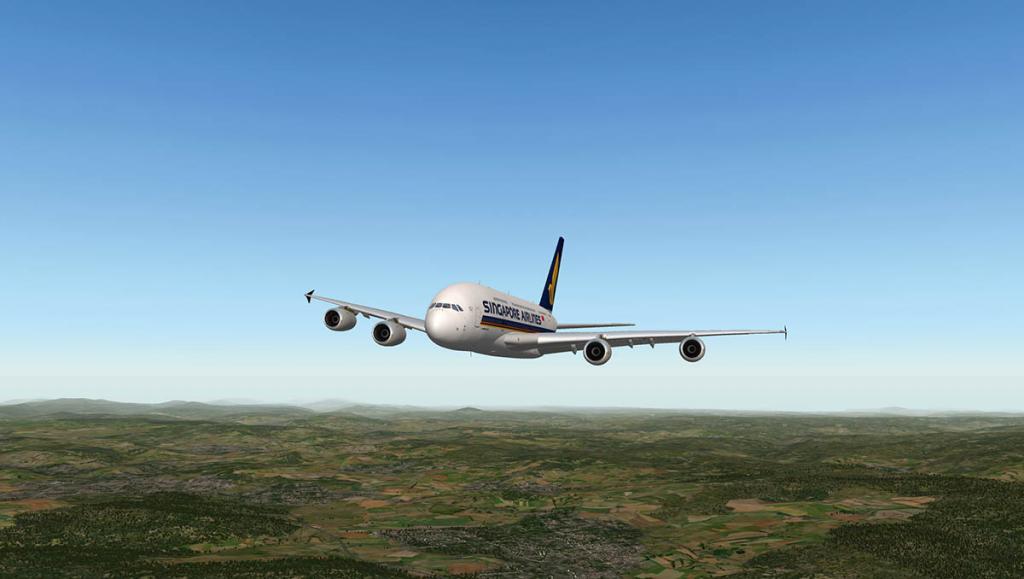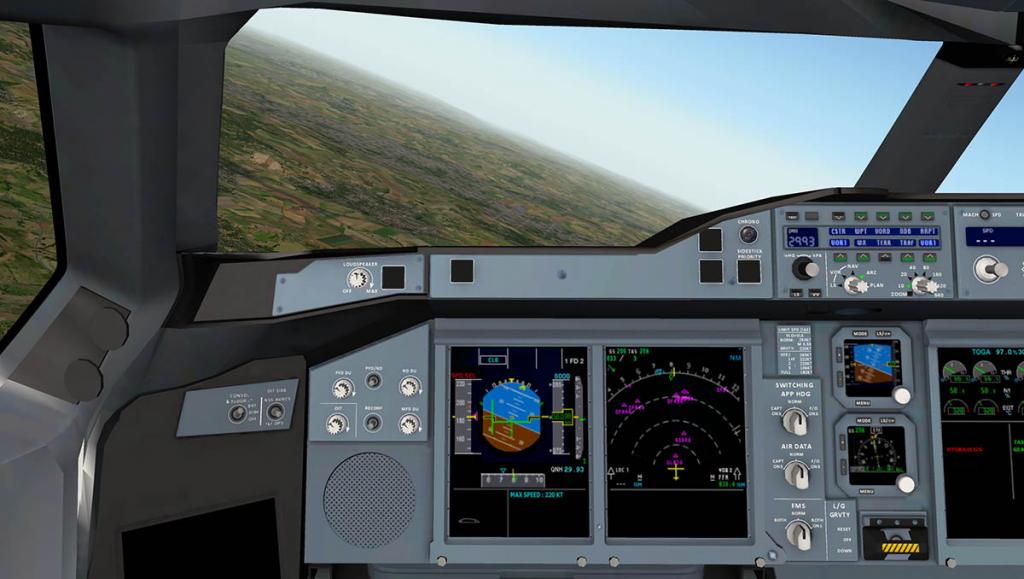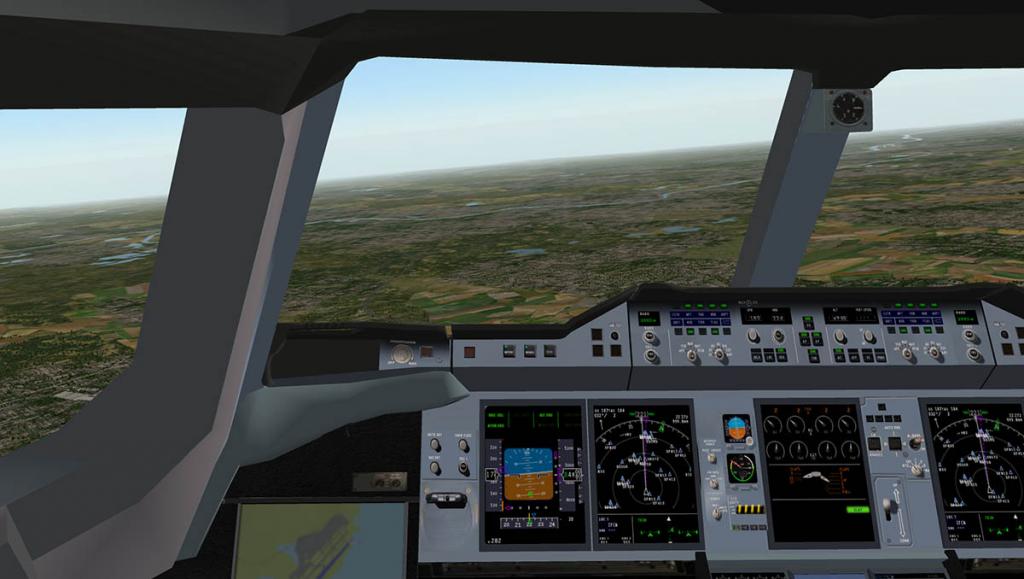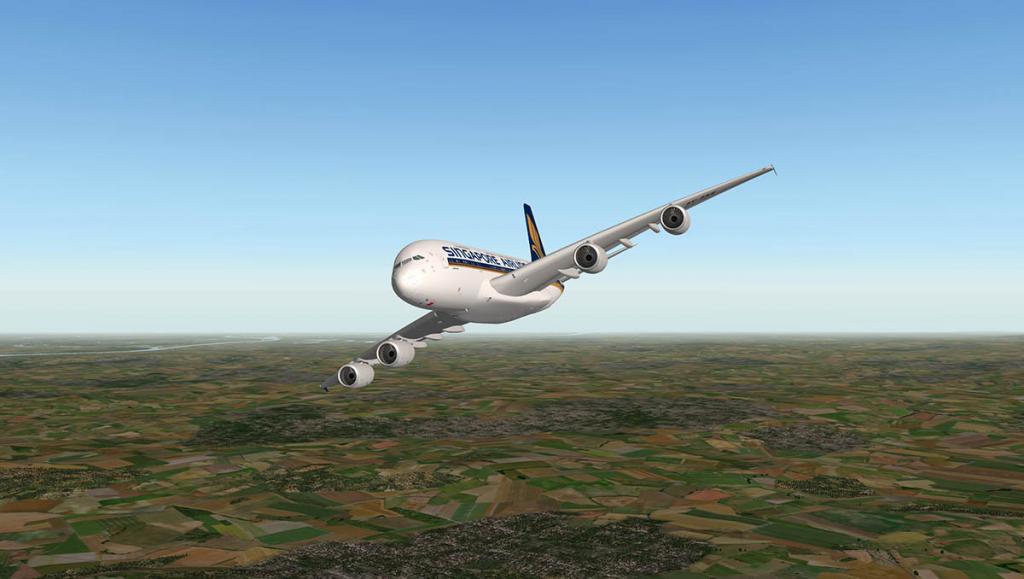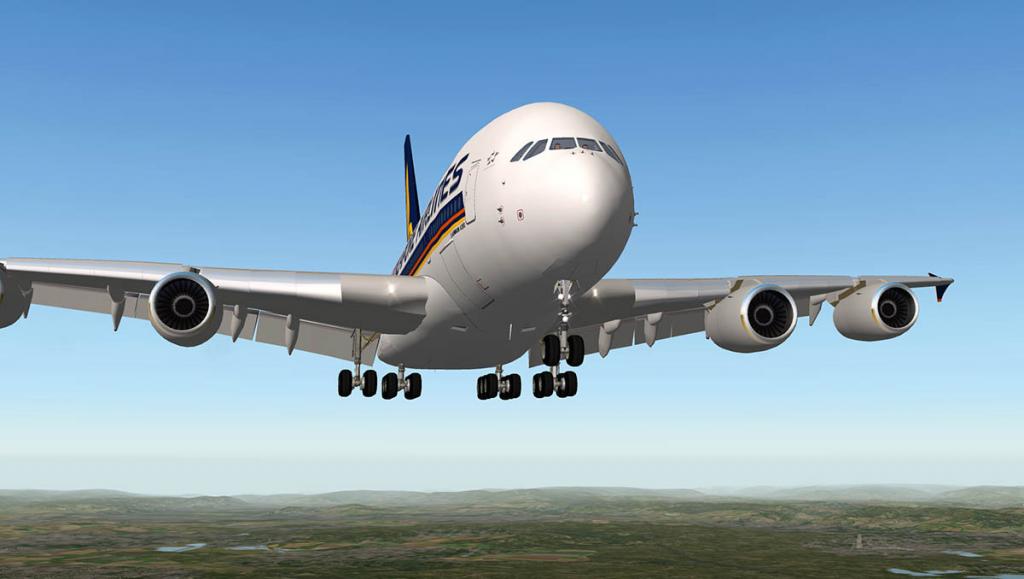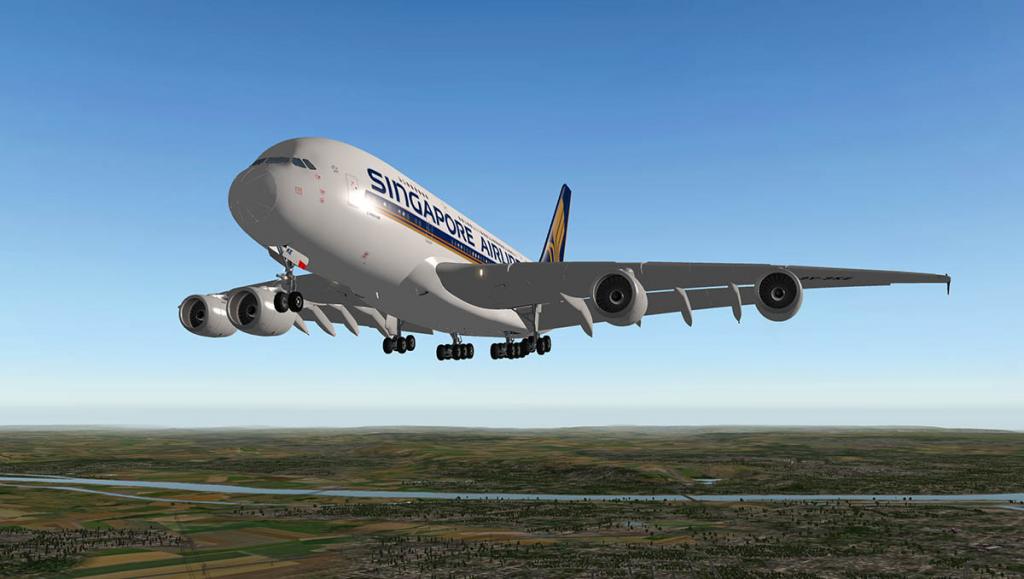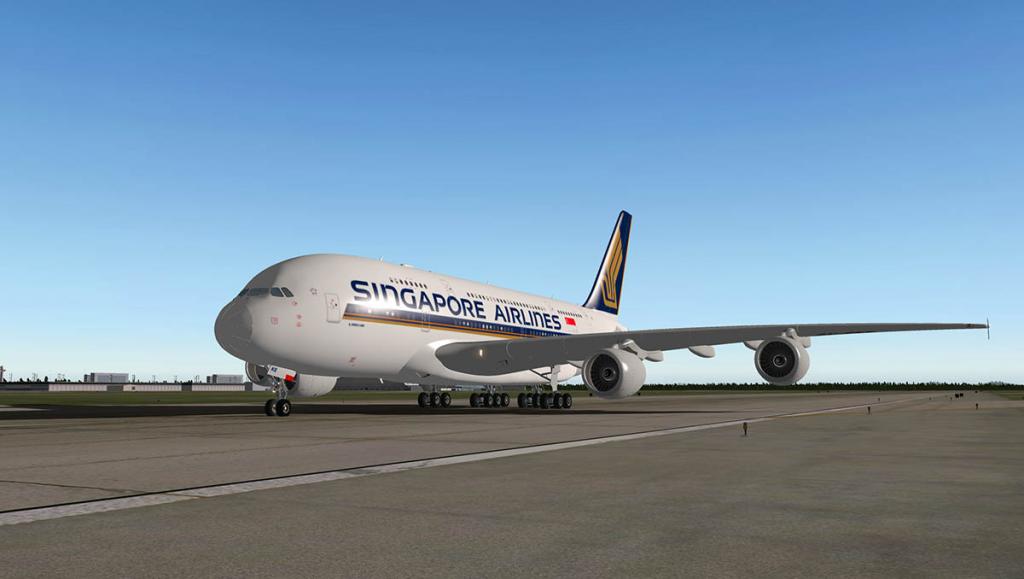-
Posts
2735 -
Joined
-
Last visited
-
Days Won
356
Content Type
Profiles
Forums
Articles
Everything posted by Stephen
-

Aircraft Release : FlightFactor Boeing 757 - Series
Stephen replied to Stephen's topic in Comments and Announcements
No this is the real deal Kevin!... Sometimes we are in the hands of the developers, They announce the release then find extra issues to deal with when it goes out into beta testing, This is one very complex aircraft. Considering everything it has gone very well through the testing stage. Even Boeing has their own release problems! -
Aircraft Development and Announcement : SSG Boeing 748i Supercritical Simulations Group (SSG) has announced that their Boeing 748i will be released on the 15th November 2013. If you like your aircraft big? Then they don't come any bigger than the Boeing 748I. This is one huge aircraft. The Cockpit is very comprehensive with a full complete FMC with SID and STAR routing. SSG has issued these features as part of this aircraft release. Accurate 3D external model based on datas provided by Boeing with all animations and hi-res detailed paints and textures Real look and feel for 3D cockpit with very high resolution, in all render settings. Electrical segregation (all sources: GPU, APU, ENG, GEN, BATT.) Hydraulic pumps segregation Fire extinguisher bottles for engines works like a true one Fuel management, complete, tanks, valves, automatic electrical end gravity feed. Fuel crossfeed, auto and manual Fuel dumping, with quantity control, automatically to MLW and manual. Engine start system, relight, shut down Anti-ice system External lights and strobes Pneumatic system, bleed air, air driven Very complex PFD, ND, EICAS, and synoptics, EICAS display management Vertical Situation Display (first for X-Plane) Custom radio consoles, audio Console, and transponder. Autobrakes with anti-skid system that really works. EICAS messages based on the real aircraft’s with lists for multiple pages Custom Caution ,warning , master caution functions Complete autopilot functioning the same as the real one. Complete FMC, with more then 100 interactions with the flight model, including SIDs, STARs, and flare and rollout modes. A Complete Custom FJCC FMC with AeroSoft Data pro navigation database compatibility All V-speeds calculated with PFD indicators Aircraft meets most of the true aircraft’s performance data for consumption, AOA, speeds, flight dynamics, etc. Accurate flight controls in all stage of flight True wing flex Engine reverse protection logic Accurate APU fuel consumption Realistic TCAS system Simplified Electronic Flight Bag with option menu All development was followed by real B 747 -400 and -8 Pilots Advisors Real Engine sounds, INN/OUT Real wind sounds Buttons , handle, switches with sounds Custom aural sounds for almost systems. Comprehensive manual The Boeing 748i will be available for MAC, Windows and will be 32/64 Bit (Sorry no linux at his stage) Stephen Dutton 6th November 2013
-

Aircraft Release : FlightFactor Boeing 757 - Series
Stephen replied to Stephen's topic in Comments and Announcements
Yes I love the Icelandair livery, It has great detail. You could change the name in Photoshop or another graphic program? Yes it is a complete FMS, however the radio frequencies are not in the system but are separate as the aircraft is dated before that feature. -
Scenery Review : Aerosoft - PANC Ted Stevens Intl, Anchorage, Alaska Route : PAJN Juneau to PANC Ted Stevens Intl Ted Stevens Anchorage International Airport (IATA: ANC, ICAO: PANC) is known as the "Crossroads of the World". If any airport's location signifies its importance it is certainly PANC which is located in Anchorage, Alaska. The airport was not built however with international air travel in mind. It was defence and Anchorage's proximity to Russia that created the building of first airports in the area. First with Merrill Field (IATA: MRI, ICAO: PAMR) in the 1930's and then the construction of "Anchorage International Airport" in 1951. Range became Anchorage's friend, To cross the Pacific from the USA (mostly to Japan) as when Northwest Orient became the first airline to operate scheduled transpacific flights after WWII, there was the requirement of airports for refueling stopovers. But it was the Polar routes from Europe that Scandinavian Airlines (SAS) began with the transpolar flight from Copenhagen to Tokyo via Anchorage in 1957, that really opened up the north to services that then also opened up the United States West coast to Europe and Asia. That Russia and China were No-Fly zones during the 50's and 60's helped the cause no end. Most scheduled passenger services from Anchorage to Europe and Asia ceased in the late 1980's and early 1990's following the end of the Cold War and with aircraft with finally equipped to handle significantly longer ranges. Korean Air continued to serve Anchorage on a scheduled basis until the early 2000s. China Airlines was the last Asian carrier to serve Anchorage on a regular basis and used Anchorage as an intermediate stop on its Taipei-New York route until 2011, when itthen rerouted these flights to stop in Osaka. Today it is just a few charter passenger aircraft that still stop at Anchorage on flights between Asia and the eastern United States. To counter the lost traffic, PANC reinvented itself as a major cargo hub. As of 2010, it was ranked as the fifth busiest airport in the world by cargo traffic after Hong Kong, Memphis, Shanghai and Seoul. FedEx Express and UPS Airlines operate major hubs at Anchorage International for cargo heading to and from the Far East. NWA Cargo used to operate a major hub at the airport until December 28, 2009 when it closed all operations for Northwest Cargo at all airports. FedEx Express is the airport's largest cargo facility and it can handle as many as 13,400 packages per hour and employing more than 1,200 people and providing a full customs clearance system. United Parcel Service's hub handles about 5,000 parcels per hour. Both companies forecast a large growth in traffic over the next several years as trade with China and other Far East countries increases and plan to expand their Anchorage facilities comparatively. The United States Postal Service also operates a large sectional center facility. Today PANC is a seriously busy airport. In the 12-month period ending December 14, 2006, the airport had 289,472 aircraft operations which is an average of 793 movements per day. Total operations for the year 2011 it was 261,375. By the year 2030 this number is expected to rise to 334,279 or 918.882 operations per day. PANC or Anchorage International Airport was renamed "Ted Stevens Anchorage International" in 2000 in the honor of Ted Stevens, the U.S. Senator from Alaska whom served from 1968 to 2009. 7L/25R 10,600ft (3,231m) Asphalt 7R/25L 12,400ft (3,780m) Asphalt 15/33 11,584ft (3,531m) Asphalt Elevation (AMSL) 152 ft / 46 m Aerosoft/Sim-Wings In June 2013 Aerosoft - Sim-Wings released "Aerosoft - Airport Anchorage". It is the first from Aerosoft for the USA/Pacific region. The package is a huge 1.70gb download (expanded to 3.53gb in the Custom Scenery Folder). The scenery of "Anchorage Ted Stevens Airport" includes all facilities and buildings (International Terminal, National Terminal, cargo areas, maintenance areas, Kulis Air National Guard Base, South Airpark,...) and features. Photorealistic ground textures based on aerial imagery (15cm/pixel) Detailed rendition of Lake Hood (LHD), the world’s largest seaplane base including lots of static aircraft Landing strip Z41 Complete taxiway and runway signs Stunning X-Plane 10 night effects Optimized for good frame rate Comprehensive manual in German and English LIDO charts Scenery Installation As noted the PANC scenery download is 1.7gb. So that is going to take some time depending on your internet connection. (I usually download overnight to save computer downtime). Installation is via Aerosoft's (copyright) and install popup panel (or dialog box). You only have to select your X-Plane10 main folder and the installer does the rest. (this scenery will only run on X-Plane10 and 64bit mode is recommended with the size of the scenery). Two Documents (pdf) come with the Scenery: 1) Manual (12 pages) only in German? 2) Charts (35 Pages) which are excellent. First Impressions I flew the route PAJN Juneau to PANC Ted Stevens Intl and selected Runway 07L as my approach runway. From the air you can see the orthophoto underlay that makes up the whole of the scenery, It is also the cause of the use 3.31gb of your scenery memory. And that has to be held in hand as in the way you use Airport Anchorage. Orthophotos can be a blessing and a curse. Here at Anchorage they are not to bad. Besides the large memory consumption, they create areas of flat ground from the lower perspective. Here the photo colouring is also off from the X-Plane default scenery and so the colours are slightly odd in yellowish areas and with oddly coloured blues. I have seen far worse, but they seem to feel more suited to FSX than X-Plane. My first attempt of using the scenery failed for two reasons. One is that first I flew the Boeing 777 (Flightfactor) into the Anchorage and hit the frame-rate penalty?... The MD-82 shown is a far less lighter aircraft file and worked fine. But I was able to use the B777 later by reigning in my (Render Options) "World Distance Detail". You lose a lot of the Anchorage city default objects. But at least you can use the scenery with a heavy aircraft file. The second was a "oh S***" moment in that Anchorage is always going to be a low cloud base destination. On arrival I dropped out of the low cloud and found Runway 07L (and 07R) had not formed correctly ? The scenery step was right on the touch-down point, and required a power float to try to get over the step, unfortunately by the time I got the wheels on the ground on 07L , the B777 was then far too short to stop and a go-around was to slow to activate (spool-up). The step was unusual in that the "runways follows contours" setting was switched off?.... I turned the setting on then off again and the scenery is now correct? (It may be noted in the manual which is the correct setting but I can't read German?) The arrival by the Alaskan MD-82 was more benign and as this is "Alaska Airlines" home base the MD-82 fitted in perfectly with the Alaska Airline Maintenance hangars and offices set out perfectly in the background. Taxiway and runway lineage, signage and lighting is excellent and up to the usual Aerosoft standards. Terminals Ted Stevens International has two terminals. Alaska Airlines uses the main (Domestic - with continental USA) South Terminal. With Air Canada, Alaska Airlines, American Airlines, Condor (Departures), Delta Air Lines, Frontier Airlines, JetBlue, Sun Country, United Airlines, US Airways and Virgin America. All regional intrastate carriers also use the South Terminal. South South Terminal is L shaped around the corner opposite Runways 07L/25R and 15/33 with a single pier. The terminal contains 3 concourses: Concourse A, Concourse B, and Concourse C. Concourse C was completely rebuilt in 2004 while Concourses A and B were built in 1985 and 1969 respectively and both renovated in 2009. Detailing is absolutely excellent with great ramp areas and a gates, Building design is also very good with excellent glass areas. There is good ramp equipment, but pure to Aerosoft standards there are no static aircraft sited at the stands? This makes the scenery sterile and the airport look abandoned. The moment I finished this review I went straight to on to X-Plane's WED (World EDitor) and filled the place up with activity. (but you shouldn't have to do that now - should you!) The Control Tower is situated to the north of the South Terminal and is slightly set back from the terminal itself. Perfectly realised, The tower and lower administration buildings are a fine reproduction of the original. The South Terminal is well created with exceptional attention to detail, the glass is excellent and all the required facilities in carparks and associated vehicle ramps with lighting are very well done. The carparks however are deserted of any car, buses or any other form of passenger transport? North Terminal is slightly to the north of the South Terminal and is known as the International Terminal. It is a simple single pier or concourse building. The north terminal is well created with its distinctive black glass, gates and the passenger boarding jetways are excellent. The North Terminal is used by airlines: Condor (Arrivals), Icelandair, Yakutia Airlines (Russian), and many international seasonal charter flights. In addition to these airlines, a few cargo airlines use the north side of the terminal for parking. This terminal was built in 1982. 1) Alaska Airlines 2,780,000 - 64.11% 2) Era Aviation 380,000 - 8.77% 3) Delta Air Lines 378,000 - 8.71% 4) United Airlines 337,000 -7.76% Alaska Airlines pretty well run the house here in passenger traffic. In destinations then Seattle easily gets top billing. 1) Seattle, WA 721,000 - Alaska, Delta, JetBlue, United 2 ) Fairbanks, AK 193,000 - Alaska, Era Alaska 3 ) Minneapolis, MN 140,000 - Delta, Sun Country 4 ) Portland, OR 107,000 - Alaska 5) Kenai, AK 93,000 - Era Alaska, Grant Aviation 6) Juneau, AK 71,000 - Alaska Cargo Once you turn to cargo the picture changes significantly. Air China Cargo - Beijing-Capital, Chicago-O’Hare, Dallas/Fort Worth, Shanghai-Pudong Alaska Air Cargo - Juneau, Seattle Alaska Central Express - Aniak, Bethel, Cold Bay, Cordova, Dillingham, Dutch Harbor/Unalaska, Iliamna, Juneau, King Salmon, Kodiak, Port Heiden, Saint Paul, Saint George, Sand Point, Sitka Asiana Cargo - Atlanta, Los Angeles, Miami, New York-JFK, Seoul-Incheon Cargolux - Hong Kong, Los Angeles Cathay Pacific Cargo - Atlanta, Boston, Chicago-O’Hare, Dallas/Fort Worth, Guadalajara, Hong Kong, Houston-Intercontinental, Los Angeles, Miami, New York-JFK, San Francisco, Toronto-Pearson, Vancouver China Airlines Cargo - Atlanta, Boston, Chicago-O’Hare, Dallas/Fort Worth, Houston-Intercontinental, Los Angeles, Miami, New York-JFK, San Francisco, Taipei-Taoyuan China Cargo Airlines - Chicago-O’Hare, Shanghai-Pudong China Southern Airlines - Shanghai-Pudong, Zhengzhou Empire Airlines - Fairbanks, Homer, Juneau, Kenai, Kodiak, Sitka Era Alaska -Fairbanks, Homer, Kenai, Kodiak, Valdez EVA Air Cargo - Atlanta, Boston, Chicago-O’Hare, Dallas/Fort Worth, Los Angeles, New York-JFK, Osaka-Kansai, San Francisco, Seattle/Tacoma, Taipei-Taoyuan, Vancouver Everts Air Cargo - King Salmon, Bethel, Dillingham FedEx Express - Guam, Guangzhou, Hong Kong, Indianapolis, Memphis, Newark, Oakland, Osaka-Kansai, Taipei-Taoyuan, Tokyo-Narita Kalitta Air - Cincinnati, Hong Kong, Khabarovsk Novy Korean Air Cargo - Seoul-Incheon, Toronto-Pearson Lynden Air Cargo Nippon Cargo Airlines - Dallas/Fort Worth, New York-JFK, Tokyo-Narita Northern Air Cargo - Bethel Polar Air Cargo - Cincinnati, Hong Kong, Los Angeles, Seoul-Incheon, Tokyo All the major Cargo (and Airline Cargo) haulers are well represented as the cargo area runs long northwards adjacent of RWY 15/33. So your main usage for the scenery will be for cargo, as PANC will be mostly used as a cargo transfer or refueling point. All freight buildings and warehouses are represented with associated equipment. Ramp areas are excellent but again with no static aircraft to fill them? Running East along RWY 07L and east of the South (main) Terminal is the Alaska Airline Maintenance hangars and offices and associated airline servicing areas. The main Alaska Airline Maintenance hangar is a significant landmark that stands out and is expertly created and signed. On the whole the area is excellent with addition hangars with vehicles and airline staff carparks dotted with cars. South of both 07L/25R - 07R/25L main runways is the South Air Park and the now empty Alaska National Guard Base. Which was a National Guard facility in Anchorage, Alaska. The 127-acre (51ha) facility was in the past home of the 176th Wing of the Alaska Air National Guard until the unit moved to the Joint Base Elmendorf-Richardson (in an area now known colloquially as Camp Kulis) in February 2011. In time private operators will take over the abandoned base facilities, but for now there are hangars for Million Air, Great Circle and a Executive Terminal. To shield your expensive private jet you could use the old open sided fighter hangars? All elements here are well laid out and are highly usable for GA and Private Jet use. Aerosoft have again done a comprehensive job in recreating all these facilities. PANC is really the embodiment of twin airport facilities in one. Situated behind the western placed terminals and cargo areas is the Lake Hood Seaplane Base (ICAO: PALH, FAA LID: LHD) situated on Lake Hood and Lake Spenard. Lake Hood is the world's busiest seaplane base with a handling of an average of 190 flights per day. E/W 4,540 (1,384m) Water N/S 1,930 (588m) Water NW/SE 1,370 (418m) Water There is a noted side runway “Z41” designated 14/32 with a gravel surface measuring 2,200 by 75 feet (671 x 23 m). This runway is mostly used for aircraft with Tundra style landing gear for rural (meaning rough) flying applications. Evidence of the value of the seaplane base can also be traced to operations around the aerodrome, with 53 businesses operating on the lake's edge. The largest operators at Lake Hood are K2 and Rust's (Flying Service). Each company operates Turbo Twin Otters, DeHavilland Beavers and Cessna 208s for flight sightseeing, fishing and hunting. there are 500 float slips that cost $105 per month for those who are lucky enough to have one. The 500 tie-downs at the gravel strip and parking areas are $50 a month. The slips are so valuable that many aircraft owners and some of those have been waiting a decade or more have lied and cheated to get a spot. noted by one owner "You can kick my dog, mess around with my wife, but don't ever screw with my float slip at Lake Hood". Aerosoft have recreated Lake Hood and the Seaplane base with all the huts and slips. A nice touch is the assortment of aircraft situated around the area with some in the water and others on slips. This is certainly a great area to fly to or from while flying deep into the Alaskan wilderness or just to have a local short flight around the Anchorage area. Detailing is very good with all buildings represented and also the Alaska Aviation Museum which is located on the south shore of Lake Hood. Lighting Both the main terminals in lighting is excellent with great effects on the glass, and there is excellent ramp lighting coverage for both the Terminal and Cargo ramp areas Lighting sources however are slightly blobby and not very realistic close up (or at a distance either) and again very FSX in viewing style. Away from the main central areas the lighting is quite poor and only sporadic in placement. Only a few drop-downs lights are on the hangars and the other outlying buildings and these are mostly situated on the South side of the airport. Conclusions PANC - Ted Stevens International Airport is a significant airport for anyone flying in simulation. It's position which is literally on the top of the world gives it a unique status for flying either East - West or with Polar operations. As noted this position is more rife today for cargo operations than passenger. But there is also a lot of passenger route scope for domestic Alaska and to Northern Canada and the Northern American state capitals. Lake Hood provides another significant dimension for all local waterborne aircraft including our beloved Beavers and Twin Otters and Tundra wheeled equipped aircraft on using runway “Z41”. Aerosoft have created a comprehensive package and excellent scenery with the "Airport Anchorage". The massive (If overwhelming) orthophoto base can give you problems if your computer is average in power or scale, It is frame-rate heavy (certainly in HDR mode) but render tricks can make the scenery work as the central objects are quite light in scale. If you have a machine that is very good with this sort of heavy tasking scenery then you will totally love it. The slight orthophoto colouring can spoil the view and certainly from a distance. On the ground you don't however notice the difference. The main annoyance is the complete desertion of static aircraft. It makes this very busy working hub feel completely empty. You can fix that thankfully with an hour or so in WED (World EDitor) and maybe even do a better job than if Aerosoft had done so in the first place, because their static aircraft in other scenery packages are very poor with their texture performance (in other words - badly fuzzy). On the modeling side and building textures "Airport Anchorage" is excellent if not the best that Aerosoft have released (except for Keflavik which is also excellent), the actual building lighting is also very good, but on the whole the lighting is average. For X-Plane. Airports like "Airport Anchorage" are important to build up an excellent network to get the best out of the simulator as a departure or arrival scenery. As scenery it is excellent and well worth your investment. You will receive a very high return and use from this scenery, I personally wanted this scenery from the moment it was released. And it is now an important connection with my simulation flying and I was not disappointed once I sorted out the render settings and fixed the static aircraft placement. For value it is excellent scenery in the detail and comprehensive layout.... final words would be "It is an excellent investment". Aerosoft - Airport Anchorage is available now from the X-Plane.org Store : PANC - Anchorage International Airport Price is US$29.95 The scenery is available for only X-Plane10 (64bit is recommended) Note: the download is very large for this scenery at 1.7gb and install disk space required is 3.31gb System requirements: X-Plane 10 Windows XP(SP3)/Vista/7/8, Mac, Linux 2,6 GHz Dual Core 2 Processor 2 GB RAM Graphics card with at least 512 MB (1024 MB recommended) Download-Size: 1.7 GB (Windows-Version) / 1.75 GB (Mac-Version) / 1.6 GB (Linux-Version) Installation-Size: 3.31 GB Developers Site: Aerosoft (X-Plane) Review By Stephen Dutton 4th November 2013 Review System Specifications: Computer System: - 2.66 Ghz Intel Core i5 iMac 27” - 6 Gb 1067 Mhz DDR3 - ATI Radeon HD 4850 512mb Software: - Mac OS Mavericks 10.9 - X-Plane 10 Global ver 10.22 (final) Addons - Saitek x52 Pro system Joystick and Throttle
-
Ramzzess Aircraft and Phillipp Munzel have announced the imminent release of the Boeing 757-Series. Their Boeing 777-Series was the aircraft of the year in 2012/2013, So will the Boeing 757-Series be the same for 2013 and 2014? There is no doubt that the B757 is one of the most anticipated aircraft in X-Plane at the moment. If you already have the Boeing 777, then you would already know what to expect in detail and depth of systems... Officially licensed By the Boeing © Corporation Accurate dimensions based on 2D and 3D drawings supplied by Boeing © For X-Plane 10 64bit- Mac, Windows and Linux The Cockpit is comprehensive and highly detailed in systems and functionality. With a fully integrated FMC that is separated for use on the Pilot or Co-Pliot stations. The menu and Checklist system is also comprehensive and excellent in detail. Highlights are - Easy settings for aircraft functions - Full compliment of ground vehicles including Pushback Truck) - Custom failures - Brilliant cabin announcements (PA) - Opening Cabin Doors - virtual cockpit with crisp details - Dynamic reflections - Custom 3D sounds. The comprehensive checklist has the feature of leading you through the correct procedure of switches... Is just brilliant. Detailing (below) is also highly visible and outstanding in quality. Special Effects include - Aircraft Fire and Rain (Window) effects - Active window blinds and a fully detailed cabin. Price will be US$59.95 for the standard RB211-535E4 Release Version. Liveries will be US$1 per livery in packs of 10. Four liveries with the release version are British Airways (classic), Air France, Lufthansa and the Boeing House. There is no doubt this is an outstanding aircraft and once released X-Plane Reviews will give you a thorough detailed review of the aircraft and its systems. Some features: Detailed and functional FMS - Works like the real 757 FMS Advanced auto-pilot Super high resolution 3D cockpit with every switch functional Multilayer dynamic reflections on all glass objects Spatial rain simulation with high detail Very detailed passenger cabin graphics (kitchen and toilets) Inn-cockpit custom sounds 3D stereo sound system for the engines In flight announcements Interactive communication with the crew (fault reporting) Ground vehicles and push back track – all operational Very detailed exterior modeling with extensive use of normal maps Blue-out and other visual and auditory reactions to the situation Additional eye-candy features: real working oxygen masks both in cockpit and cabin, dynamic window shatters that react to sunlight etc.. Use of particles to generate smoke, fire, sparks…. Detailed and deep simulation of almost every system in the real aircraft A multistage custom failure system with in-browser instructor’s console Ability to fix failure by following proper procedure Interflight failure and maintenance system – something will spill over to the next flight Custom menus for loading/unloading fuel and passengers, calling for pushback… Ability to customize the plane with winglets and set other options to be saved or default A fully interactive electronic checklist with all procedures programmed in Auto mode for the checklist where the AI automatically preforms the procedures and the pilot only watches and checks Tutorial mode where the pilot follows the AI’s instructions and visual aids Stephen Dutton 2nd November 2013
-
Aircraft Release : QPAC Airbus A320-232 QPAC (QualityPark AviationCenter) has released Version-2 (v2) of the Airbus A320-232. The v2 release is based on the freeware (v1), but it has been extensively revised and it is to be noted that this first release "basic" version is focused on systems, and that systems and features will be added with more extensive procedures as the series progresses. The current rollout is noted as such: v2 will be available in three categories (releases noted here are forecasted and are not set definite dates): - Basic (Now Available) - US$25.00 - Shop.OrgStore : QPAC Airbus A320 - Plus (available May 2014) - US$40.00 - Premium (available December 2014) - US$70.00 The v1.1 version will still be freeware for X-Plane 9 and X-Plane 10 - 32bit. Currently the cockpit is 2d and there will be a 3d cockpit and wing-flex will also be available in (late) 2014 at a noted additional cost. All payware versions will be 32bit-64bit but the premium version will not be available for X-Plane9. Features Include: General Features Plugin in written in plain C to avoid conflicts - XP 10 performance and user interface tuning QPAC’s ILS auto-align feature Large choice of startup configurations Improved PFD and ND synoptic - Large pop-up PFD and ND in 2D panel mode 3D model Standard model with 2D panel 3D Cockpit will be available via an upgrade (small fee) in early 2014 Fly-by-wire implementation Highly realistic implementation of the Airbus “normal law” Additional FBW fine-tuning based on real-life pilot feedback Flight management implementation Basic flight planning (based on X-plane FMS) - Compatible with UFMC and XFMC “What you see is what you fly” flight path indication on ND 2 fully independent MCDUs with pages INIT, FPLN (main page), DIR, and PERF. Also pages MCDU Menu, RADNAV and DATA Autopilot implementation Implementation of all Airbus AP modes (except non-precision approach and LOC backcourse) Choice between HDG-VS and TRK-FPA (includes FPV indication on PFD, if TRK-FPA selected) Fully independent AP1 and AP2 Other aircraft systems Complete ADIRU model Ability to simultaneously tune 1 ILS and 2 VOR Complete fuel system model, including gravity feed, fuel transfer and center tank pump logic Complete hydraulic system model, including electrical pump, PTU engagement and RAT deployment logics Complete electrical system model, including all bus reconfigurations upon failure. Basic air-conditioning model, including custom cabin pressure and temperature regulation FBW flight control computer simulation - Basic electrical interdependency package For a full description of these features then read X-Plane Reviews Aircraft Development article : QPAC Overview and release notes are here : QPAC Airbus A320-232 V2 Overview X-Plane.Org Support: QPAC A320 Support forum The Freeware QPAC A320-232 (v1.1) is available here : QPAC A320 X-Plane Freeware Feature and Plans pdf download : QPAC A320-232 features and plans.pdf Technical Requirements: Windows , Mac or Linux X-Plane 10 fully updated. 32 or 64 bit. X-Plane 9.70 4GB RAM/512 MB VRAM - Current version : 2.01 (last updated October 31st, 2013) Stephen Dutton 1st November 2013
-
Peter's Aircraft : A320/A321 3D Cockpit Preview If you have purchased any one or all of Peter Hager's A380 series, and added the 3D cockpit option. Then you would be excited by these pre-release pictures of the 3D option for Peter's A320/A321 series. Without doubt the addition of 3D cockpit in the A380 gave the aircraft a dimension to the simulation that is breathtaking. Now the same option is coming to the A320/A321 series and you can see the coming quality and design is as though and as good as the A380 option. The 3D design is by Roman Berezin of Flightfactor (as was the A380 design). But you have a different dimension in the way that Peter Hager programmes his designs into the 3D cockpit that creates the differences and with highly integrated aircraft references that makes his machines so lifelike and the perfect simulation. These references are there in the 2d Cockpit now. But somehow the 3D cockpit makes them more accessible. Having the full visual experience (certainly on the A380) just lifts the simulation to another level that compliments Peter Hager's already fine detail and systems management. The Autopilot systems will be comprehensive and in 3D now with hand manipulation, although I admit the tolerances on the A380 are very tight and can make the aircraft a handful when you have to make quick adjustments. Peter Hager notes that "Graphics of all display units (DU) are new designs in very high resolution." And that is certainly noticiable. And very important, and more so on Airbus displays. To a point you can get away with average markings on a 2d display. But with the zoom factor on the 3D versions that is not acceptable. The PFD (Primary Flight Display) is very dense with information. So clarity is very important. Peter Hager has noted he would like the 3D option delivered by Christmas, But the release might slip into 2014. Whatever the time of the release it will well worth the wait. 30th October 2013 Developers Site : Peter's Aircraft 3D and panel design images courtesy of Peter Hager.
-

Aircraft Development and Announcement : QPAC A320-232 v2
Stephen replied to Stephen's topic in Comments and Announcements
Strangely it does not compare with either... Yes the QPAC version is more related to Peter's version. But the angle here is in the systems. The investment is to learn as the versions are released in steps, which is important because the lot of systems inserted in one go would be overwhelming... The basic will be just that as a starting point, but my feeling is when you will get to the final full "premium" pack with the 3d cockpit in there it will be very comprehensive and up there in to B777 - B757 territory. SD -
Aircraft Development and Announcement : QPAC A320-232 v2 Route - EGSS (Stansted) to LFBO (Toulouse) In 2009 QPAC (QualityPark AviationCenter) announced that they were going to commission a clever code writer named Torsten Liesk who had already created his own version of the A320 to write the first full FBW (Fly-By Wire) with hydro-mechanical systems and simulation in X-Plane to be used for Research & Development. The brief included: A detailed simulation of the Airbus flight controls and auto-flight functions, including: - Flight Check - Fly-by-wire normal law giving a realistic aircraft response to control inputs including flight envelope protection - Auto Pilot Flight Control Unit (FCU) - Features of the real FCU are to be realistically simulated - Auto flight system in accordance to Airbus logic, including ILS-Autoland and automatic roll-out X-Plane was chosen for this task because it has very realistic aircraft simulation by Austin Meyer’s “blade element theory”, and with that X-Plane users were lucky to see and use the development of the these modern realistic aircraft systems. It was always noted that the first A320-232 version (v1) was going to be freeware, but when the system development was going to continue into the next more in-depth stage in that it would then become payware in v2. v1 went final in March 2012 (version 1.1) and v2 will be released as payware at the end of October 2013. With this level of realism achieved by v1, it made aerospace companies like Flight Data Services Ltd or Universities like the Dresden University of Technology to choose the QPAC A320 with its fly-by-wire technology as the backbone for some of their projects. Flight data services Ltd uses a modified version of the QPAC A320 for X-Plane to replay Flight Data Recorder data from in-service aircraft to analyze and rate in-flight occurrences. At the Dresden University of Technology, the QPAC A320 is used as backbone for a research simulator at the Institute of Logistics and Aviation. In fact, a lot of the development done for the Dresden University of Technology has flowed back down into the QPAC Airbus A320 V2; therefore, and now private users can directly profit from the cooperation. The first thing to note is that although the QPAC A320-232 now a noted payware aircraft, the development is ongoing and will be available through several different levels of depth of systems and features. v2 will be available in three categories (releases noted here are forecasted and are not set definite dates): - Basic (available October 2013) - cost is noted as US$25.00 - Plus (available May 2014) - US$40.00 - Premium (available December 2014) - US$70.00 The v1.1 version will still be freeware for X-Plane 9 and X-Plane 10 - 32bit. It must be noted that the QPAC Airbus A320-232 is about systems and logic system depth. It is not about features and add-ons or special effects. There will be a 3d cockpit and wing-flex will also be available in (late) 2014 at a noted additional cost. All payware versions will be 32bit-64bit but the premium version will not be available for X-Plane9. The “Basic” version is what we will cover here. So attached below is a .pdf download of all the future “List of Features” for all the packages as that is to complex to list here. QPAC Airbus A320-232 v2 (Basic) At first glance the 2d cockpit looks exactly like the standard 1.1 freeware version. But remember that in time the 3d cockpit will change this focus significantly. First to note is the standard rear pedestal which is located on the pilot’s side is now clickable to be removed (or disappear). This leaves you with a cleaner panel although the viewpoint is still central and not aligned to the left of the Pilots eyeline. (You can remove the centre pillar) ADIRU (air data inertial reference unit) All 3 ADIRU units are independent. From a cold and dark set-up each unit can be set up differently as each unit has its own sensor noise model. This can make for realism as that there is a slightly different measurement errors between the Pilot’s and Co-Pilots PFD’s (Primary Flight Display). You can activate each ADIRU (1,2 and 3) Interdependently and noted above is that on the left picture (above) one ADIRU (IR1) will work only on the pilot’s PFD and noted is the IRS alignment. Each of the ADIRU’s are also switchable to either the Pilot’s PFD or the Co-Pilot’s display. Here in the right picture the (IR3) is activated on the co-pilot’s PFD but the ADIRU data can be switched over to the Pilot’s display via the switches (Switching - two right switches) below the Situation display. Now you are starting to get the ideas behind the direction of the QPAC version of the A320. It is a deep system involvement in the way you fly the aircraft. MCDU - FMGS The MCDU (Multipurpose Control & Display Unit) - FMGS (Flight Management Guidance and (Envelope) Systems) are the systems that run the aircraft. The Airbus A320 uses the (Smiths) “Thales” system and in the QPAC version the MCDU’s are completely separate and independent between the Pilot and the Co-Pilot positions. One thing that bugged me was that when you switched in one view, say on the pilots side, then the displays on the Co-Pilots view would do the same. But here not only are the main PFD and MAP displays completely switchable into every mode. The MCDU is also switchable to input from the position of the either the point of view of the pilot or the co-pilot’s position. And it is highly realistic. With 2 fully independent MCDUs with pages INIT, FPLN (main page), DIR, and PERF. Also pages MCDU Menu, RADNAV and DATA. The “Basic” version comes with the welcome feature that will load a standard X-Plane FMS (route) that is compatible with UFMC and XFMC and then transforms it into a FMS route that looks like the programmed route of the directly entered data. This is a transition FMGS that will change to be almost 90% compatible FMGS that will be available in the “premium” version and will still be a fully functional FMGS in the “Plus” version. In the “basic” version operation it is highly effective as the route is organized around the fixes (waypoints) as the curves (arrowed) create the correct flight passage. You can have one display on one section (long) of the route and the other display on a shorter distance or closer to the turn point. As everything in the displays are independent, you can have a large selection of views of your route and information. As noted for when the other (plus & Premium) versions are released the system will go more towards standard installation of the FMGS in the A320 aircraft. That will then include the extra MCDU pages : FPLN subpages (Lat Revision, Vert Revision, Arrival, Departure), PROG. There is “Improved flight plan editing” which comprises of representation of 5 flight plan points in the Airbus MCDU style with the possibility to insert waypoints without overwriting them. Additionally, the possibility to enter Place/Distance/Bearing waypoints is added to facilitate flying circles at a constant radius are a VOR, for example. (Above) Approximation of the constant distance arc around a VOR/DME at KDLH, using the possibility to enter Place/Distance/Bearing waypoints in the MCDU. In flight you can see the split between the pilots and co-pilots separate autopilot and FMGC systems by inducing a failure in the “electrical bus”. This will cause the co-pilots displays and also his MCDU to malfunction. You can transfer the data to the pilots systems and fly on the AP1 as the AP2 function is now non-operational. Full warnings and hints on how to fly the aircraft will be then displayed on the centre display. Weather Radar The weather radar is also highly effective. Each Nav display shows the radar sweep (well done), and you can independently adjust the display to the range. There is also the adjustment to change the intensity of the weather data. ILS auto-align An algorithm developed by QPAC detects an offset between the ILS localizer data and the runway data of the airport. (This frequently occurs at airports with custom scenery installed.) The algorithm corrects this offset to bring the aircraft in over the centerline of the runway. The algorithm maintains potential heading offsets between runway and localizer. Features Other features include “Oxygen Mask” that is operated from the Pilot or Co-Pilot side panels and compatibility with: - Marginal’s Autogate plugin - Ground Services - Pushback, Refueling alpha-5 Supported Startup-configurations: The user can choose between four different startup configuration via the QPAC menu in the MCDU: Cold & Dark, Ground Power, APU and ADIRU running, Engines running. The last chosen setting is remembered next time the airplane is loaded. Also, the user can do inflight startups, e.g. to practice ILS approaches. (With inflight startup, give the FBW 5-10 seconds to adapt to the current configuration.) “Improved PFD and ND (Navigation Display) synoptic” include: - Full custom ND to achieve Airbus’ “heading up” mode rather than the XP-default “track-up” mode. All ND synoptic have been reworked to be as close to the Airbus synoptic as possible. - Custom artificial horizon in the PFD, including a moving heading tick band, selected heading bug, radio altitude information moving with the aircraft bank angle, side stick position indicator on the ground and more. - Custom altitude and VS band to get as close to the real thing as possible. The Airbus A320-232 has had some modeling changes in a new nose and an upgrade to high-quality 3D model, including 3D cockpit and wing flex and XP10 HDR lighting will be available for all 3 payware packages. Your current livery collection for the v1.1 will work fine as well with the v2 version. Release of the QPAC v2 (basic) is noted as 31st October 2013. QPAC The effect of the QPAC’s involvement with X-Plane is significant. And this new phase will see the development go to new levels of this sort of modern computerised aircraft technology. The early releases of (v1) tested our skills and there is no doubt the future developments of this series will give you a very technical, but very in-depth simulation of Airbus systems. If you fly Peter’s Aircraft Airbus A380 then you will understand how these systems translate beyond the QPAC version and in development of this new series it will be interesting how the newer features will translate more into our flying in the X-Plane simulator. Stephen Dutton 23rd October 2013 Developer site: QualityPark AviationCenter (QPAC) Note: the technical details here are supplied by QPAC. disclaimer: Legal note: While QPAC is of course interested in providing an as enjoyable experience as possible to its customers, the release of any version of the QPAC Airbus A320 V2 does not lead to legal liability of QPAC to publish any of the currently planned subsequent versions or to provide continued support of the released version. QPAC ; Features and Plans (pdf) QPAC A320-232 features and plans.pdf
-

Aircraft Release : Khamsin - North American B25J Mitchell
Stephen replied to Stephen's topic in Comments and Announcements
Yes! and you can bomb people as well... -
Aircraft Release : Khamsin - North American B25J Mitchell Khamsin has released the twin-engined North American B25J Mitchell medium bomber. The aircraft was used by many Allied air forces and in every theater of World War II. It continued with many other air forces after the war ended, and saw operational service across four decades. Features include: Highly detailed and animated Crisp and easy to use panel and cockpit functions WWII pilot copilot and gunners Checklist on panel Operational bomb bays Advanced Fuel Management (the B-25 has 7 tanks) Ultra-High Definition textures Superb texturing all across the aircraft Fully modeled and textured interior 3 Ultra HD Liveries This is a superb historical aircraft with Khamsin's highly regarded quality and features. The North American B25J Mitchell is available now at the Shop.OrgStore : North American B25J Mitchell Price is US$24.95 Technical Requirements: Windows , MAC OS 10.3.9 (or higher) or Linux X-Plane 10.20 (or higher) - 32 and 64 bit compatible) 4GB RAM/512Mb VRAM (1Gb Recommended)- 250MB available hard disk space Version 1.0 (last updated October 19th 2013) A full review will follow soon of the B25 Mitchell on X-Plane Reviews. Stephen Dutton 21st October 2013
-
Carenado : 3 years and counting... Carenado’s Current fleet I read a thread on the .Org that went “Carenado’s Coming Yippie!” and thought “okay”... but I didn’t really understand the real implications of the comment at the time. To a point I don’t think that the X-Plane community understood either as at now just over 3 years ago on how much this studio would change X-Plane in so many ways. Certainly the Studio already had an immensely large reputation in the Flight Simulator realm but that does not always translate over to the X-Plane platform. Most FS companies over-promise and under-deliver for X-Plane, or mostly not to even deliver at all. For Carenado that notion has been the other way round, and mostly in that they have under-promised and over-delivered. But not only that as they also have lifted the quality of aircraft in the simulator to very high standards, and not only to have those high standards but to still refine and push even into the higher boundaries of quality and features. There are 15 plus two expansion packs of different models now available as listed below. And uniquely every one is different, and that includes aircraft of their own variants. Every aircraft here has its own flavor and feel. It is also becoming increasingly impossible to choose a favorite or to single out one aircraft to really love. The 208B Caravan is simply exceptional, but any on offer here is not going to disappoint in any aspect. This point in time also completes the revision of all the Carenado aircraft to v2 (Version 2) specification. In that they are all 64bit compliant and with fly in both X-Plane9 and X-Plane10 and on your Windows, Mac or Linux computer platforms. This v2 compliance means updated graphics (HD Textures), new sounds, a completely new lighting system and all are 64bit enhanced. (Although hints have been made that Carenado may stop support for X-Plane9 to deliver aircraft quicker without the extra complexity of supporting that X-Plane platform). Daniel Klaue has compiled a video of all the current aircraft available from Carenado. Listed here are all the aircraft from the current fleet available from Carenado for X-Plane. The Shop.OrgStore links are listed and so are links to the reviews for the aircraft that X-Plane Reviews have covered. (Every aircraft will be eventually covered). I have added also a few quick summery notes on my own views on each of the aircraft for you to consider. Mooney M20J The M20J is known as the “Porsche of the Skies” and goes at 200mph but I found it heavy (It is made of wood). Very different it is to other aircraft, I really liked the comprehensive equipment stack and the fact you get the full width of the panel stacked with these instruments, That then makes the Mooney great with all this instrumentation for very long VOR flights across country. Shop.OrgStore Price US$26.95 - Mooney M20J Review : None Saratoga PA32R A big wide 70’s style single-engined aircraft with white seats and a lot of black inside. The wing is broad and the cabin is long, but it felt slightly dated and has little in the way of equipment (A great instrument popup is a good feature). The challenge of the Saratoga is to fly a classic without the all gizmo’s and what have-you’s and find the pure flight of an aircraft. Shop.OrgStore Price US$26.95 - Saratoga PA32R Review : None C152 II The smallest and the easiest aircraft to fly from Carenado, the C152II is as basic as they come. Detailing is perfect on this small trainer as Carenado gets the feel just right. Shop.OrgStore Price US$26.95 - C152 II Review : None PA28 181 Archer II The Piper Archer is one of the most popular aircraft in the world. If you liked the Saratoga. Then this smaller version will in many ways feel very similar. Cabin is dirty and worn beyond belief and is showing its age, and also like the Saratoga you don’t get a lot of radio equipment. It comes at a good price for a Carenado aircraft. Shop.OrgStore Price US$24.95 - PA28 181 Archer II PA28 181 Archer II Review : None C172N Skyhawk II More students have trained on the highwing Skyhawk than any other aircraft built, It is the backbone of any training school, Carenado’s version is sublime for your own practise and first flight in a simulator. Detailing is exceptional and the C172N comes with different variants in Wheels (covered), Ski’s and Floats. The panel is first rate with lovely backlighting. For the money you get a lot of extras and incredible value. Shop.OrgStore Price US$24.95 - C172N Skyhawk II Review : None Bonanza F33A The first Carenado aircraft I bought was the F33A and it is still one of my favorites. Overwhelming quality (cabin is breathtaking) and packed with equipment, the F33A is a perfect personal aircraft to get straight into and just fly. It flies very nice as well. A classic aircraft no doubt - but a Carenado classic as well. Shop.OrgStore Price US$26.95 - Bonanza F33A Review : None V35 Bonanza (V-Tail) It was nicknamed the “V-tail doctor killer”. But most accidents in the V35 were caused by pilots flying them outside their performance boundries that caused the structural failures. You get those long-range 20 Gal tip-tanks that allows you to double your range and still have all the quality and detail that comes with the F33A. And it looks simply fantastic. Shop.OrgStore Price US$26.95 - V35 Bonanza Review : None C185F Skywagon The C186F is a nifty taildragger. A great aircraft for flying from one dirt strip to another dirt strip - it is also very nice and light in the air. Don’t forget to lock that rear wheel from the menu options and you have optional wheel covers as well. The aircraft comes with (thankfully) VOR (2) instruments to find your way home. Shop.OrgStore Price US$26.95 - C185F Skywagon Review : None C185F Skywagon Bush Extension Pack You must own the C185F Skywagon to be able to use this expansion pack. This pack will give the standard C185F more variants in Tundra Tires, Ski’s and Floats, The extension pack is excellent for flying around the frozen north and the lakes and passages of Alaska/Western Canada Shop.OrgStore Price US$12.95 - C185F Skywagon Bush Extension Pack Review : None PA34 200T Seneca II This large Piper Twin is a powerful way to fly. This is great detailing and is also an authentic design from Carenado, the highlights are the complex panel with pop-out autopilot controls and an excellent cabin in the rear. And with all that power it climbs like hell at 1300fpm and can go as high as 24,000ft (10,000ft recommended) . Shop.OrgStore Price US$27.95 - PA34 200T Seneca II Review : None C208B Grand Caravan HD Series All Carenado aircraft are excellent. But the Grand Caravan is something else. Without doubt the most successful release from the studio. Versatility is its main feature as you can fly this aircraft in so many different scenarios and on so many different short-haul low altitude routes is not funny. brilliant panel and excellent lighting, the Caravan is a must have in any hangar. Shop.OrgStore Price US$29.95 - C208B Grand Caravan HD Series Review : C208B Super Cargomaster Exp. Pack You must own the C208B Grand Caravan to be able to use this expansion pack. Adding on this expansion pack gives you more of even more Caravan versatility. Cargo (packages) loading is a great feature and there are three great liveries in FedEx, DHL and Civil. This is the best feeder experience you can do. Shop.OrgStore Price US$7.95 - C208B Super Cargomaster Exp. Review : Beechcraft B58 Baron It is highly debatable on which is the best light-twin in Carenado’s fleet in the Seneca or the B58 Baron. Both are excellent but if I had to close my eyes and choose then the B58 Baron would be my choice. I like the clean modern panel and the chunky yokes. It is dream to fly, stable and very smooth and it is also very fast and has an excellent KFC225 autopilot installed. Shop.OrgStore Price US$27.95 - Carenado B58 Baron Review : C337 Skymaster HD Series The iconic (and very noisy) C337 Skymaster is truly a one of a kind. It is a twin-engined (inline) Push-Pull configuration. Those twin-boom tails are magnificent and this is a great aircraft. I loved the authentic autopilot and it is well equipped and the impressive 3d sounds are first rate. Shop.OrgStore Price US$29.95 - C337 Skymaster HD Series Review : Bonanza A36 A bigger better Bonanza with a semi-Glass cockpit. The A36 is longer than the standard Bonanza and it flies more sturdy as well. The main feature is the Aspen EFD1000 (pop-out) that makes this aircraft very modern in not only the visual sense but in the way you actually fly the aircraft and this gives you a very comprehensive equipment package. Shop.OrgStore Price US$26.95 - Bonanza A36 Review : CT210M Centurian II The CT210M is a turbo powerhouse. It climbs and flies like no other aircraft. It is a hang-on and enjoy the ride sort of machine. The panel lighting is gorgeous and the aircraft just oozes quality. Equipment is excellent and at anytime you want to go across a state or a small country quickly, then this is your rocketship. A favorite. Shop.OrgStore Price US$29.95 - CT210M Centurian II HD Series Review : C340 II HD series The Cessna C340 II was not included in the v2 upgrade series as it was released only in July 2013. It is however already v2 compatible and what a great large twin-engine aircraft this is. Carenado’s larger aircraft just seem to be that little bit all round better and the C340 II also benefits from having all the better textures (2048 x 2048) and improvements without going through older versions to get there. It is a sweet flying aircraft as well considering its size and the panel is excellent in both night and day functions. Shop.OrgStore Price US$29.95 - C340 II HD series Review : Future Carenado X-Plane Release possibilities We have noted above the Carenado releases over the last three years and so what may also come our way in the future. One item we hope will come out will be the Garmin G1000 glass panels, The reason the G1000 is important is because it will open the flood gates to many other aircraft not available right now in X-Plane. Currently available for the FSX/P3D platform are these tantalizing aircraft. CT206H Stationair G1000 Extension Pack. This is the G1000 expansion pack for the CT206H... but you would need the standard CT206H to add in the Expansion park! For both versions... Yes please. Another aircraft that has just been released from Carenado is another version of the Grand Caravan, called the EX (Executive). Here you have the full panel three screen version of the G1000 and the expensive leather chairs and wood paneling in the rear. Could this be another great new 208B GC version to add to your current fleet. King Airs are very popular and may we get them in X-Plane from Carenado? There are two in FSX/P3D that we hope will make the transition. First is the C90B... The C90B is a beautiful aircraft that even has opening engine cowlings? Another King Air is the B200 high T-Tail. This is a stunning aircraft in the B200 that would certainly fit in any X-Plane hangar... And at the top of any wish list. The trend lately coming out of the Carenado studio is towards larger aircraft other than the usual General Aviation aircraft the studio is renowned for. One aircraft that shows this new direction is the B1900D which is now under development. Does Carenado do jets? Well they do now, as another aircraft in production for FSX/P3D is the Phenom 100. Can you imagine the quality of this small jet with the Carenado detailing and textures? The B1900D or the Phenom light-jet won’t be available for X-Plane for some time yet. But if we can look back in another three years and if a few or all of the above become available for X-Plane, then the next three years will certainly be as exciting and fulfilling as the last three years. Carenado is an exciting studio. They deliver outstanding aircraft that make our simulation world come very much alive. So can you imagine the last three years without them?... I can’t, and I thank them for their incredible contribution to our world of simulation. Stephen Dutton 18th October 2013 Developer Site: Carenado
-
Laminar Research have released a new beta cycle in 10.25. If you wish to participate in the beta process then go to your X-Plane installer and press the "beta" checkbox. If you wish to dis-continue using the beta (10.25) you can uncheck the box and rerun the installer to go back to 10.20 (Final). 10.25 is a huge download (1.3gb) with all those submitted (over 250) airports. However it is full of "New Stuff" that marks the advancement of the X-Plane simulator with new urban bases (wet climes only at this point) and the natural terrains have been completely revised and now also represent tropical, subtropical and other landclasses. These urban bases will finally start to cover the "Green" lawn effect. The ones we have now were just a stop gap measure (that worked to a point). but were still very basic in their effect. The main library has also had art and texture updates for more stable (and efficient) rendering of library objects. And the library (with WED 1.2.1) has been simpified. The full Beta release comments are here : 10.25 Beta 1 I X-Plane The full list of the 10.25 beta is here below and the address of X-Plane Beta page : Beta - X-Plane Wiki X-Plane 10.25 Beta 1 updates a number of the art assets in X-Plane, and also ships a few bug fixes. New Stuff: This update contains 3-d buildings for over 250 airports, contributed by the X-Plane community. This is our first update to ship community-built airports using the X-Plane 10 airport building library. We will continue to ship updates to these airports as more contributions come in. A large number of natural terrains are updated. There are 103 new textures (+30%), which now represent tropical, partly subtropical and many other landclasses entirely new. This comes along with a great number of improved, enlarged or changed former textures. V10 has now a consistent look around the globe. New urban base terrain for wet climates. We are working on dry climates and may have them for a future beta, but for the wet climates this should make a nice improvement in views of cities from the air. Airport library and art decals have texture updates. The default libraries have paths marked as deprecated or private where appropriate; when using WED 1.2.1 beta 1, old and private library paths are hidden, simplifying the library. Bug fixes: Fixed network data output to ForeFlight. Fixed scroll wheel operation on Windows. Fixed ACF panel import in Plane-Maker. Datarefs: New datarefs to control the aircraft carrier and frigate with an override. Cinema verite can be set by dataref. Read-only access to whether HDR is on. I will add more notes to this post when I have ran the beta. 18th October 2013
-
JARDesign : A320neo Beta Update v1.55b JARDesign has posted a small inclement upgrade to 1.55b... note it is a beta. The added items are noted as: +Tuned fuel flow. +Dynamic camera. +New SASL server activation protocol compatible. +More short period of switching GROUND mode - NORMAL mode (after takeoff). I couldn't work out the Dynamic camera? and there are no notes on how to use it from JARDesign either. I noted the poor fuel flow when I did the BNE (Brisbane) to CNS (Cairns) route, so the fuel tuning should hopefully fix that. The 1.55b update is available from here: JARDesign - Updates : A320neo The .org update thread is here : 1.55 beta (test, problems, e t.c.) Only a few weeks back Thomas Cook revealed their new livery, as with the same makeover for their German subsidiary Condor. I loved the clean bright livery and RC Marple went straight to work and has now released both. You can download the Thomas Cook livery here : New Thomas Cook Livery for JAR Design A320 NEO You can download the Condor livery here : New Condor Livery for JAR Design A320 NEO Two really good liveries for the A320neo that are very useful for Northern Europe to Southern Europe (Ibiza, Spain) destinations. The livery is very well done by RC Marple as well. But he does note there maybe still some fine detailing to come as he get more pictures from working aircraft and not just the promotion images. The JAR Design A320neo is available from the X-Plane .org Store: For US$39.00 - Airbus A320 Neo Developer site: JARDesign A320neo Stephen Dutton 14th October 2013
-
Aircraft Review and Update : Carenado Beechcraft A36 Bonanza v2 HD Series Route - KLAL (Lakeland Linder Regional Airport) to KFMY (Page Field, Fort Myers) If you like to fly Beechcraft Bonanzas then in choice you can’t go wrong as Carenado has three different versions available for X-Plane. (from left to right) First choice is the original F33 of which is the most basic model, Then the V Tailed V35 and the last version is the A36. The A36 is different from the earlier versions, and the best way to sum up the A36 compared to the others is that it is like the Boeing 737-800NG compared to the Boeing 737-200 of the late 60′s. They both look comparatively the same and even the airframe is relatively the same as well, but the A36 aircraft has been modernised and stretched. Put a A36 next to the F33A and you start to see what I mean, there is an extra 10 inches (In the old school) in there and an extra window. The A36 has also a more modern instrument layout than the other two versions (dials). The A36 has the General Aviation equivalent version of a glass cockpit in the Aspen EFD1000. It is a tight bundle and it is set out in-between the unusual layout of the Standard Six dials (Three on either side) and of which has the feature of popping out for ease of use. The A36 Bonanza is the last of the current series to be updated by Carenado to the v2 64bit specifications, however the SASL 2.1 plug-in was done earlier in the year for a fix of a memory leak issue (that drove me mad with simulator crashes). Aspen EFD1000 So what is special about the Aspen EFD1000? It is a very compact but function heavy display that is split into three sections with at the very top is your speed and height in the PFD (Primary Flight Display) and artifical horizon that also comes with both airspeed and altitude tapes (switchable on/off.) In the middle section is your TAS/GS speed, OAI (Outside Air Pressure), Wind direction and Baro. In the lower section is the Navigation Display with 360°/ARC heading, and we are not finished there either as there is a Map function as well.. Left tuning dial (knob) is for CRS (Course) and airspeed bug, Right tuning dial (knob) is for HDG Heading, Target Altitude, Baro Pressure adjustment and Minimums. Blue is set and Magenta is change by pressing the in centre of the tuning knobs. CRS Course and HDG selection is “Blue” for set and “Magenta” for adjust. But it can be a little tricky as there are two types of adjustments. One is a global “move your mouse in any direction to adjust”. The others are little arrows to adjust left or right. The problem with the “global” movements is they move everything very quickly, so if you are adjusting the heading then the pointer moves around erraticly and it is hard to focus on a degree number, The arrows are far better to use to select in increments the heading you want to use in this case, but you have to hit the button to change the function from “Blue” to “Magenta” to do the adjustments and that can be tiresome (and slow) if you are making a lot of adjustments for say on lining up for a runway. Selections for the two screens are situated down the right side of the system. (top to bottom) Power switch : (even if you turn off the aircraft batteries the EDF 1000 will still be on!.) + RNG - (Range) : for the map display (1.) - When adjusting the range it is shown by green bars on the lower left. Menu : A full range of MENU Items are available including Vrefs and display settings. TPS (Tapes on/off) (2.) MIN : Minimum (height) settings (on/off) 360/ARC : switch between the 360° or ARC display. (3.) MAP Display map : (3 settings off/Nav items/ Nav Items with names) (4.) GPSS : Toggle GPS/Autopilot Nav Source. The .fms flight-plan function is really wasted because you can only set a single waypoint to waypoint line in the Garmen GNS 430. The Aspen EFD1000 does not have the FMS function anyway. But if you really want to load a FMS flightplan you still can via the : menu - Joystick, Keys & Equipment>Buttons:Adv>FMS setting. The centre three buttons select (right to left) Double-line (VOR1, VOR2, GPS1) – CDI source (VOR1, VOR2, GPS1) – Single-line Pointer (VOR1, VOR2, GPS1). Here is the setting for VOR1 – Nav1, (VLOC1), Nav2. - which are the standard landing settings. Carenado provide (O) Options (menu) on the lower left of the screen. Which include: Opening the Rear doors Window Reflections Static Elements (Chocks, Tags, Pivet covers and Engine inlet covers) Opening Passenger Door (Co-Pilot) The A36 is powered by the upgraded 300 hp (224 kW) 2002 version of the Continental IO-550-B engine as the F33A which is powered slightly lower at 285hp with the IO-520-B. Detail and Construction Detailing is exceptionally well done. Focus on the undercarriage and you can see a perfect reproduction of the gear equipment. Bolts and brake assemblies are completely built and designed, Struts and links are making it hard to realise this is only a computer model and not the real items, All shock absorption (animation) with moving struts is excellent and all links and wheels and tyres are weathered and realistic. A taxi light is built into the front wheel strut, a landing light is in the cowl above. Engine vents and protruding (animated) exhausts are all expertly created. The detailing is also highlighted by the wing and end lighting, with the Nav and Strobe lighting (and all other lighting being completely redone for these v2 aircraft. Inside their glass canopies you have to admire the detail of the light fixtures. Wings have small vortex generators and a rubber wing protection on the entry side of the aircraft. Inside and the cabin detailing is again excellent with leather seats and door trims, A dark wood drinks table will open and close and you can see the extra space in the A36 to allow club seating in the rear. Another Menu item (C) Camera allows you to go straight to certain view. This makes it easy to move to another viewpoint quickly without using the X-Plane default view values. Cockpit Power off the panel is waiting for it’s user to turn on the power. Power on and the cream on black panel is gorgeous and like the same overall but smaller version of a back fit and switch layout as in the Cessna Caravan and as being modern. The lighting, power and start switches are located down behind the lovely chunky yoke with built in timer and clock. The low set switches are hard to see with the bulky yoke in place, but you can remove it. The Starter switch is however missing the usual swinging Carenado Key tag? Equipment Stack is very good but really not great. Besides the Aspen Avionics EFD 1000, there are two GARMEN GNS 430s, a very modern GARMEN GTX 327 transponder and the standard KR 87T50 Bendex/King ADF, A GARMEN GMA 340 Audio Panel…. The KFC225 Bendix King autopilot however is very good. This piece of equipment comes with Heading, Altitude (by Pitch or by V/S) with ARM, NAV (Nav1), APP (Approach) YD (Yaw Damper) and it is a unit that is as good as it looks and it comes with all the “bells and whistles” and works well in conjunction with the Aspen EFD1000. Throttle, RPM (engine) and Mix(ture) levers are simple and easy to use, and with a huge pitch trim wheel of which are situated on the upper pedestal and with the rudder knob and engine vents lower down, Above the levers are two fuel tanks dials that are switchable via a handle down to the left of the pilots seat. The red handle is not visible until you touch the switch and then you can select which tank you need. If the fuel gauges are in the yellow zone then it is not preferable to takeoff. The main engine dials are in a line downwards on the panel between the S6 Instruments and the radio/nav stack (top to bottom) MAN Press, RPM, Fuel Flow, Temp ºC (CHT/EGT) and finally Oil Pressure (Temp/Press) Cruise speed: 176 kn (203 mph; 326 km/h) Range: 221 nmi (254 mi; 409 km) with full passenger load - Ferry range: 930 nmi (1,070 mi; 1,720 km) Service ceiling: 18,500 ft (5,600 m) Rate of climb: 1,230 ft/min (6.2 m/s) With the RPM and Mix levers up and a twist of a key to start. The 3d sounds are first rate (open the side window to hear the engine) and the A36 sounds and feels right at Idle. The window blinds are fully useable, but I don’t need them so I stow them both away. Release the brakes and your rolling with very little throttle if you pull the RPM back to low and the mix just a touch. You have to adjust the rudders/steer for the asymmetrical thrust that pulls the aircraft to the right while taxiing, and you have to correct it all the time you move around on the ground, It is not too bad as I have had worse... But you still need to be aware of it. On takeoff the asymmetrical pull thrust is not to bad, You have three flap settings in UP then APH and DN (Down), lights will note “In Transit” or position. For takeoff APH is fine. I head directly south, however Page Field does not have a VORDME so I tune in to the closet one at PGD (Punta Gorda) setting the KFC225 Autopilot to climb (with ALTHold) and it works very well with the Aspen EDF1000. The only small annoyance is the niggling changing of the heading as noted before. In the air the A36 is noted as a very nice aircraft. The extra length gives it a more solid appeal and you feel that through the controls in turning (degree turns are very good), climbing and descending, and the work by Carenado in the detail is always overwhelming. There is very little or anything to fault, panel fit and riveting is expertly done, it is weathered and slightly dirty. The static discharges flip and whip about in the slipstream. Liveries The “White” is the default livery with (Left to right) : Anniversary60th - DeepGreen - JAL - Stripes. All are HD (High-Definition) textures that are refined to use low pixel count for low speed computers, That gives you not only great outside textures but very good cockpit text as well. One fine livery worth downloading on the .Org is (KLM Luchtvaartschool) Sky One. HDR Night-lighting is very good. The lighting can’t be dimmed and can only used on/off on the panel and roof mounted lighting (front and pushbutton spot in the rear), The panel has two settings “Panel” (left) and “flood” (right). However it is fine and the lighting works very well. Pilots are fully animated, and very realistic in their movements - and they don’t miss a visual trick. Approach and Landing You don’t have to pull back too much on the power to descend. I used -500fpm and kept the speed around 150knts, The Aspen MAP function is not really useful as the airports and fixes are too small to be read. however they can still give you pointers to a runway or position. If the airport has a VORDME then the pointer is excellent and you have the centre OBI Indicator to center you on to the runway. With VOR1 active, The Aspen will show the alignment ILS guides like they are in a larger heavy aircraft and they are also extremely effective. If you put the flap to the “DN” position, then the warning will go off asking for the undercarriage to be lowered. Annoying it is when you just want a slow speed and you are still 1200ft above the ground?... otherwise you can control the speed on the ILS descent very nicely. The undercarriage makes a nice hydraulic sound when lowered (or raised) and into the flare I found to keep the power on a little until you almost above the runway and a nice slight pitch to flare. It is best to let the aircraft roll as long as you can to lower the speed before touching the brakes to wind off the last of the speed. watch the aircraft does not twitch to badly when you switch off the “Control_wheel_steer”. the right speed here is critical and to remember that right side thrust pull will return as you start to approach the lower taxi speed. The rest of the flight with a park up, engine and power shutdown and the (O) options in setting the Static Elements is as simple as “Bob’s your Uncle”... Conclusions With Carenado’s current three options on Bonanzas. They why buy three? Because they are all very different variants of the aircraft and certainly in the case of the A36. It is bigger, has a very different internal layout and the panel layout is certainly completely different. And there is then the main feature of the Aspen EFD1000, of which gives you a semi-glass (PFD) panel display of a regional jet with the same options and menus. The Aspen also works perfectly with the modern KFC225 Bendix King autopilot and that makes the aircraft a far more different machine than the F33A original version. In every other aspect the A36 is certainly up there with Carenado’s usual quality and though detailing. You don’t buy simulated aircraft from Carenado, but a miniature version of the real one in almost every aspect of realism, The only things missing really is the engine and the fuel and oils. In the version two (v2) upgrade the lighting has been refined (the HD textures were done in v1), but as the A36 was the last aircraft released as the v2 upgrade started it already had most of the v2 changes already completed. This is a great aircraft from Carenado and the semi-glass Aspen cockpit is certainly the main attraction. It is great to fly and use. It does depend on if you really like the old style dial cockpits or something a little different. The A36 as was the real Bonanza A36 was also noted as a niche aircraft (2128 were built), but it still transfuses the old world with the new... and in a way the A36 gives you both of those worlds in one. Yes you will still have a Bonanza... but with a modern feel to it. Review By Stephen Dutton The v2.0 A36 Bonanza update is now available at the X-Plane .Org Store : Carenado A36 Bonanza HD series The A36 Bonanza is available for both X-Plane 9 and X-Plane10 (note for some effects and features you require X-Plane10) Price is US$26.95 Technical Requirements Windows Vista or Windows 7 (32 or 64 bits) or MAC OS 10.3.9 (or higher) or Linux X-Plane 9.70 or X-Plane 10.20 (or higher) 32 and - 64 bit compatible 4GB RAM/1GB VRAM - 250MB available hard disk space Current version : 2.0 (last updated Oct 8th 2013) Documentation: Developer Site : Carenado 12th October 2013 v2.0 list of changes: (Full list including earlier updates) -32-bit and 64-bit Mac, Windows, and Linux support. -Updated SASL to official v2.0.1 release, which contains optimizations that benefit from Laminar's X-Plane 10.22 release. -Overhauled lighting system. Lighting halos for nav and strobe lights are now more visible under certain viewing angles. -Landing light features tightly-focused "glare" effect when viewed from the right angle. -Nav lights have been improved for a more realistic appearance. -Improved ground handling -No longer has inverted fuel and oil systems. More realistic. -Optimized "options" menu, to use less memory. -Optimized "Cameras" menu to use less memory -Tweaked volume knob for engine sounds ("Vol" knob on GNS430) -Tweaked turning radius on ground to compensate for new v10 no-toe-brake-with-rudder setting. -Adjusted trim time from centre to max for v10, as this setting, left un-addressed, will cause the same plane to take twice as long to trim. -tweaked gauges, such as fuel and oil pressure, vacuum, etc. to conform to v10's new way of calculating "Nominal pressure/temperature" as opposed to "Max pressure/temperature". -Programmed default camera snap points for v10 (on top of existing ones via "Cameras" pop-up menu) 2 Different .acf files: one for v9 and one for v10. -v10 .acf features optimized objects. Interior/exterior shading is applied only where needed, saving resources. -v10 .acf has further optimizations to objects that don't need the background (clouds, skies) to be drawn through them, if they're not transparent, saving further resources. -v10 .acf also protects certain textures from resolution degradation at low rendering settings. This guarantees that the panel instruments and text are always crisp and clear, no matter what rendering settings are chosen for the sim. -v10 .acf is optimized to make use of HDR rendering, especially in terms of lighting. This includes spill lights, which illuminate the surroundings, coming from Nav and Strobe lights. -When HDR mode is turned off, care has been taken to optimize the appearance of the plane without the enhancement benefits of HDR. Review System Specifications: Computer System: - 2.66 Ghz Intel Core i5 iMac 27” - 6 Gb 1067 Mhz DDR3 - ATI Radeon HD 4850 512mb Software: - Mac OS MountainLion 10.8.2 - X-Plane 10 Global ver 10.22 (final) - ExtremeSceneryMAXX Addons - Saitek x52 Pro system Joystick and Throttle Scenery - KLAL (Lakeland Linder Regional Airport, Florida) - Drankum - KFMY (Page Field, Fort Myers, Florida) - timbenedict3
-
Laminar Research have released a beta for World EDitor in version 1.2.1 b1. It is noted as a "bug patch", however it is more focused on usability. Details: Locked and hidden items don’t cause clicks to select their parents. The interior of an airport boundary is not selectable – it never should have been. The marquee tool will never select the “world” entry on the hierarchy. The click hot spots of handles don’t shrink at low zoom – they were doing that before, which made clicking hard. The 1.2.1 has also the revised library items ready for beta 10.25 (Noted as coming "real soon now") and the submissions of "Global Airports" to Robin Peel. Ben Supnik noted in The Library: Public, Private and Deprecated that the current WED library system "is a big cluttered mess and it makes it hard to find and use art assets properly." So there is a need for a better filtering system. Currently Ben has three categories for art assets: Public. This is the stuff you should be using to make scenery packs. The lego airport bricks are all public. Private. This is stuff we meant to use as sub-parts of other art assets; they really should not have been exposed in the library. (The right thing to do is to use the parent art asset.) Often the private sub-parts contain fractions of a complete art asset and don’t make any sense on their own. Deprecated. This is stuff that used to be public, but now isn’t a good idea to use. Often the deprecated art assets contain empty stub objects, in place only to keep old scenery packs from crashing. For example, there are actually library paths for X-Plane 7 ENV radio towers – these would be marked as deprecated. These categories are for WED remember and not for X-Plane in private art assets, any private art assets will still work just as well under 10.25 as it did under 10.20. The goal here is to filter the library to find "the good stuff faster" and "not use internals and old stuff by accident" in WorldEditor. So with 1.2.1 it will filter out the private and deprecated library items, and make the library display a lot cleaner and more easier to use. Any bugs in the 1.2.1 beta should be of course reported quickly. For the full post then go to the: X-Plane Developers Blog : WorldEditor 1.2.1 Beta 1 – Ease of Use (for Robin too) WED Downloads are here : WorldEditor I X-Plane Developer Stephen Dutton 12th October 2013
-
Embraer EMB-120ER “Brasilia” by CV Planes® After a development pause the "Brasilia" is going forward again in construction. It slowed down towards the end of 2012 while at a advanced stage of which most of the main structures have been already completed. So lets have a look at where it was at that point. It will be a payware aircraft, but not in the way of with the heavy and complex procedural systems that current designers are now doing. It will be more like the Aerosort ATR 72-400 in that it will use the default X-Plane bases but have a few features via the SASL plugin. Detailing is excellent as these WIP images show. And the interior detailing is very well appointed as well. The current restarted work has now moved into the cockpit with the focus on the OHP (Overhead Panel) This is a current EMB-120ER OHP As the cockpit goes together, that by the quality by this work the rest of the cockpit design will be excellent. The Brasilia is not coming anytime soon, but these regional airliners are the most popular designs in X-Plane and the EMB-120ER will certainly find a way onto our ramp areas. Some more external shots and a couple of YouTube videos of the aircraft. If you want to follow the development thread and Cekko's work then go here : Embraer EMB-120ER “Brasilia” Development Stephen Dutton 11th October 2013
-
Aircraft Review : Bae Jetstream 32 by Javier Rollón Morán Route - EFHF (Helsinki, Malmi) to EFTP (Tampere - Pirkkala) If you don’t know Javier Rollón by name, you have still most definitely flown one of his aircraft if you have X-Plane. Javier is one of the designers that created many of the default aircraft that comes with the set of disks that you load with the scenery into your hard drive when you purchase the X-Plane simulator. The Boeing 747-400 or the Space Shuttle, even the huge B52 bomber, these aircraft and more are all Javier’s aircraft and this gifted designer has a few designs that also carry his signature that you can buy. His latest creation is the Bae (British Aerospace) Jetstream 32, which is a high-performance twin-turboprop airliner capable of transporting up to 19 passengers. History The aircraft started its life as the Handley Page HP.137 Jetstream. The original design dates from 1965 as a 12-seat (six rows with a centre aisle) aircraft, and considerable attention was paid to streamlining in order to improve the performance and fuel savings that created the distinctive feature of a long nose profile. The fuselage had a circular cross-section to ease pressurisation which allowed much higher altitude flights and consequent higher speed and comfort than the other competing unpressurised designs. But one major drawback of the design was that fuselage was so small in cross-section that the cabin floor had to be “lowered” to allow stand-up passenger entry and egress through the rear door. So this meant that the main wing spar had to run across the cabin and causing a tripping hazard. The first production model Jetstream 1 flew on 6 December 1968, and over the next year and only 36 aircraft would be delivered. However by this point Handley Page had given up on the original engine, and the Jetstream 2 was launched with the larger 965 hp (720 kW) Astazou XVI. The late delivery and engine problems had driven development costs now to over £13 million, far more than the original £3 million projections. So only three Jetstream 2s would be completed before Handley Page went bankrupt, and the production line was eventually shut down in 1970. Scottish Aviation had taken over production of the original Jetstream design from Handley Page and when it was nationalised along with other British companies into British Aerospace (now BAE Systems) in 1978, BAe decided the design was worth further development, and started work on a “Mark 3”. This aircraft became the Jetstream 31, which first flew on 28 March 1980. The “32” or Super 31 had the upgraded Garrett 760kW (1020shp) TPE331-12UAR twin engines. The aircraft was produced from 1980 to 1993 and 386 were built. Maximum speed: 263 kn (303 mph, 488 km/h), Cruise speed: 230 kn (264 mph, 426 km/h), Stall speed: 86 kn (99 mph, 159 km/h), Range: 680 nmi (783 mi, 1,260 km) and Service ceiling is: 25,000 ft (7,620 m). Jetstream 32 With its large round cross-section fuselage and long slim nose it can make the aircraft look quite... Shortish?... or even Stumpy? Beauty is of course in the eye of the beholder, but the aircraft is not ugly by a long shot as it looks today more like a personal jet design than a turbo-prop, The design certainly was advanced and suited jet power more than propellers as it morphed into the more successful Hawker-125 Series. What the Jetstream 32 is though, is a classic late 1960’s design, and Javier has done an excellent piece of craftmanship to create this aircraft. He does however like his aircraft dirty... filthy, oily and very heavily used. And the Jetstream is no exception. You want to put oil pans under the engines to catch the oil drips and always be careful not to put your clean white shirt too close to the fuselage. Detailing is exquisite, all the panels (and small access panels) wings, high set cross tail, rear elevators and relevent riveting is very well recreated and with clever detailed work in the ailerons and flap mechanisms with external drop hinges, vortex generators, engine cowlings and exhausts and the large McCauley propellers are very well designed. Wing lighting in Strobe, Nav is highly detailed and HDR refined. and the airframe is festooned in trailing edge static discharges, aerials and twin wire antennas. The undercarriage is a perfect recreation with the hydraulic struts and piping that is detailed down to the threaded connectors, all linkages and gear door panels are also very well structured, animation of the compression of all the undercarriage gear is excellent. Javier’s work is very big on using the “draw per pixel lighting” special effect feature (render panel), this highlights the texture (NML) work in making areas pronounnced and is very good for highlighting details like rivets and the edges of panels. Javier makes these items very heavily shaded and so they feel more exaggerated than they really are, no doubt they are there to make the aircraft very detailed, but I prefer the feature off than on, it has a frame-rate penalty as well, and with dppl checkbox off - the rubber tyres will shine and lose their detailing. Going up the very highly detailed built-in air-stairs with metal (animated) handrail and wire support the cabin is furnished with wood at the vanity area, the panel door opens to reveal the open sited toilet! The door to the right is the luggage bay but it is not animated. Into the cabin and the single chairs are arranged either side of the center isle with the wing-spar support which is hazard marked across the floor. The cabin lighting for me is over bright and switched off the cabin is far duller but more realistic. Cockpit The “office” cockpit is supremely detailed and complex. Totally realistic with all the dials and 60’s style displays. You know that your going to have your work cut out for yourself here. In simulation the detail and systems are what we crave for and when you are faced with the real prospect that “This is now getting into the serious” realm of complexity and it is not going to be a quick “start and fly” style of simulation as these sort of aircraft will require time and learning to get really proficient on them. The menu system is located in the center of the yoke. these selections give you chocks (must be activated first) and an external connected Guinault GPU (Ground Power Unit). You can “send” your Co-Pilot to the toilet! Open the main air-stair (There is another switch on the wall by the air-stair and turn on the cabin lights. Three new extra menu items are the Joystick Assign, Radio Hardware and Auto Number Hardware. The side window opens by pulling the lever... but will not open on the Co-Pilots side? The panel is simply so authentic. In the shadows the yellow florescent of the dials and markings show up, in daylight the panel goes slate grey with white highlights. all textures are 2048 pixels so they are sharp at any resolution. The reflections are the simply the best yet, and any glass is reflective and incredibly real. There is no FMS (Flight Management System), so maps and VOR navigation are your old friend. The Pilot’s and Co-Pilot’s main standard six and well proportioned with sets of twin engine gauges on the pilots side, The equipment stack is very basic. A Garmin GNS 430 and an Collins WRX-270 weather radar (it sweeps perfectly) and standard (old) stacked default radio frequency selectors. The centre pedestal is dominated by pressure dials (Hydraulic and Pressurisation) and the main flap selectors (10º. 20º. 35º), The main twin throttles and RPM levers. The Autopilot is centrally situated on the glareshield with big push buttons to access: HDG, NAV, APR, DC, VORAPR, ALT, ALTSEL,VS, IAS and SBY. the aircraft comes supplied with CWS which is an autopilot over-ride system, the autopilot is still engaged but the CWS allows you to manually set the pitch or other function and then it keeps the setting you have selected. Most of the switches are those large rocker style that they loved around the early 70’s, they can have two or three positions depending on their assignment. You have two options when starting the Jetstream 32. Manual or Automatic. Both the procedures are listed in the manual, but I recommend to print them out for repetitive use. The GPU has to be attached (If not start Eng 1 first). Here we will do the “Auto” version. In the DC control the GPU voltage is shown with the “Volt Bat Bus” set to GND. The Battery Master INT is also set to GND. You then switch on (open) the low pressure fuel tanks (cocks) and the hydraulic pumps. If the fuel pressure is below 15% then you can turn on the fuel boost pumps for added pressure. The RPM lever has to set to the Taxi detent and to start each engine you then press the “Select” and then the prime “Start” buttons for either the left or right engine and the engines will then start their start up procedure. With the engines now providing electrical power it is now time to switch them over on the “Volts Batt Bus” and set the “Batt Mas” to INT and if correct the voltage for the engines will display on the dials and you can disconnect the GPU. (And hide the chocks). Simple “yes”... it is once you are used to the procedure, but there are hidden areas that can ruin your day if the pressures are not right or the procedure is not carried out correctly. In all cases you are then faced with an expensive engine change! Flying The Jetstream 32 Taxiing is first rate with RPM lever set correctly to “taxi”. You can easily find that sweet spot of power to find the right speed, turns are quite wide, so on tight taxiways you have to mindful of the turning circle. Pushing all the power up (throttle levers) is the wrong thing to do... The aircraft jumps like a ferret going out of a hellhole with you hanging on with the power. It is best to give it a small smooth slow amount of power while switching the aircraft off the “nosewheel” (Control_wheel_steer) select and even then still gradually adding the power in as the speed rises. It is one of the few aircraft that does not need the full power setting to takeoff, I only used 80%-90% and still had some reserve even with the flaps set at 10º On rotation you get a left wing up as the propellers are not counter-rotating, and even if you are ready for the sudden manuvour it will still catch you out. On the climb you are restricted to under 2000fpm or your speed starts to drop away. As noted when the Autopilot is selected you can set the pitch with the CWS or select the VS (Vertical Speed) rotating knob. It does require quite a few turns to get to a 2000fpm pitch and you have a selecting ALTSEL (Altitude Hold) to hold the right altitude. In the air the aircraft is nice to fly with great maneuverability as long as you don’t go too low in the speed. It is as smoky as you can get, black blasts of fumes and burnt oil. One issue that popped up was that Javier has used a set of inputs that is removed from the X-Plane default inputs via the Joystick (or Yoke/Rudder) and their assigned axis of the joystick. I use the Saitek X52 Pro (black) joystick and on several flights it started to flash lights and you lose access to the inputs, in some cases the aircraft behaved erratically and flapped all its control surfaces... and that is not a good feeling. So getting a good clean X-Plane start-up is essential and Javier recommends that when you have finished flying the Jetstream 32, is to load in another aircraft to reset the default inputs to their correct settings before quitting the simulator. Once I started to do this then the issue went away. Liveries Top Row: The Orange, Silver and black is the default, with a Metal and Aeropelican (Aeropelican does not exist anymore as they have been taken over by Brindabella Airlines). Middle Row: British Airways , Blue Islands, Coast Air and Experimental. Bottom Row: Macair, Trans World Express and US Airways Express. The outside textures are 4048 pixels, and that will give you great if not perfect detail. The liveries are all good, but there are no military designs. Two liveries on the .org are worth mentioning. Direktflyg is excellent and so is the American Eagle. A brilliant feature is in wet weather, Javier is an expert on window raindrops and here is the best yet, The wipers will clean away the drops, but as an added simulation, the windows will mist up if the temperature is to cold or the moisture is very high. To clear the screens (slowly) you have to switch on the window heaters. And this is a totally and very realistic flying environment with everything working in bad weather, this is realism and simulation at its best as the wipers (separately) are slashing at the rainstorm and you are looking for your runway through low cloud and fogged up windows. There is a drop down blind on the pilots side but again there is a none working blind on the Co-Pilots window? Descending down you set the pitch but watch the speed. Go too low a speed below 130knts and the speed horn goes off. so when you are ready to drop the flaps you have pick the right time to do so. The flaps come in with a lift so you have to compensate for that and then if you are on the autopilot if you slow to 100knts and set 35º flap, you then kill the autopilot? If like me when I was in a final turn to Tampere-Pirkkala Runway 24 it can really send your heart-rate sky-high. Landing is not easy without practice. The aircraft’s stall speeds are 100knts clean and 73knts under flap. So you stay at around 100knts under 20º flap. Coming out of the ILS corridor and with your usual slightly nose up and flare with pulling back the power on the throttles will simply stall the aircraft, or thump it very hard (then skid badly) on the runway. Even when doing a manual landing the same stalling issue is there when you want to flare quietly down onto the tarmac. The trick is to keep the 100knts and the power on even as you do a slight flare and power yourself down to the tarmac. Once the wheels are in contact with the tarmac - then and only then is the power released down and you can reverse-pitch the propellers to give the aircraft a high and efficient reverse thrust to slow you down. It works best under the ILS as you feel you are going to fast when flying manually. Practice again is the only way to get these landings down to perfection, but they do provide a wide smile when you do. On landing you reset the RPM back to “Taxi” and trundle in at the correct speed. Sounds on the aircraft are first rate, from the start up whine to the power on engine blast at takeoff, to the final engine wind down they are very authentic, The propeller spinning is well done as well and shows the right animation at slow taxi speeds that adjust and blur with the slightest throttle adjustments, In these areas Javier is a master and it shows on the aircraft. Conclusions How do you really define this aircraft? It is highly complex to start up and use. In this area the depth of the systems are first rate and the cockpit and instrument detailing is simply the very best on any aircraft now available. My only reservation is how to use the aircraft. In the real world they had the same problem, It is to small (9 seats) to be a money earner for even a small regional airline and most Jetstreams anyway ended up being used by the military for Twin-Engine training and VIP (officer) transport, It just can’t compete with a small personal jet and would I have really preferred Javier to have picked the Jetstream 41 as his choice than the 32, personally yes I believe so because it is a better commuter aircraft that it has more uses if you like that kind of networking simulation. You work very hard using and flying the Jetstream 32 as it is not an easy aircraft to understand and it will take your skills to another level in trying to capture its essence and depth. It tested me beyond many and other aircraft, but I came out of the other side a better pilot and better skilled than I was before, but I had to work for that skill... Do I like it? Yes a lot, and a lot more than I realise... But I do understand it will be still a fair period until I am really proficient on this airframe as it tests you at each moment and others. I bought the aircraft a period ago and at first I just wasn’t sure as it kept stalling and the landings were usually just another “Accident Investigation”. However now I can see where I went wrong and why. My feeling is that in the very long term it will still be a “Go-To” aircraft to test myself and learn more (and more) with every flight and that is where certainly its true value lies... And it will still be one of the very best aircraft in features and outright detail available in X-Plane to use. ______________________ The Bae Jetstream 32 is Available from the X-Plane.OrgShop Price is US$34.95 : Bae Jetstream 32 Free Copy of the JS32 Manual is Available here. Developer Site: JRollon Review By Stephen Dutton 10th October 2013 Technical Requirements: Windows XP or Windows Vista or Windows 7 (32 or 64 bits) or MAC OS 10.3.9 (or higher). Sorry, Linux not supported at this time X-Plane 10.10+. 32 or 64 bit 4GB RAM/512 MB VRAM - 250MB available hard disk space X-Plane 9 version is not included in the download package but is available on demand. Just place the order and send us an email to get it. Review System Specifications: Computer System: - 2.66 Ghz Intel Core i5 iMac 27” - 6 Gb 1067 Mhz DDR3 - ATI Radeon HD 4850 512mb Software: - Mac OS MountainLion 10.8.2 - X-Plane 10 Global ver 10.22 (final) - ExtremeSceneryMAXX Addons - Saitek x52 Pro system Joystick and Throttle Scenery - EFHF (Helsinki, Malmi) - TruScenery (X-Plane.OrgShop) - EFTP (Tampere - Pirkkala) - TruScenery (X-Plane.OrgShop)
-
Carenado : A36 Bonanza v2.0 HD Series Carenado has announced the update of the A36 Bonanza HD series to version 2.0, including an update to the SASL plugin system to v2.0.1. The A36 Bonanza is now full v10.20 - 64bit compatibility. and it is also compatible in Windows, Mac, and Linux operating systems for v9.70 and v10-32bit. The highlight of the A36 is the Aspen EFD1000 display, it is a highly featured glass cockpit display for General Aviation Aircraft. The Aspen EFD1000 also pops out for ease of use and settings. The A36 is the most modern of the Bonanza Family and Carenado have again produced a version of high quality and functionality. The v2.0 A36 Bonanza update is now available at the X-Plane .Org Store : Carenado A36 Bonanza HD series The A36 Bonanza is available for both X-Plane 9 and X-Plane10 (note for some effects and features you require X-Plane10) Price is US$26.95 Developer Site : Carenado A full Mini-Review of the v2 A36 Bonanza is coming soon! 9th October 2013 v2.0 list of changes: -32-bit and 64-bit Mac, Windows, and Linux support. -Updated SASL to official v2.0.1 release, which contains optimizations that benefit from Laminar's X-Plane 10.22 release. -Overhauled lighting system. Lighting halos for nav and strobe lights are now more visible under certain viewing angles. -Landing light features tightly-focused "glare" effect when viewed from the right angle. -Nav lights have been improved for a more realistic appearance. -Improved ground handling -No longer has inverted fuel and oil systems. More realistic. -Optimized "options" menu, to use less memory. -Optimized "Cameras" menu to use less memory -Tweaked volume knob for engine sounds ("Vol" knob on GNS430) -Tweaked turning radius on ground to compensate for new v10 no-toe-brake-with-rudder setting. -Adjusted trim time from centre to max for v10, as this setting, left un-addressed, will cause the same plane to take twice as long to trim. -tweaked gauges, such as fuel and oil pressure, vacuum, etc. to conform to v10's new way of calculating "Nominal pressure/temperature" as opposed to "Max pressure/temperature". -Programmed default camera snap points for v10 (on top of existing ones via "Cameras" pop-up menu) 2 Different .acf files: one for v9 and one for v10. -v10 .acf features optimized objects. Interior/exterior shading is applied only where needed, saving resources. -v10 .acf has further optimizations to objects that don't need the background (clouds, skies) to be drawn through them, if they're not transparent, saving further resources. -v10 .acf also protects certain textures from resolution degradation at low rendering settings. This guarantees that the panel instruments and text are always crisp and clear, no matter what rendering settings are chosen for the sim. -v10 .acf is optimized to make use of HDR rendering, especially in terms of lighting. This includes spill lights, which illuminate the surroundings, coming from Nav and Strobe lights. -When HDR mode is turned off, care has been taken to optimize the appearance of the plane without the enhancement benefits of HDR.
-
Drawbridge Designs that created KILM - Wilmington International Airport (on special for US$22.95 (down from US$29.95) at the X-Plane.OrgStore) have released a teaser image of their next unannounced project. It is a control tower somewhere in the tropics? It will be good to have some decent palm trees in X-Plane and I love the dirty/peeling paint work above the main windows and Air-Con detailing. 9th October 2013
-
Roman Bezezin from FlightFactor has posted an introduction video on The Boeing 757 Series, with the focus on the Menu system with a built in Checklist. As the release date draws closer, the aircraft is still in a beta test stage. But as Roman notes "The 757 is progressing very well". Developer Site : FlightFactor Facebook Stephen Dutton 7th October 2013 On a side Note : A happy addition to the Bezezin Family in baby Kyrill. congratulations to Roman and Mrs Bezezin.
-
Freeware Releases Roundup September 2013 : Skyhawk A4 - Falcon7X - Airbus A380 In late August and September 2013 we had a really huge choice of quality “freeware” aircraft released. You could say be spoilt for choice in the range and high quality workmanship that became available on the .Org. Of the releases I have picked three of the best to have a fly around and comment on in the Skyhawk A4, Falcon 7X and Riviere’s Airbus A380. Douglas A-4 Skyhawk 1.7 This version was designed by Ben Harber, aka Mid7night and was for sale on the X-Plane .OrgShop site. But now the aircraft has been decommissioned by Nicolas Taureau and put up for freeware on the .Org downloads. The Douglas A-4 Skyhawk is a carrier-capable attack aircraft developed for the United States Navy and United States Marine Corps. The delta winged, single-engined Skyhawk was designed and produced by Douglas Aircraft Company, and later by McDonnell Douglas. It was originally designated the A4D under the U.S. Navy’s pre-1962 designation system. The Skyhawk is a light-weight aircraft with a maximum takeoff weight of 24,500 pounds (11,100 kg) and has a top speed of more than 600 miles per hour (970 km/h). The aircraft’s five hard-points support a variety of missiles, bombs and other munitions and was capable of delivering nuclear weapons using a low altitude bombing system and a “loft” delivery technique. The A-4 was originally powered by the Wright J65 turbojet engine; from the A-4E onwards, the Pratt & Whitney J52 was used. The Navy issued a contract for the type on 12 June 1952, and the first prototype first flew from Edwards Air Force Base, California on 22 June 1954. Deliveries to Navy and Marine Corps squadrons (to VA-72 and VMA-224 respectively) commenced in late 1956. The Skyhawk remained in production until 1979, with 2,960 aircraft built, including 555 two-seat trainers. The last production A-4, an A-4M of Marine squadron (VMA-223) had the flags of all nations that operated the A-4 painted on its fuselage sides. A-4 Skyhawks played key roles in the Vietnam War, the Yom Kippur War, and the Falklands War (Argentina). There are four versions of the A-4 available in the 107.60mb download package. Blue Angels - flight demonstration squadron. It was formed in 1946. And the A - 4F Skyhawk was the demonstrator aircraft between December 1974 – November 1986. The aircraft design is very good and well done but it is now showing its design age in the modeling and liveries department. The cockpit (on all versions) is 3d and very well created with an opening canopy and dropping tail hook. On the Blue Angels aircraft you can pick your own number on the tail by changing the liveries. A-4F Jester - The aircraft of “TOP GUN” fame. Air Combat Maneuvering (ACM) training brought on with the establishment of the Navy Fighter Weapons School (TOPGUN) in 1969, the availability of A-4 Skyhawks in both the Instrument RAGs and Composite Squadrons at the master jet bases presented a ready resource of the nimble Skyhawks that had become the TOPGUN preferred surrogate for the MiG-17. Here the air-brakes are activated with split wing and fuselage opening air-brakes. Lady Jessie - Recreation of historical aircraft. This is the Naval version of the Skyhawk, with the humpback blister and wing fuel tanks. The tanks were designed for a wheels up landing, and most Skyhawks carried them. Note - the excellent forward leading edge spoiler, and the air-brake/flap arrangement that drops down under the wing. BAE - Recreation of experimental model. You can feel how agile this aircraft was to fly, you are just a finger and thumb on the stick and it will just maneuver by just your light touch and feel. No wonder pilots could feel part as one with the aircraft and the reason for its longevity and success. If you like killing things you can arm the cannons and fire away, but your supplies don’t last very long. Overall a great aircraft and one savor and now available for a free download: Douglas A-4 Skyhawk 1.7 Dassault Falcon7X The Falcon7X by after, Won the "Best Aircraft of September" on the .Org monthly Poll. This is a great version of the Personal Jet that is almost payware quality. It is not a completely new file but an updated version for X-Plane10 from v9.510. The Dassault Falcon 7X is a large-cabin, long range business jet manufactured by Dassault Aviation. It is the first fully fly-by-wire business jet. It is also equipped with the same avionics suite, the Honeywell Primus EPIC “Enhanced Avionics System” (EASy), that was used on the Falcon 900EX and later on the Falcon 2000EX. The Falcon 7X is notable for its extensive use of computer-aided design, the manufacturer claiming it to be the “first aircraft to be designed entirely on a virtual platform” using Dassault Systemes’ CATIA and PLM products. It is also unusual in having an S-duct central engine, and is one of only two trijets currently in production, the other being the Dassault Falcon 900. It was also the first production Falcon jet to offer winglets. First Flight was on the 5 May 2005, The first 7X, MSN05, entered service on June 15, 2007. Maximum speed: 953 km/h (515 knots, 593 mph), Cruise speed: 900 km/h (486 knots, 559 mph), Range: 11,000 km (5,940 nm)8 passengers, Service ceiling: 14935 m (51,000 ft) At first glance the Falcon 7X feels like a very good payware project. It was updated from the v9 aircraft and quite considerably so for X-Plane10. Outwardly the design work is excellent and the modeling is first-rate. The cockpit (3d) is excellent and very functional, the centre console is as good as anything else and well detailed. Most of the upgrade work has centred on the displays and systems, and the central display is fully functional. Quite comprehensive in their detail are the center screens, the lower upper tabbed screen shows you your Nav, Trim, Engine, Electrical, Bleed, ECS and Failure options. The lower screens main layout is your FMS settings and Navigation Inputs. And then Fuel status and consumption. The next two tabs are the same as the upper screen in Engine and Trim and finally there are three MAP/GPS positions in MAP, FR (France) and USA (Local). The systems are quite deep in operation and the aircraft is excellent just for these systems alone. The Cabin is well fitted out as well with club seating and tables (a, la, Challenger 300) and the front door opens back on Terra Firma. It flies very well as well. Nice to the controls, fast with an enormous range of which you can cross any ocean or continent and in all counts it is an excellent aircraft. But the Falcon7X doesn’t reach payware quality yet, as it just falls short... But however this is a project still in progress and still bound for payware and to reach that goal then some issues will have to be reviewed. Like the main cockpit panels are a mixture of sharp and fuzzy labeling that annoys after awhile. You would put up with this in XP8 or XP9 for payware, but you want to feel it needs to be better than it is, even now with such a lot of considerable detailing and screen functionality already completed. The outer aircraft design are parts beautifully done (like the leading edge and rear flaps systems), but let down by the poor tires that make the aircraft wobble as it taxi’s around the taxiways and the lighting shows through the panel work. The Falcon7X displays the differences of quality that is needed to become payware, the gap is “oh so small” but it is still a gap to be crossed and as a lot of the work already completed by “after” does show the quality is in there to bridge that gap - It just needs that final polish and realism touches to be a really worthy contender. You can download the : Falcon 7X V9.510 for X-Plane V10.22 Here. Airbus A380 If you have been around X-Plane for a few or so years the name Christian Riviere will be well known to you. In fact Christian’s work is significant and varied throughout many versions of the X-Plane simulator. So when he releases any aircraft it will certainly catch your attention as his skills are very well regarded. The surprise is that it is the Airbus A380, Yes Christian Riviere has done airliners before but they tended to be iconic aircraft and old propeller dogs from the 1950’s. But lately he has gone all modern Airbussy in the A350XWB and now the big daddy in the A380. The outside modeling on the A380 is superb, with a high 3d quality that is very well crafted and detailed. From this aspect it is payware quality and very well done. Detailing in the engines (Wide chord fans are excellent) and well created and detailed landing gear. Flap arrangement is also very well done and so are the leading edge spoilers. and comes with a great selection of liveries : Emirates, Air France, British airways, China southern, Korean air, Lufthansa, Malaysia airlines, Qantas, Singapore Airlines and Thai. The doors open and inside there is a first class section with chairs and fittings. And then we will get to the cockpit. I will admit I have had many hours on A380’s in X-Plane. The best at the start was the EOLE-CREATION & VALERIAN BAYLE version which was not half bad and quite well done. But you soon realised it was not configured correctly in the fact it would not fly over 33,000ft and a stopover for fuel was required (LON-SIN) in Chennai to fly the last leg to Changi did not look good on the copybook. Peter’s (Aircraft) A380-800 is the deal to have, but it is costly (cheaper now than when I purchased it), but you soon understood why you have to pay for quality. If you follow Peter’s (extensive) guidelines, you soon become quite proficient because the basics are correct. And that is an important point to note, because if you hit the correct targets (height/weight/speeds) and the aircraft does what it is supposed to do, then you fly and learn much better. In other words “good data in” will produce “good data out” by your flying skills. If the aircraft tuning is not correct then you have “bad data in” and so “bad data out” in the fact the aircraft won’t do what it should do in the real world. Here Peter’s A380 excels because if you look at the real world data, the aircraft will hit those numbers perfectly (The low and approach speeds are simply outstanding) and flying these big A380’s is more an art form than a sum of total procedures, so if the numbers are right then you can fly them closer to the mark. The art in motion part is that this aircraft is very heavy, and flying long distances means getting the weight and climb performance right, 33,000ft is the go to number before losing weight to go higher. Running the Riviere A380 version the same procedures as Peter’s A380 version out of London (to Frankfurt) and at first it feels the same, but then it does not. No doubt that flying Peter’s Aircraft demands very precise points in the changes in speeds (you can set it to auto/FBW, but that is missing the fun) and V/S, so you are very busy in there compared to the Riviere version. For a start Riviere’s version is really only the default X-Plane cockpit setup, no FBW (Fly-By-Wire) or Airbus Logic Law. and the cockpit layout is very different from the real aircraft. Riviere's A380 Cockpit version Peter's Aircraft A380 Cockpit version If fact Riviere's cockpit feels really odd, the shape and the front windows is more Concorde with the visor down than an Airbus, The panel is crammed together and not very wide either? The basic controls are all there, but most of the detail is missing and the overhead panel is a standard Riviere item of a photo background with a few switches on it. Jumping over to Peter’s version and it feels like home again. All the switch gear is correctly placed and works. The wide windows feels far more realistic, but the much needed wipers are still missing (they are on the 2d cockpit, but are very poor). The only really frustrating annoyance is the (mostly the Autopilot) manipulators are impossible to find, I have missed many an approach in just trying to adjust my speed?... drives me simply nuts. But there is a difference in style. The Riviere version is not bad in many aspects, from climb to the FL330 ceiling but it is in the subtle differences you notice the more tighter programming that makes the difference if you are doing a serious simulation profile. Leaving London (EGGL) I ran both versions at MTW over the same route. At VOR “CLN” moving into the serious point of the climb (I call it the “lift”) the Riviere version is struggling to keep it’s speed and the V/S (Vertical/Speed) is down to 1200fpm. Peter’s version however is at the correct speed (285knts) and lifting at V/S 1600fpm with ease and with plenty of power in reserve (N1 is at 61%). Past 25,000ft I usually pull the A380 into a climb of 500fpm and reducing it down again to 300fpm as the climb goes past FL300. With a full load you have to adjust for wind strength with the V/S and watch for the limits before the nose starts to stall. Landing at EDDF (Frankfurt) I found Riviere’s A380 hard to perform at slow speeds and worse it wouldn’t turn past the 5º turn angle to align for runway (top). (odd because it would turn correctly at other points). and I missed the approach by a (country) mile and then had to do a complete (slow) 180º turn to realign with the runway. The speed dropped away badly as well and the A380 came close to a stall. Flying into EDDF (from the opposite direction) Peter’s version (lower) was rock solid on 185knts, and the degree turn was directly in line to the correct approach alignment. And the aircraft was so much more precise on how it performed. The question is “Is it fair to compare a Freeware aircraft with an expensive Payware Aircraft”? Well really “no” is the answer. But the point is this is simulation and the aim is recreate the aircraft’s systems and its flying abilities. There is no doubt that Christian Riviere has done a really great piece of work with his A380, but the constraints of just using the default X-Plane tools to build the aircraft shows in the performance, and you really miss those FBW systems. And that is the interesting part because Airbus Aircraft are built around these complex logic systems and that at the end of the day is what you pay for when buying a payware version of an aircraft. You can download Rivere's A380 : Airbus A380-800 for XP9.70 Here. (43.31MB download) You can buy Peter's Aircraft A380 : Airbus A380 X-Plane .OrgShop. Here - Price is US$59.95 Stephen Dutton 4th October 2013
-

Aircraft Review : Bombardier Challenger 300 by Dden Design
Stephen replied to Stephen's topic in Airliners Reviews
Yes there is an FMS, but just the standard X-Plane default. However there was a half-built MCDU under the FMS which is interesting?- 29 replies
-
- dden design
- x-plane10
-
(and 1 more)
Tagged with:


